CONNECTCOMMENTEMAILMORE
When talking about regions in Florida, it’s not enough just to say “the Panhandle” or “the Gulf and Atlantic coasts.”
In the Sunshine State, all 8,436 miles of coastline are neatly packaged into 10 specially named “coasts.”
Starting from northeast Florida and traveling south around the peninsula, here’s how each coast got its unique name.
More: 10 interesting things you might not know about Florida
First Coast
Besides being the first region visitors cross when driving into the state along Interstate 95, the First Coast — which includes St. Augustine, Jacksonville, Orange Park and Fernandina Beach — was the first discovered and colonized in 1565.
The Daytona Beach area also is called the Surf Coast or the Fun Coast.
More: From Jack in the Box to In-N-Out Burger: 7 restaurant chains missing in Florida
Space Coast
Its area code is 321 for a reason.
The Space Coast is the home to the Kennedy Space Center and Cape Canaveral, the birthplace of American space flight.
When the space program launched, Cape Canaveral’s location in central Florida proved the perfect location because of its close proximity to the equator, which allows rockets to take advantage of Earth’s velocity if they head eastward for orbit.
Most of the area is within Brevard County. Major cities include Titusville, Cocoa, Merritt Island, Cocoa Beach, Melbourne and Palm Bay.
More: 9 great places on Treasure Coast to watch a launch
More: Haunted Florida: 10 places guaranteed to scare you on Halloween
Treasure Coast
Eleven Spanish galleons carrying gold, silver and jewelry destined for the King and Queen of Spain sank off the east coast of Florida in 1715 during a violent hurricane.
The treasures ended up in the sea.
More than 300 years later, treasure hunters on land and sea search for the precious metals, giving the area its nickname.
The Treasure Coast, on Florida’s south-central Atlantic coast, includes Indian River, St. Lucie and Martin counties.
More: Spanish cannon from 1715 Fleet recovered off Fort Pierce coast
More: 9 ways to experience Old Florida on the Treasure Coast
More: Signs you live on the Treasure Coast
Gold Coast
Not to be confused with the gold coins on the Treasure Coast, the Gold Coast is named for the “golden” real estate opportunities in West Palm Beach, Fort Lauderdale and Miami.
It’s in southeast Florida and encompasses Palm Beach, Broward and Miami-Dade counties.
Lee Island Coast
There’s no Lee Island on Lee Island Coast, which is in southwest Florida, but there are hundreds of smaller islands that make up Lee County.
Other barrier islands include Sanibel, Captiva, Marco Island and Estero. Fort Myers, Naples — Naples also calls itself the Paradise Coast — Bonita Springs and Cape Coral are some of the mainland cities.
Cultural Coast
The area south of St. Petersburg is called the Cultural Coast because it’s a popular spot for artists and musicians.
Sarasota is the hub of the Cultural Coast, which also includes Anna Maria Island, Siesta Key and Lido Key, which are the area’s most popular beaches as well.
More: Florida’s skunk ape, headless dinosaur, Coral Castle and other weird, wacky attractions
Sun Coast
It’s easy to see why the region of St. Petersburg, Tampa, Bradenton and Clearwater is named the Sun Coast: it gets the state’s most days of sunshine per year.
The area also is home to clear Gulf beaches with sugary white sand.
Nature Coast
It’s Old Florida at its best on the Nature Coast.
The area describes the Big Bend region of Florida, which includes Wakulla, Jefferson, Taylor, Dixie, Levy, Citrus, Hernando and Pasco counties. It includes dozens of state parks, springs, towering oak trees, exotic flowers and several endangered species.
The Nature Coast is known for its abundance of hunting, fishing, bird watching and hiking.
More: Florida bucket list: 20 things you have to do in the Sunshine State
Forgotten Coast
This relatively quiet region of Florida that stretches from St. Marks, about 20 miles south of Tallahassee, southwest to Mexico Beach, has the same characteristics of its neighbor, the Emerald Coast, but without much development.
Cities along the Forgotten Coast include Apalachicola, Port St. Joe and Carrabelle.
However, according to Ed Tiley, former publisher The Forgotten Coastline, a tourist-oriented shopper paper, the coast got its name because it was literally forgotten.
When this particular part of Florida was genuinely economically depressed, a cartoon-type map was published with renderings of businesses along the Gulf Coast, Tiley said in an email.
To the embarrassment of some, and the outrage of others, Tiley said, the entire region
east of Panama City to Tallahassee was blank.
The omission prompted a group of business owners and government officials in the region to create an informal marketing commission. Each member contributed a few hundred dollars to create a regional brochure celebrating the virtues of the region, Tiley said.
The moniker was born.
Hurricane Michael blasted through much of the region last October, decimating the sleepy beach town of Mexico Beach. However, cities and towns are rebuilding and will undoubtedly retain the quiet charm that makes it unique.
Emerald Coast
The region from Panama City to Pensacola gets its colorful name from the blue-green waters of the Gulf of Mexico.
Sediment from the Mississippi River that’s dumped into the the Gulf tapers off further east, leaving crystal-clear water with an emerald glow, thanks to the sun’s reflection on harmless, microscopic algae.
Learn more about Florida’s coasts here.
Maureen Kenyon is TCPalm’s trends reporter, keeping Treasure Coast residents updated on hot topics and happenings. Do you have a story to tell? Want to start a conversation? Send an email to maureen.kenyon@tcpalm.com, call 772-221-4249 or follow her on Twitter @_MaureenKenyon_.
CONNECTCOMMENTEMAILMORE
Read or Share this story: https://www.tcpalm.com/story/news/2019/10/15/florida-coast-heres-how-each-florida-coast-got-its-name/3983514002/

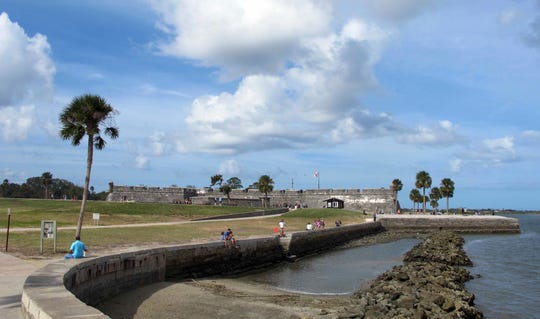
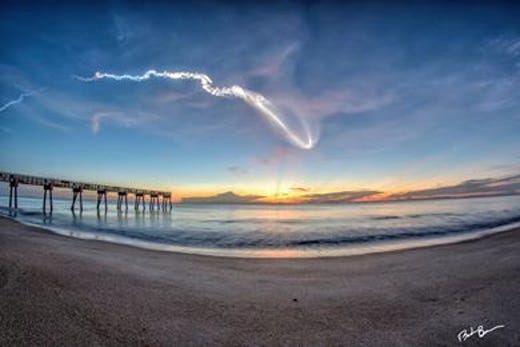
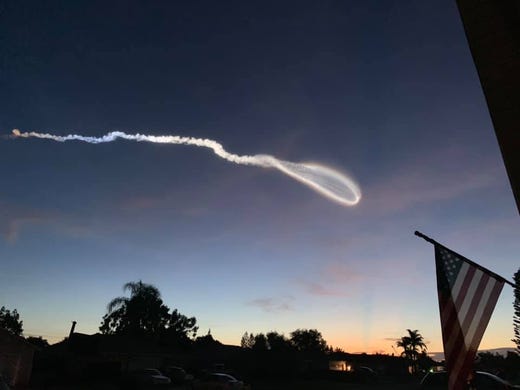
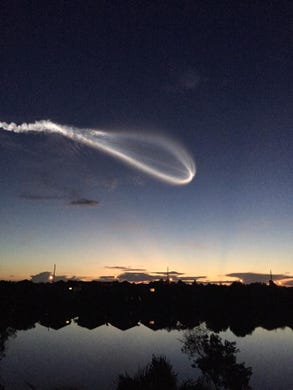
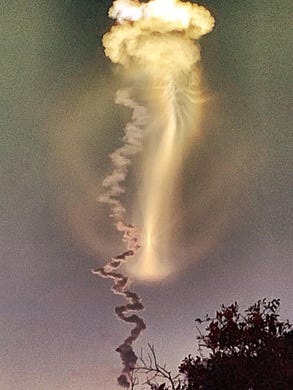
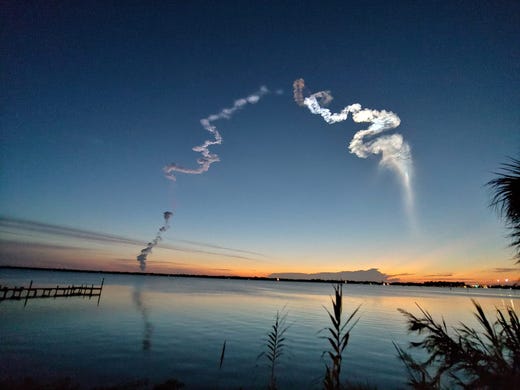
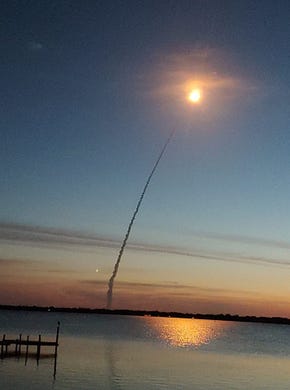
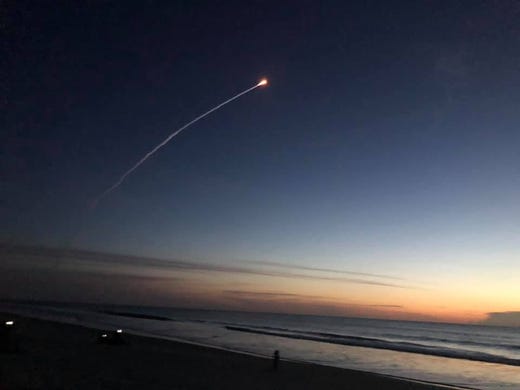
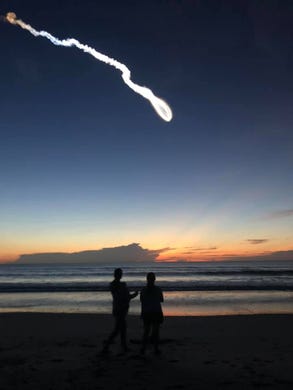
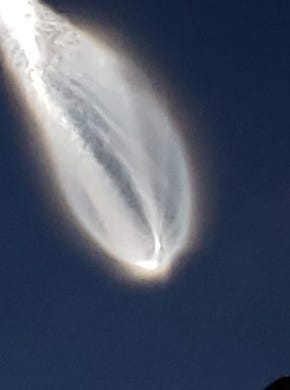
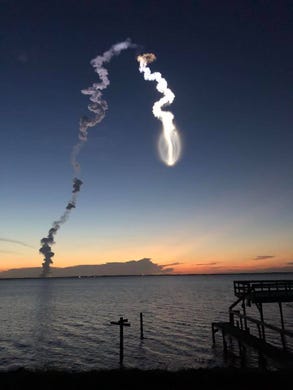
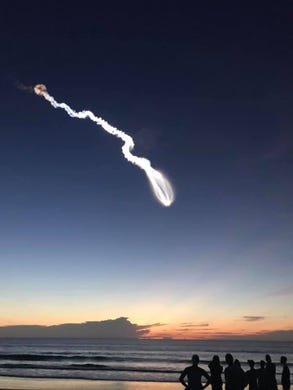
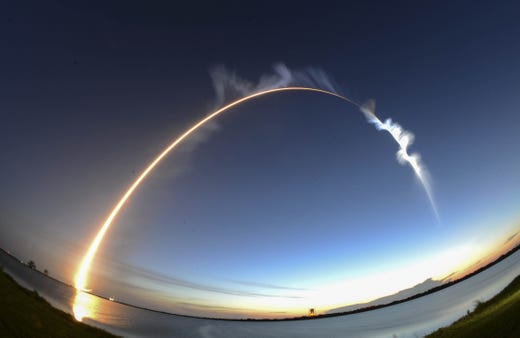
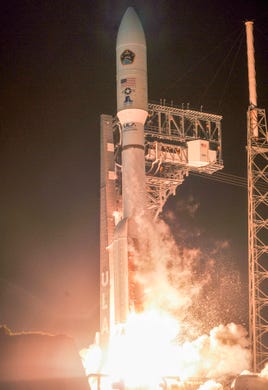
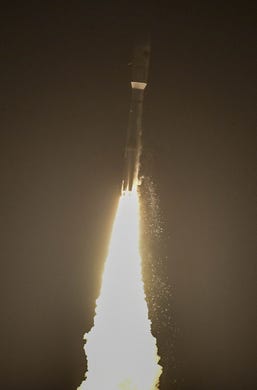
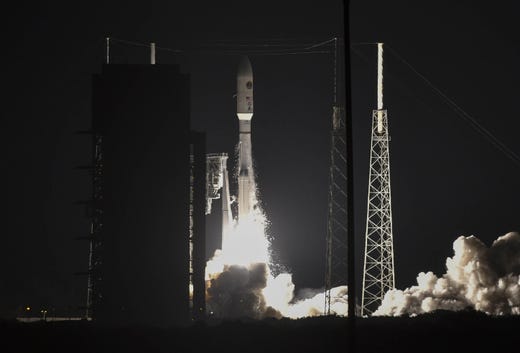
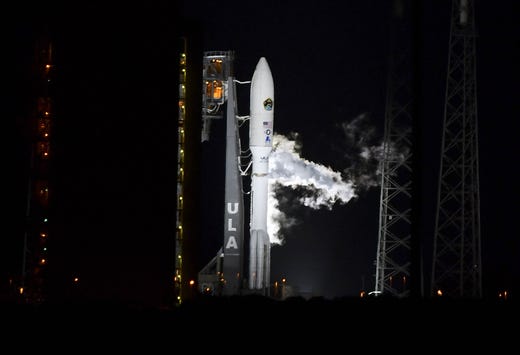
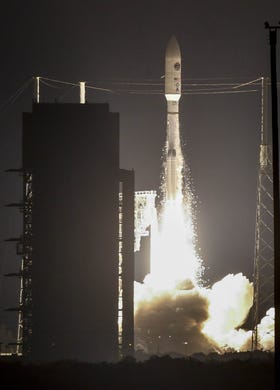

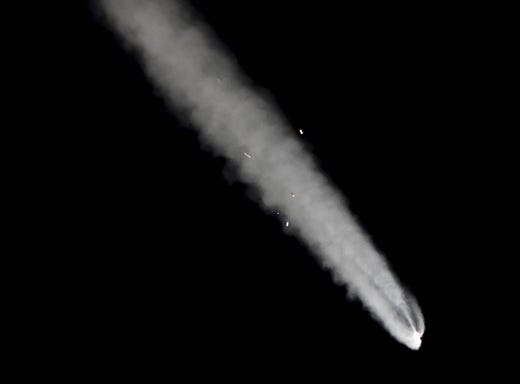
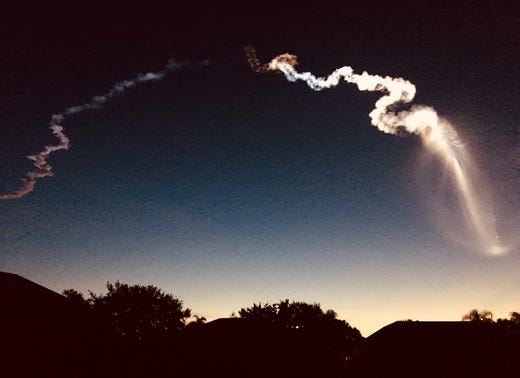
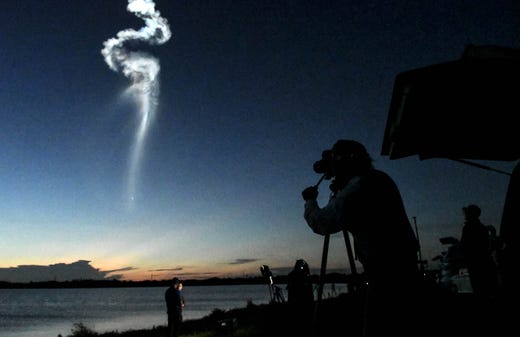
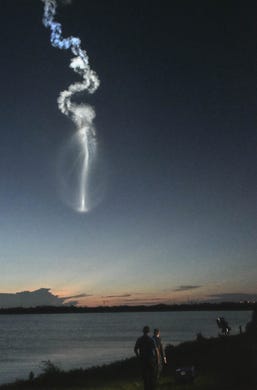
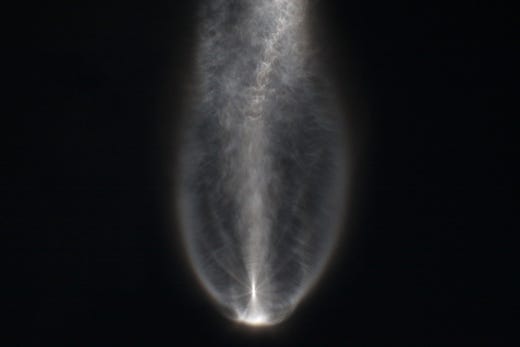
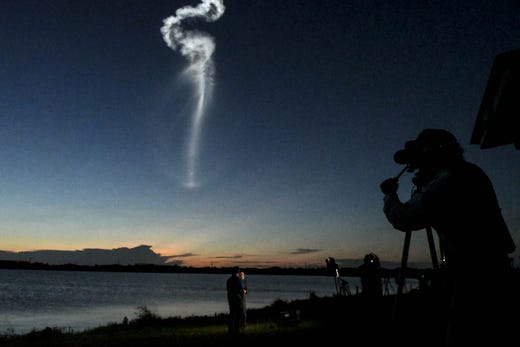
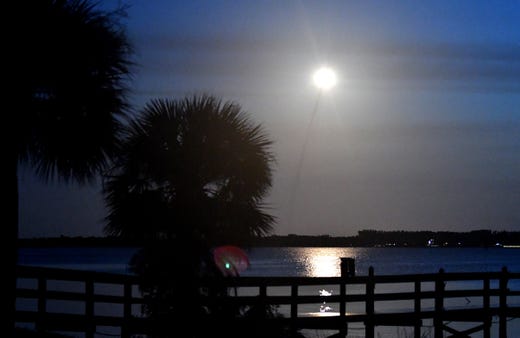
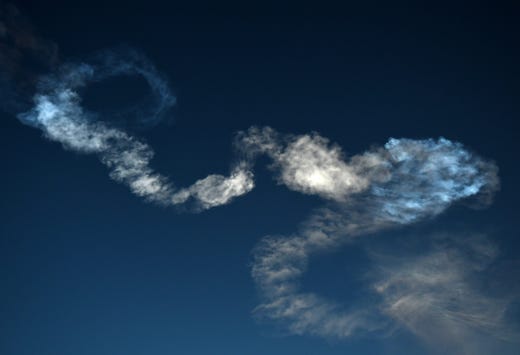
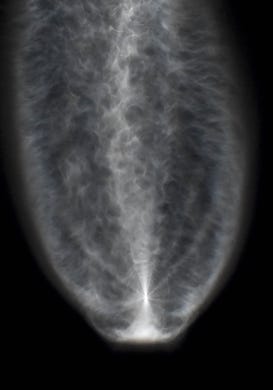
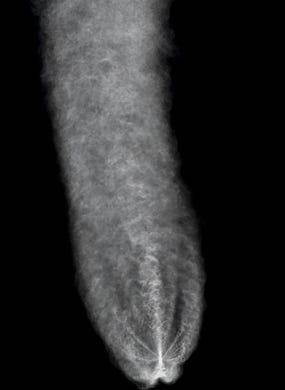
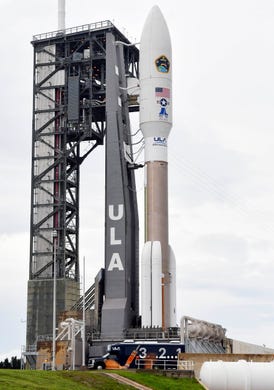
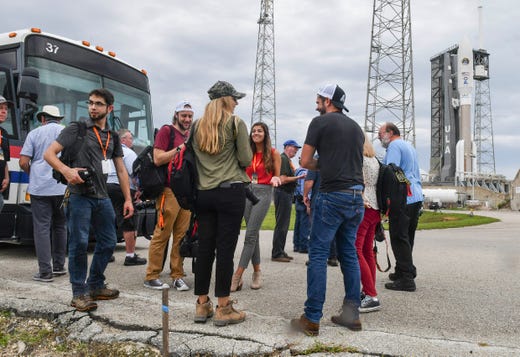
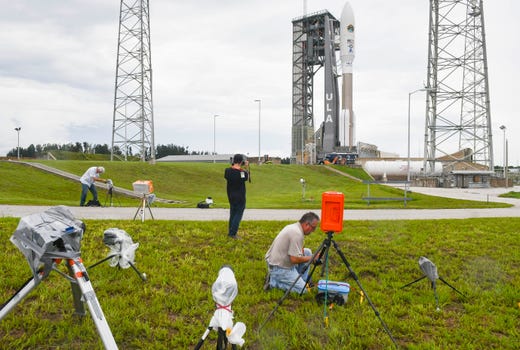
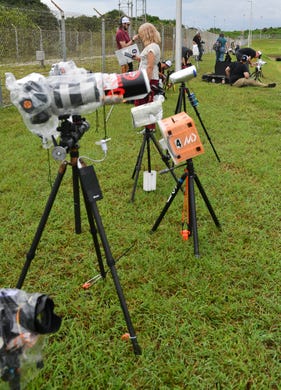
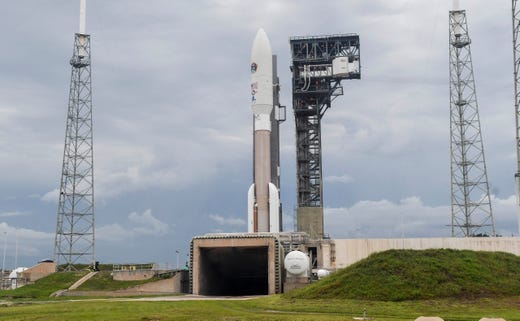
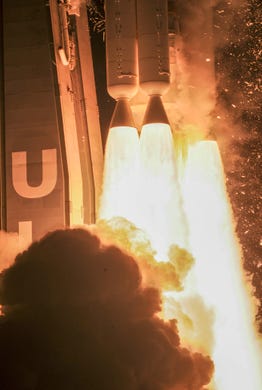
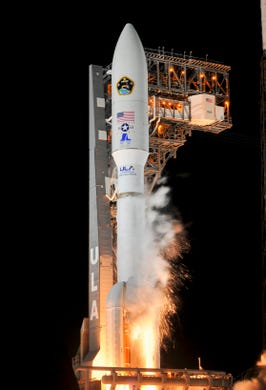
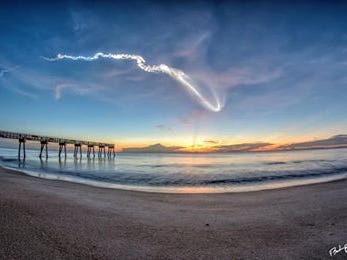 1 of 52
1 of 52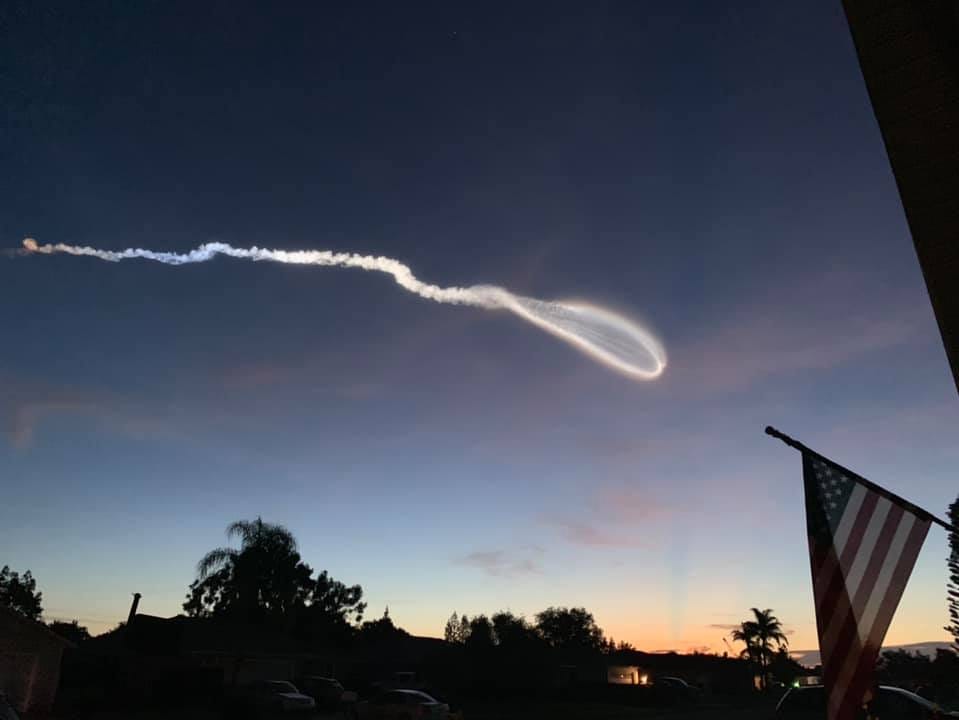 2 of 52
2 of 52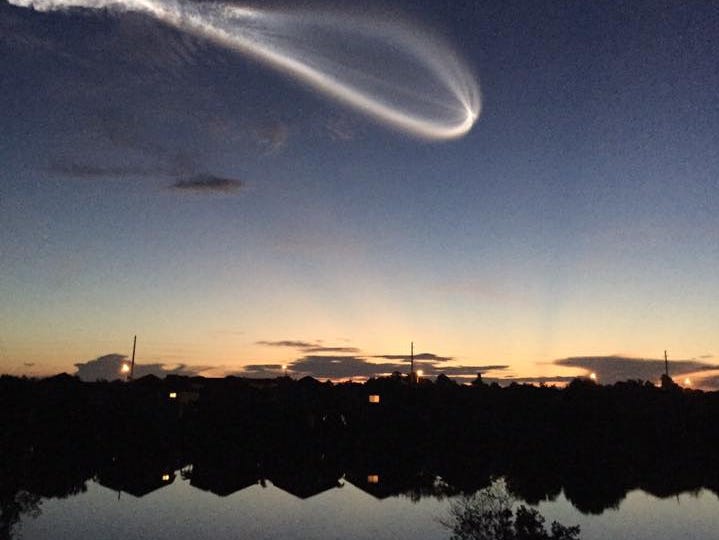 3 of 52
3 of 52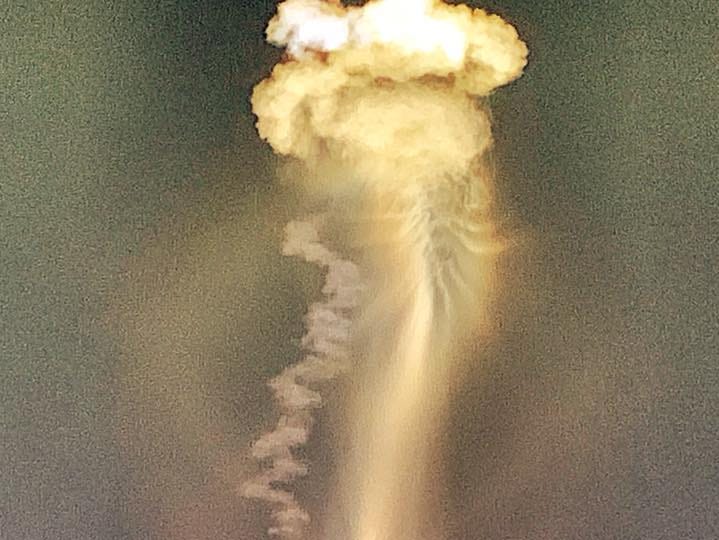 4 of 52
4 of 52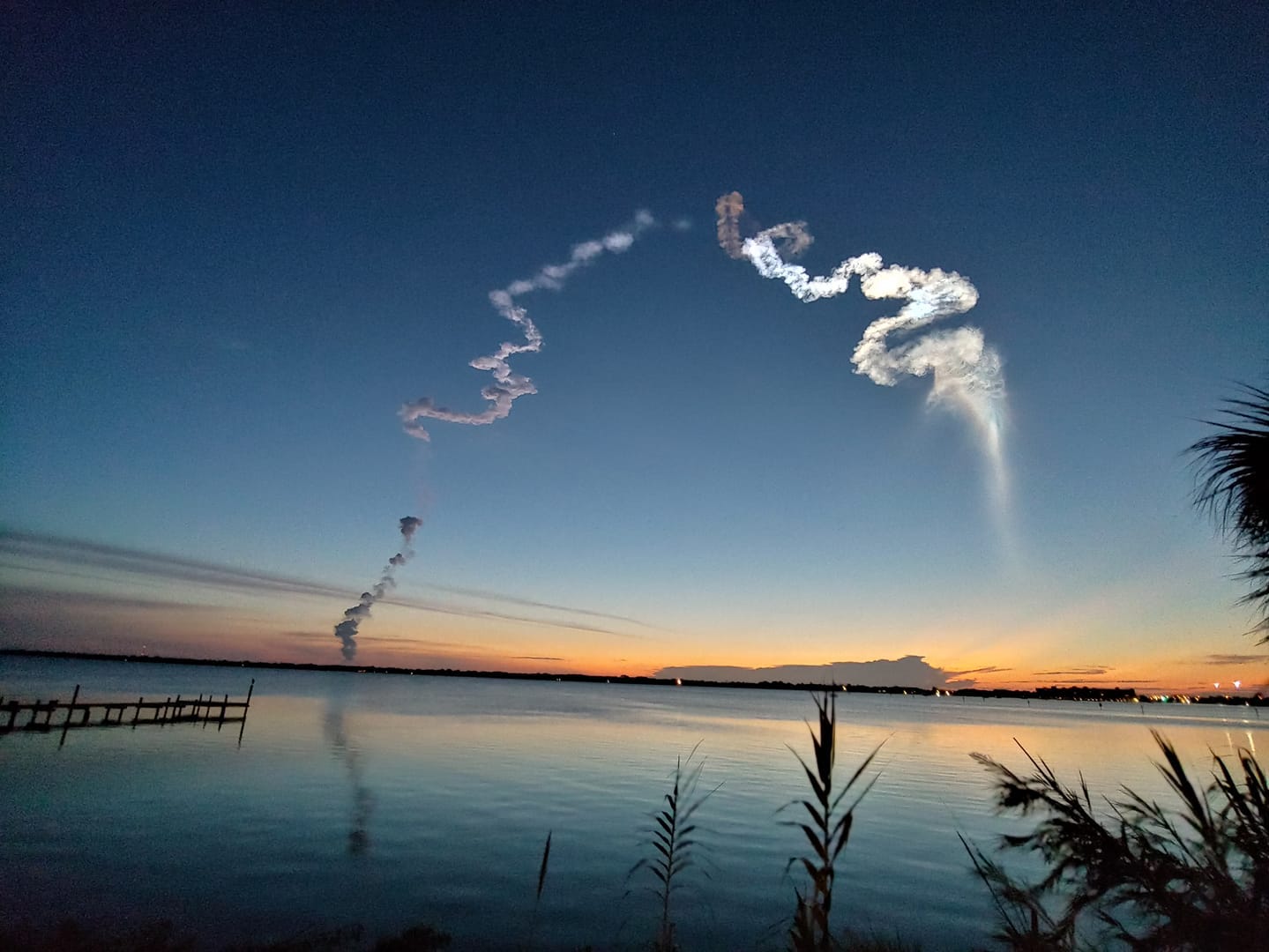 5 of 52
5 of 52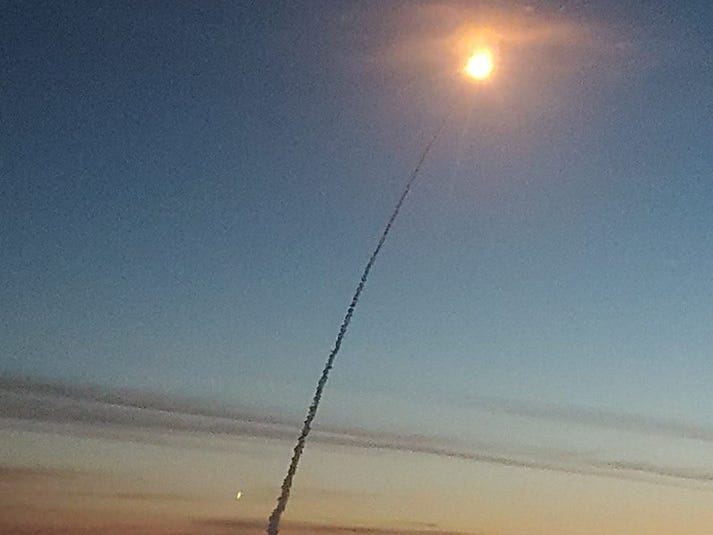 6 of 52
6 of 52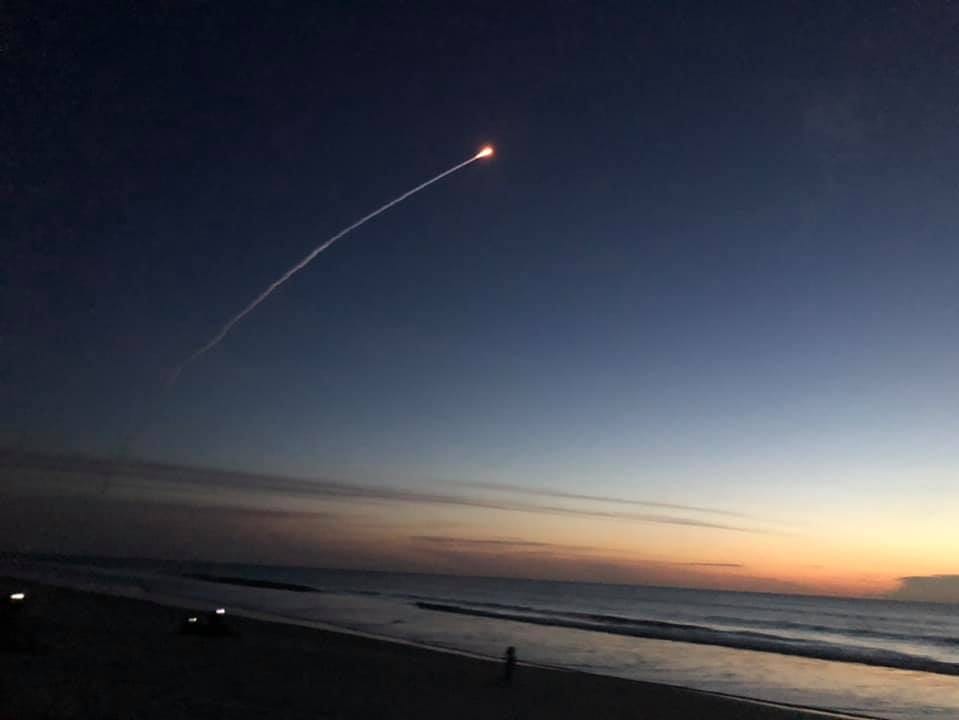 7 of 52
7 of 52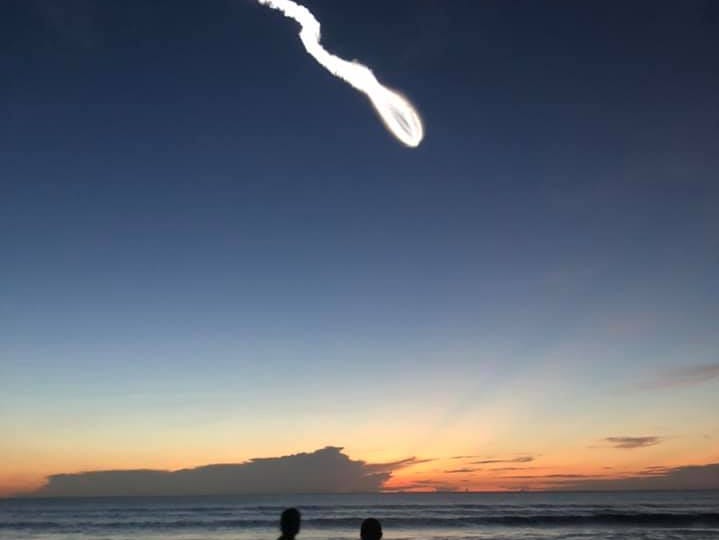 8 of 52
8 of 52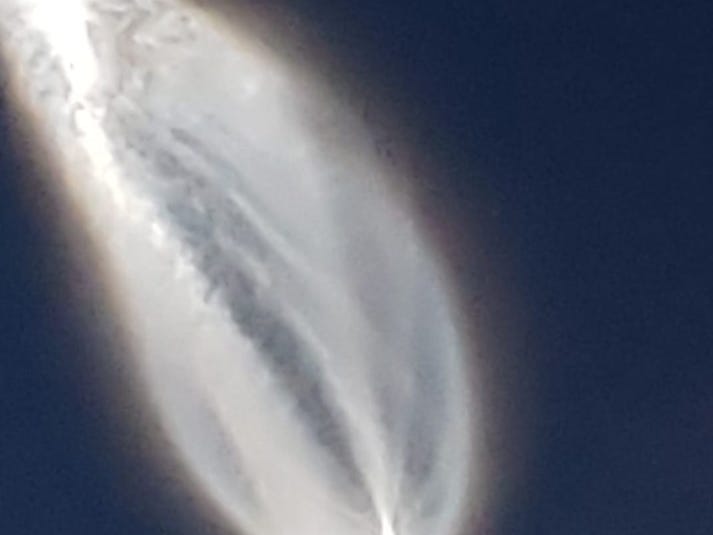 9 of 52
9 of 52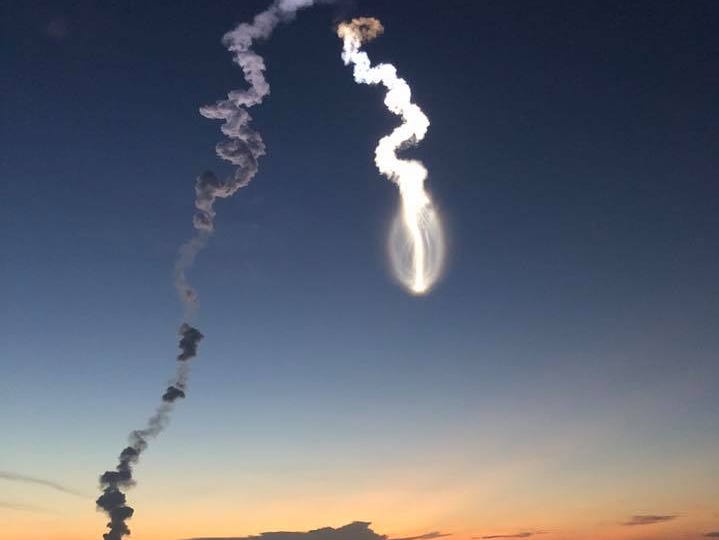 10 of 52
10 of 52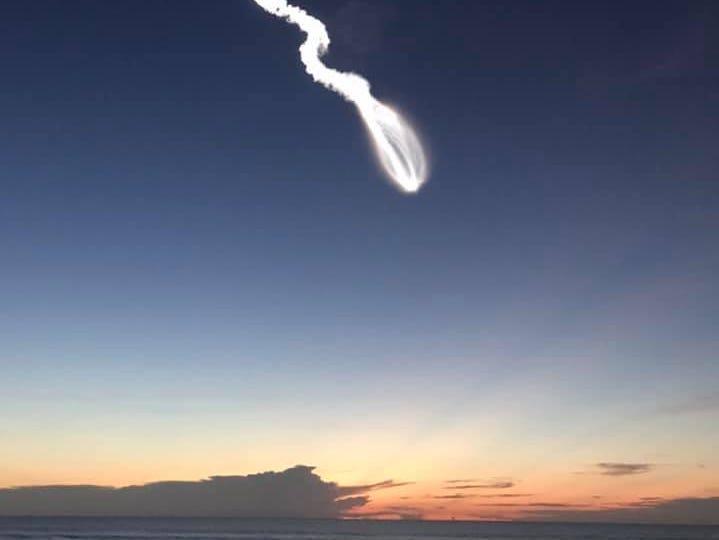 11 of 52
11 of 52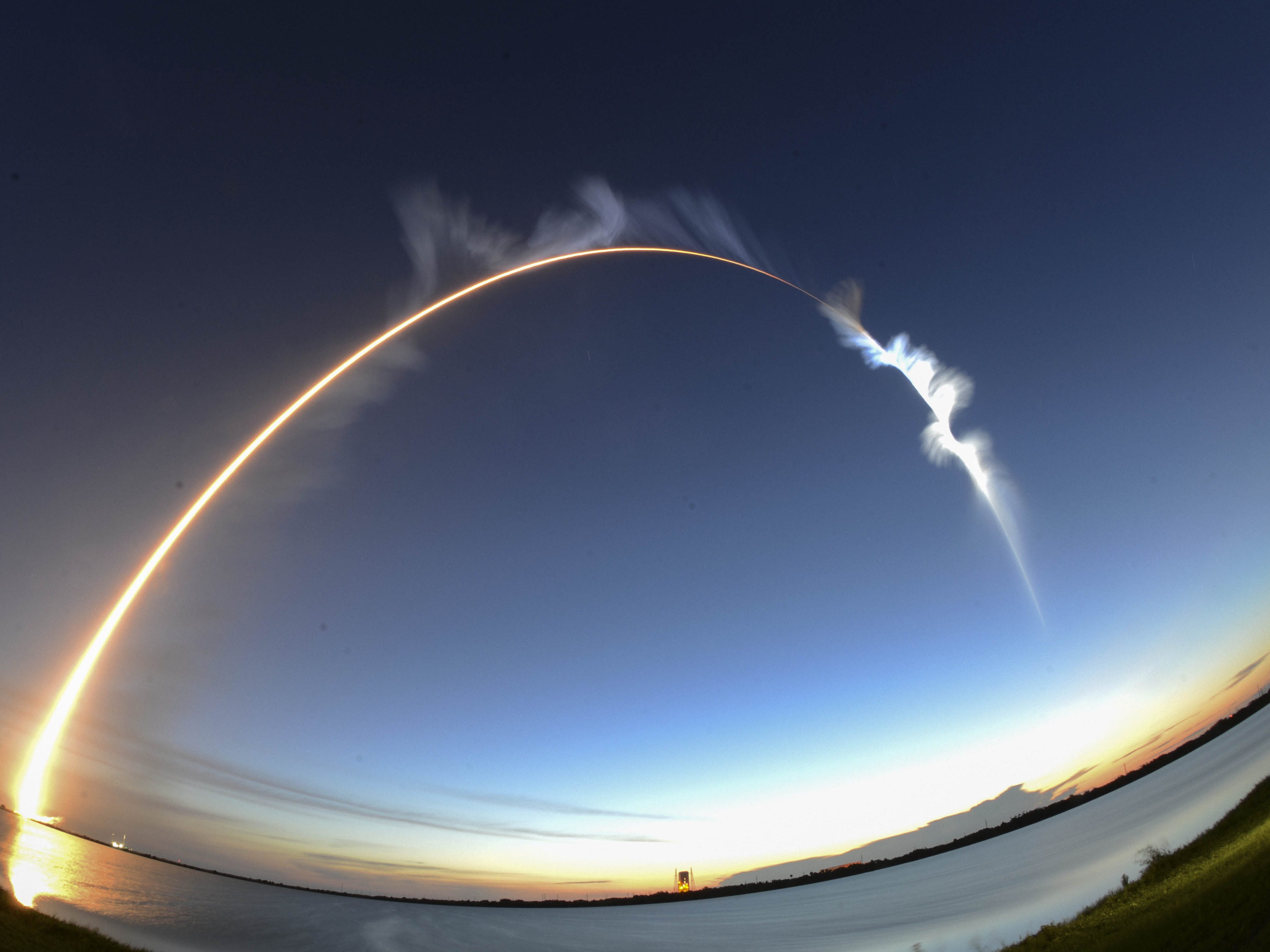 12 of 52
12 of 52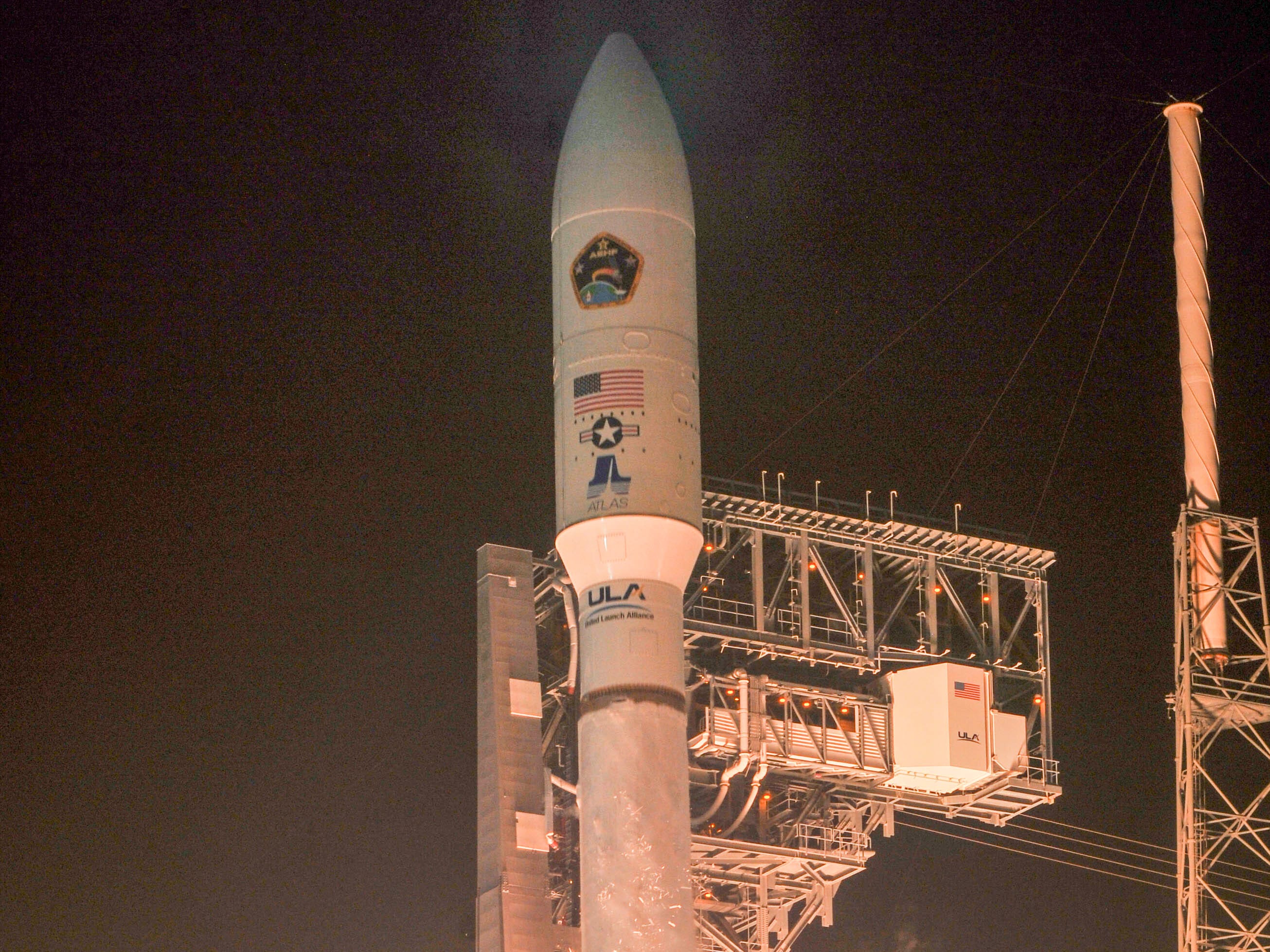 13 of 52
13 of 52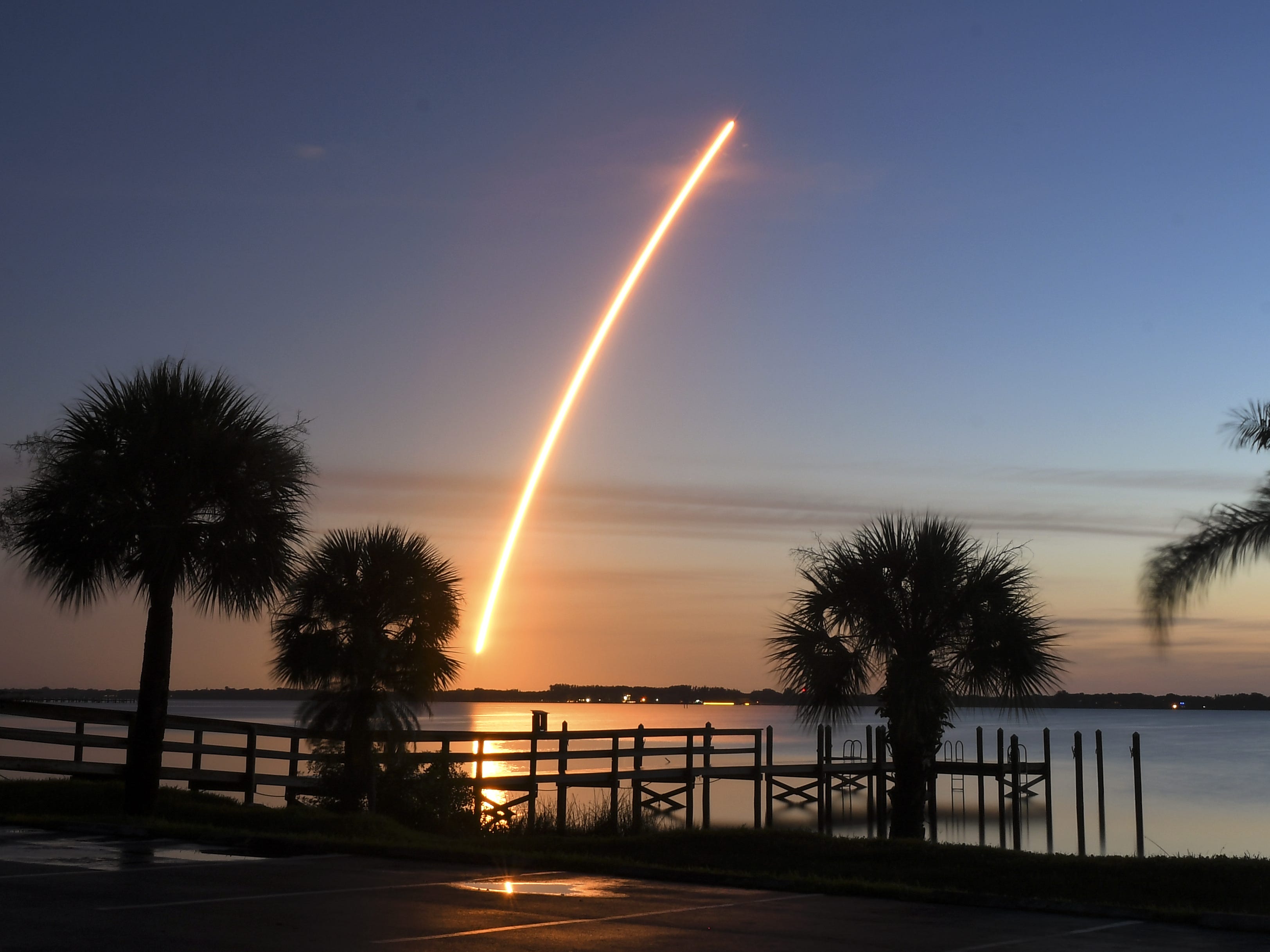 14 of 52
14 of 52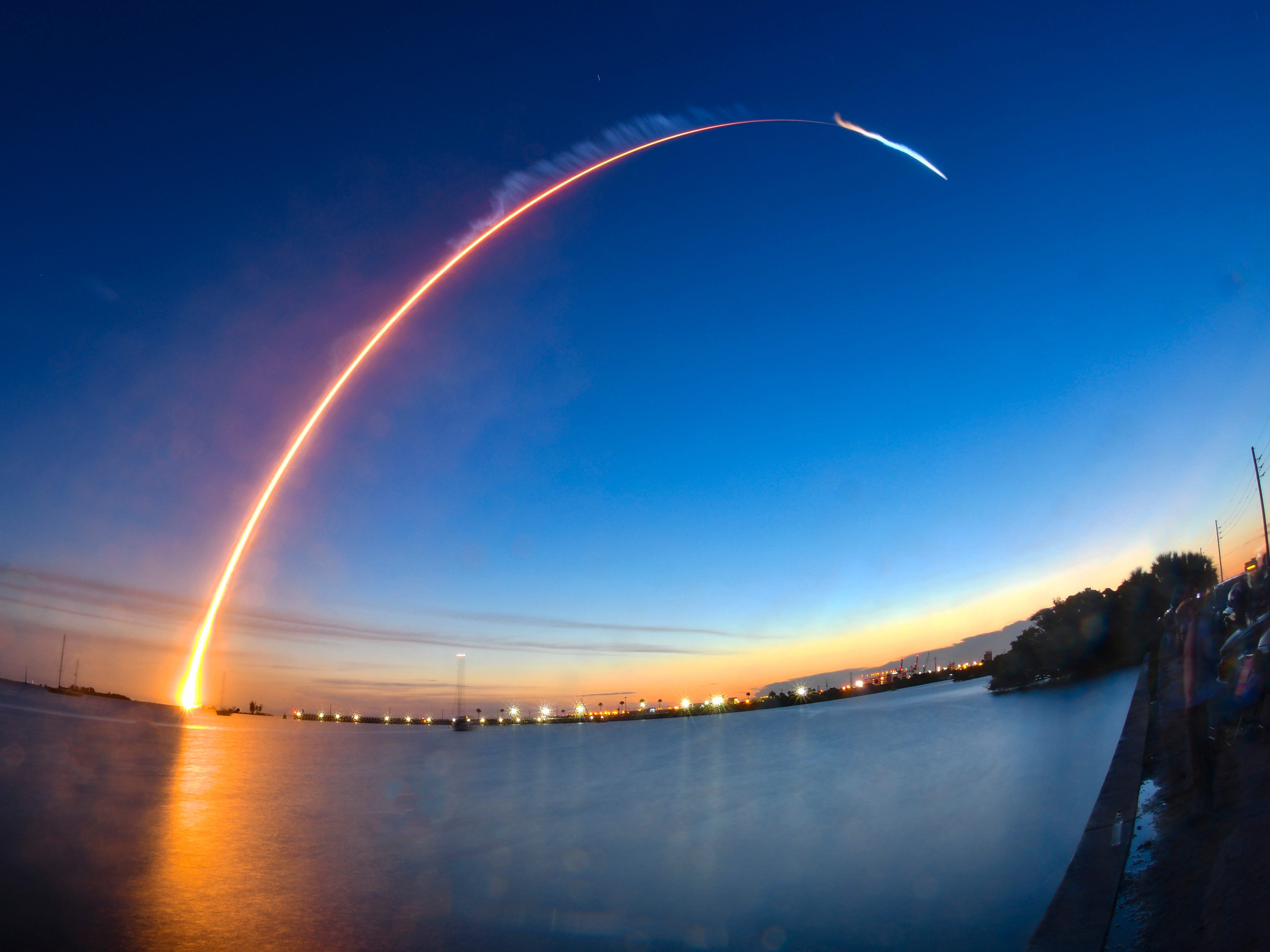 15 of 52
15 of 52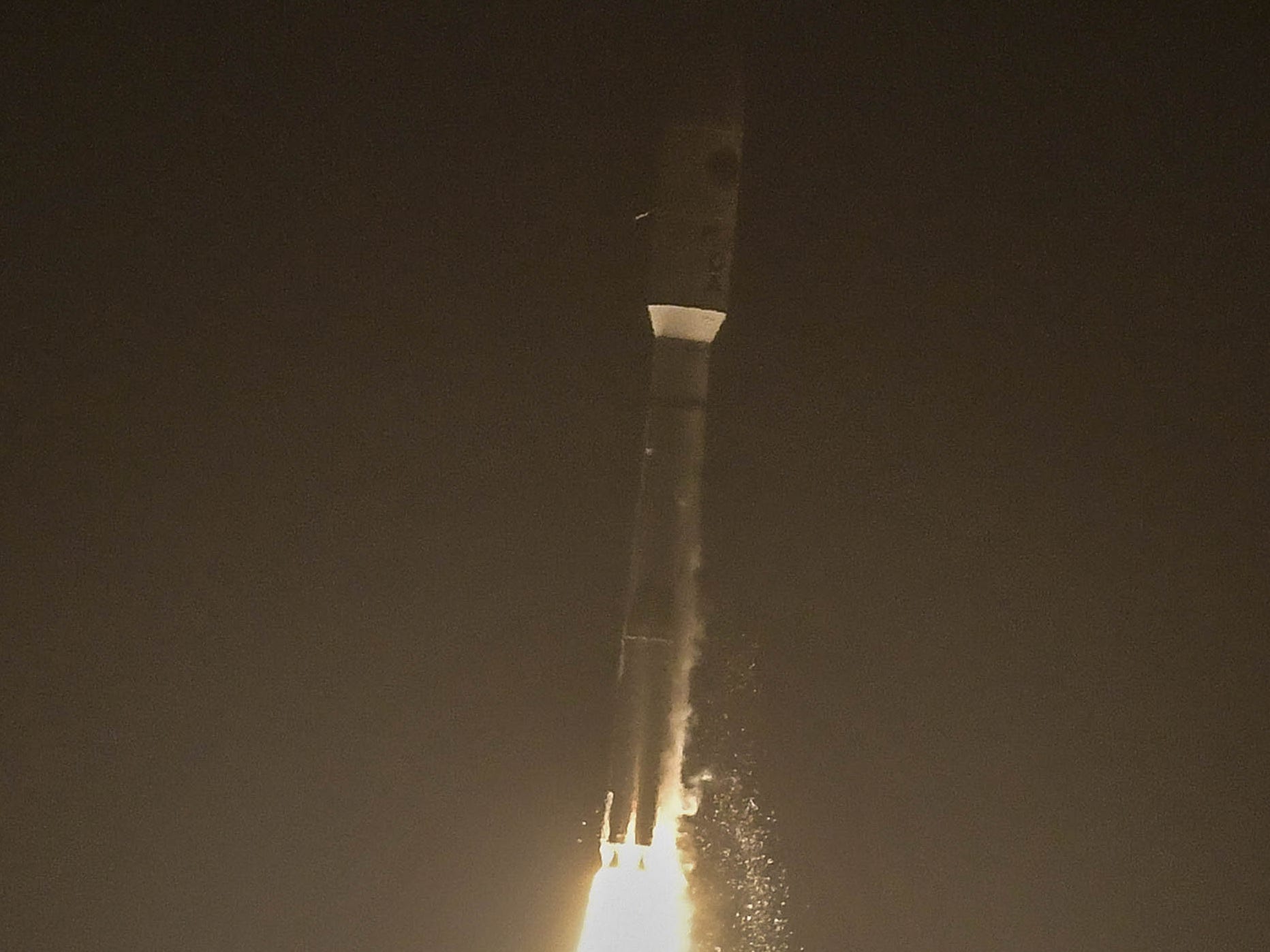 16 of 52
16 of 52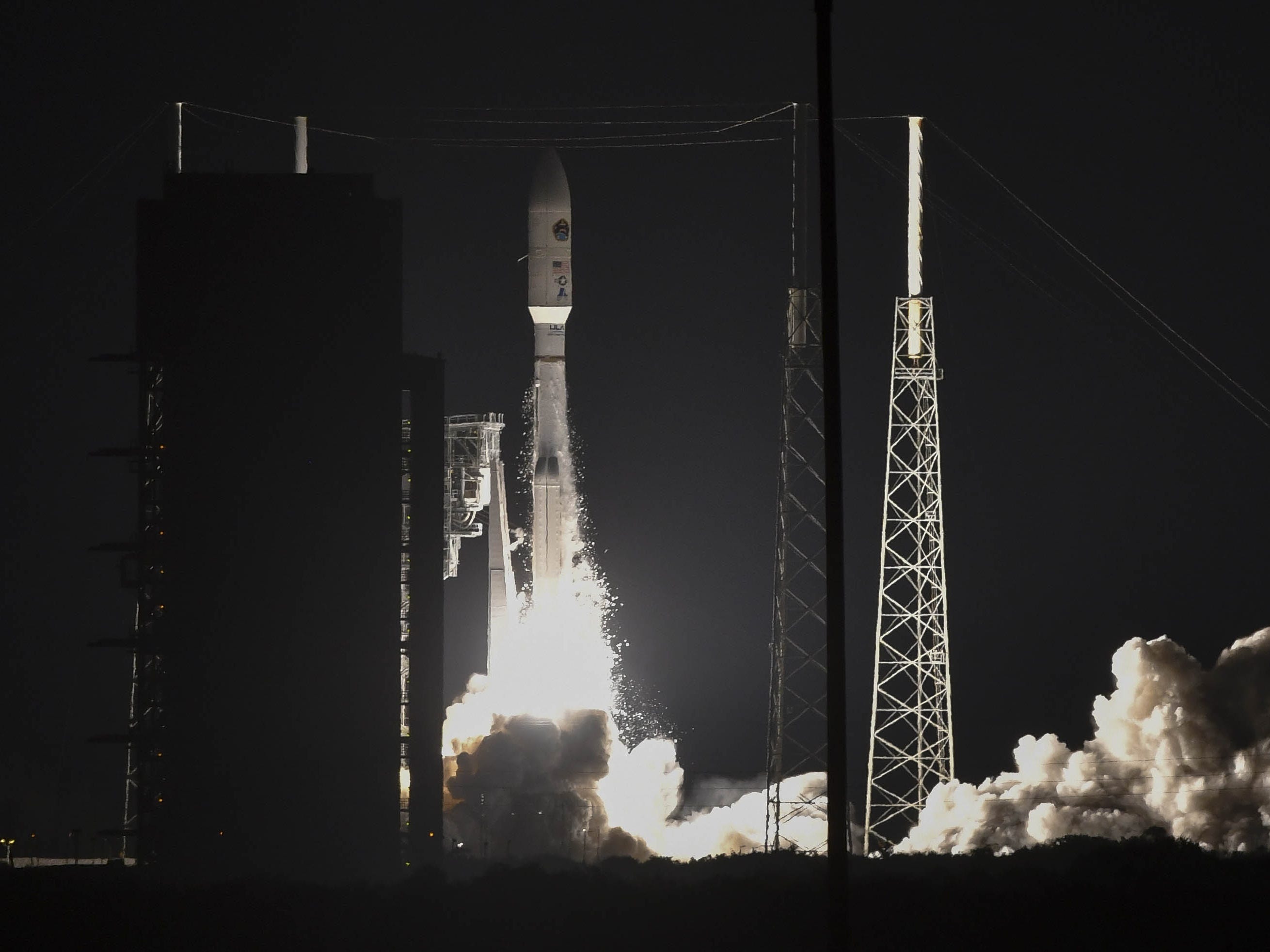 17 of 52
17 of 52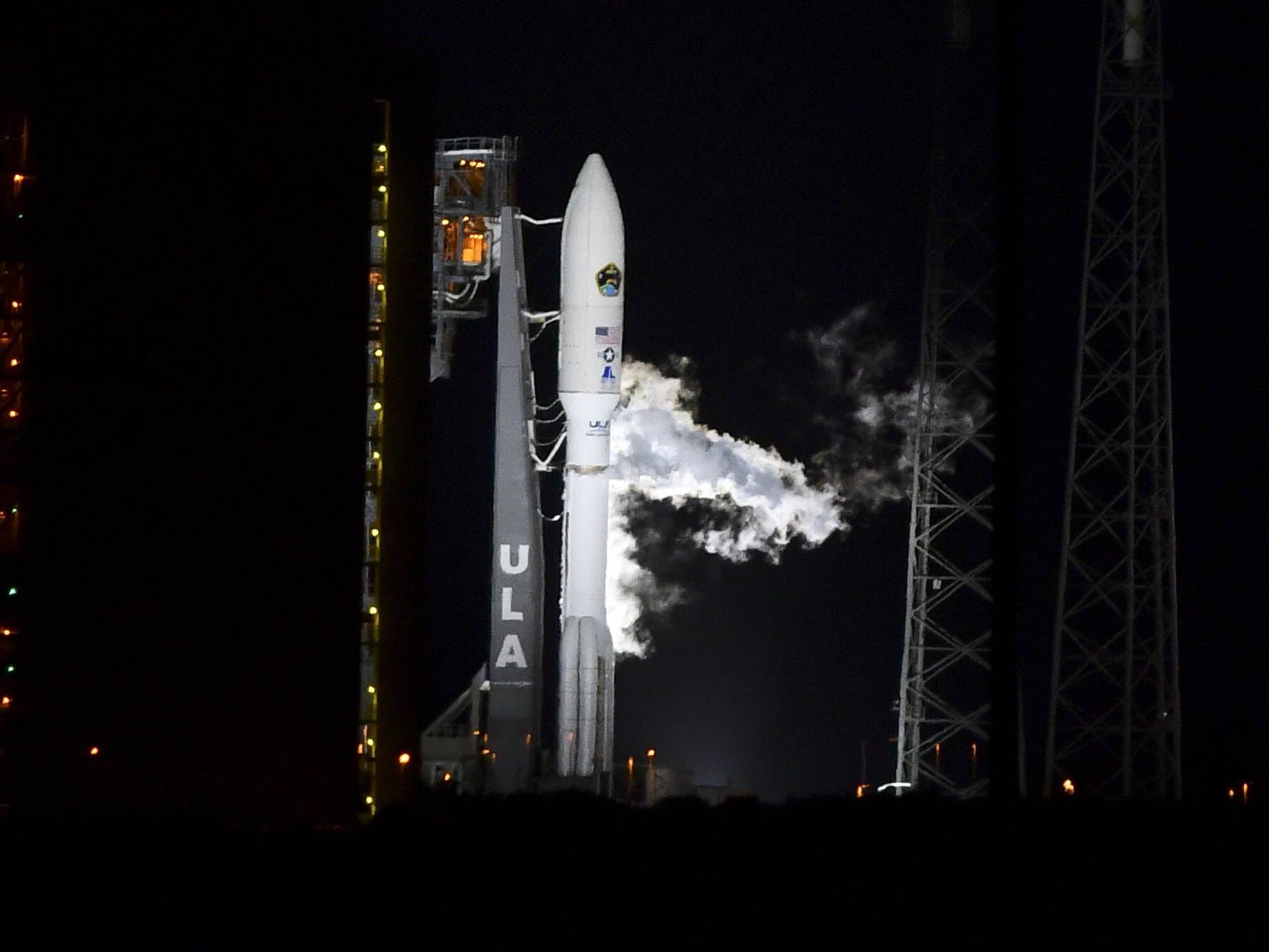 18 of 52
18 of 52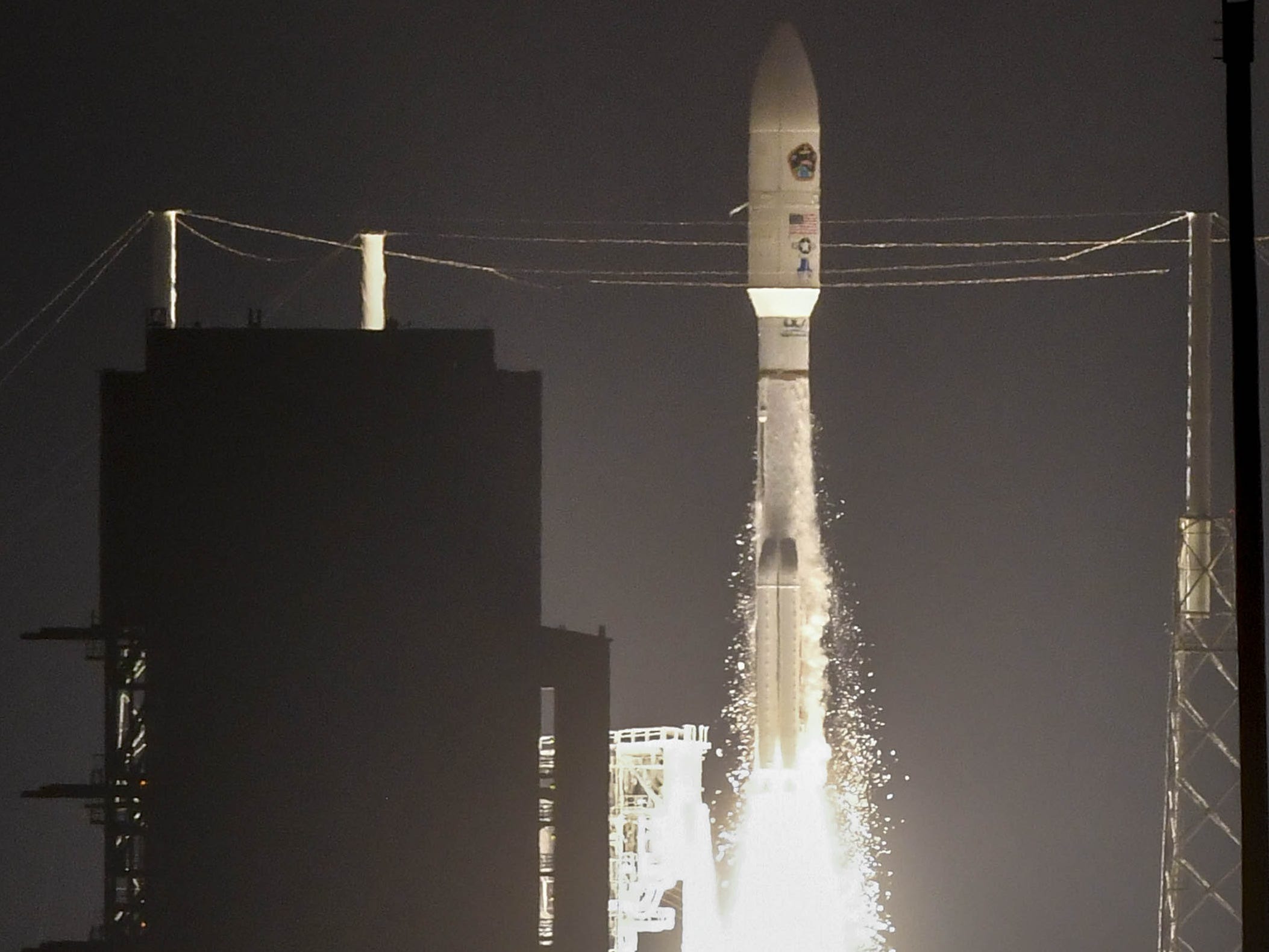 19 of 52
19 of 52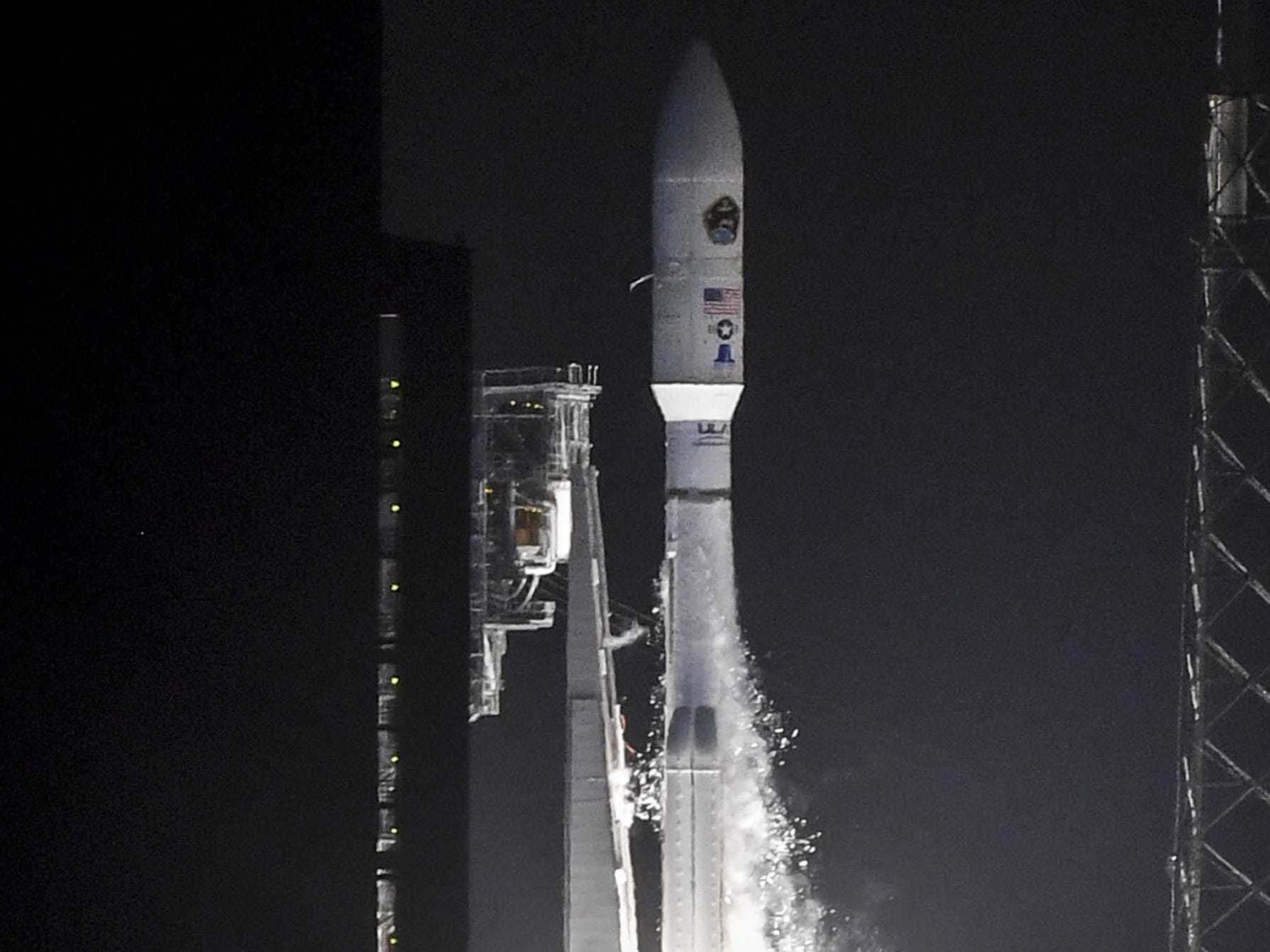 20 of 52
20 of 52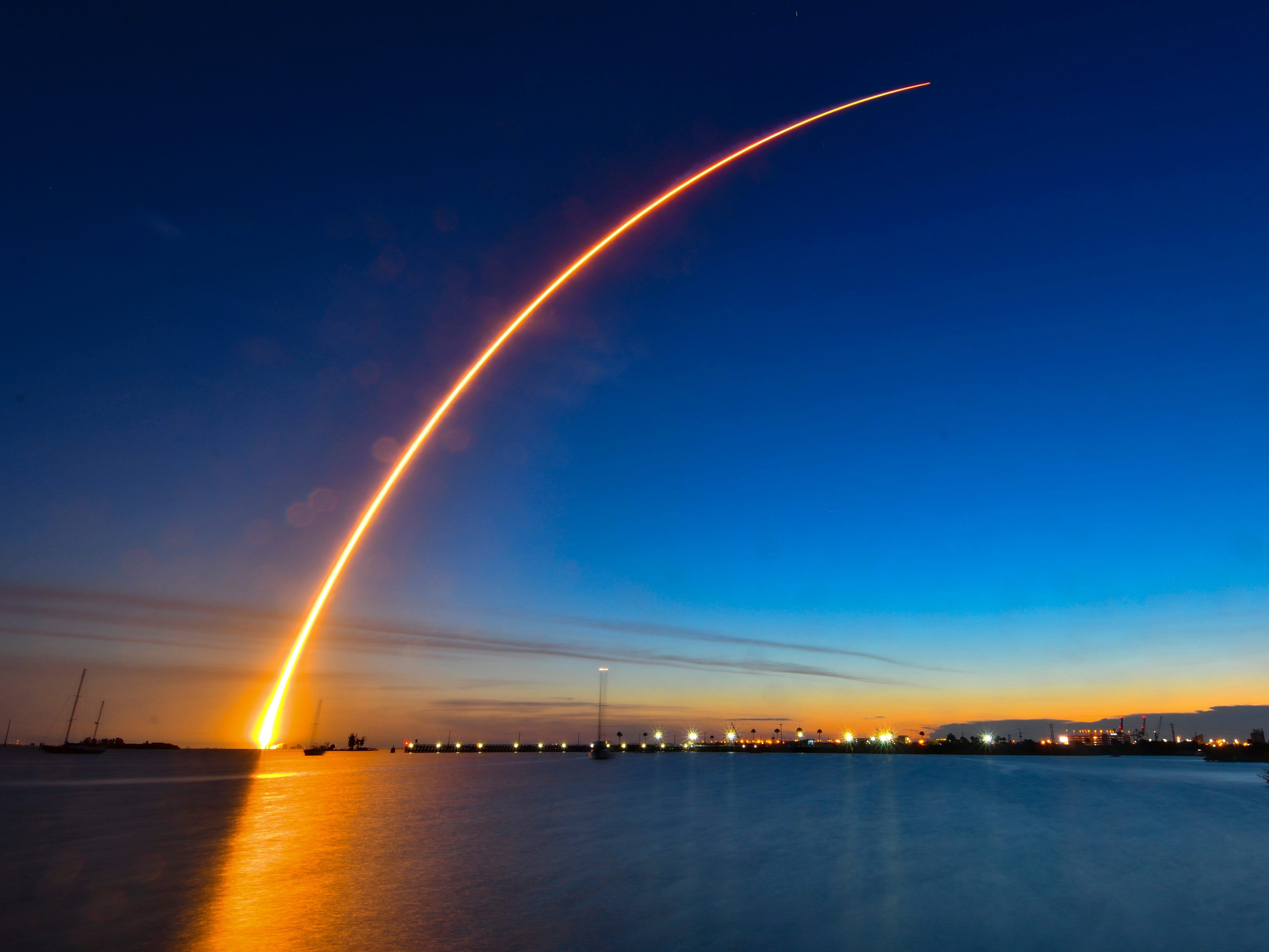 21 of 52
21 of 52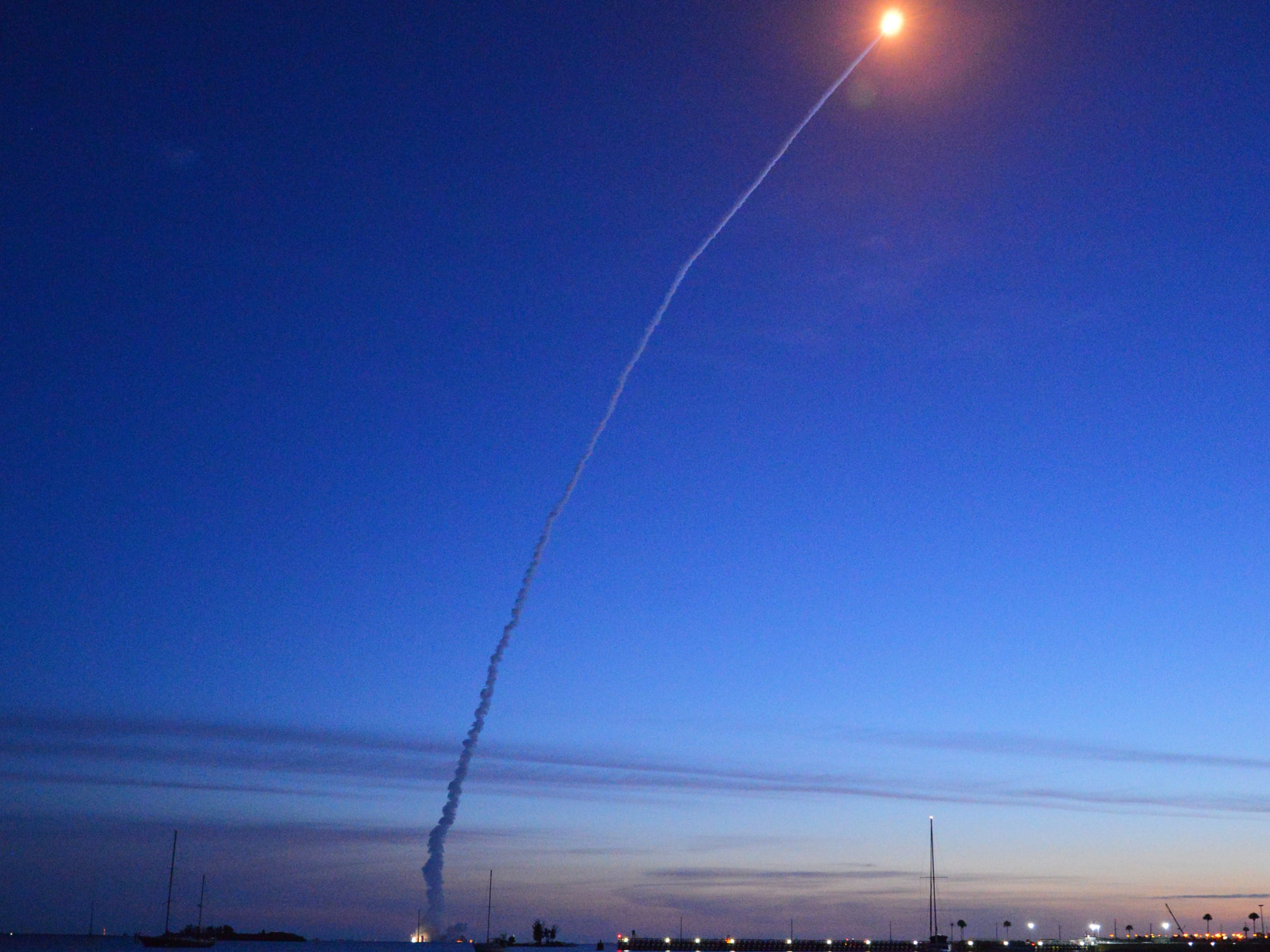 22 of 52
22 of 52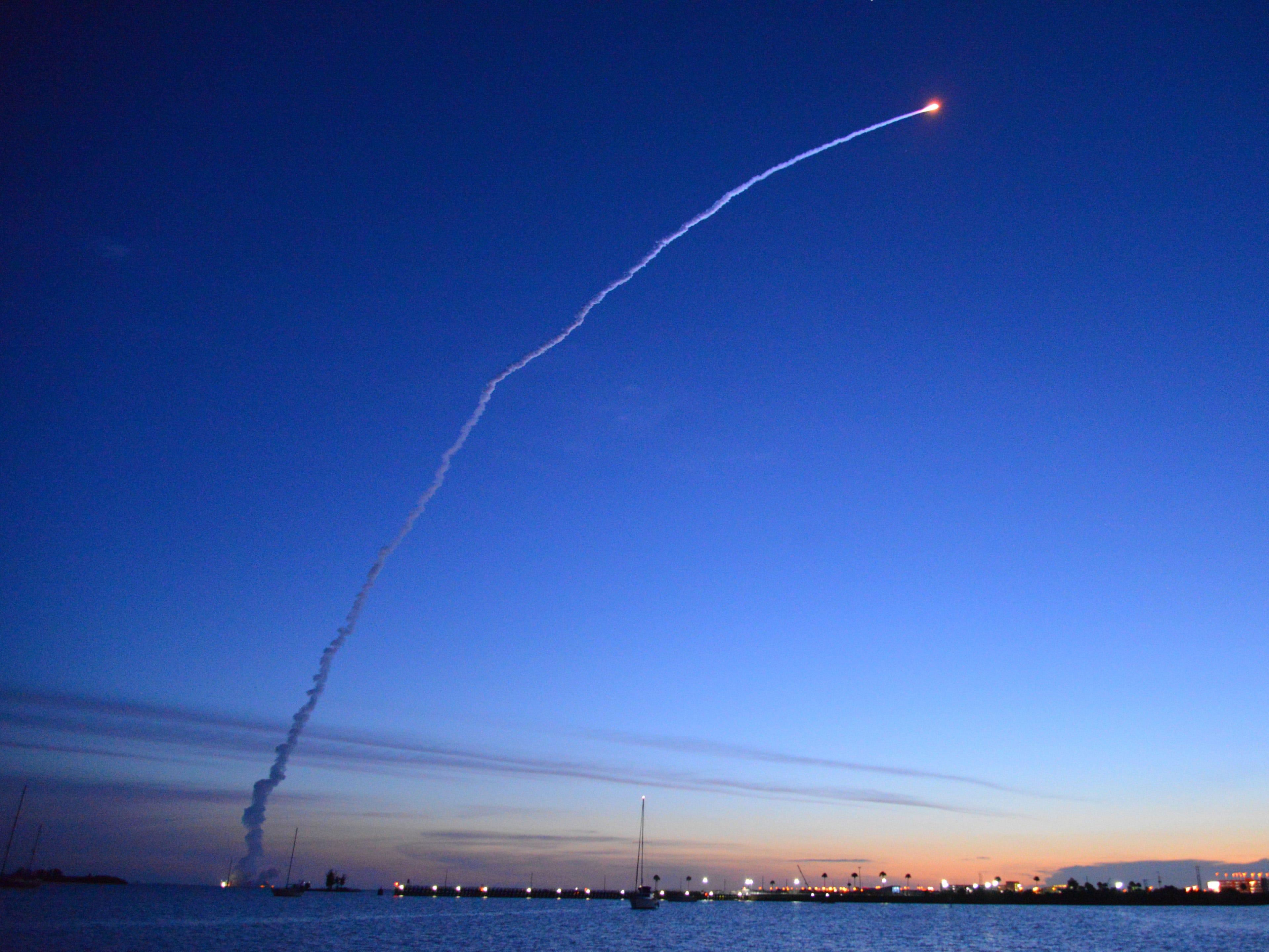 23 of 52
23 of 52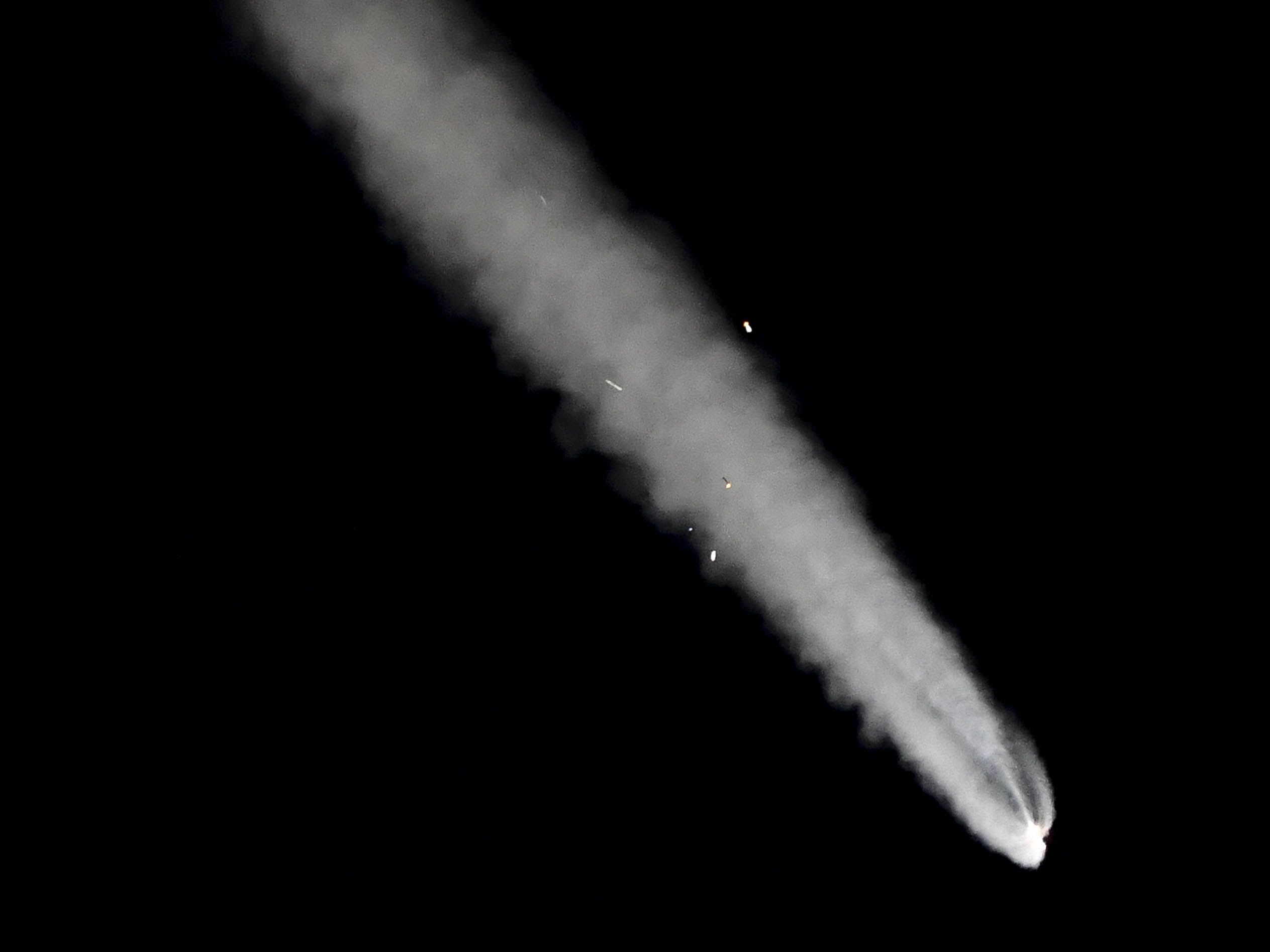 24 of 52
24 of 52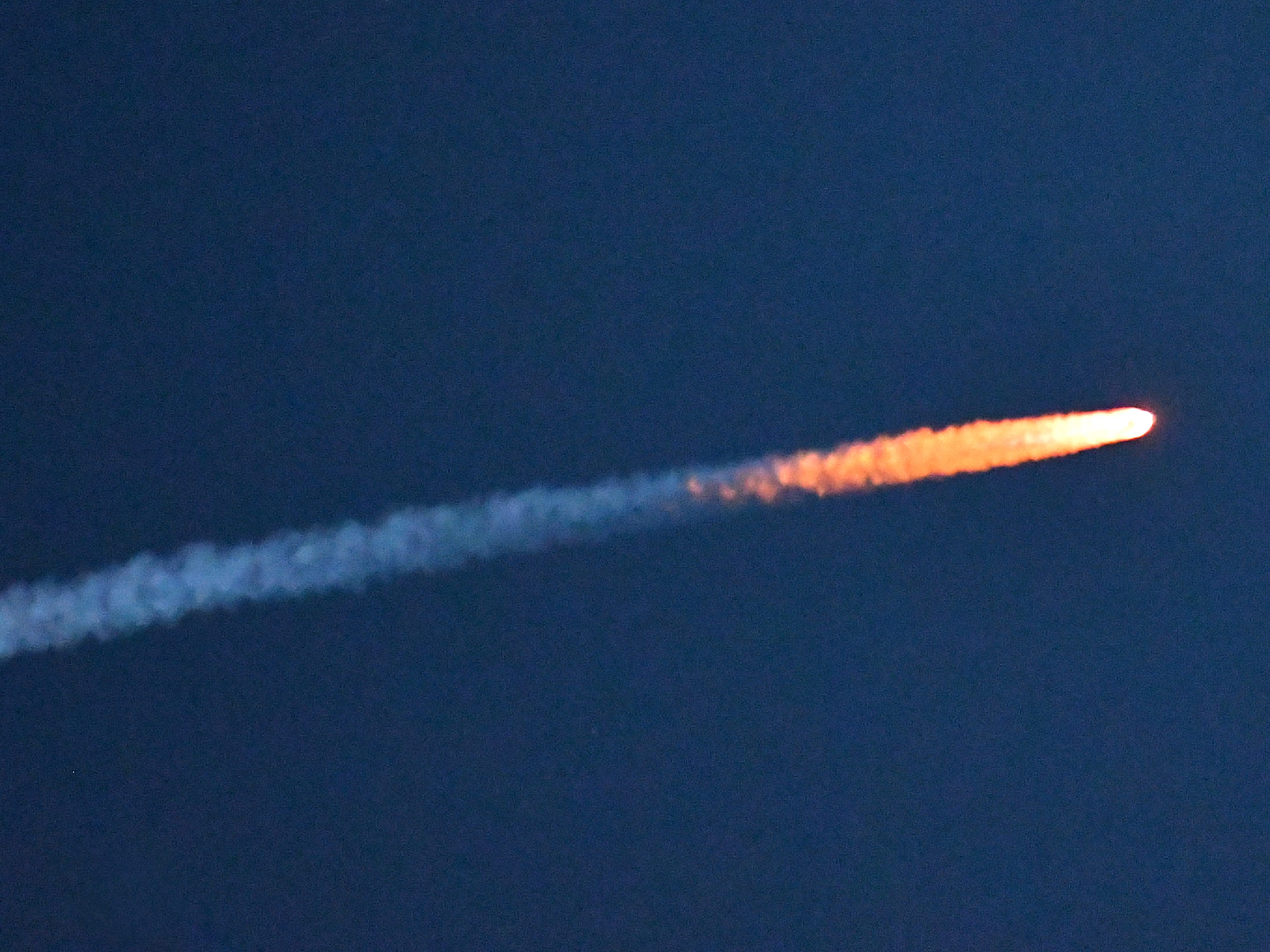 25 of 52
25 of 52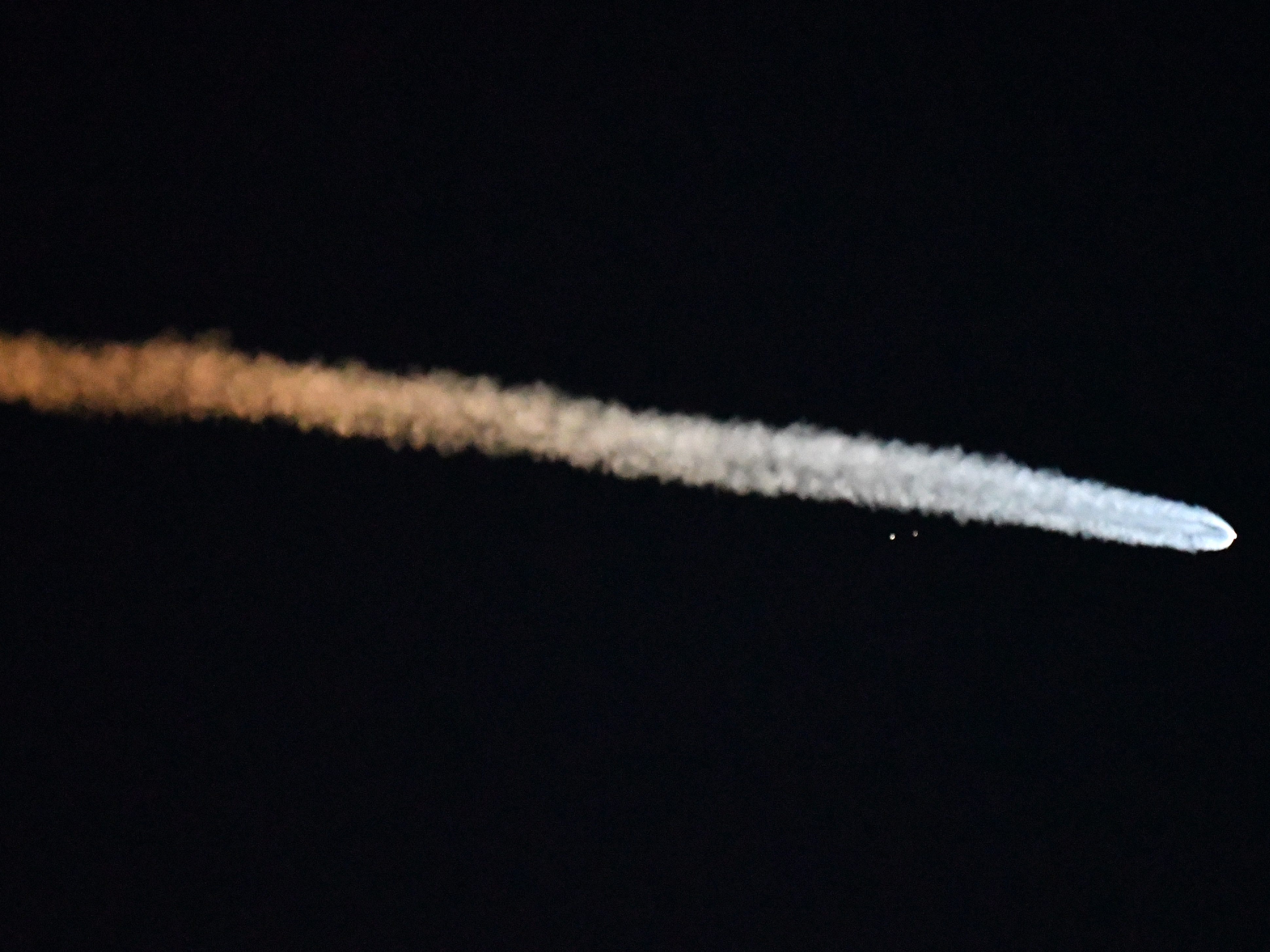 26 of 52
26 of 52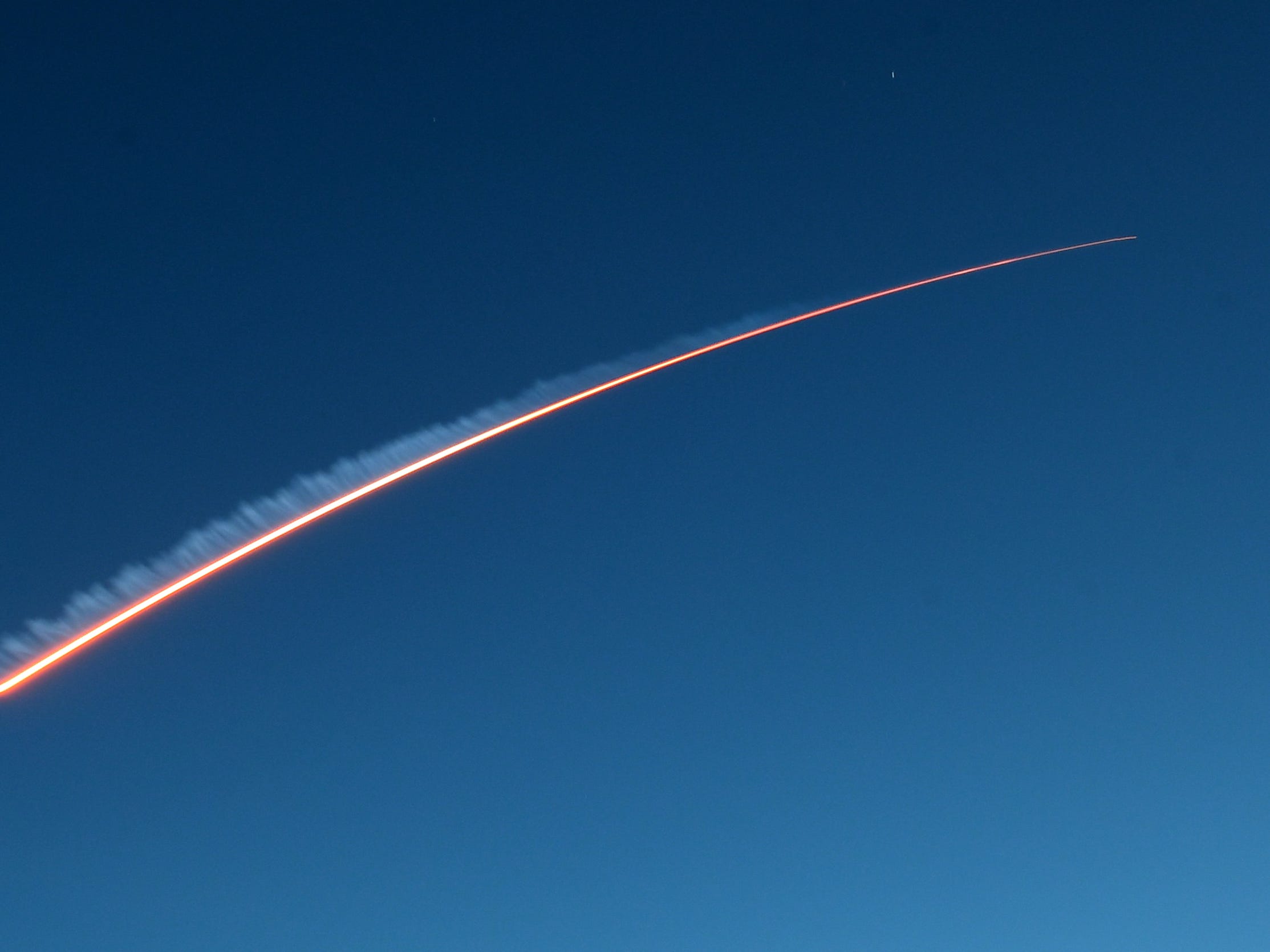 27 of 52
27 of 52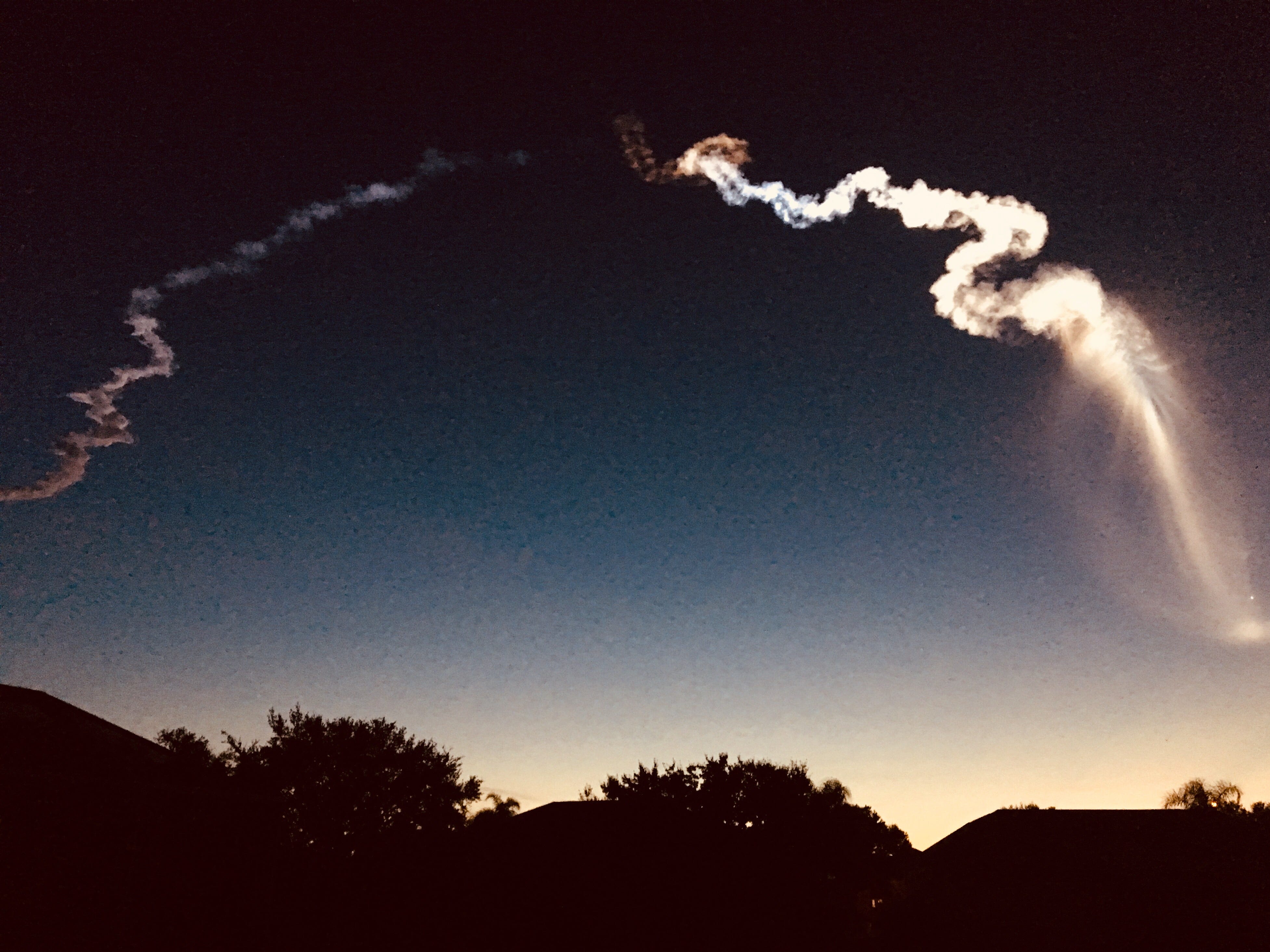 28 of 52
28 of 52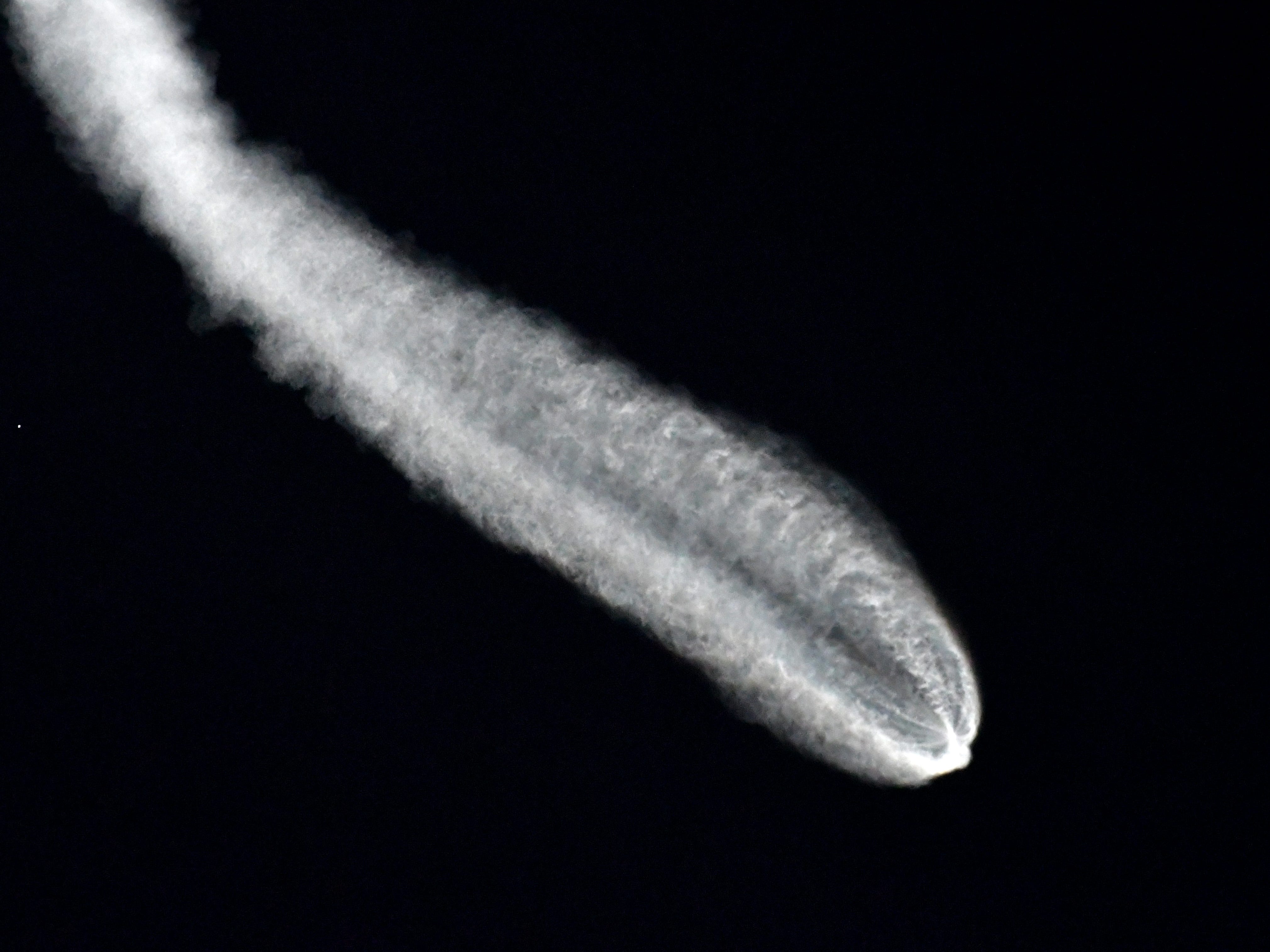 29 of 52
29 of 52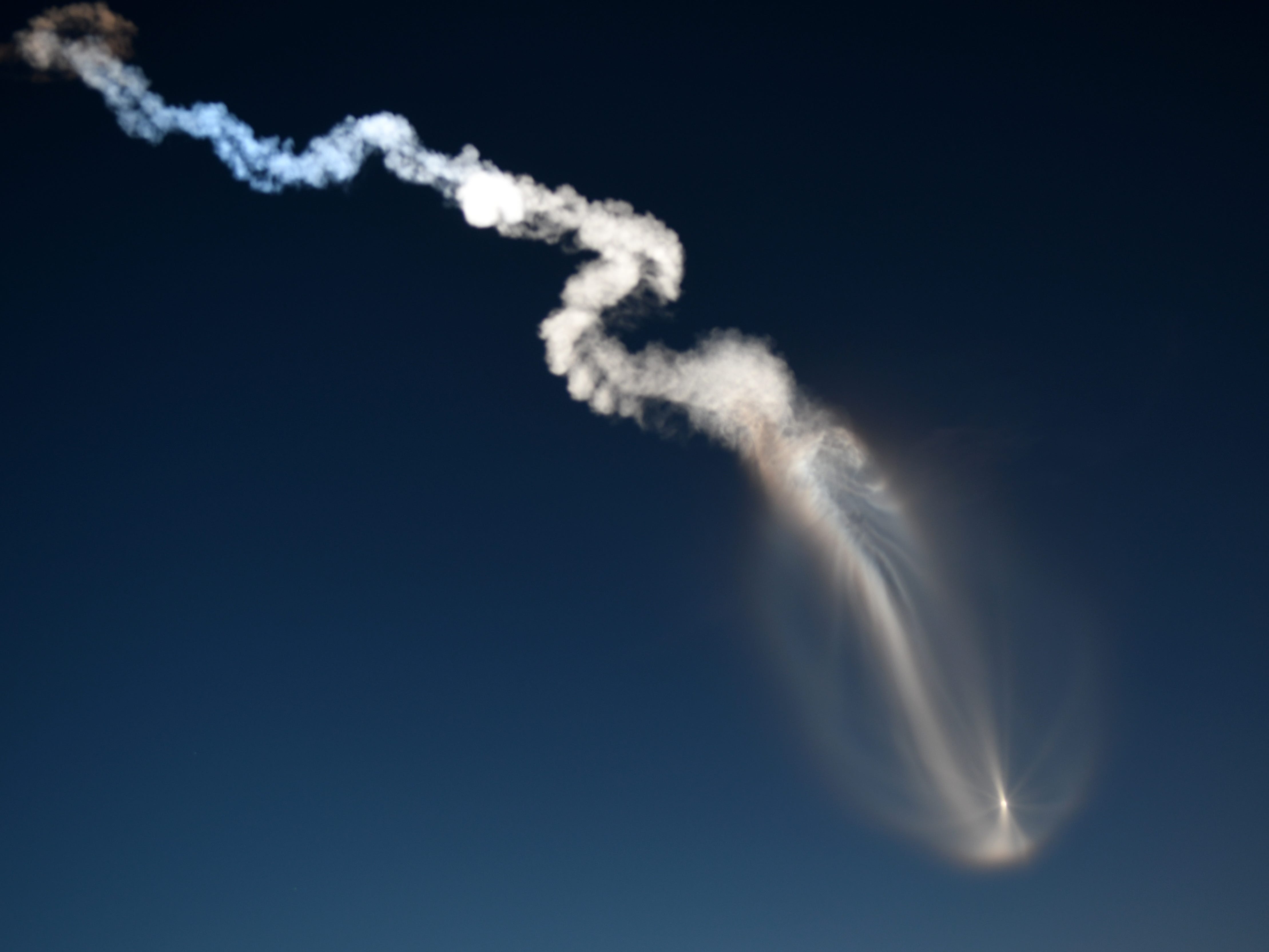 30 of 52
30 of 52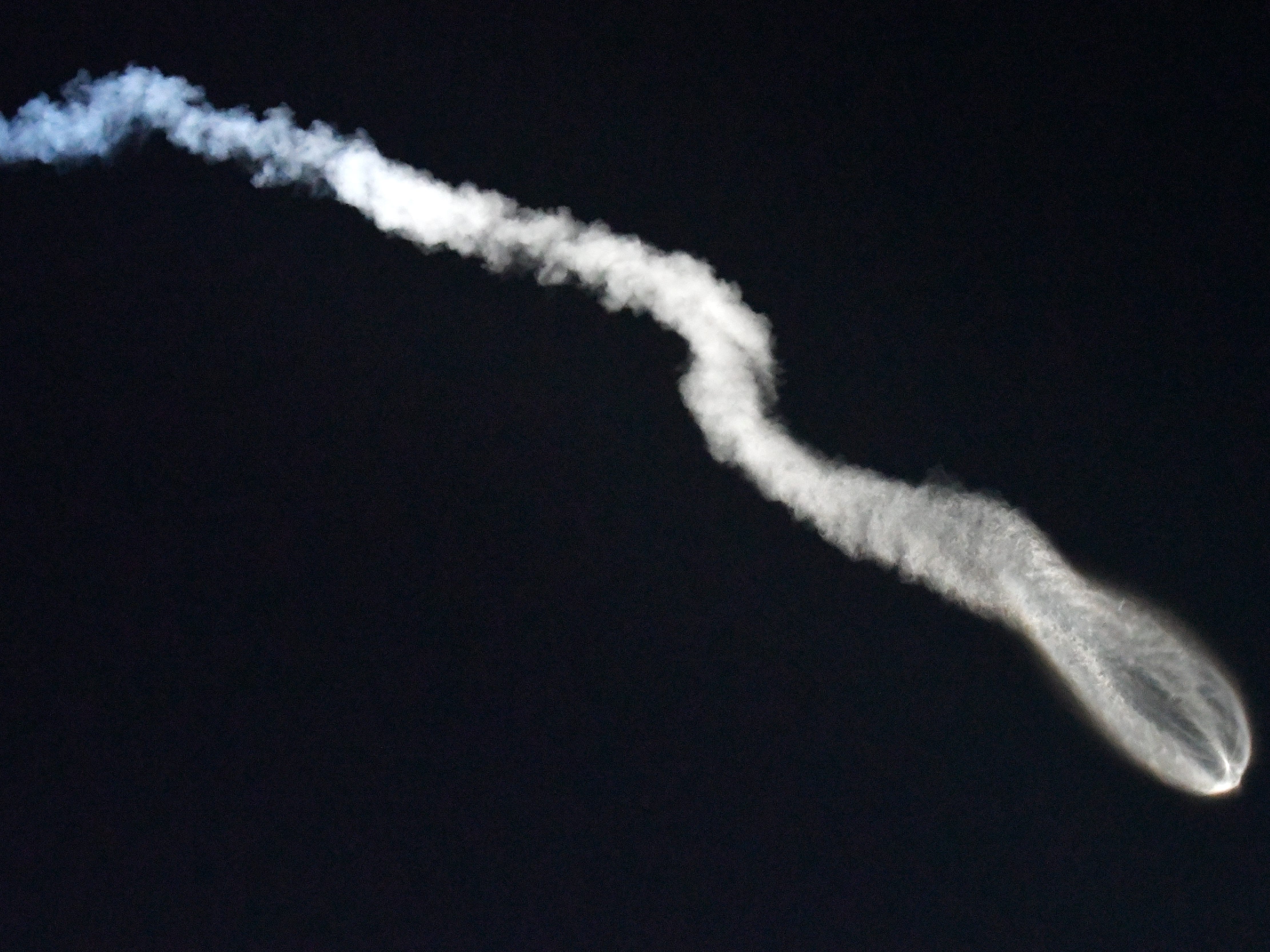 31 of 52
31 of 52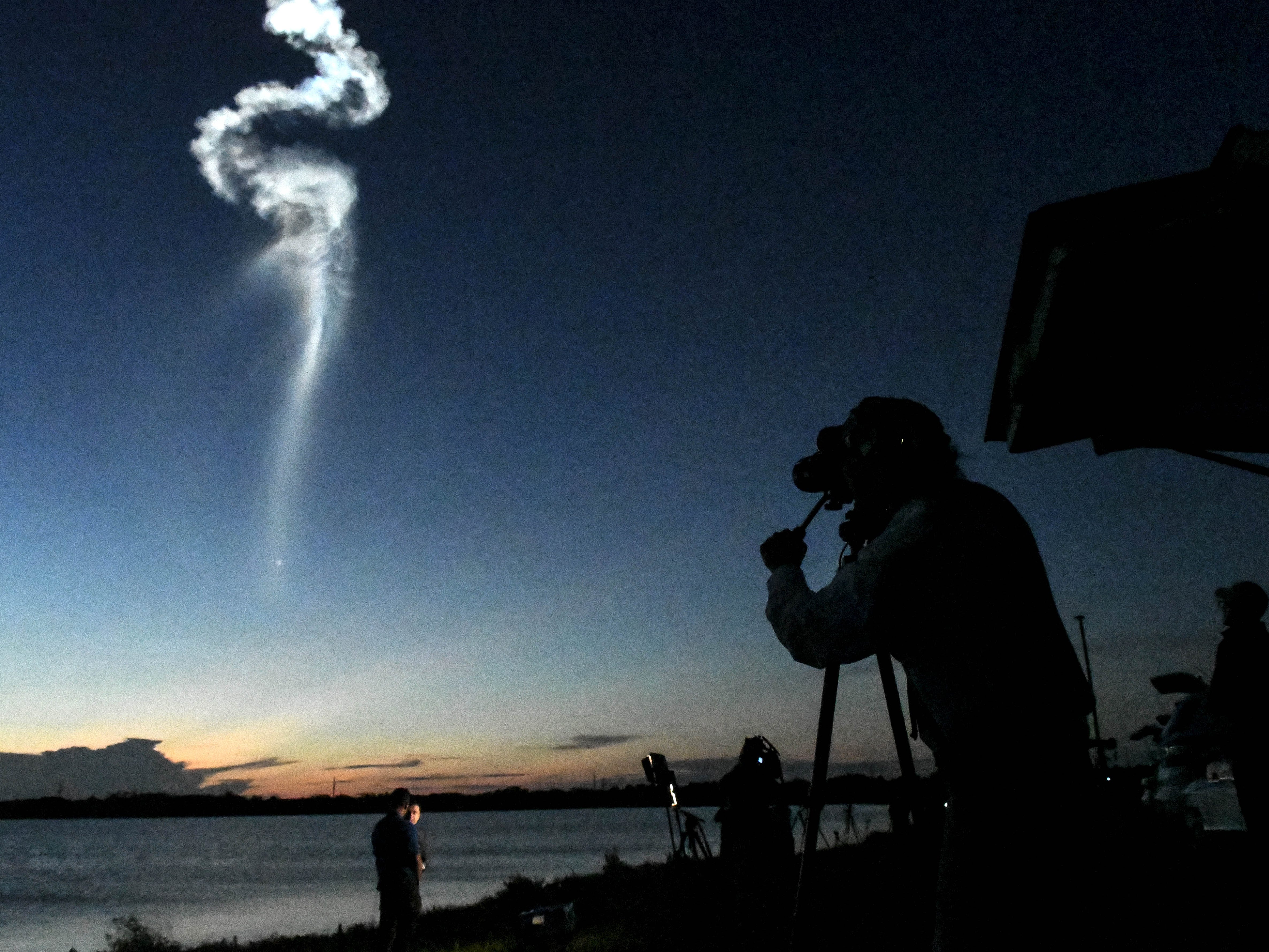 33 of 52
33 of 52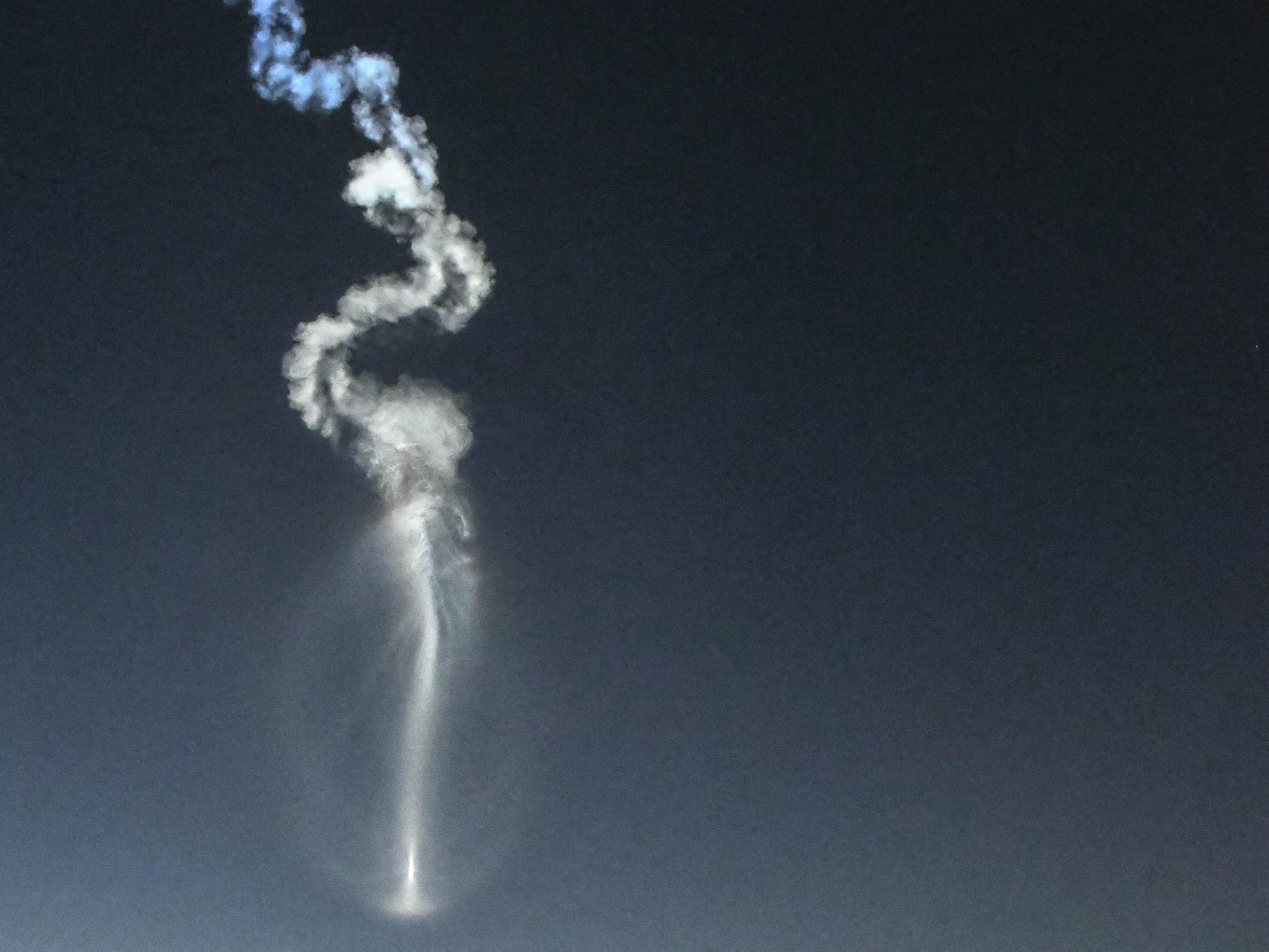 34 of 52
34 of 52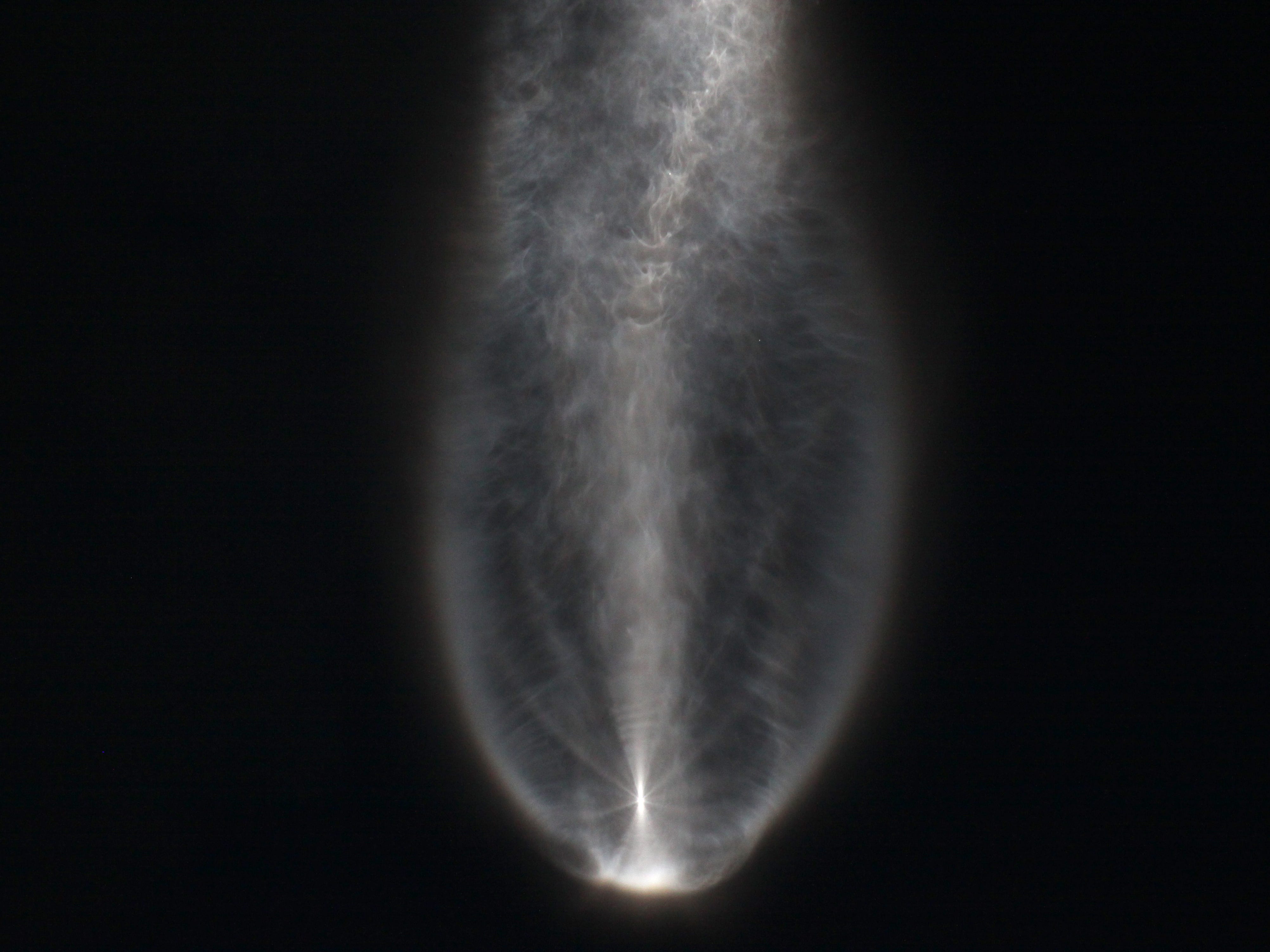 35 of 52
35 of 52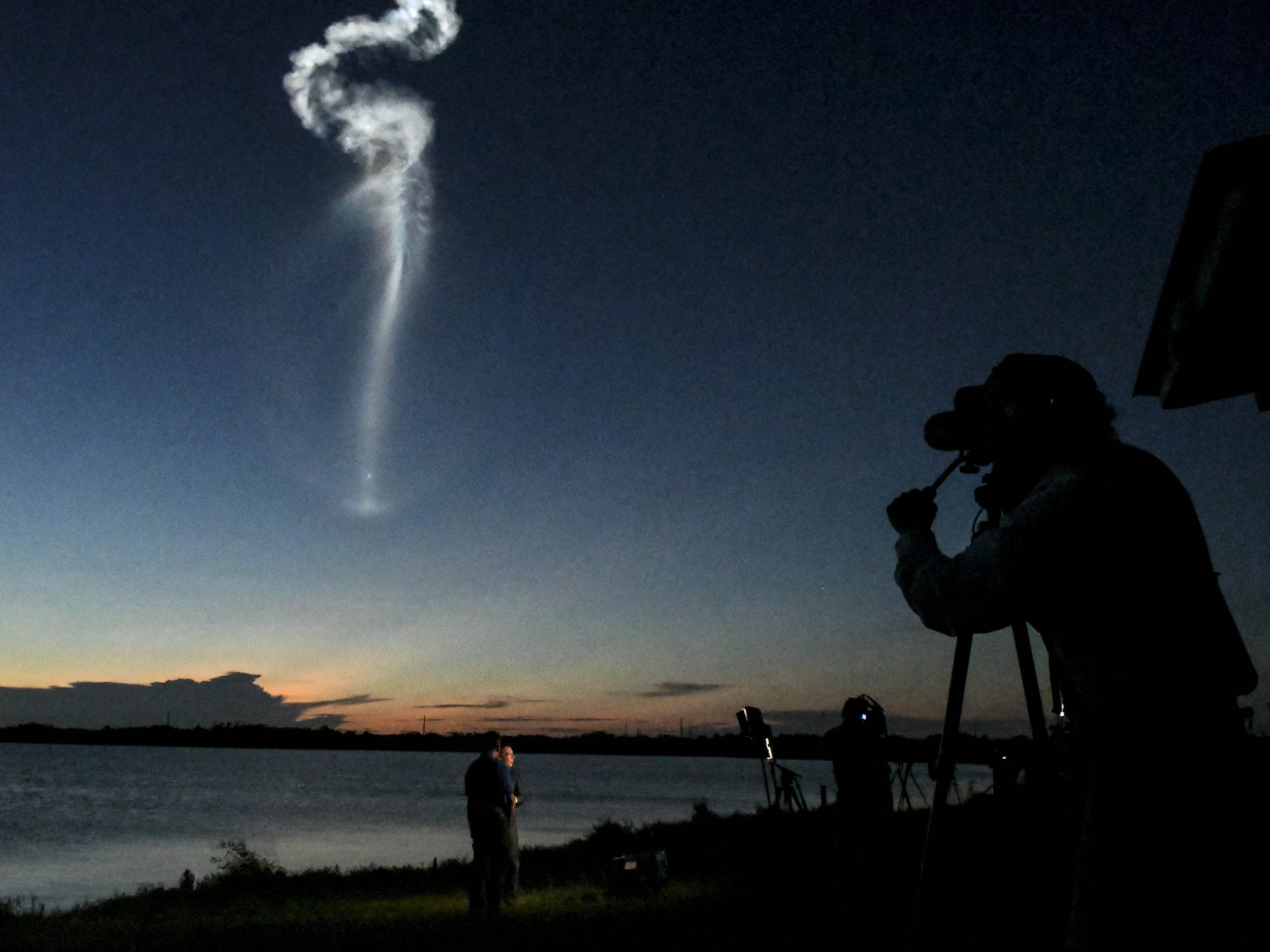 36 of 52
36 of 52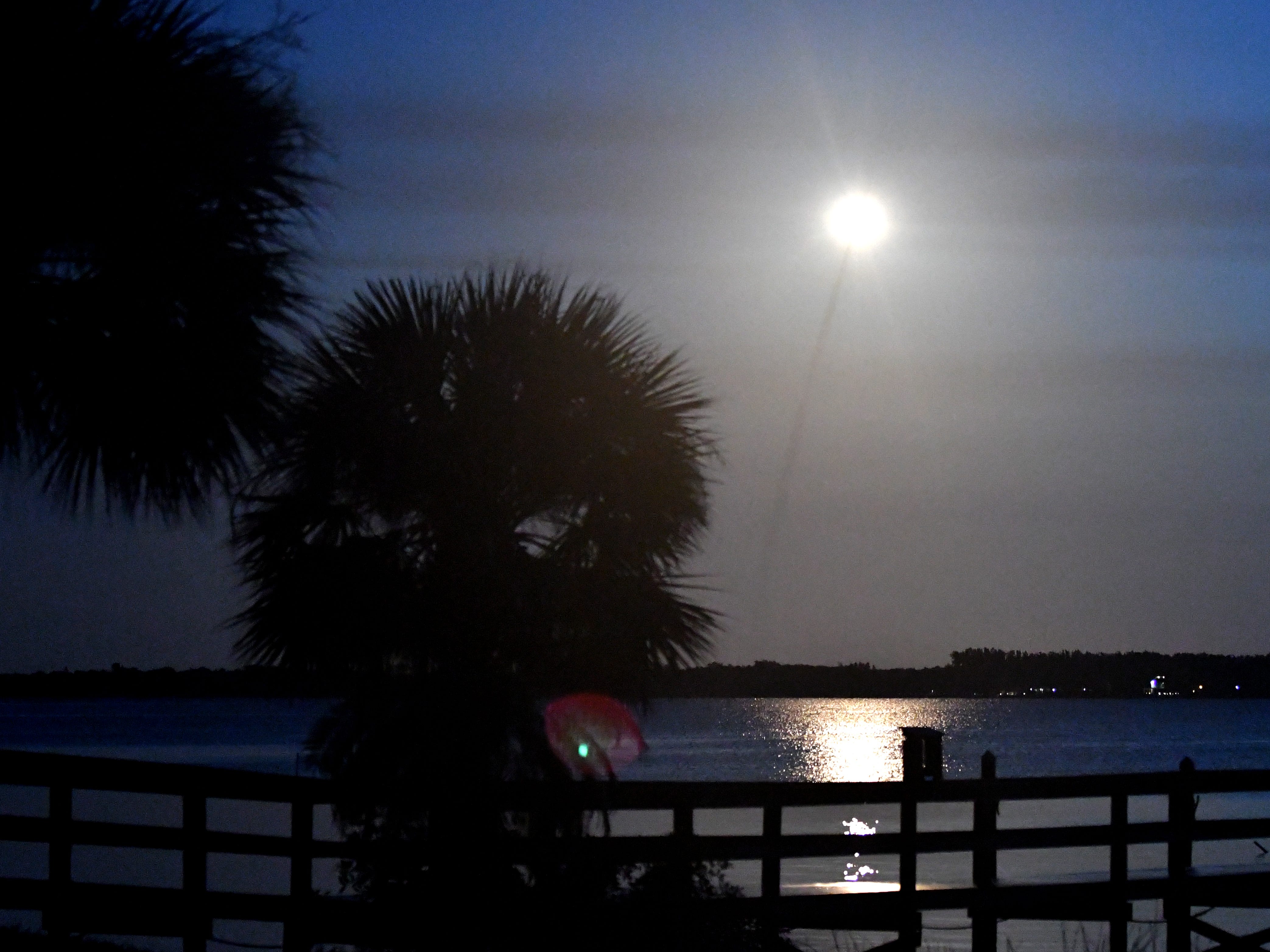 37 of 52
37 of 52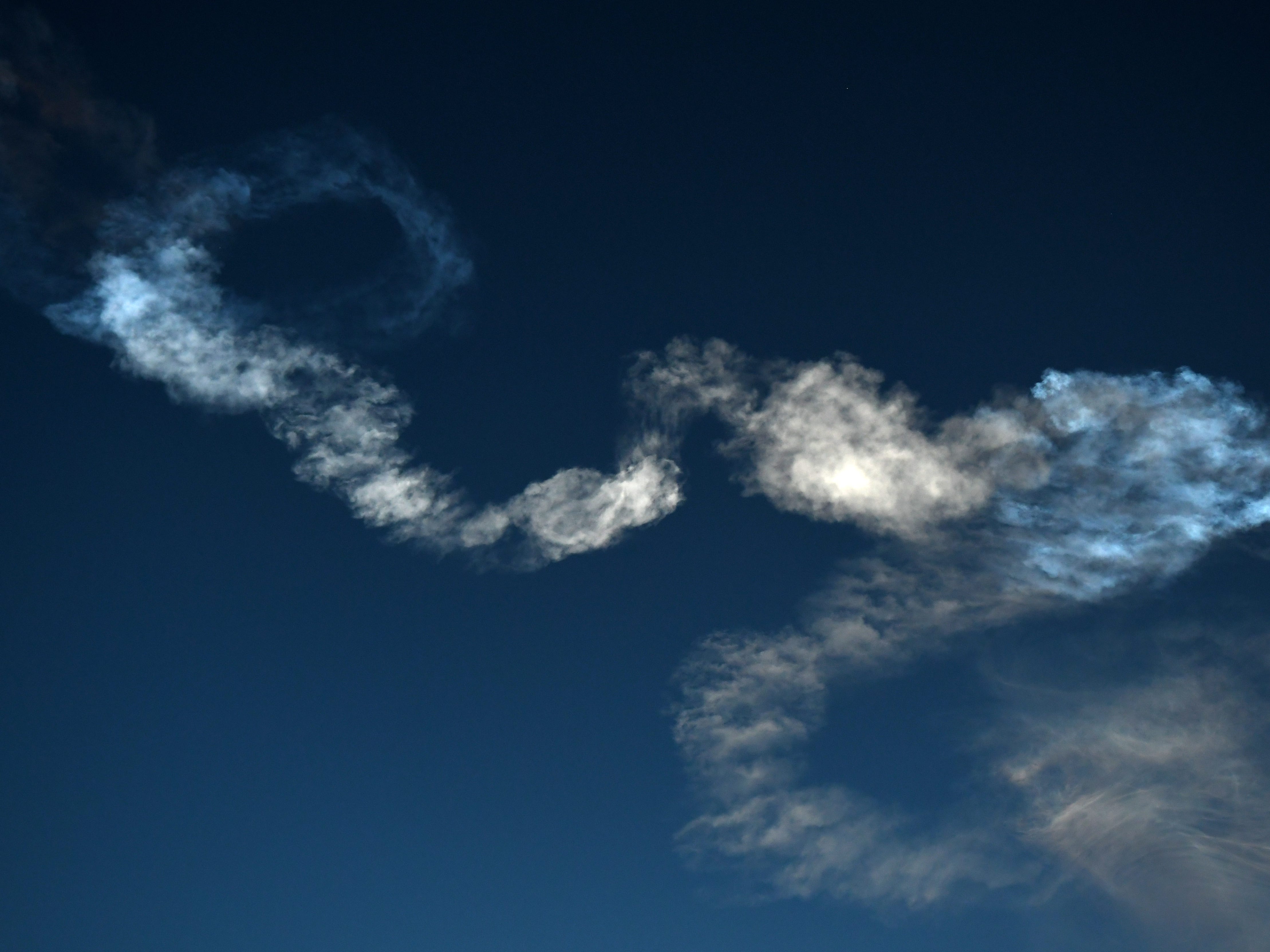 38 of 52
38 of 52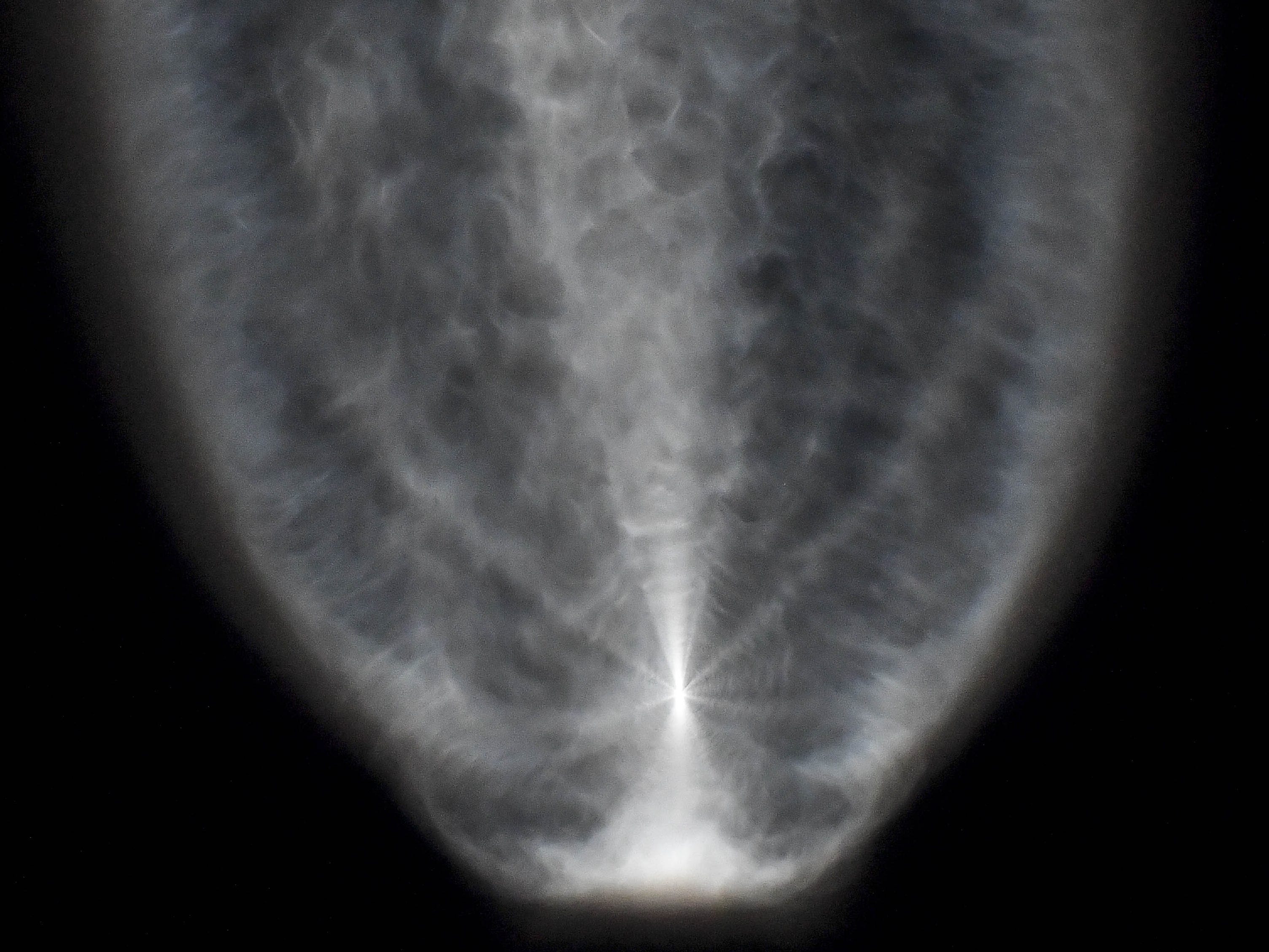 39 of 52
39 of 52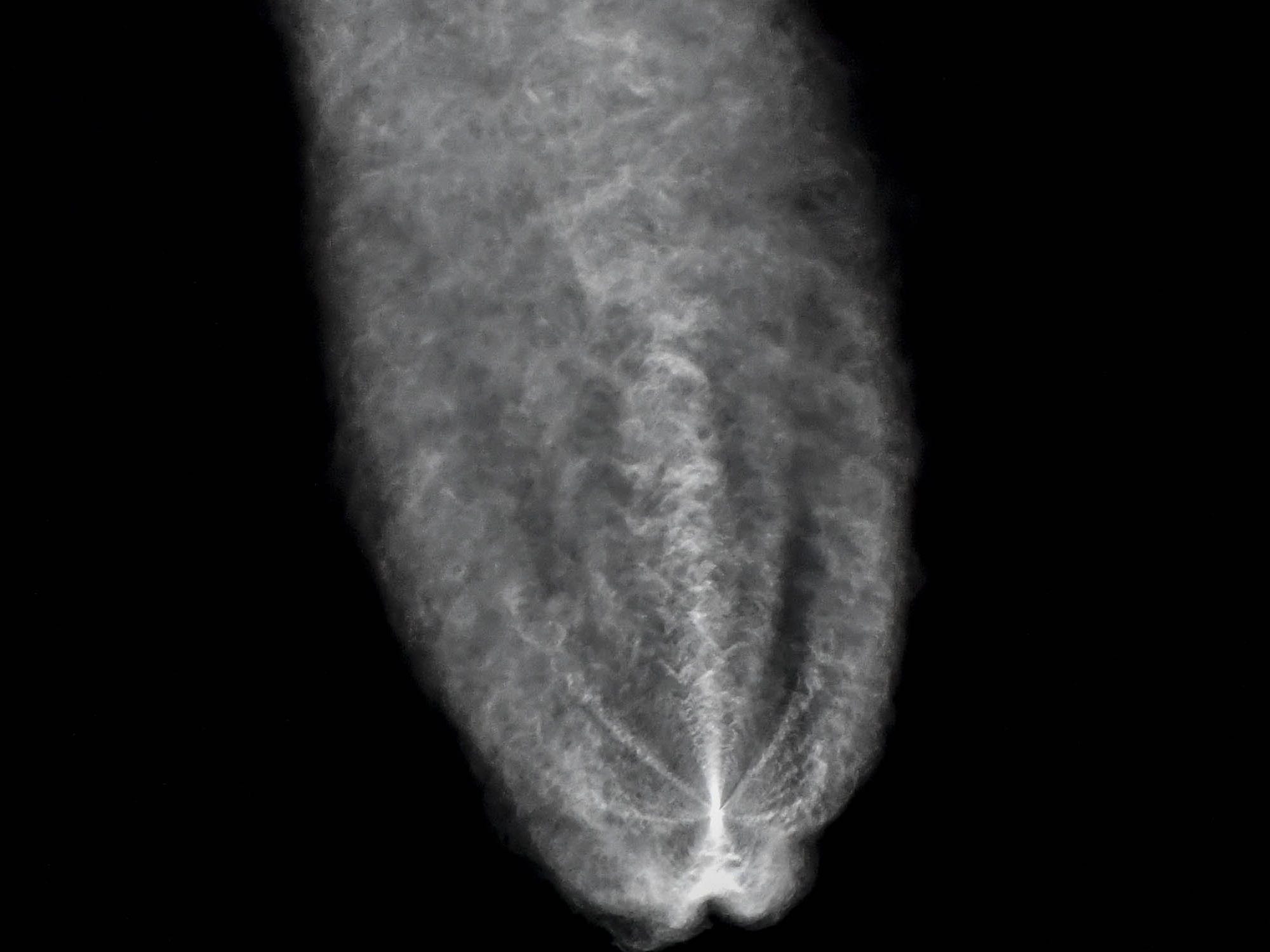 40 of 52
40 of 52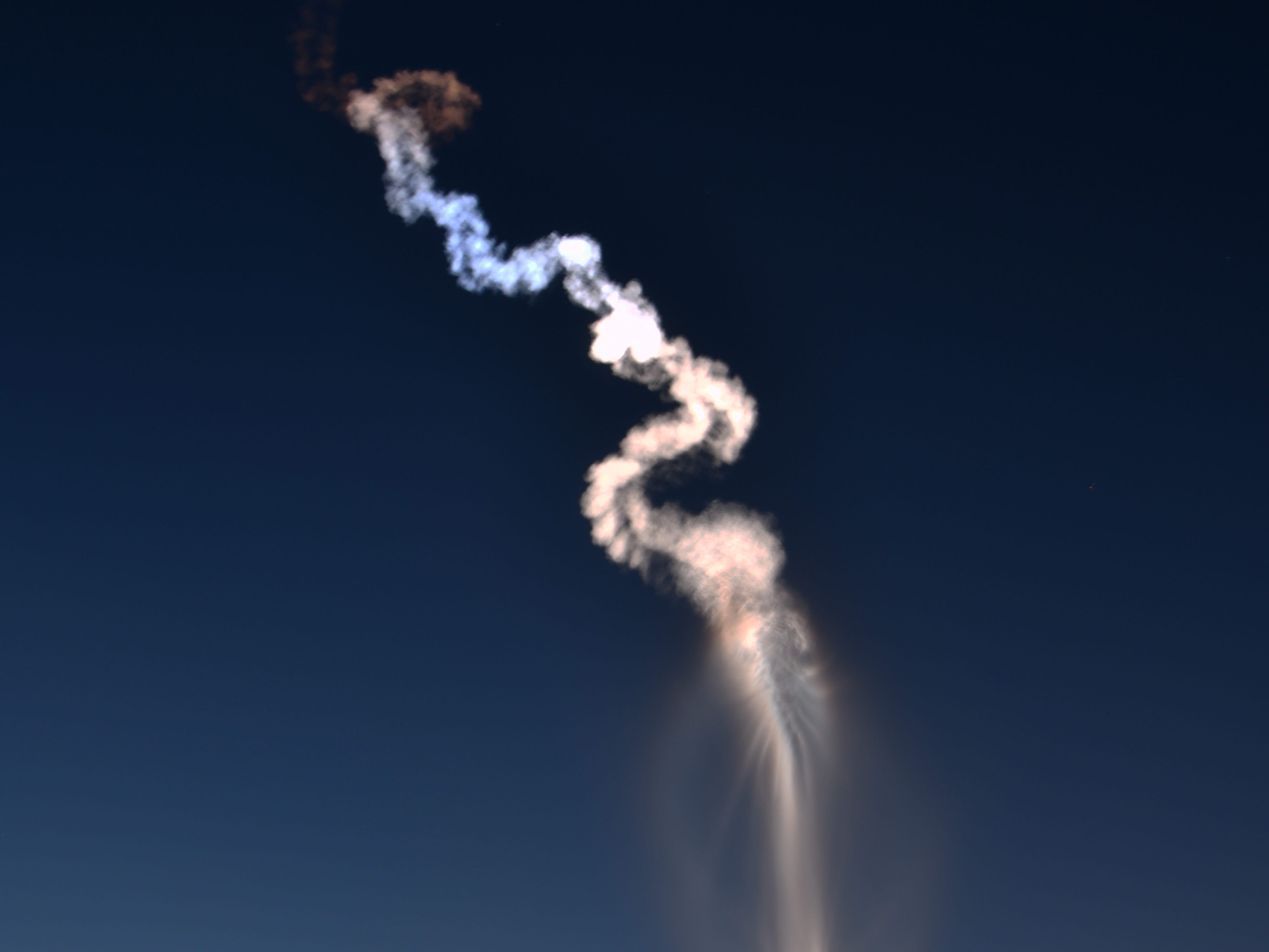 41 of 52
41 of 52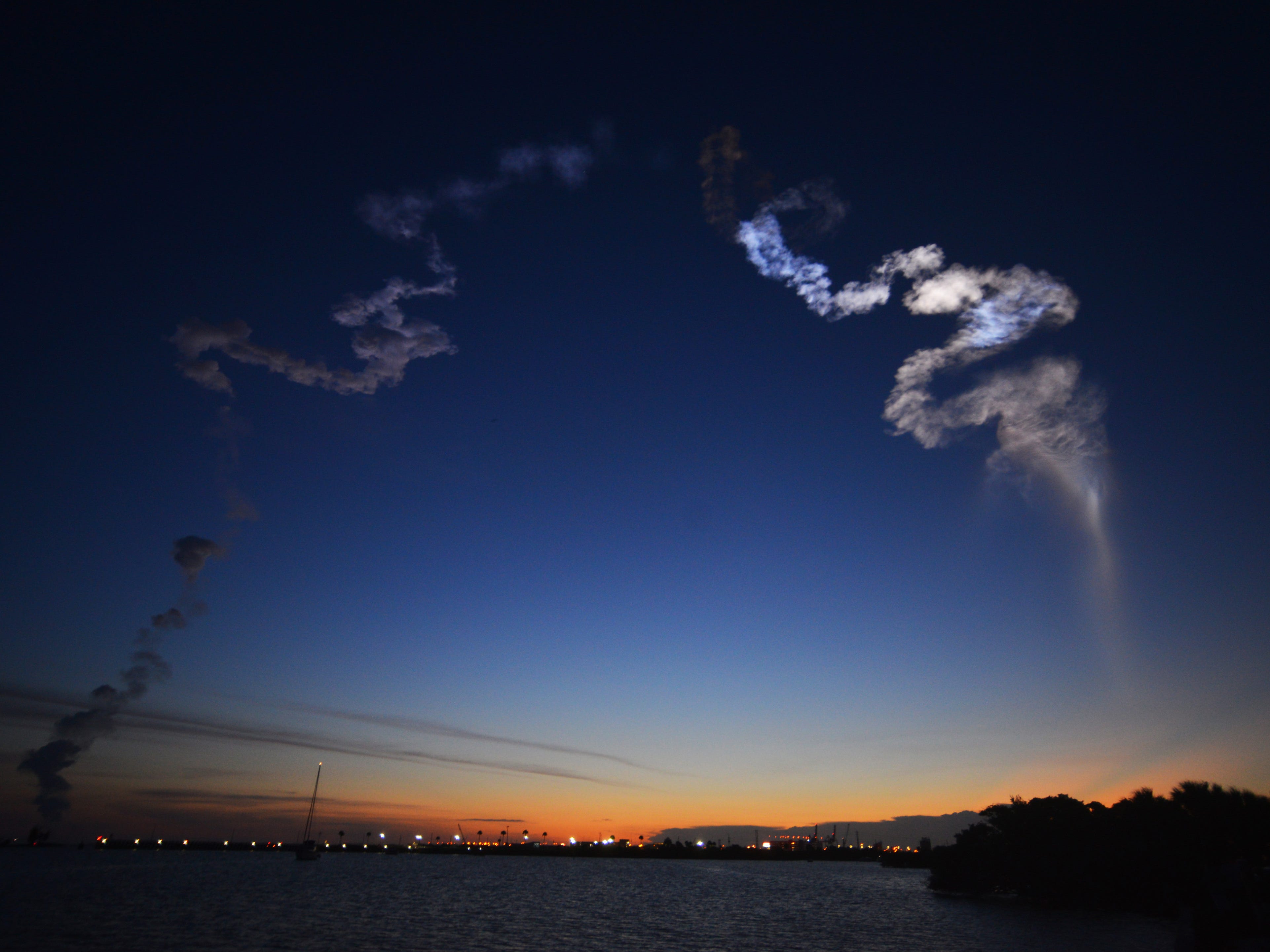 42 of 52
42 of 52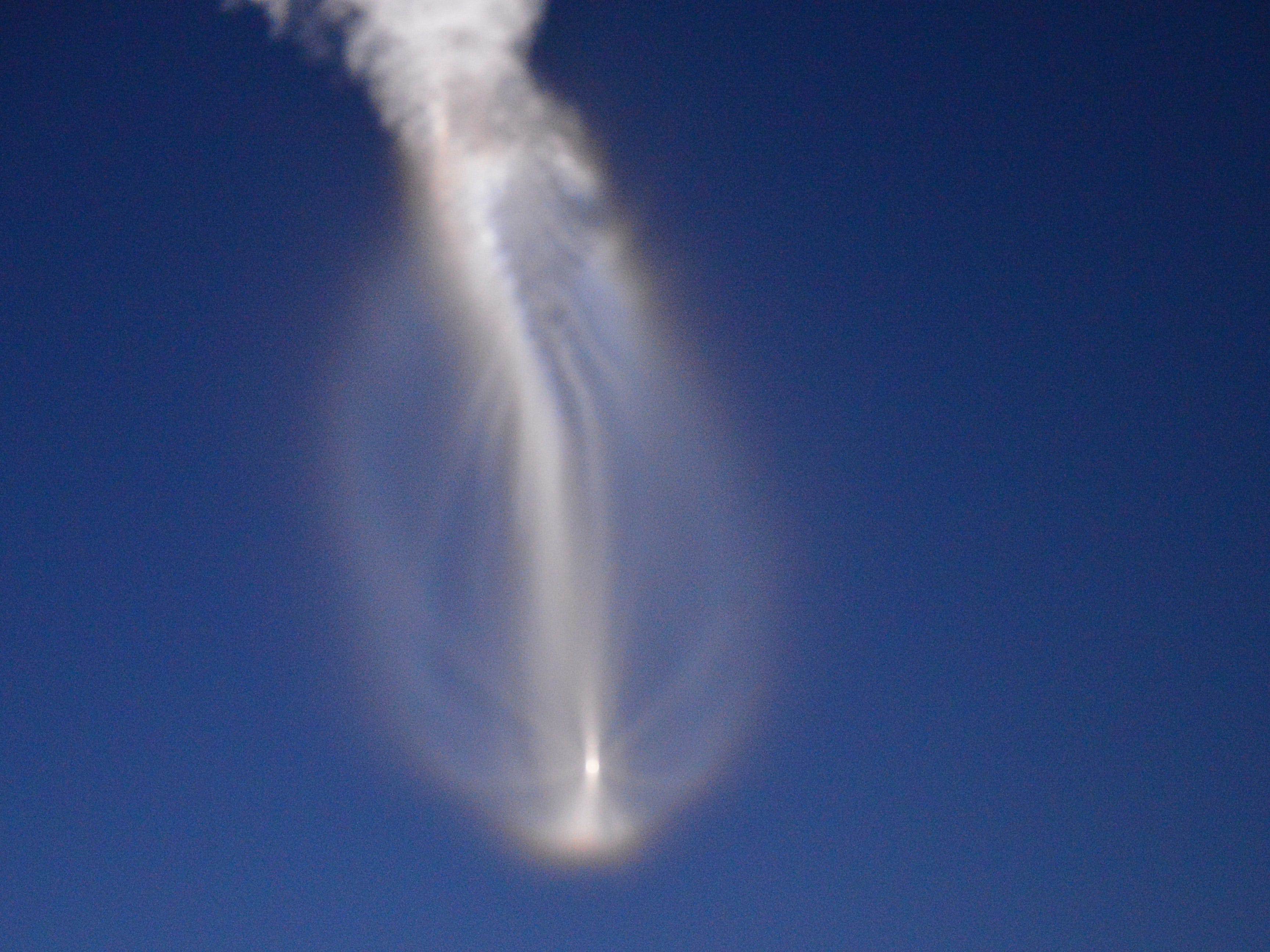 43 of 52
43 of 52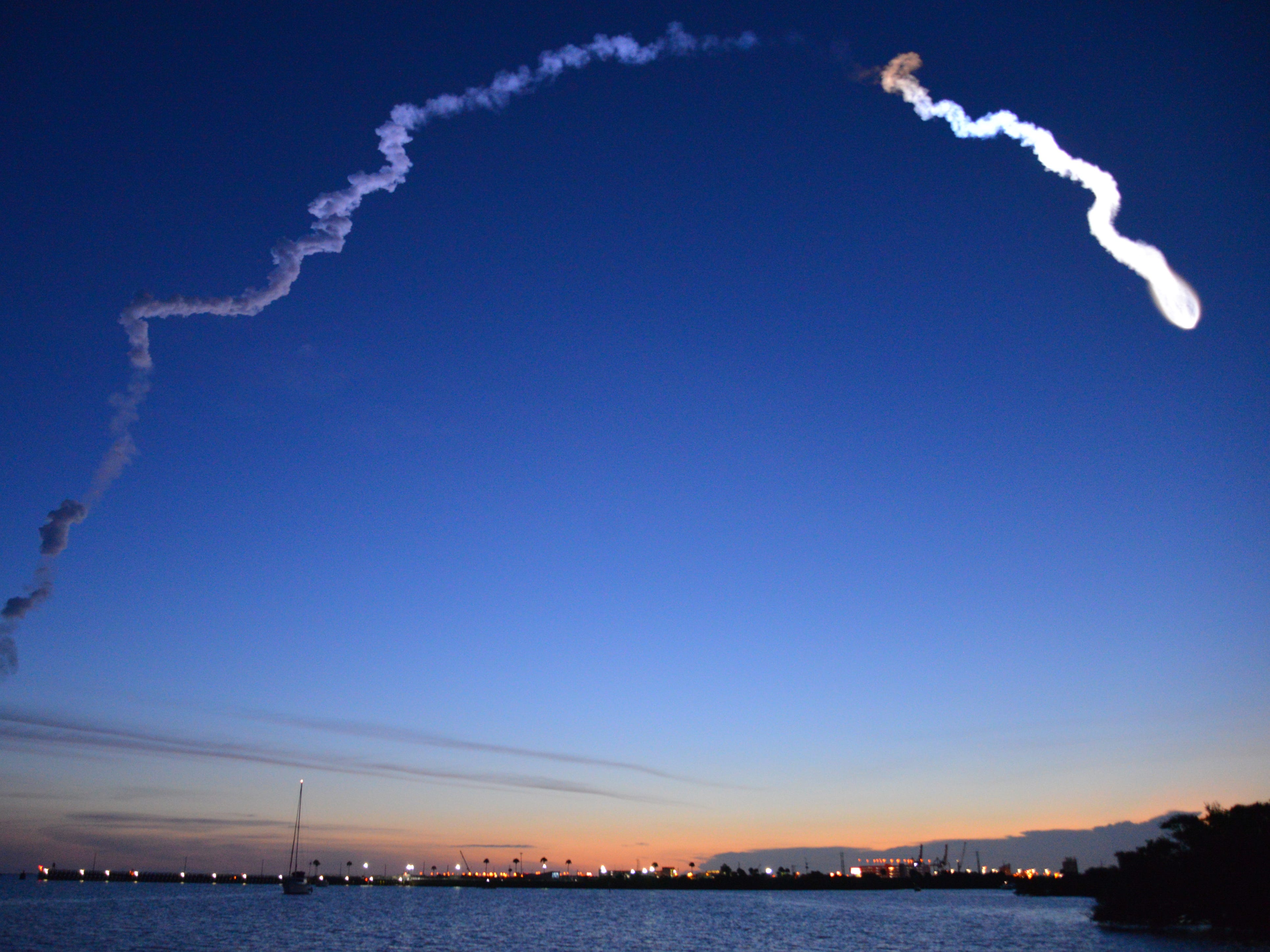 44 of 52
44 of 52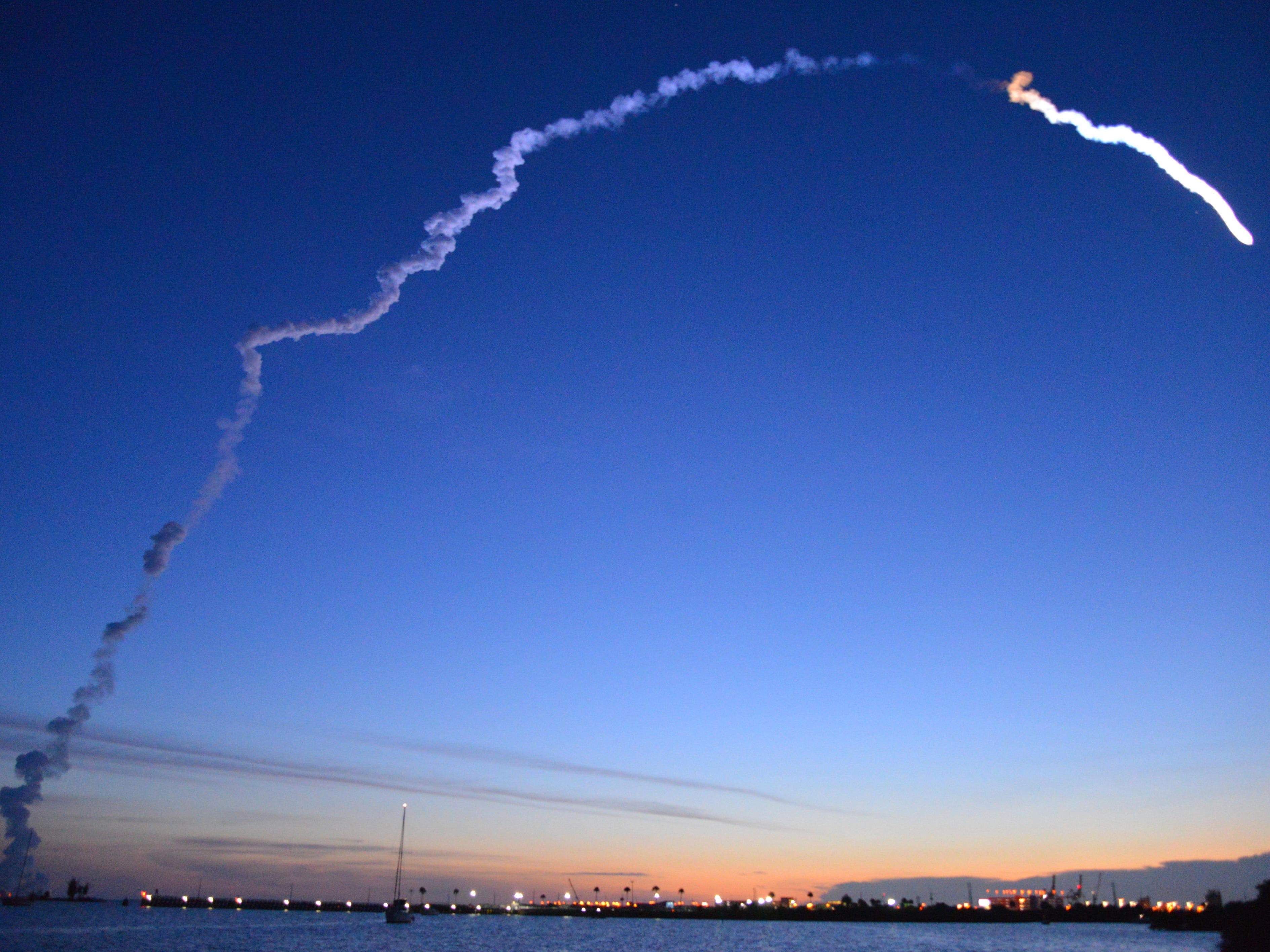 45 of 52
45 of 52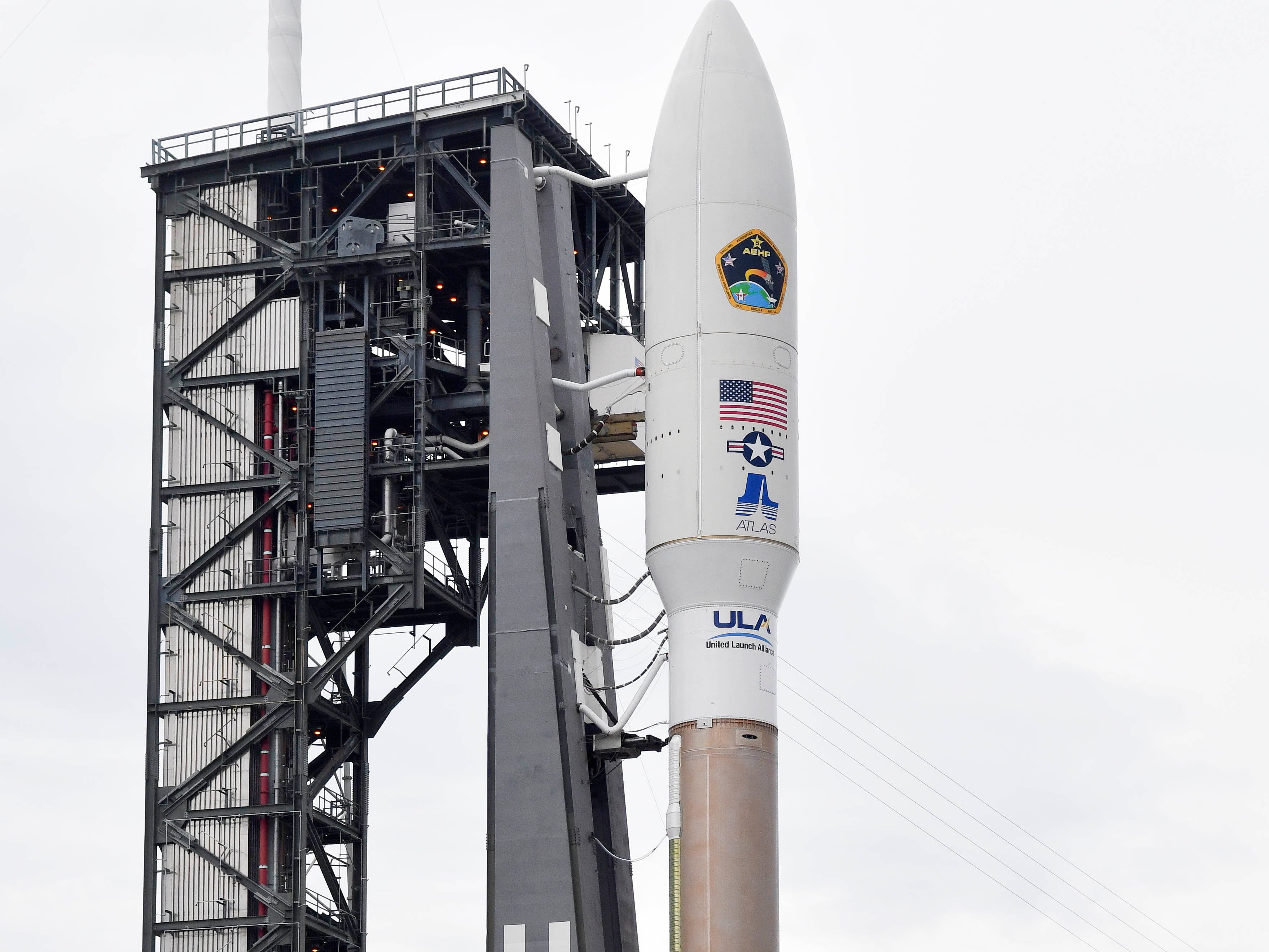 46 of 52
46 of 52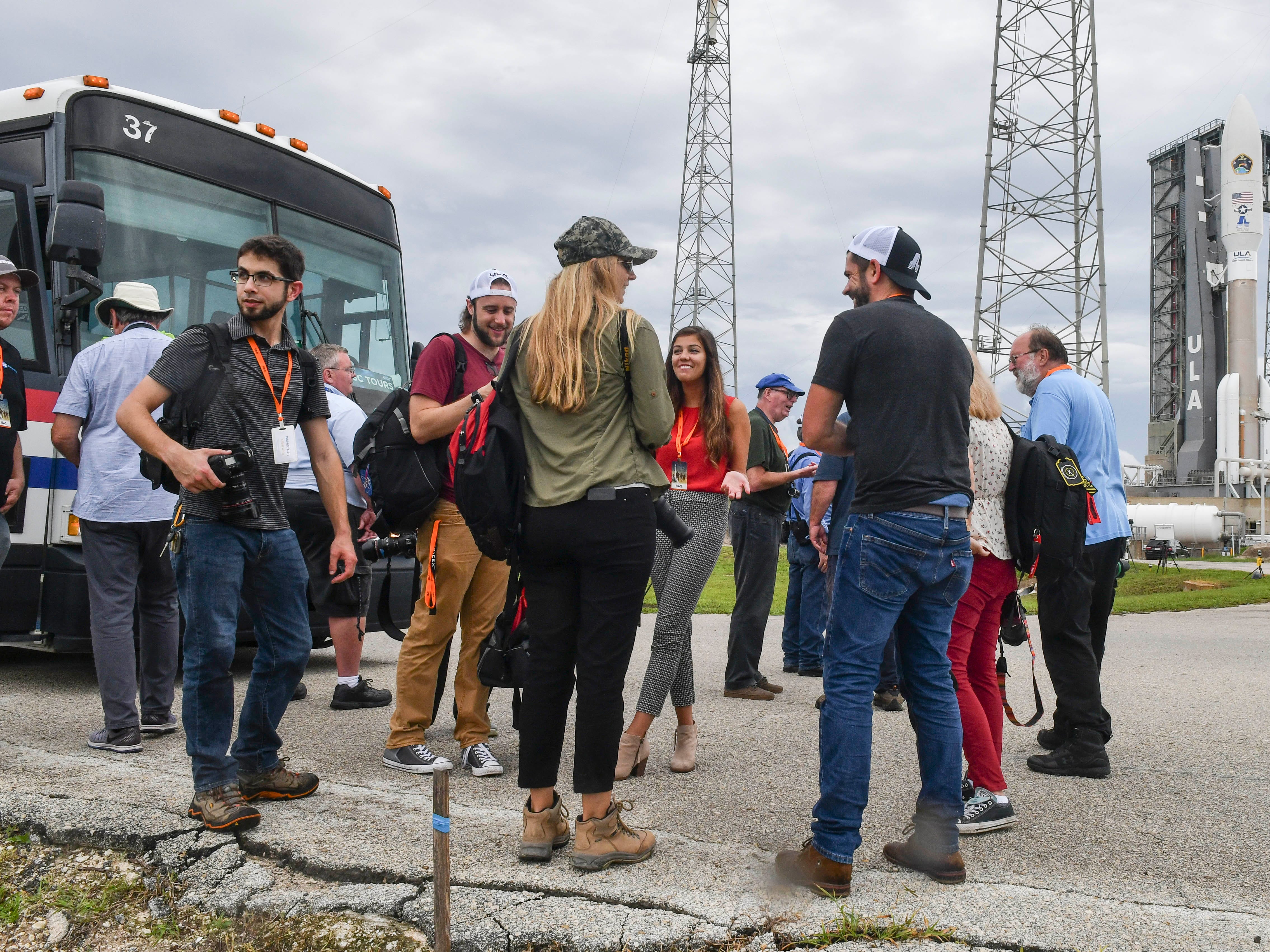 47 of 52
47 of 52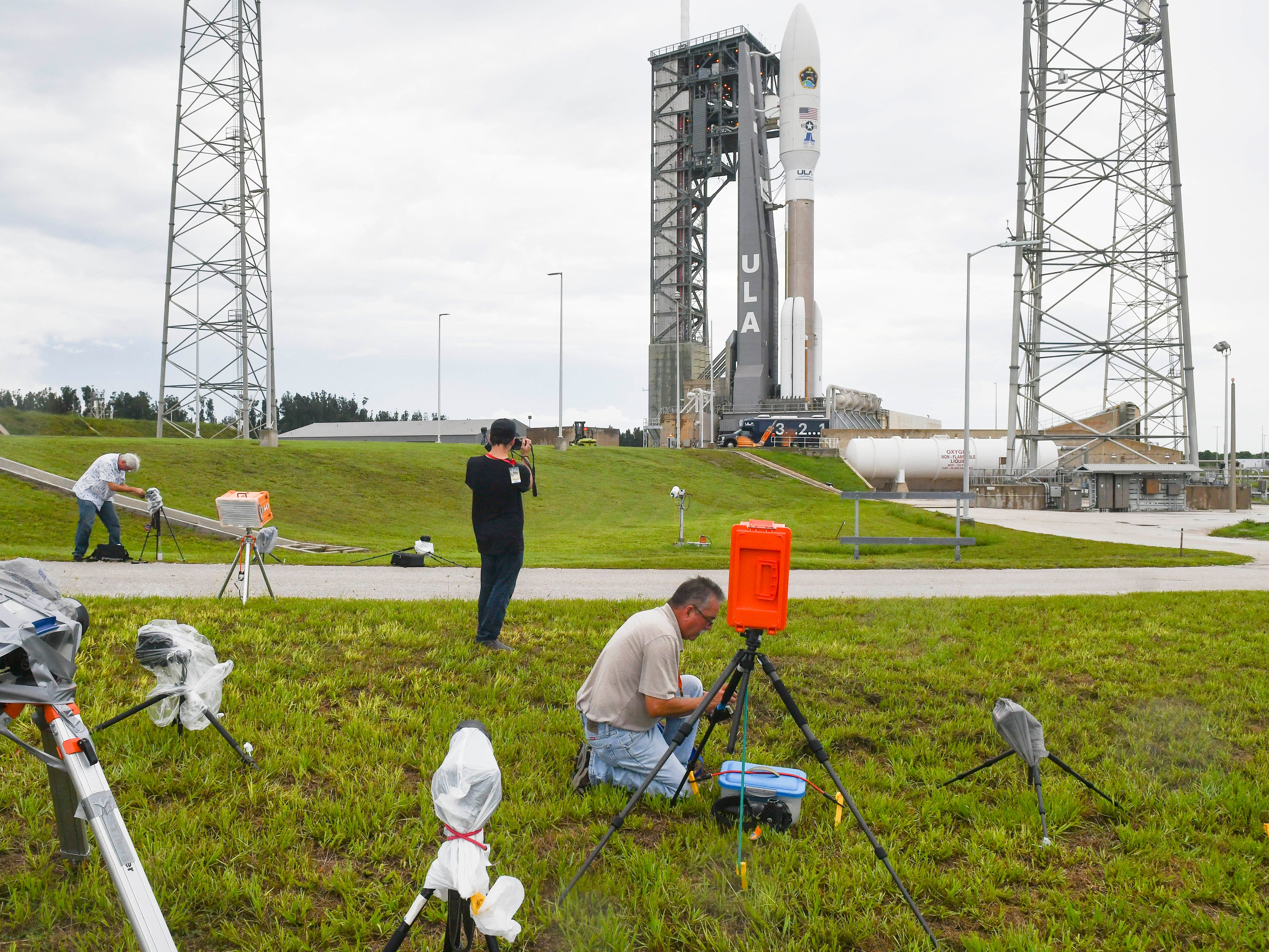 48 of 52
48 of 52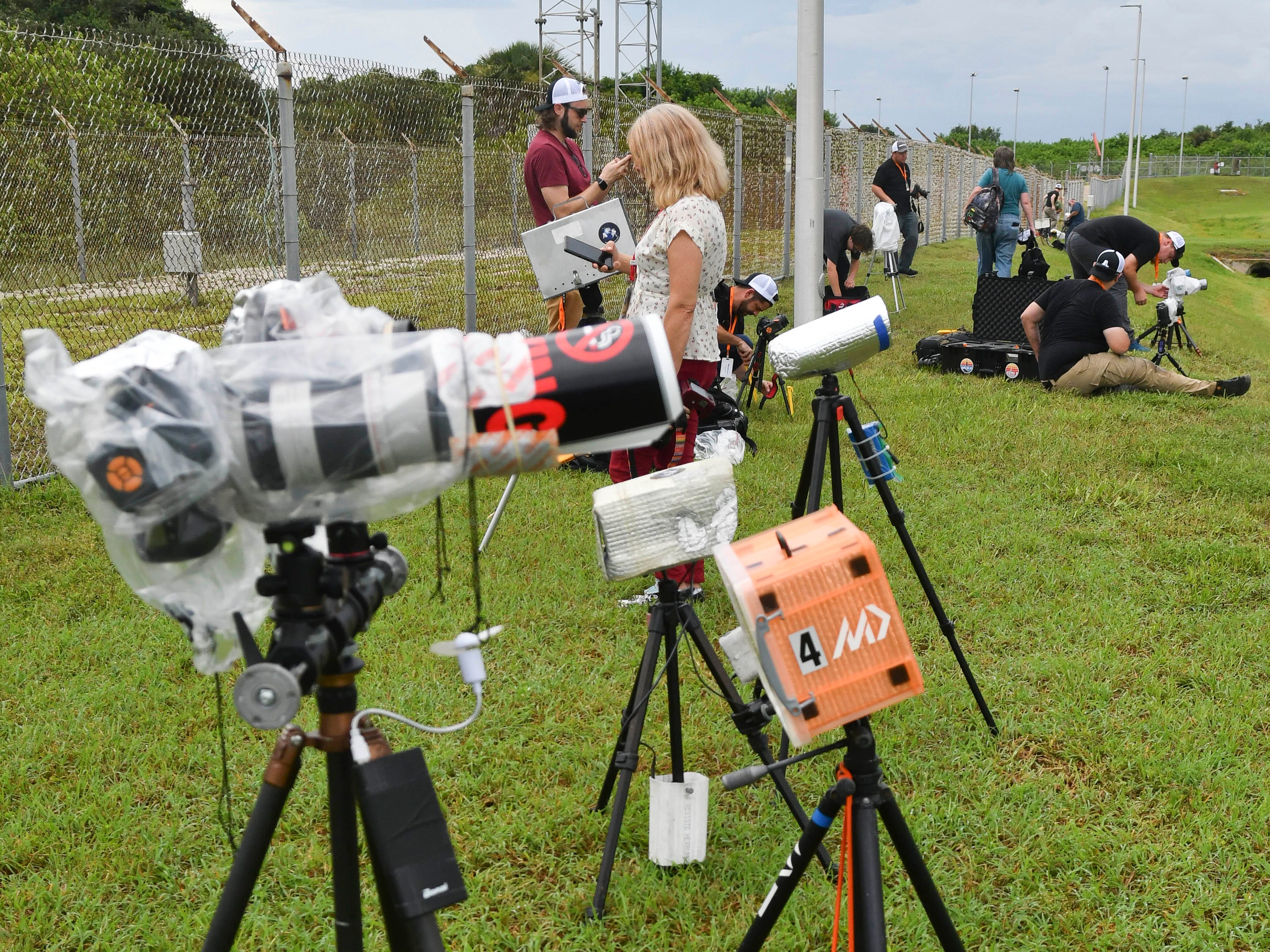 49 of 52
49 of 52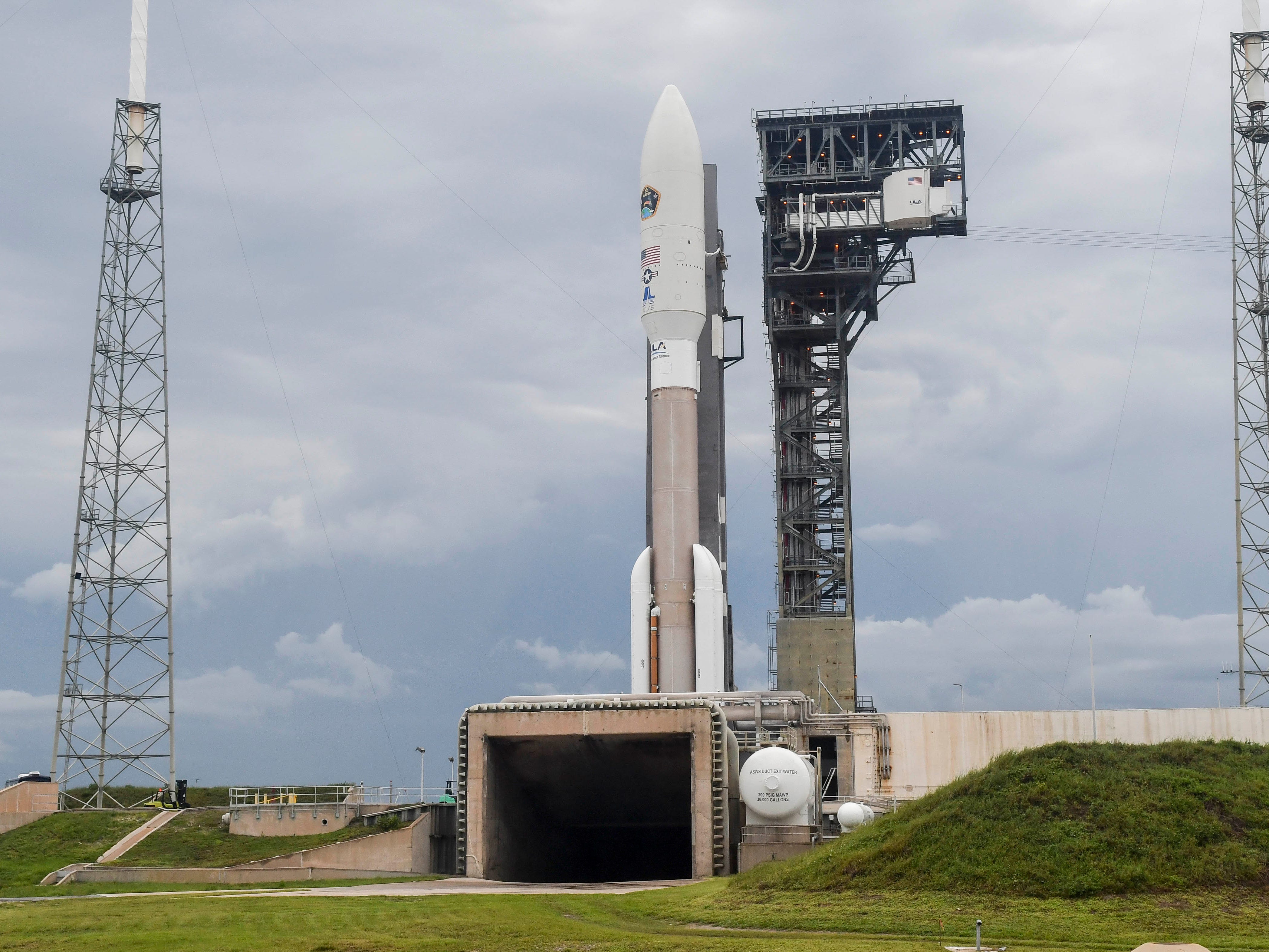 50 of 52
50 of 52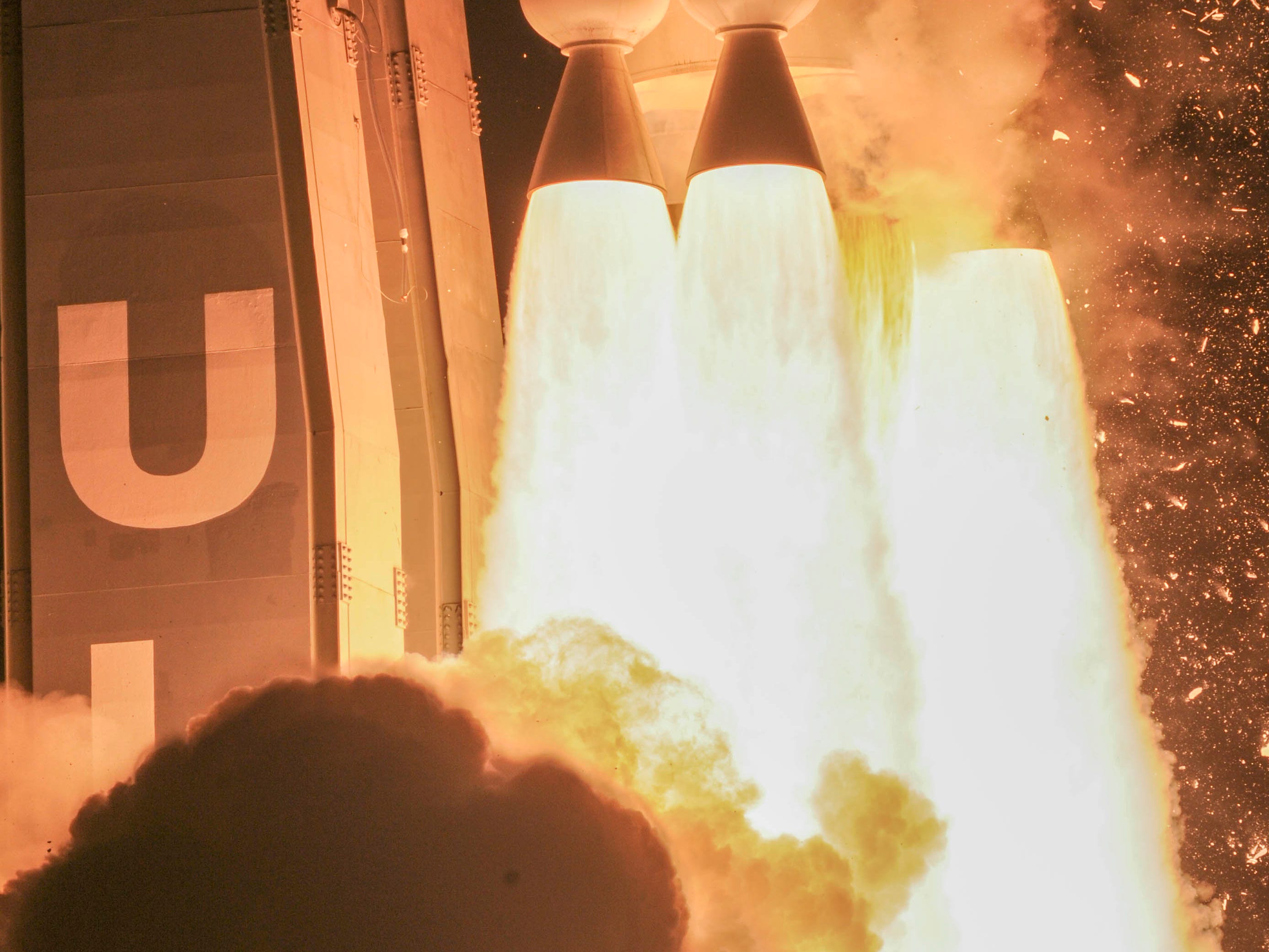 51 of 52
51 of 52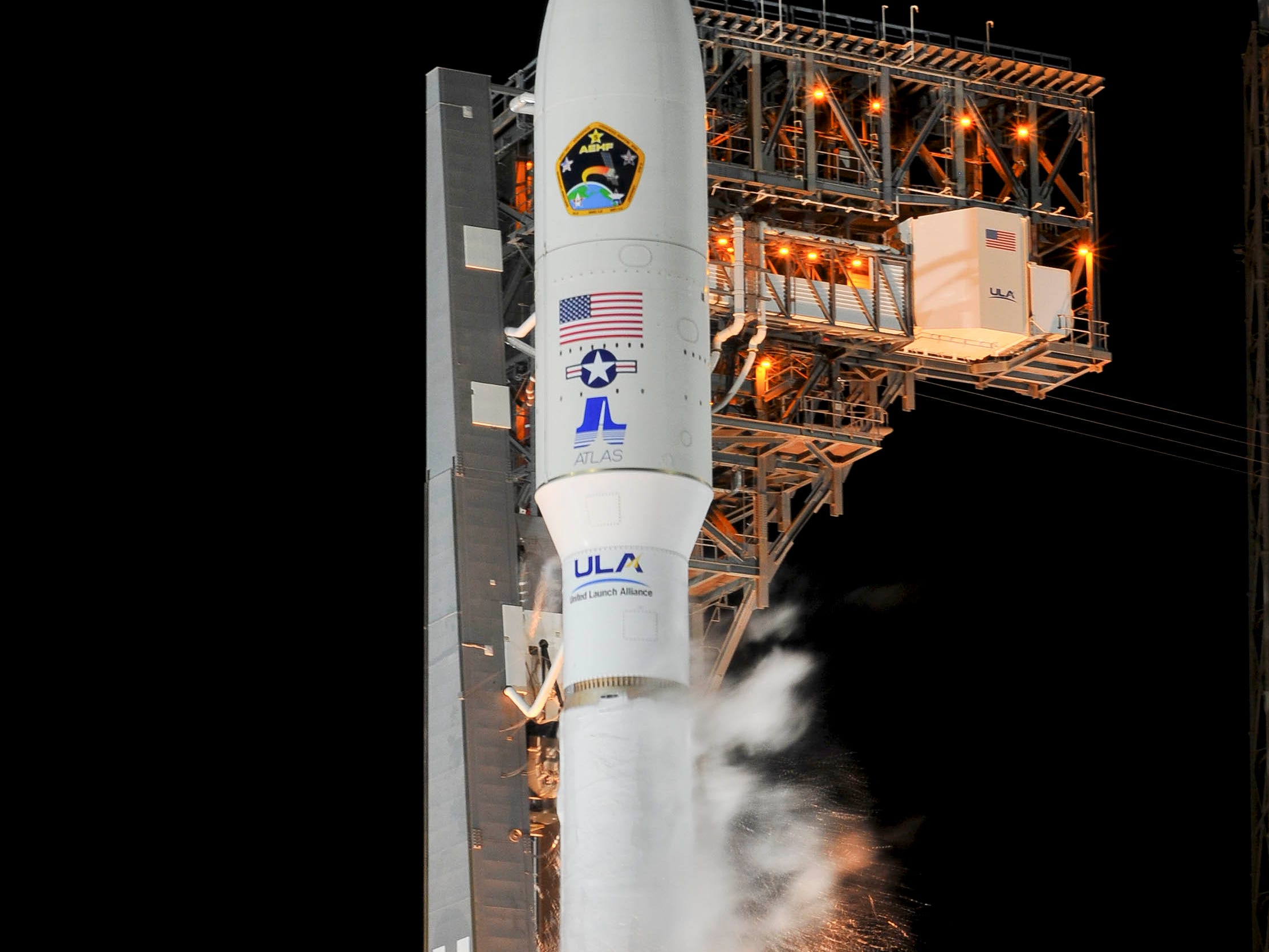 52 of 52
52 of 52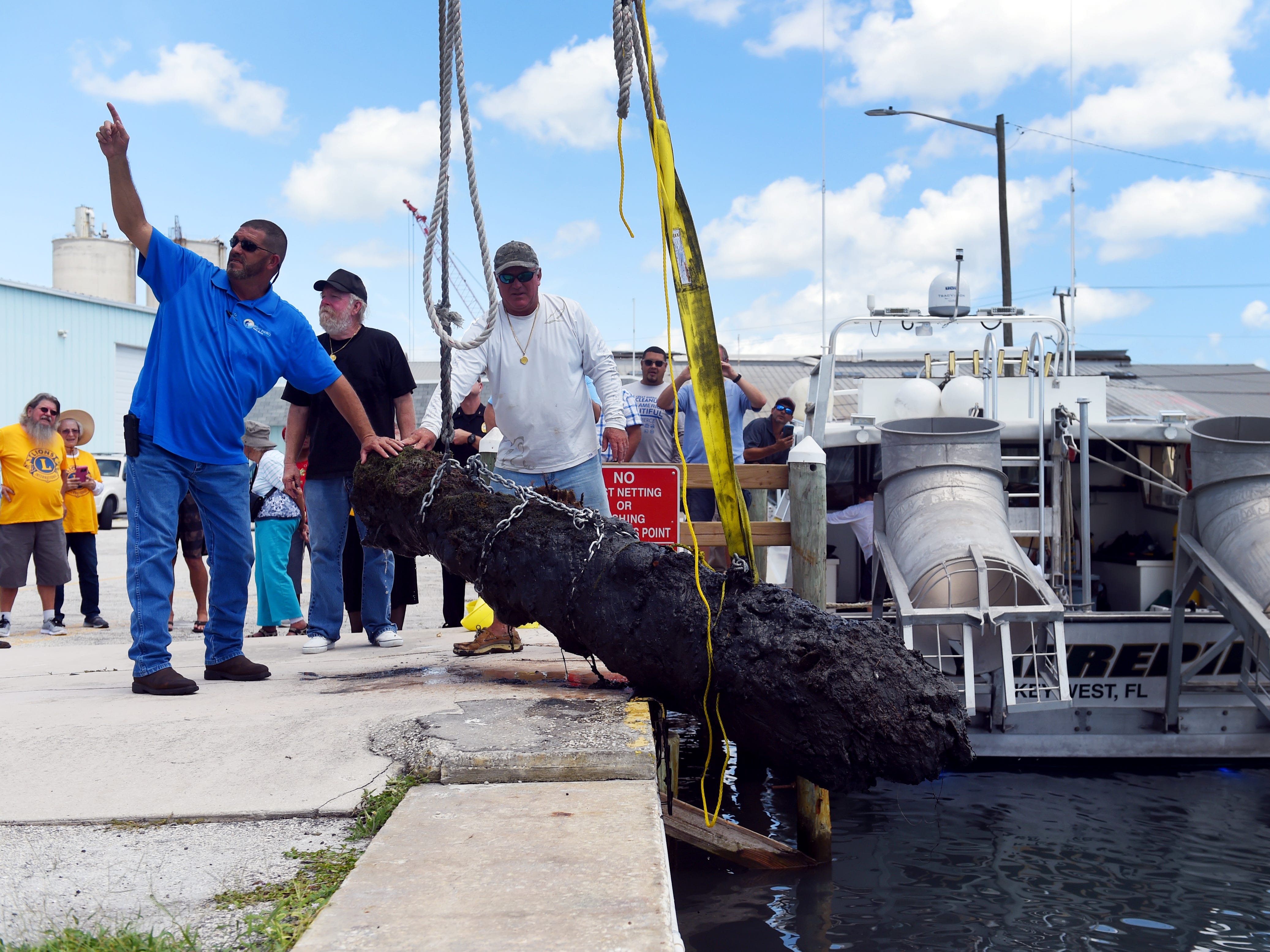 1 of 8
1 of 8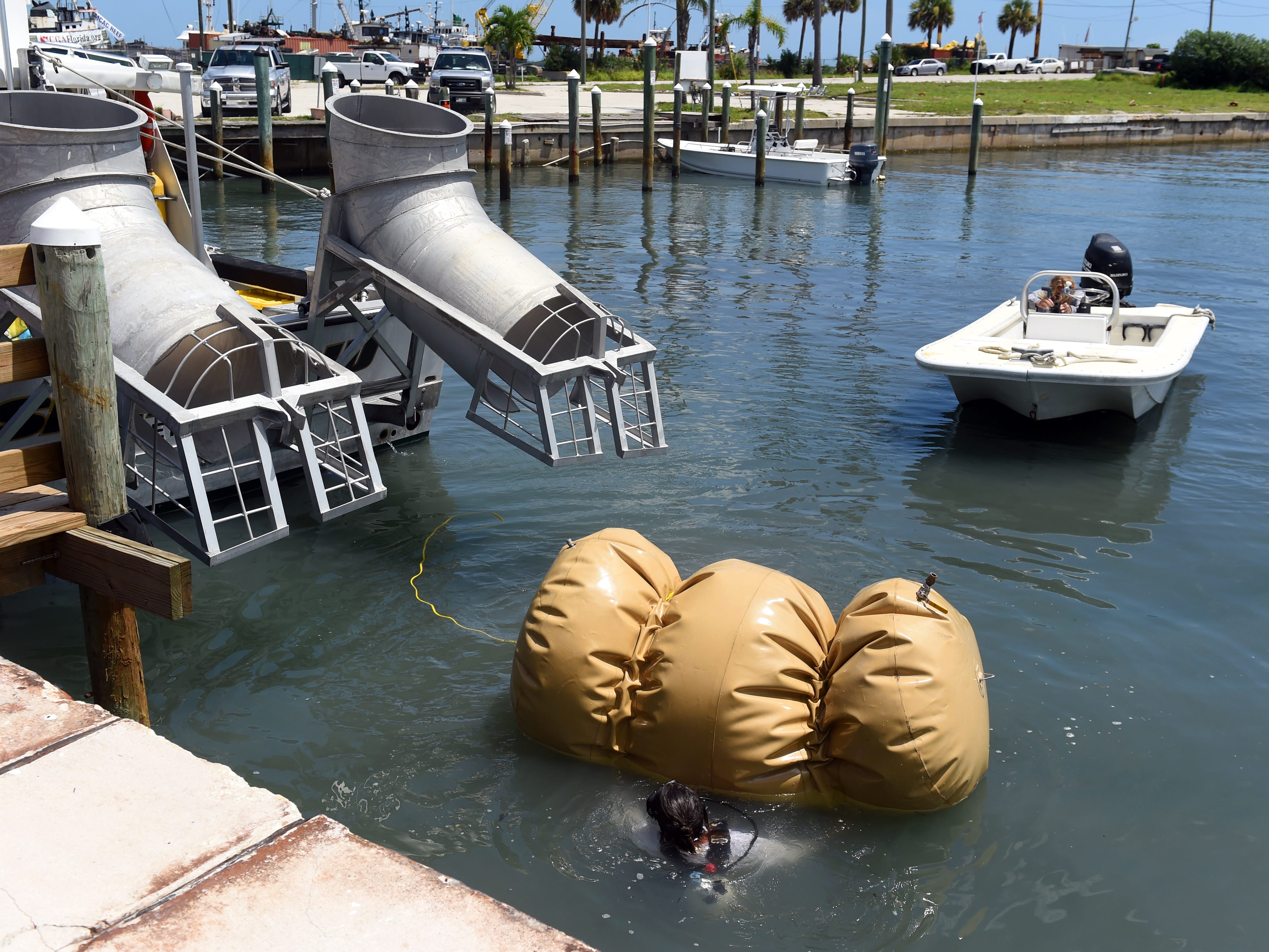 2 of 8
2 of 8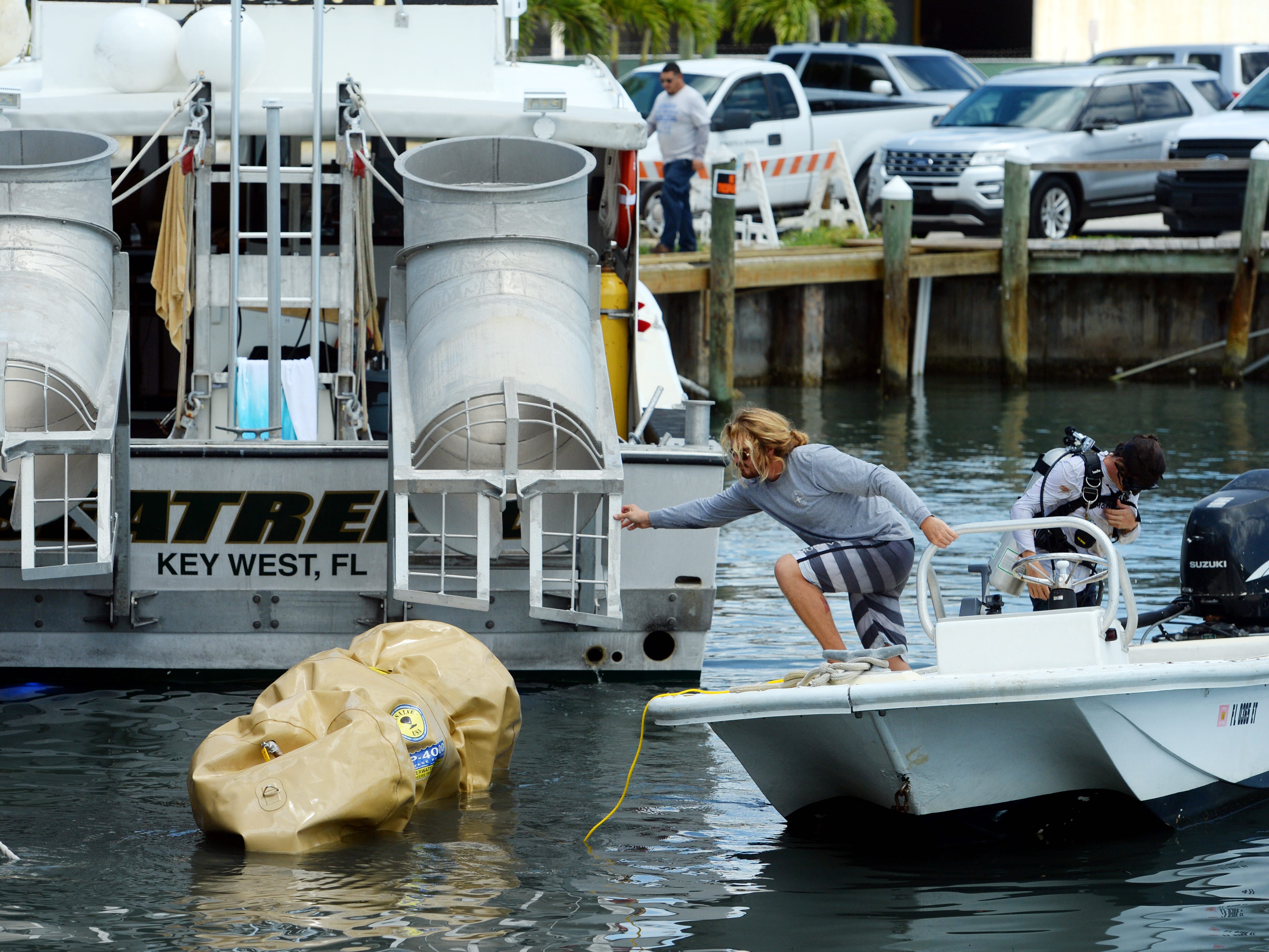 3 of 8
3 of 8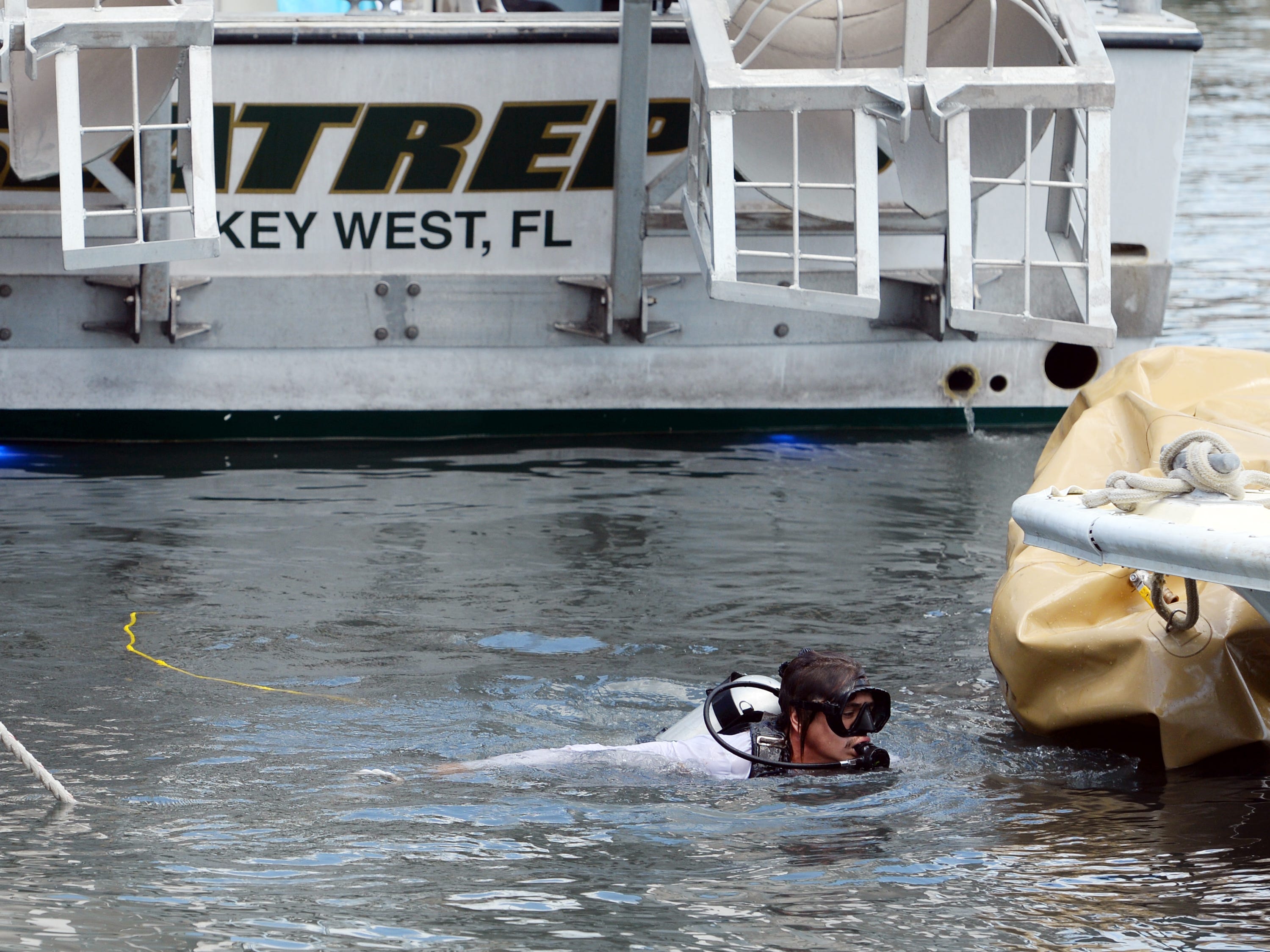 4 of 8
4 of 8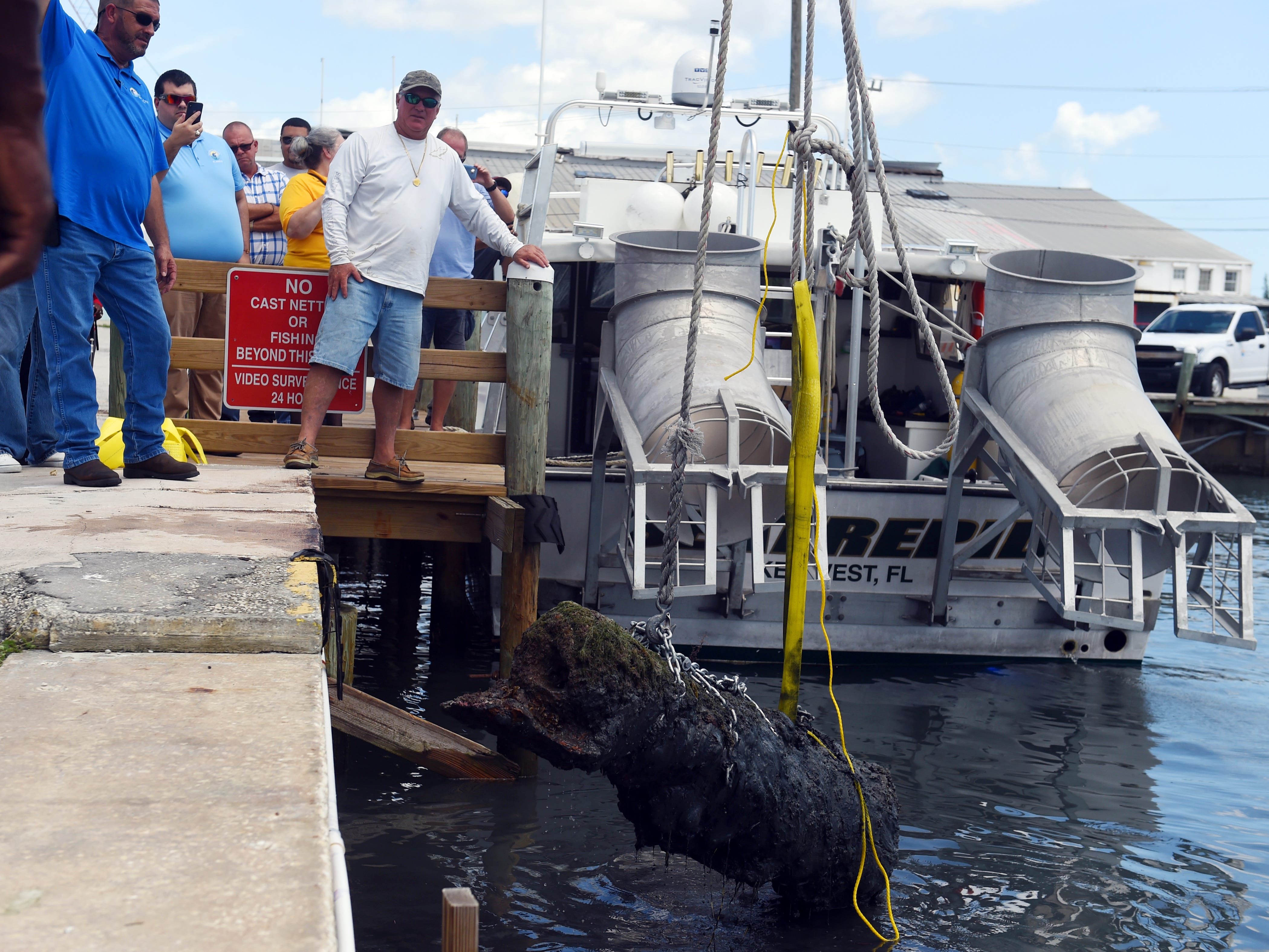 5 of 8
5 of 8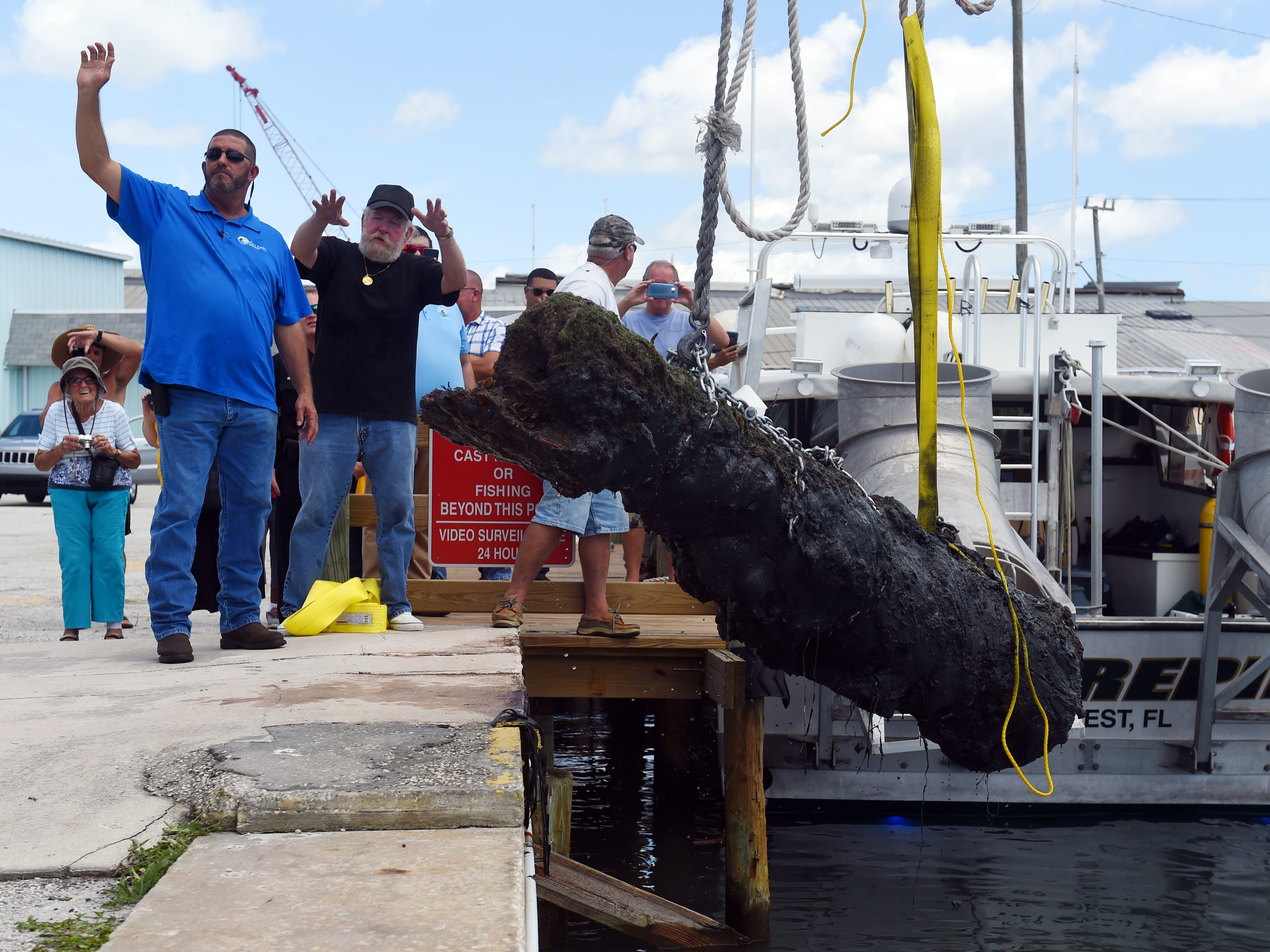 6 of 8
6 of 8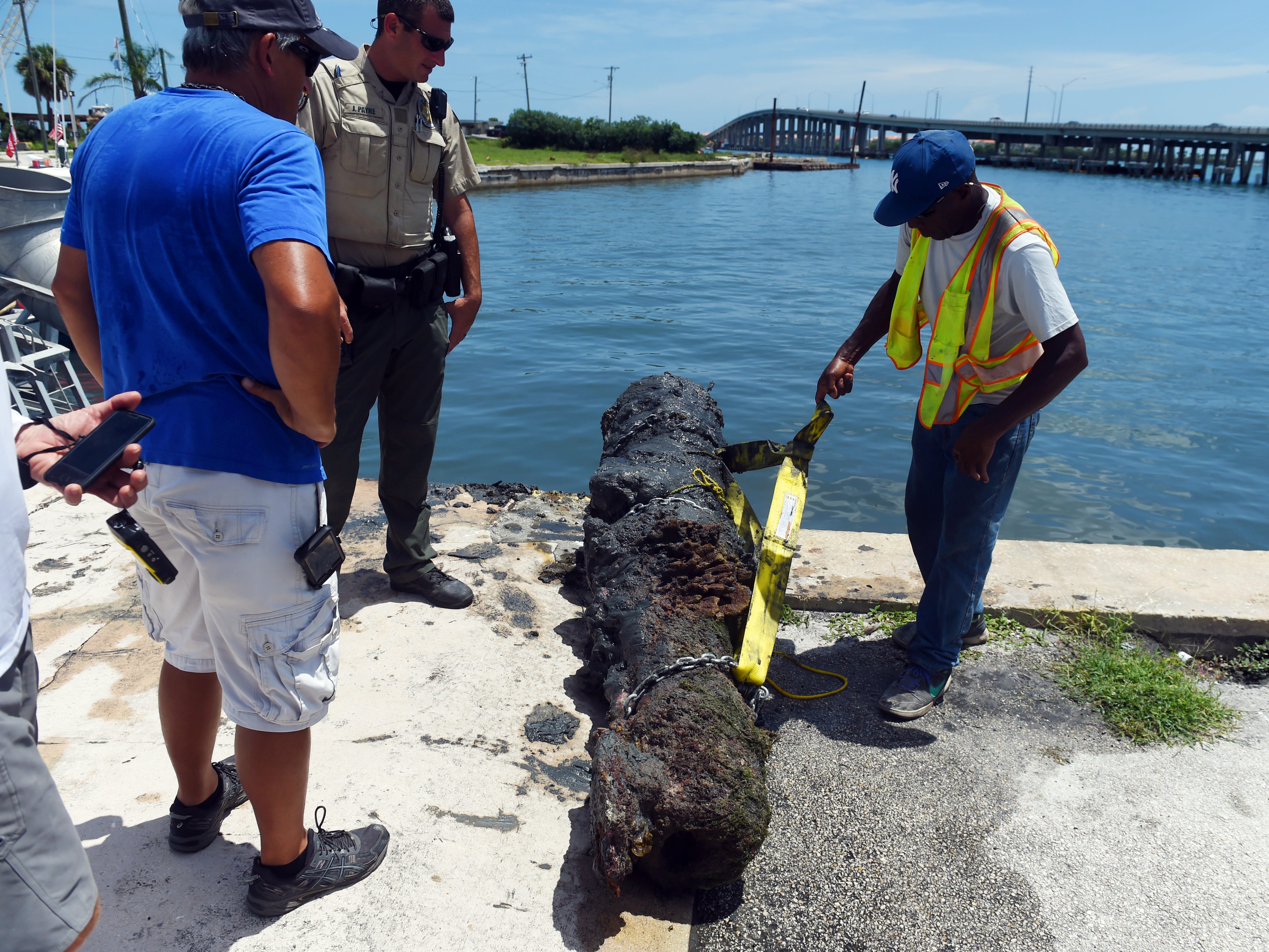 7 of 8
7 of 8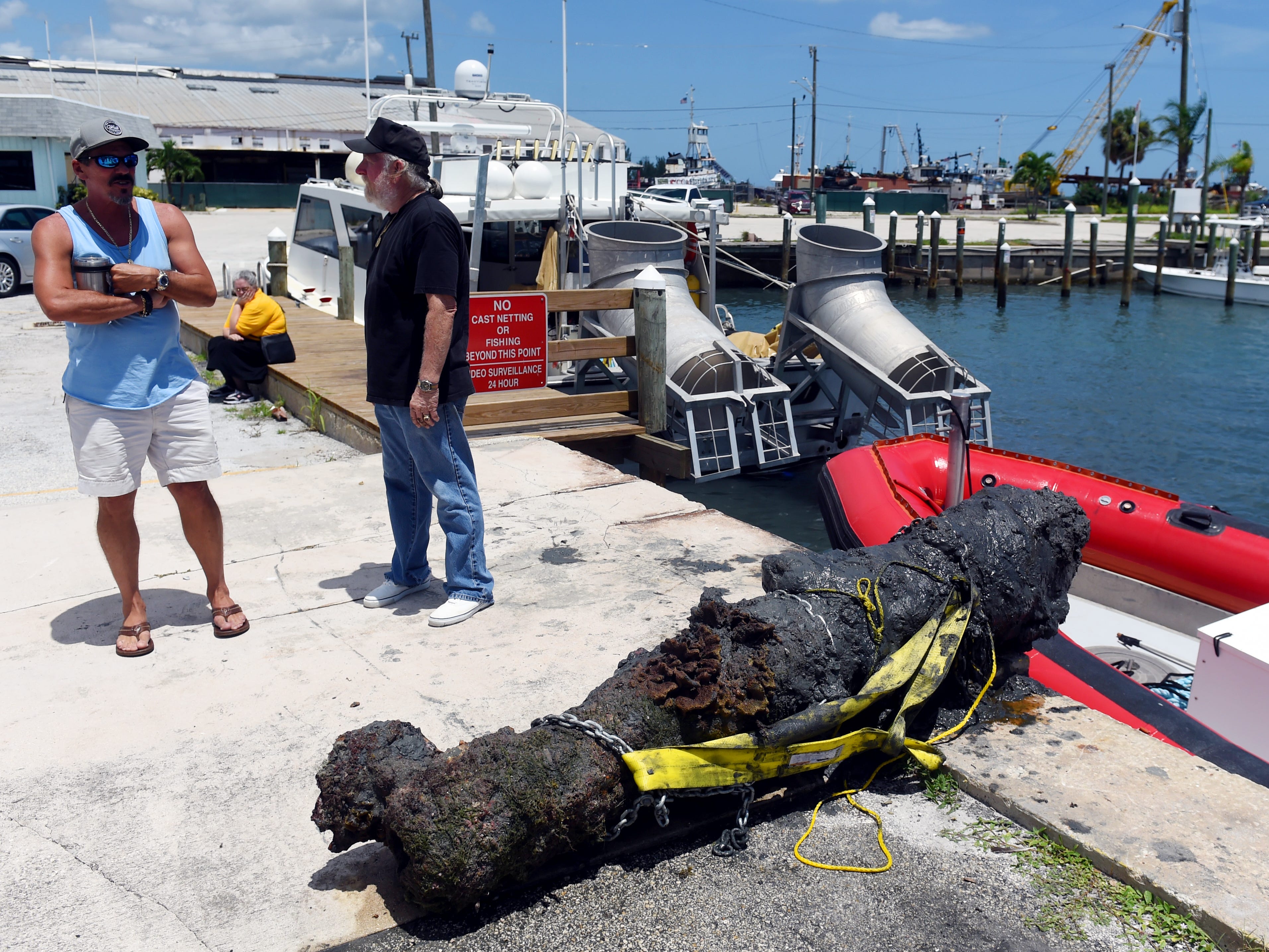 8 of 8
8 of 8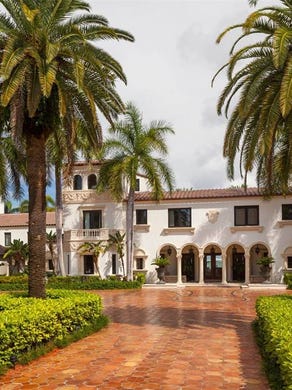
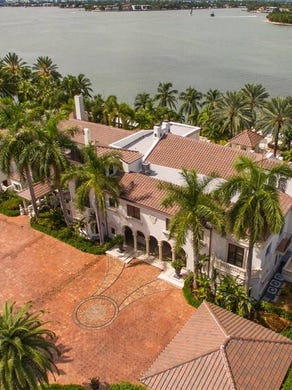
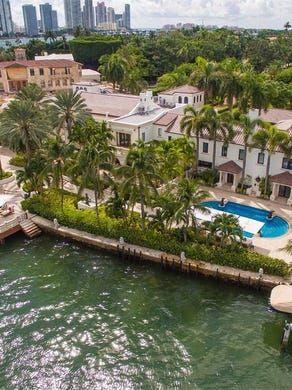
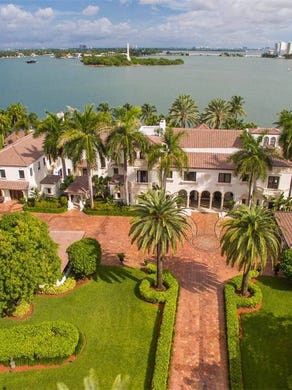

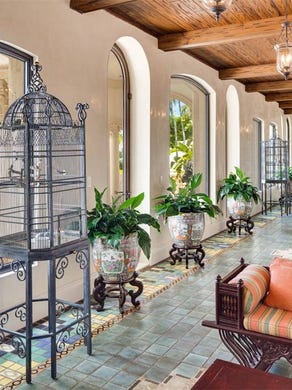
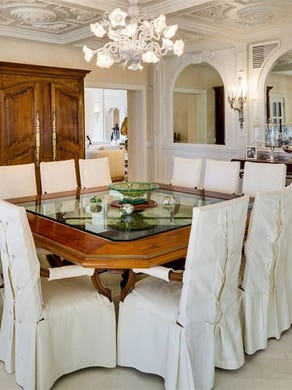
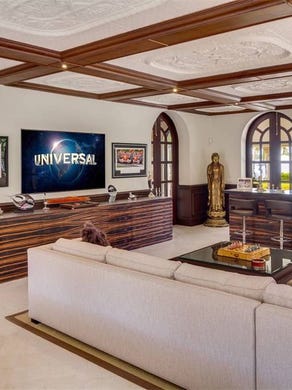





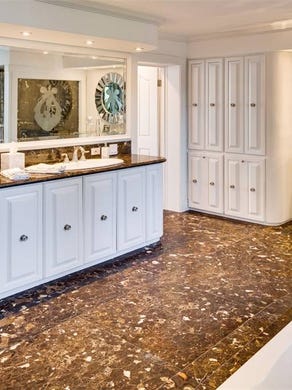


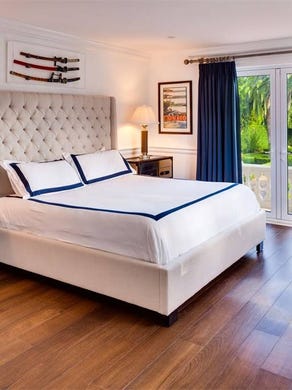
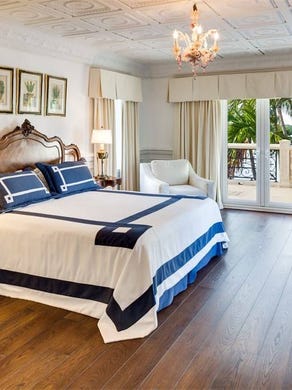

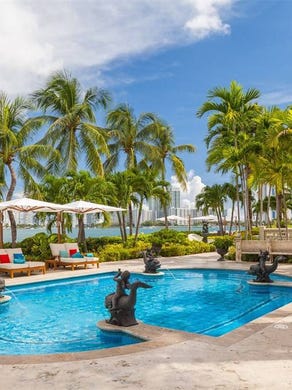
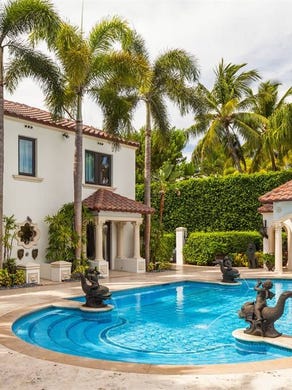
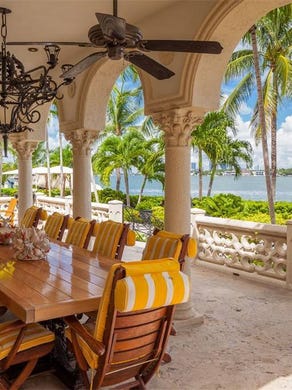
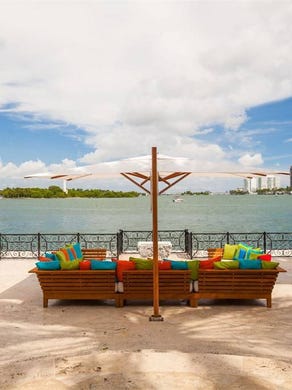
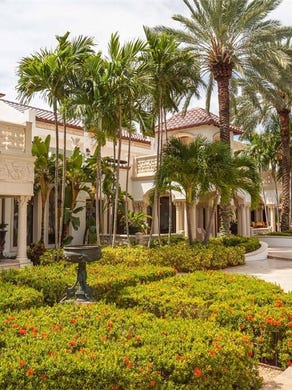
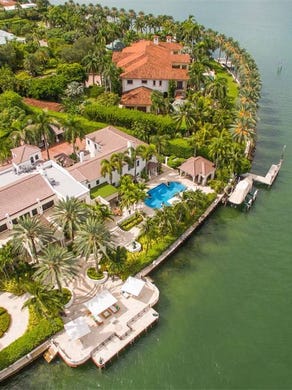
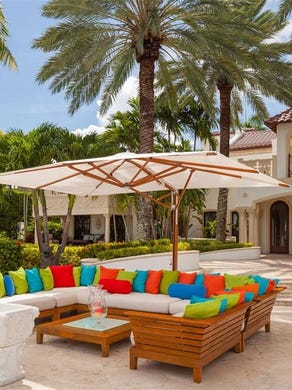
 1 of 26
1 of 26 2 of 26
2 of 26 3 of 26
3 of 26 4 of 26
4 of 26 5 of 26
5 of 26 6 of 26
6 of 26 7 of 26
7 of 26 8 of 26
8 of 26 9 of 26
9 of 26 10 of 26
10 of 26 11 of 26
11 of 26 12 of 26
12 of 26 13 of 26
13 of 26 14 of 26
14 of 26 15 of 26
15 of 26 16 of 26
16 of 26 17 of 26
17 of 26 18 of 26
18 of 26 19 of 26
19 of 26 20 of 26
20 of 26 21 of 26
21 of 26 22 of 26
22 of 26 23 of 26
23 of 26 24 of 26
24 of 26 25 of 26
25 of 26 26 of 26
26 of 26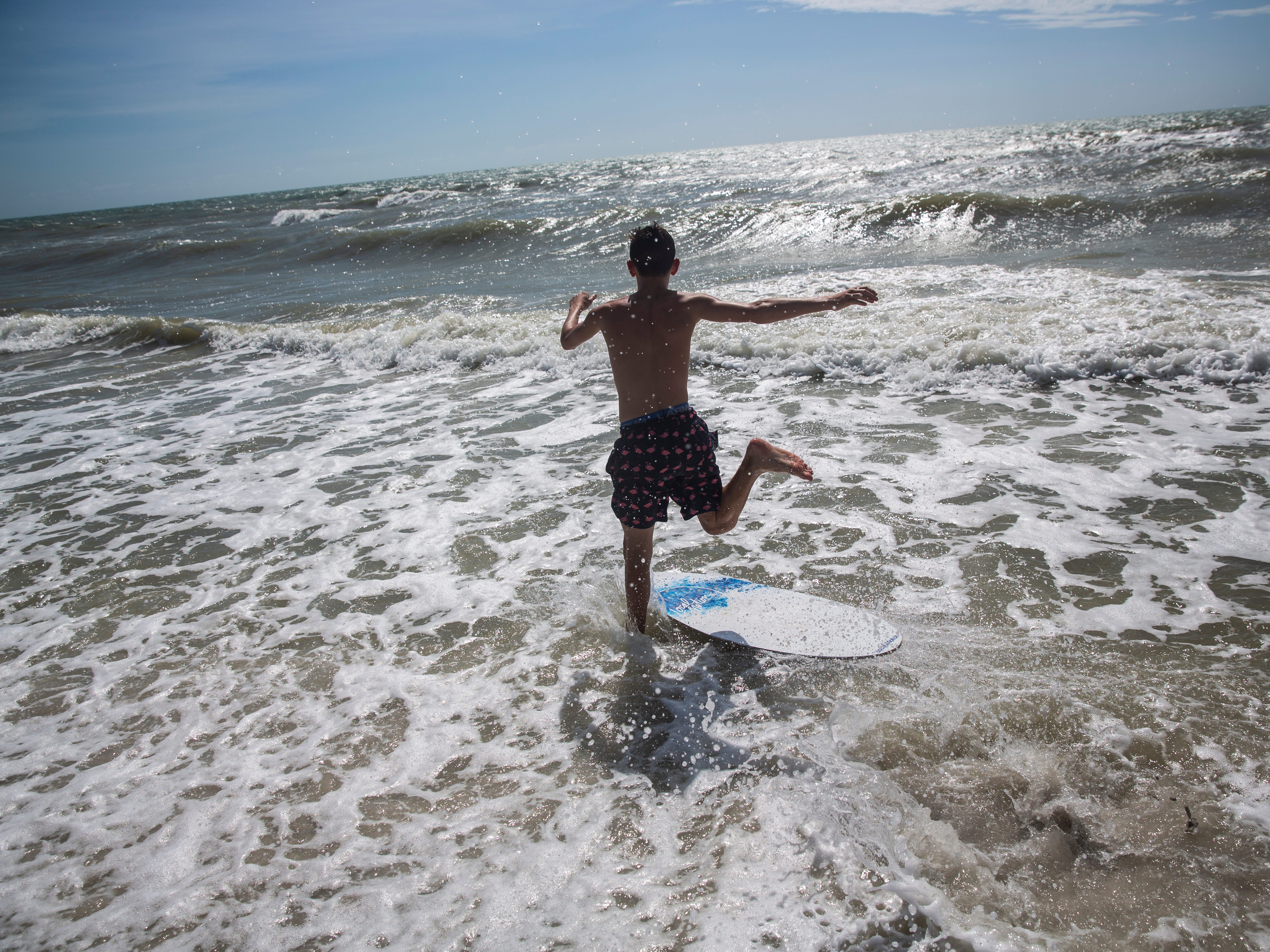 1 of 8
1 of 8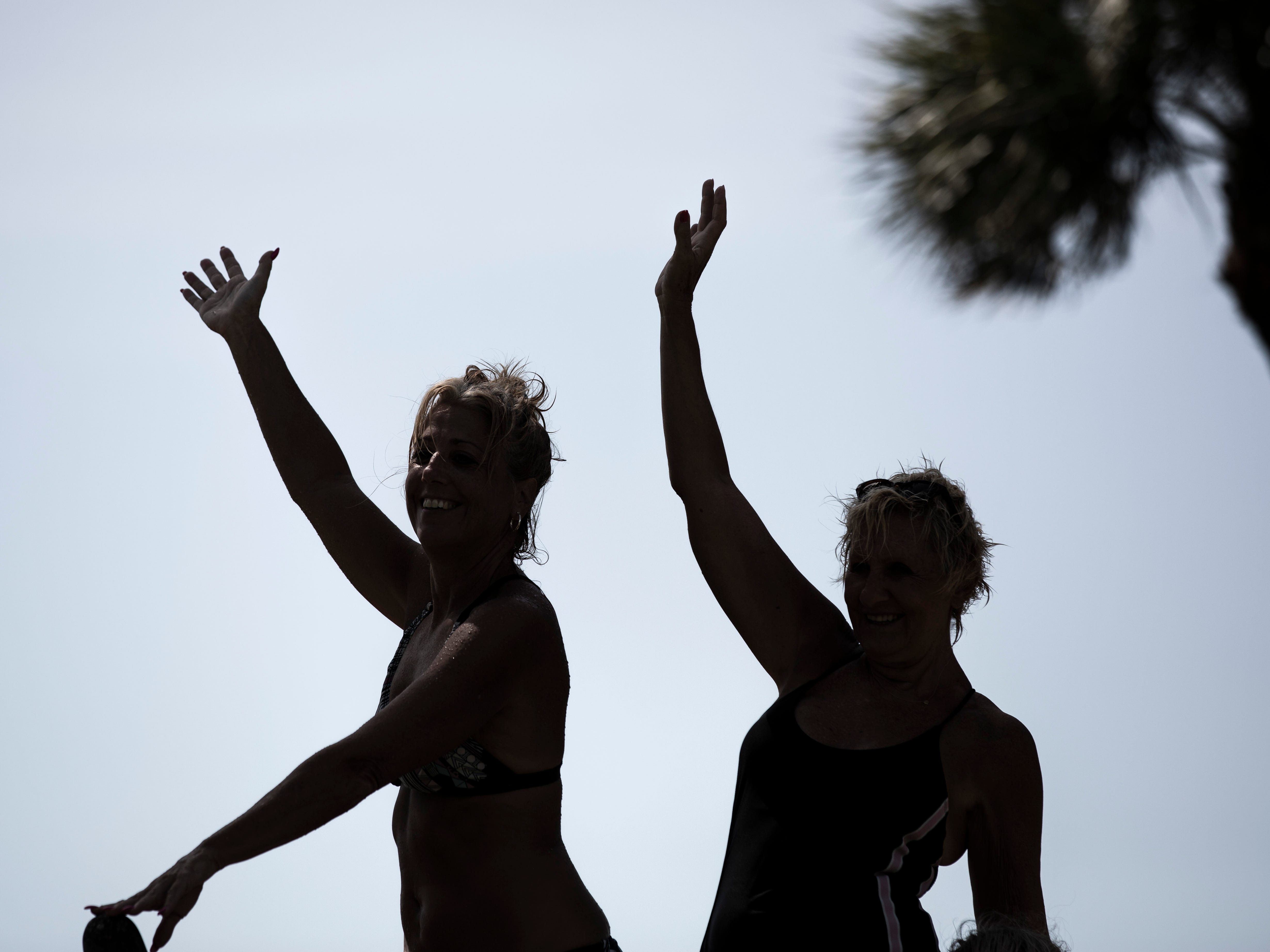 2 of 8
2 of 8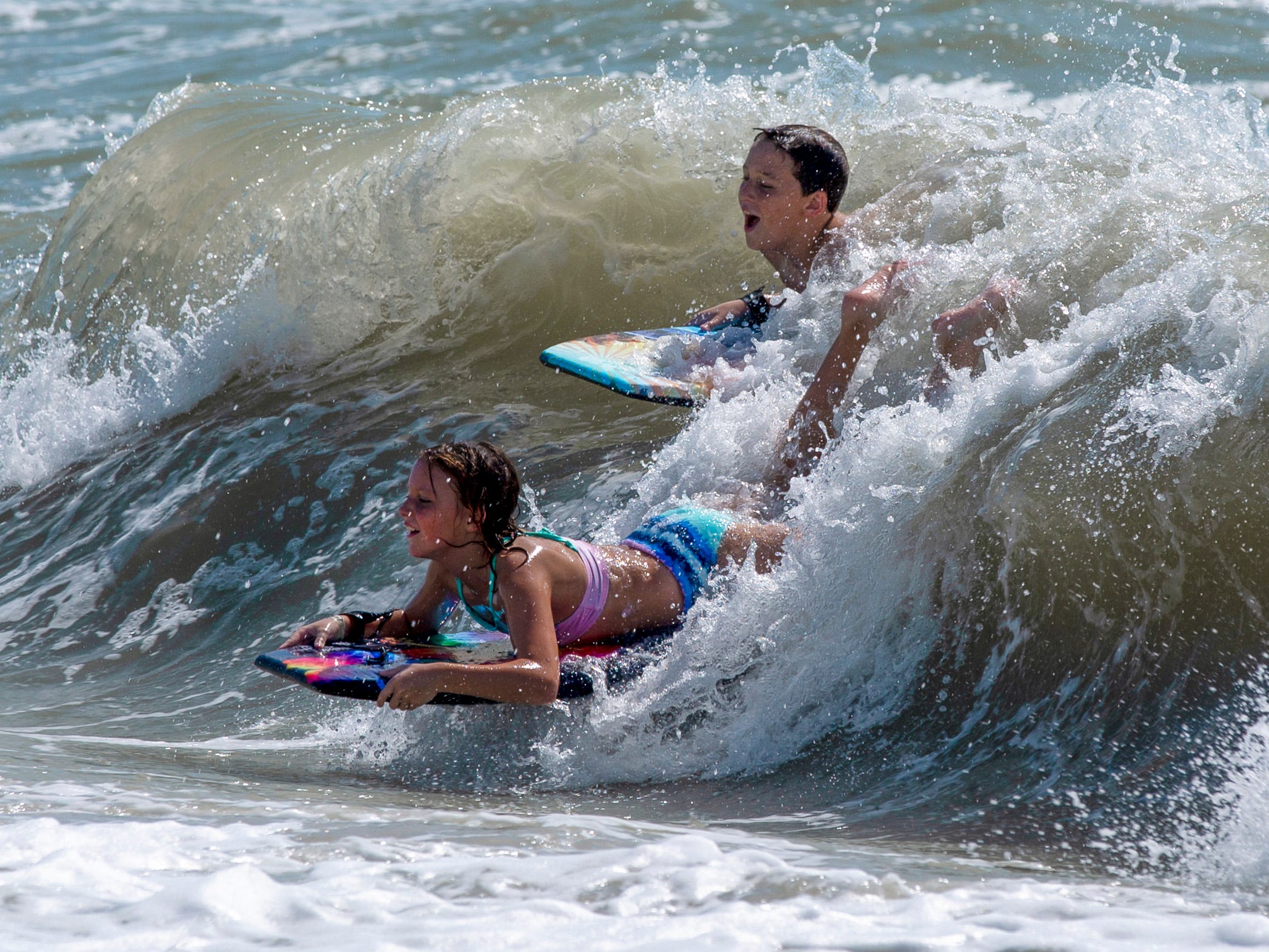 3 of 8
3 of 8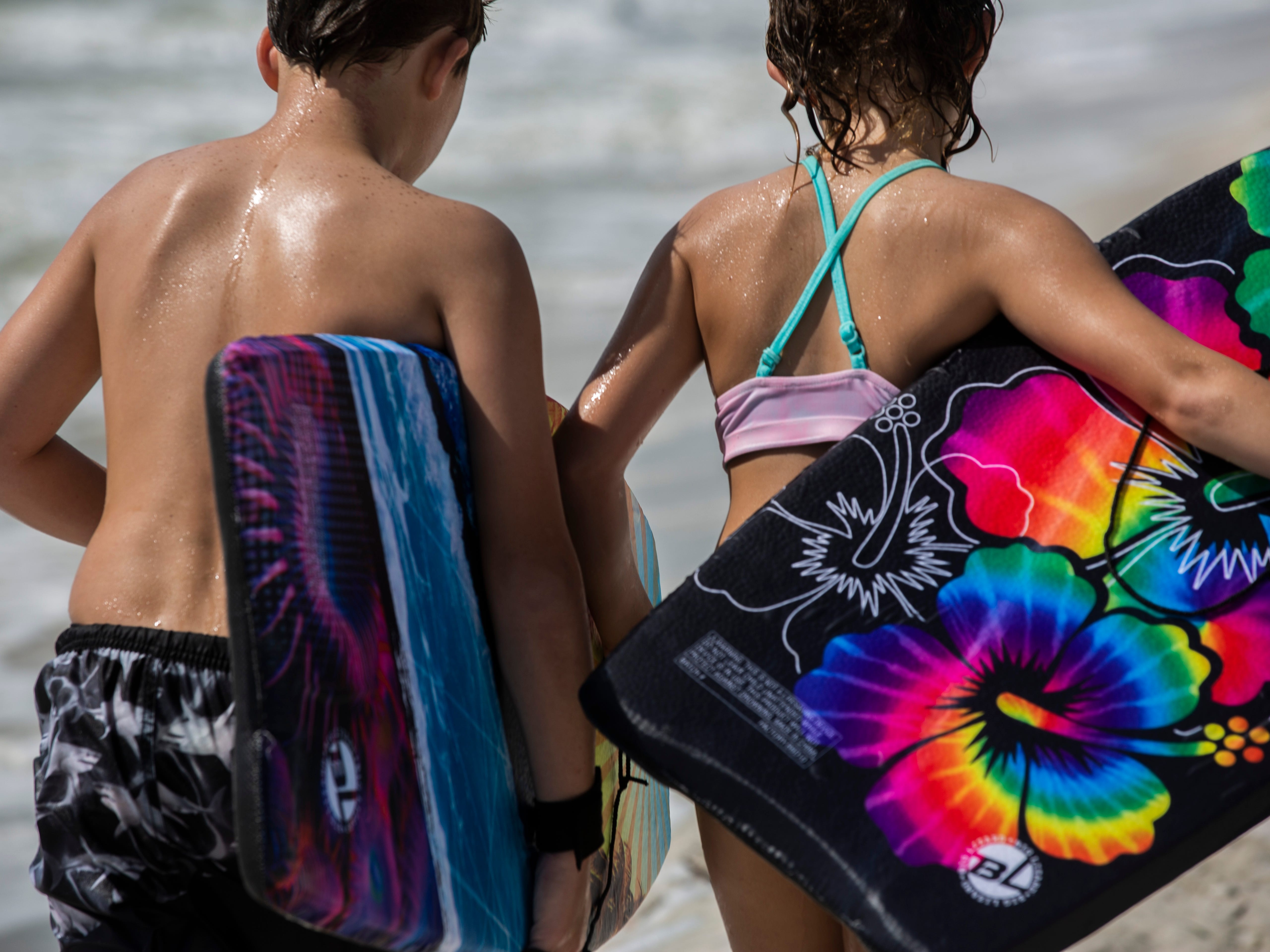 4 of 8
4 of 8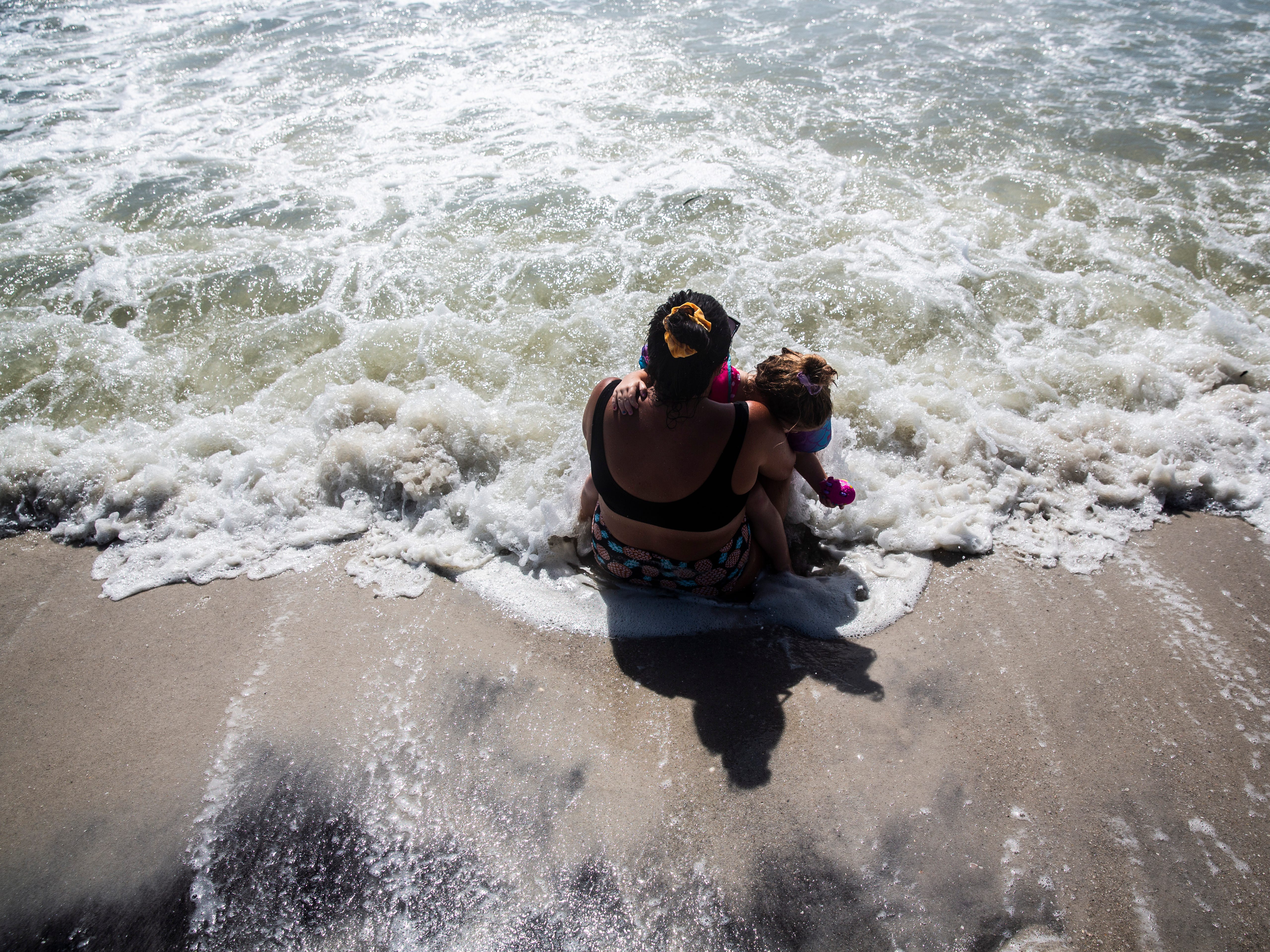 5 of 8
5 of 8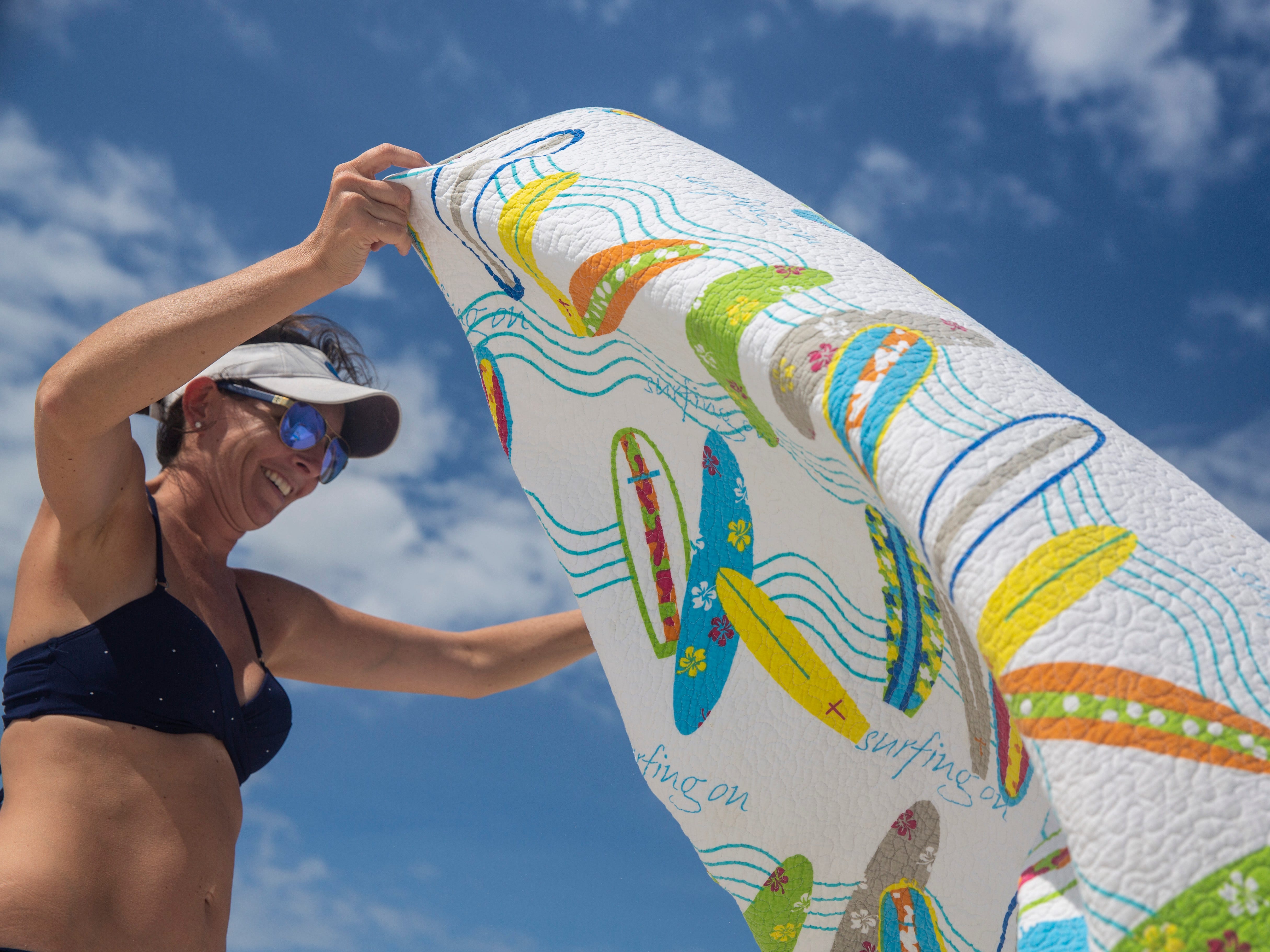 6 of 8
6 of 8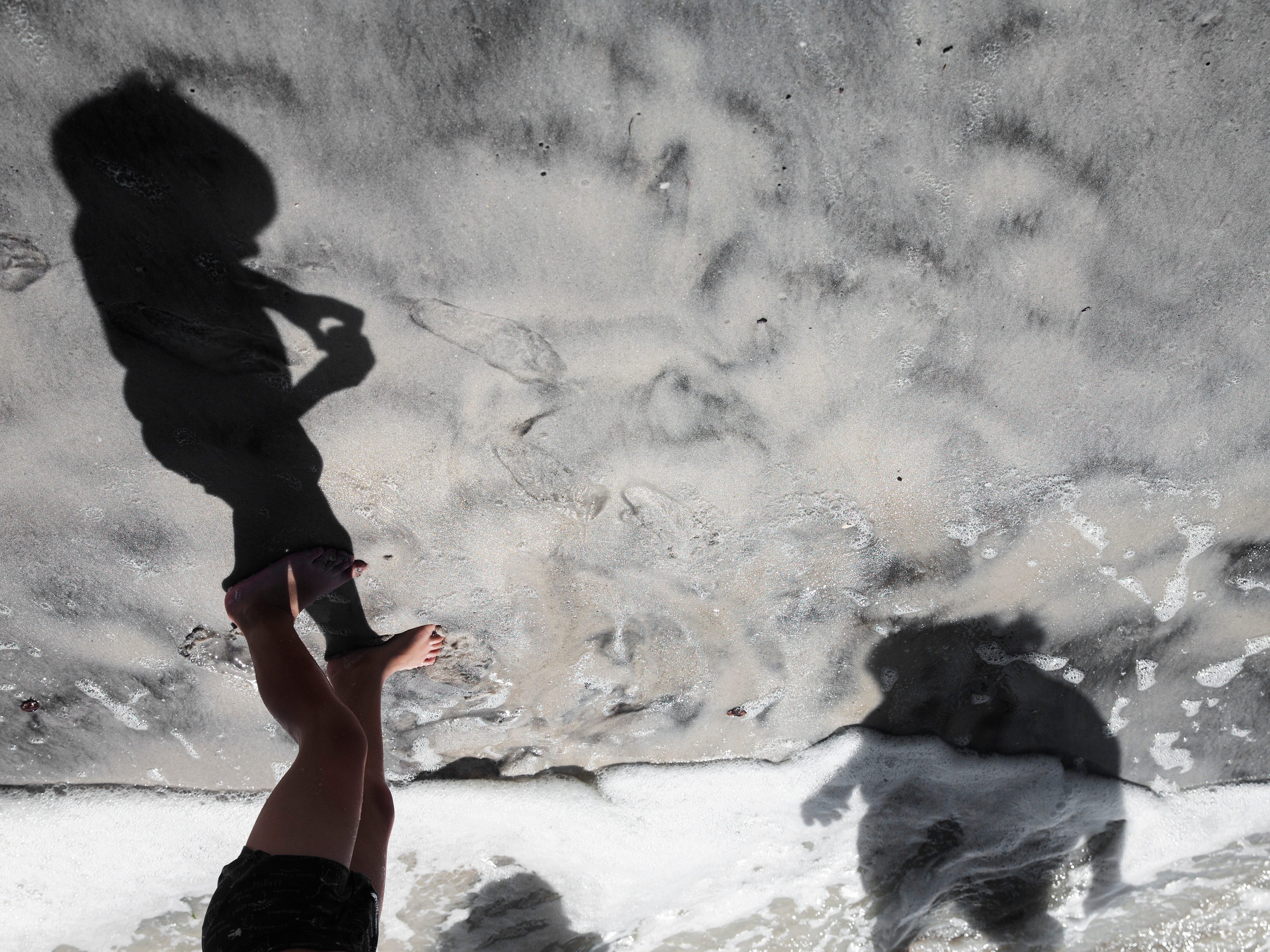 7 of 8
7 of 8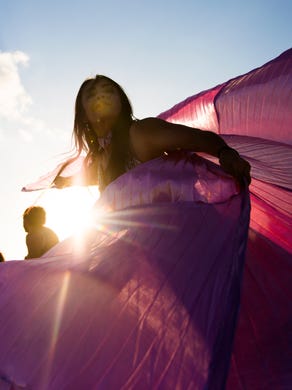
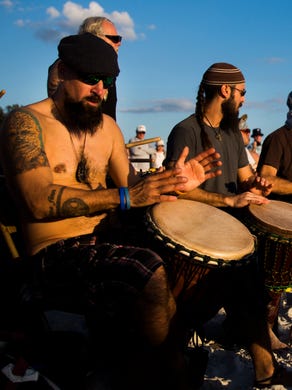
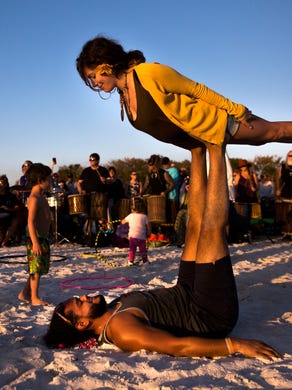

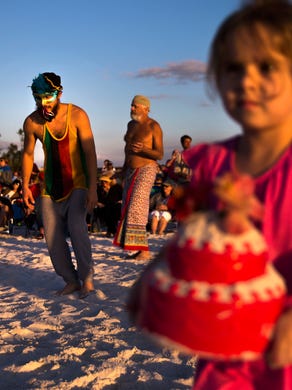
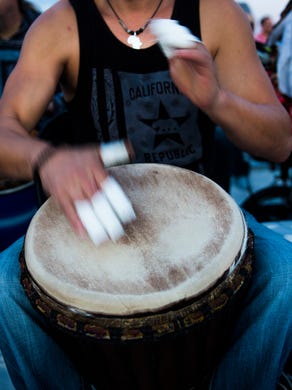
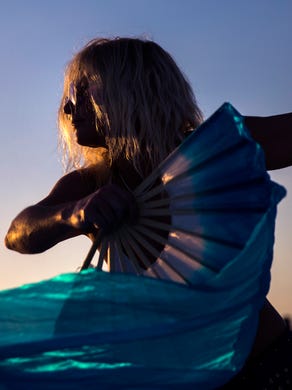
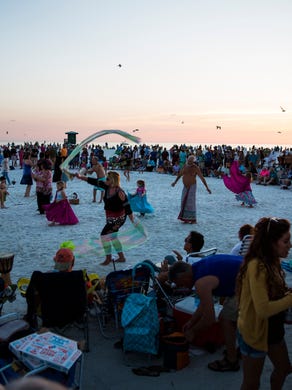
 1 of 8
1 of 8 2 of 8
2 of 8 3 of 8
3 of 8 4 of 8
4 of 8 5 of 8
5 of 8 6 of 8
6 of 8 7 of 8
7 of 8 8 of 8
8 of 8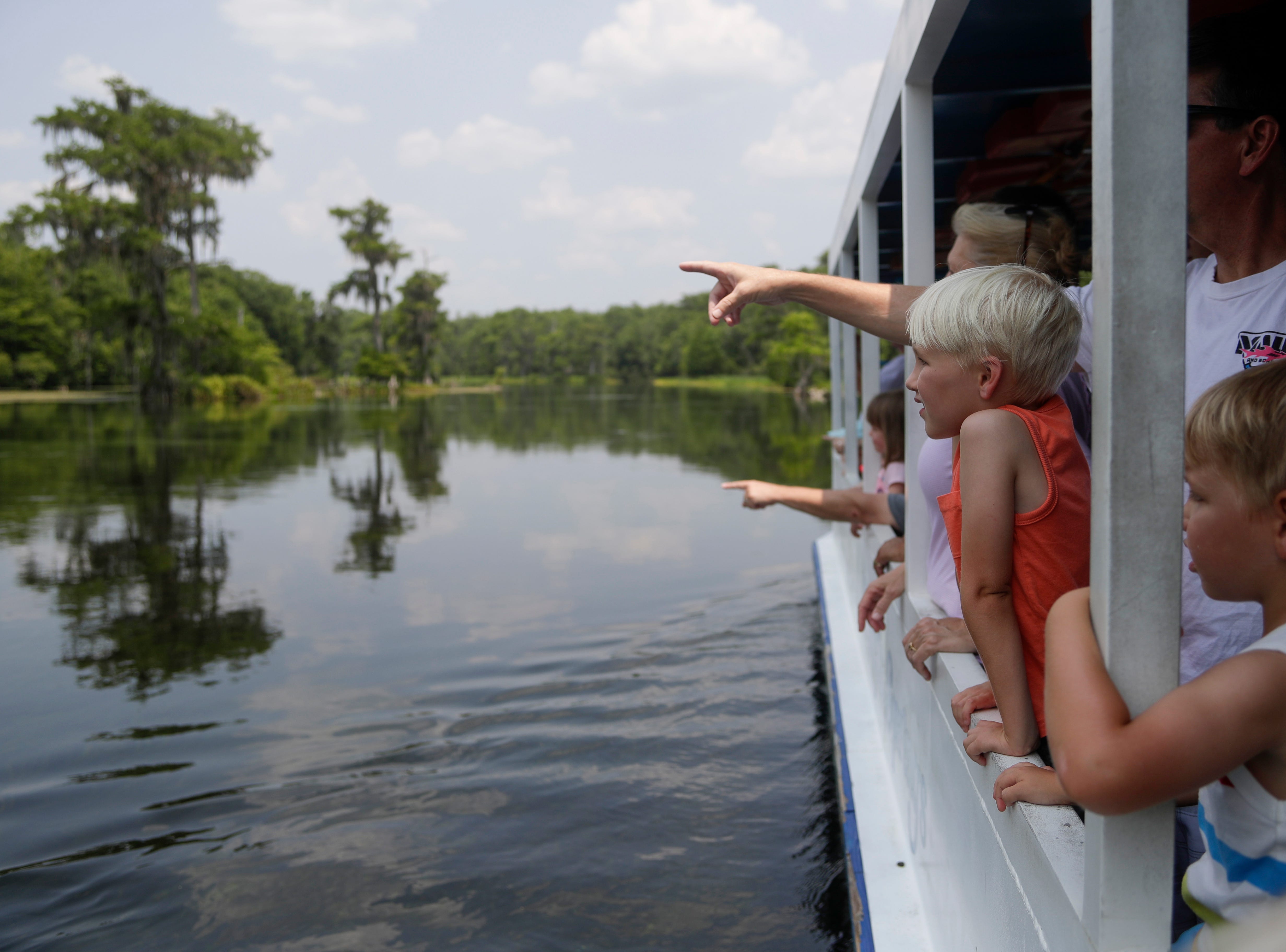 1 of 40
1 of 40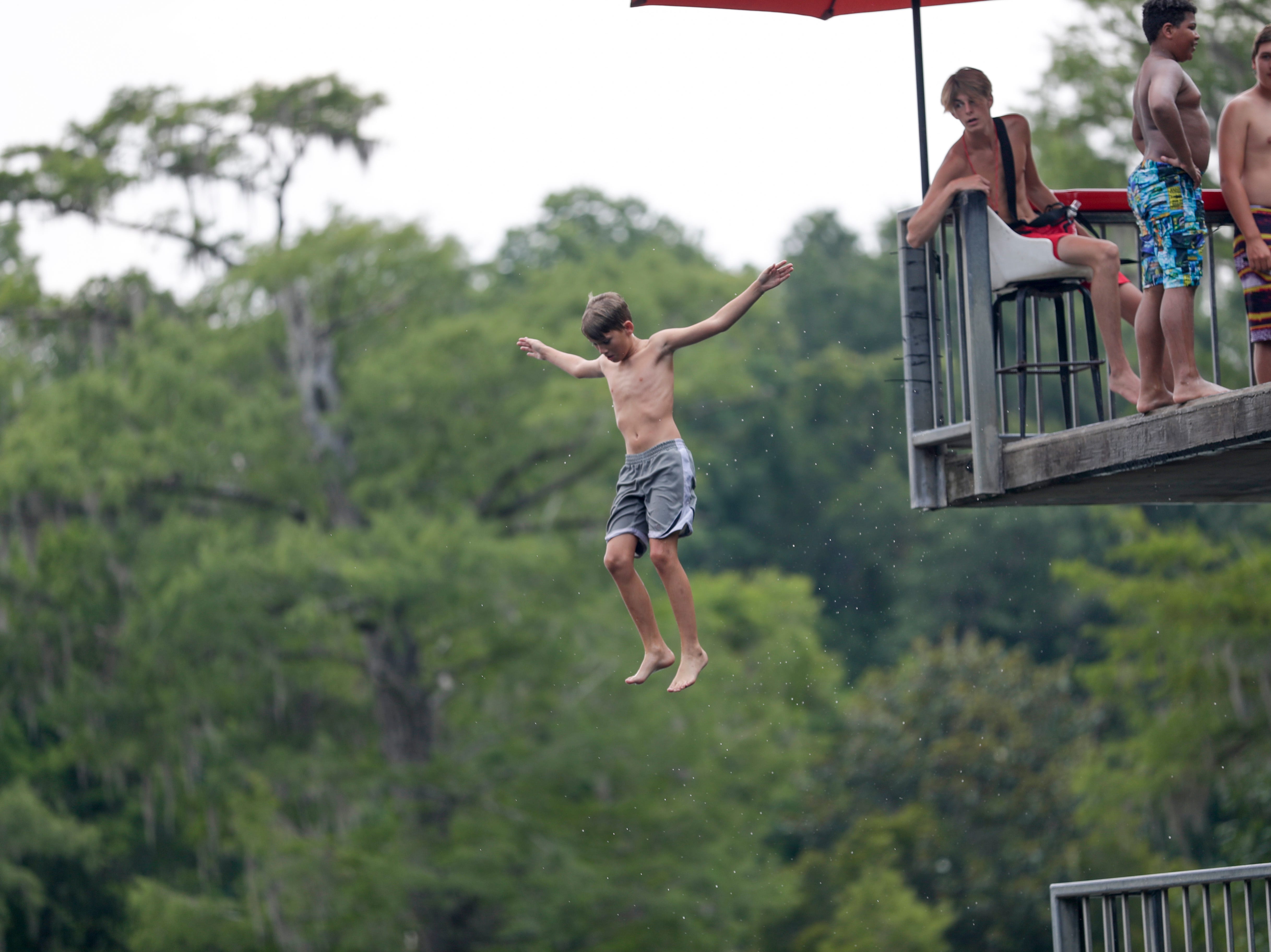 2 of 40
2 of 40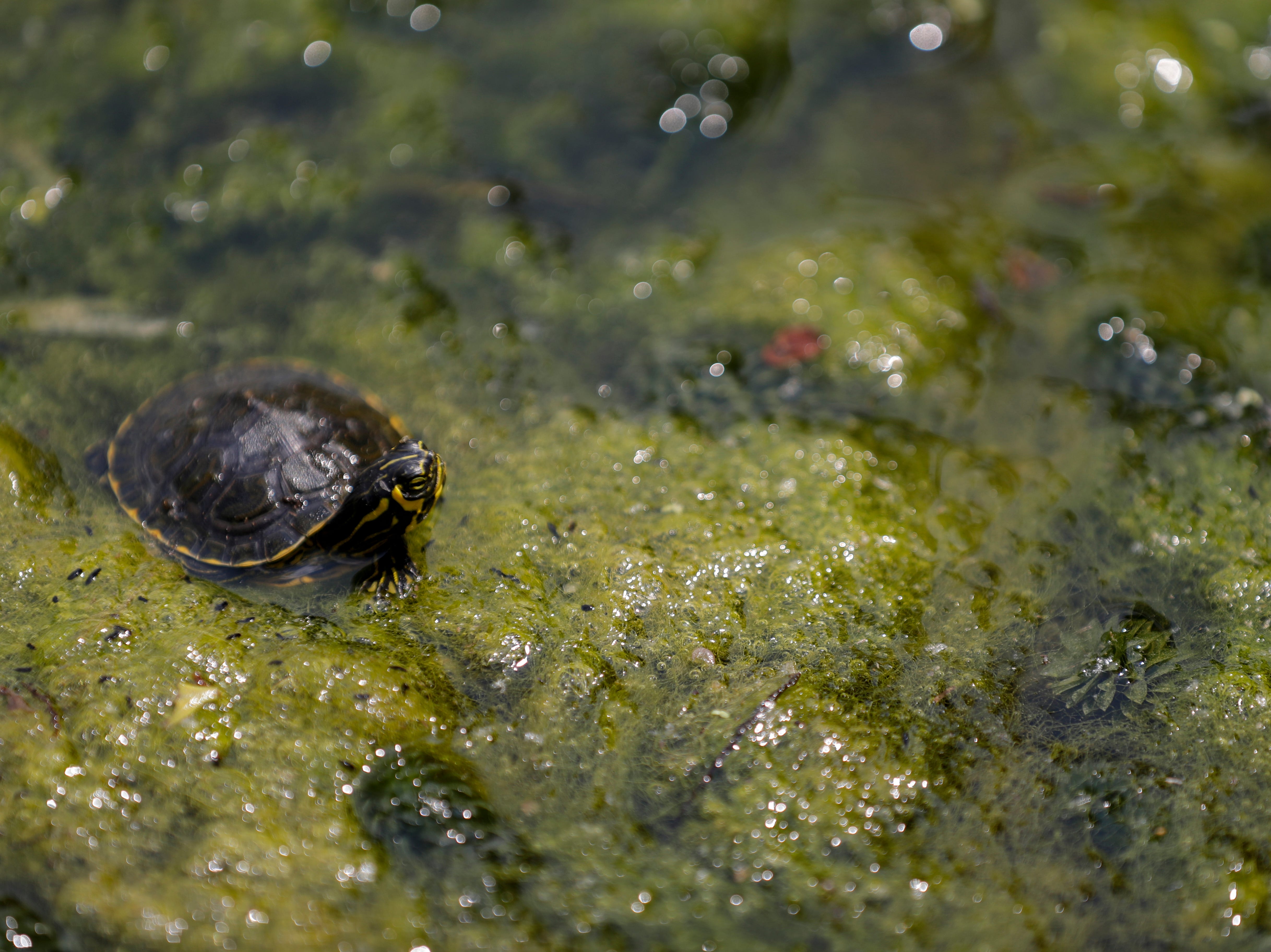 3 of 40
3 of 40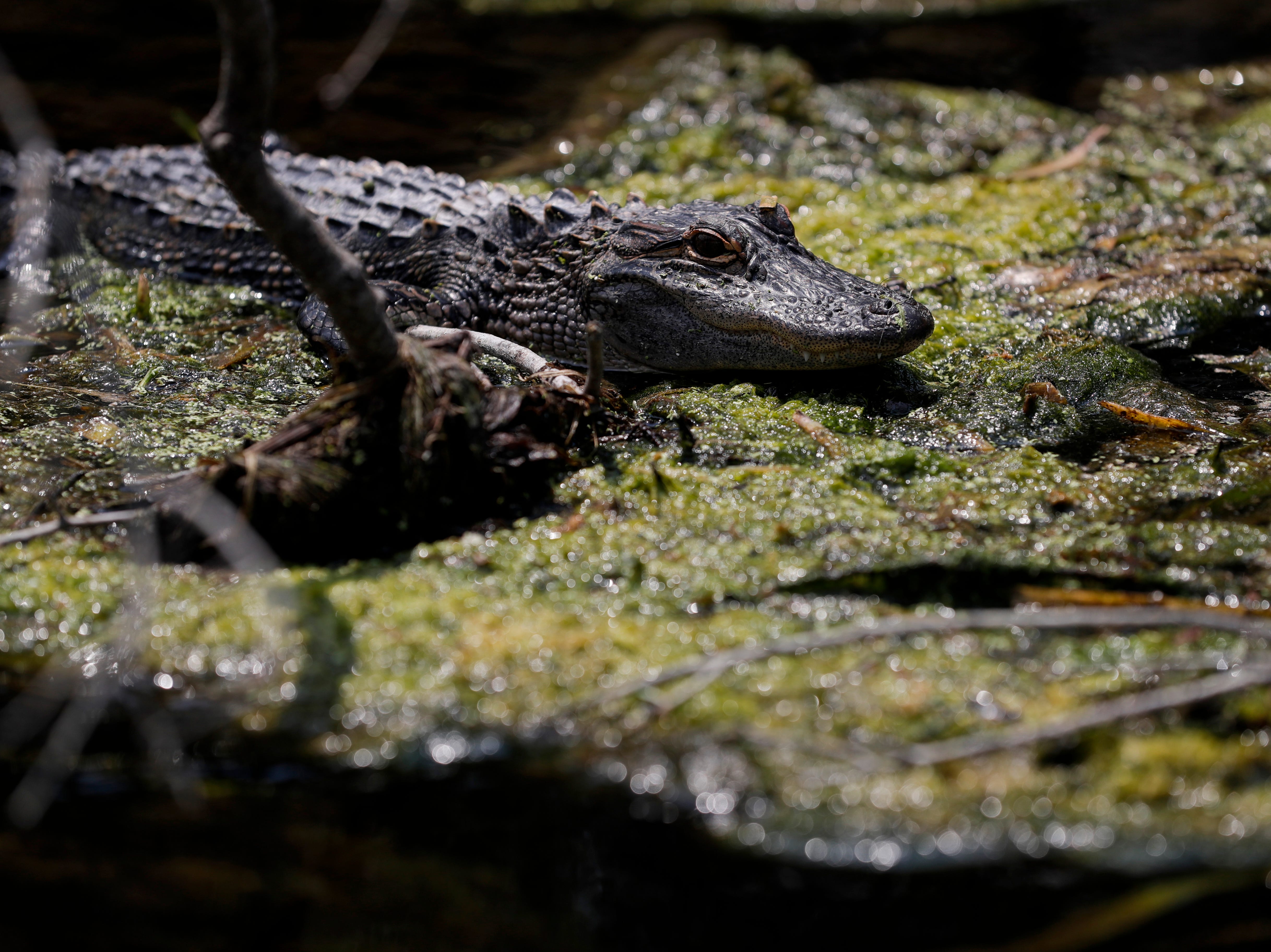 4 of 40
4 of 40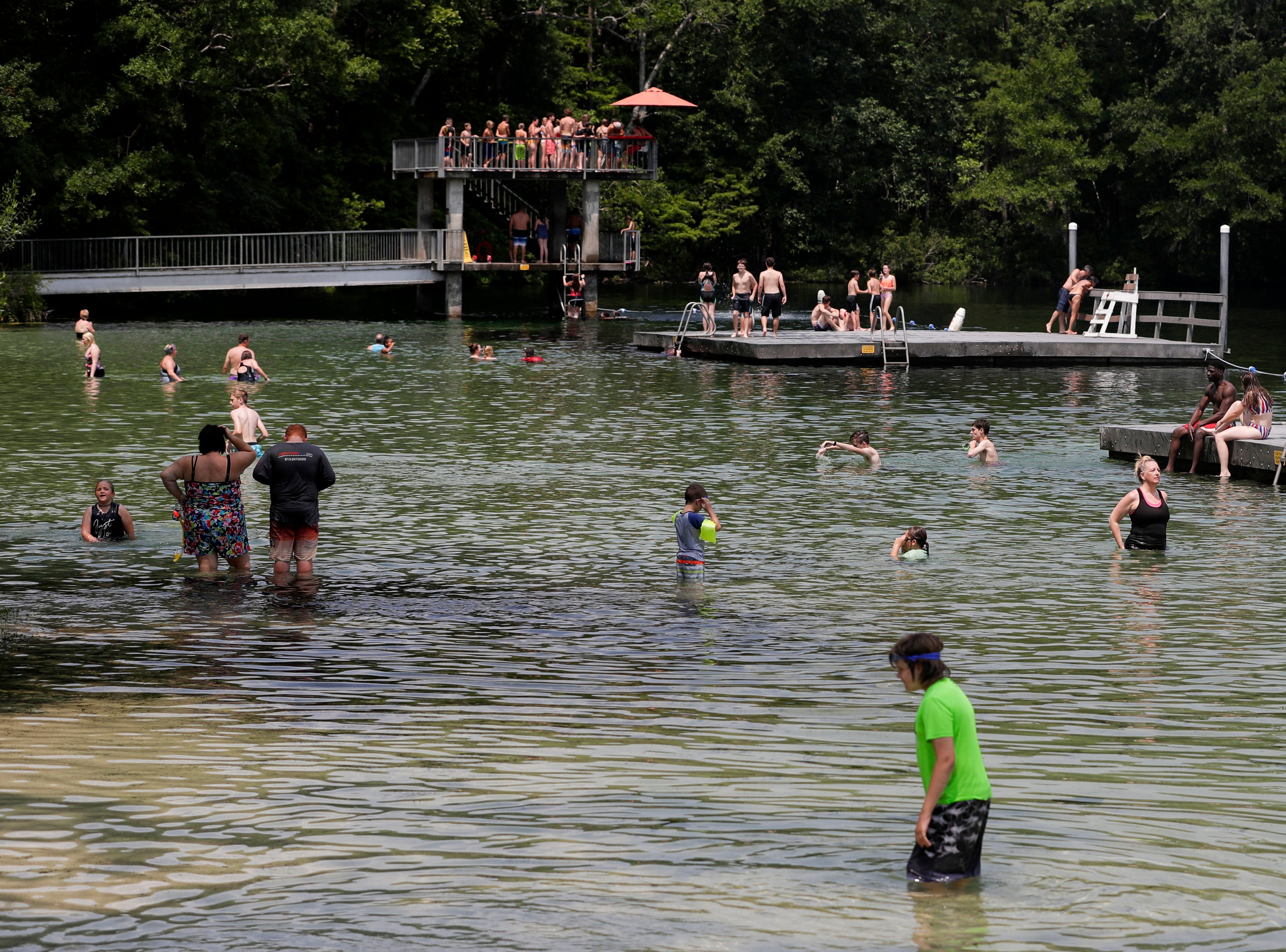 5 of 40
5 of 40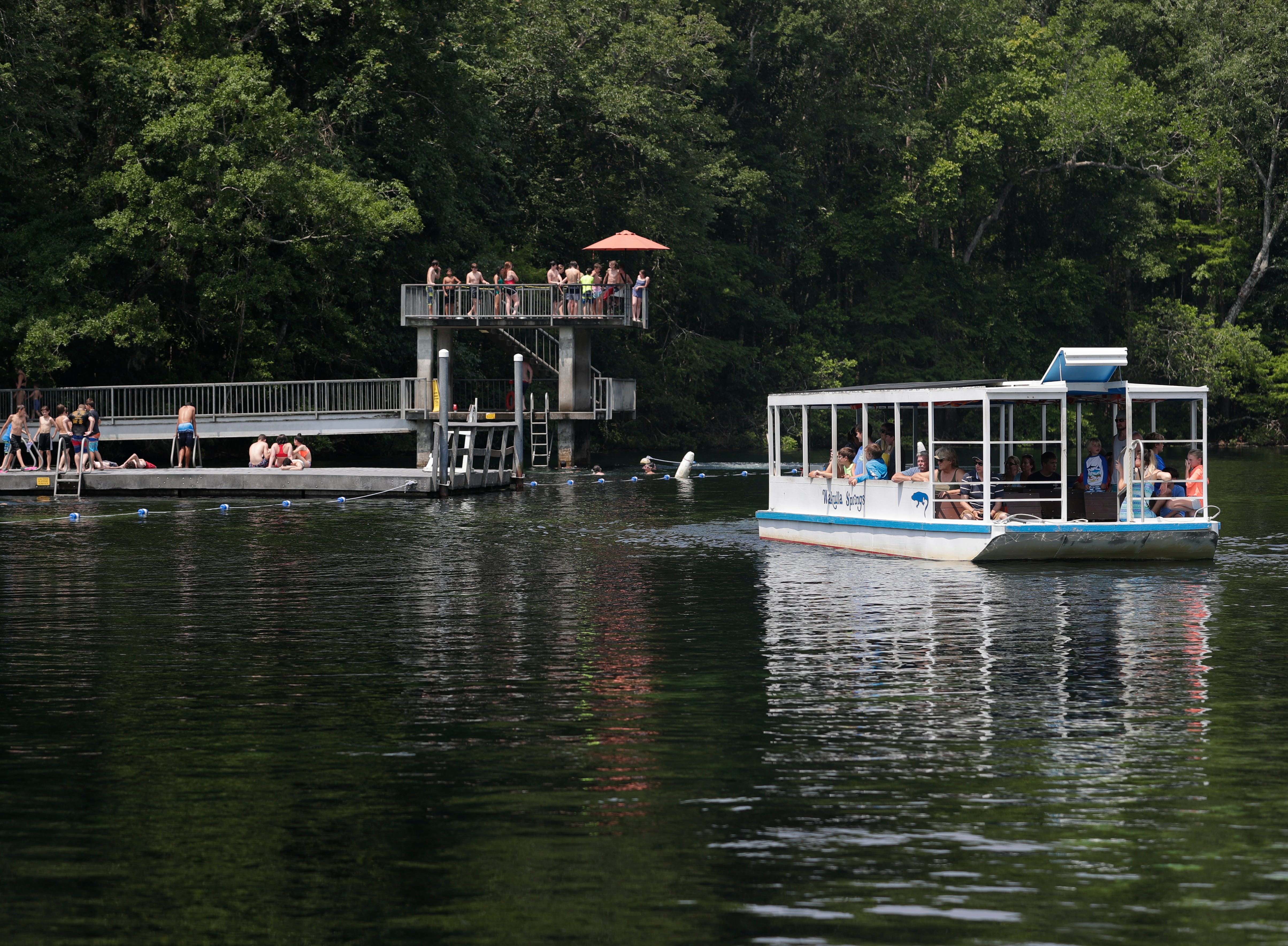 6 of 40
6 of 40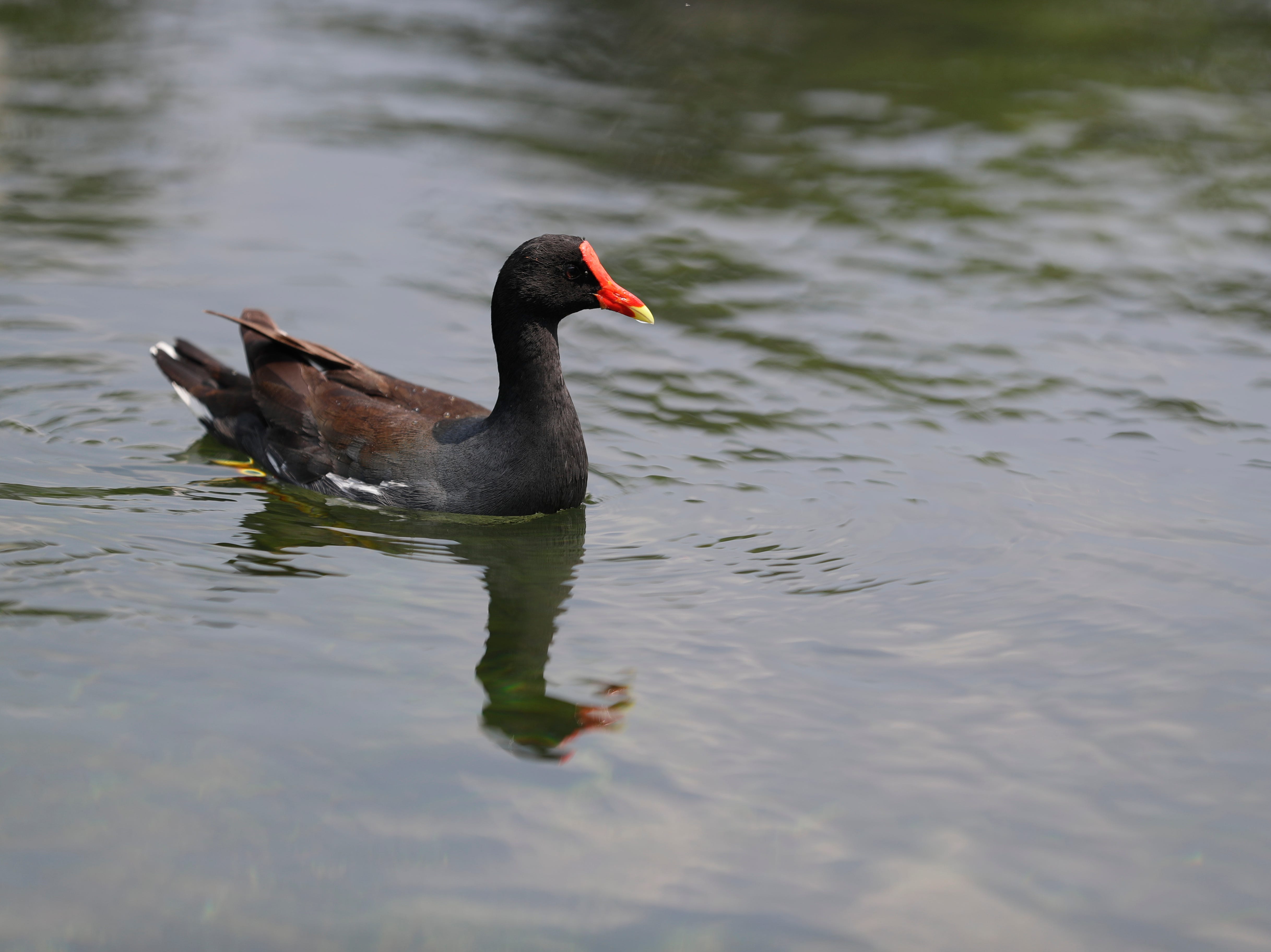 7 of 40
7 of 40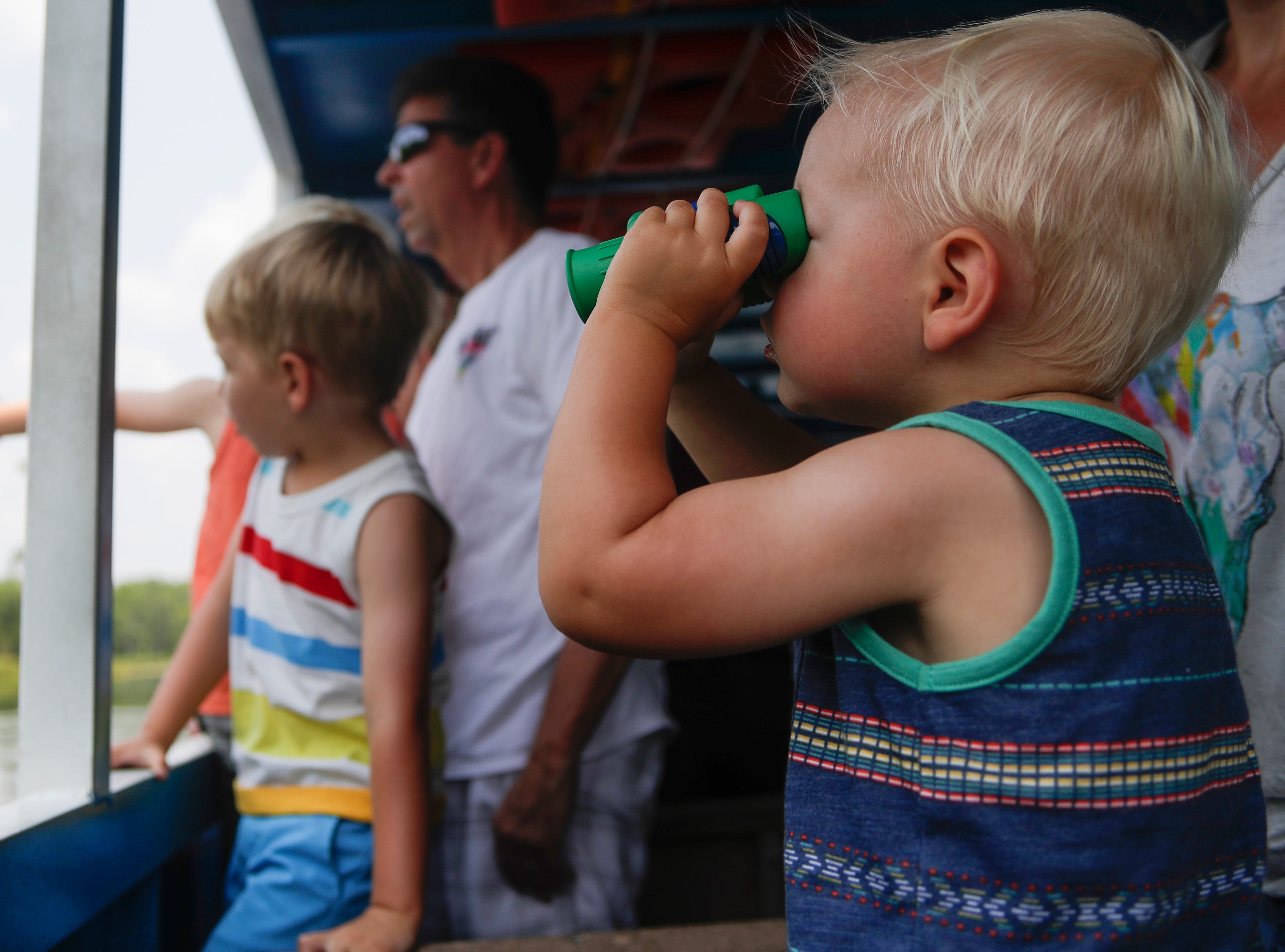 8 of 40
8 of 40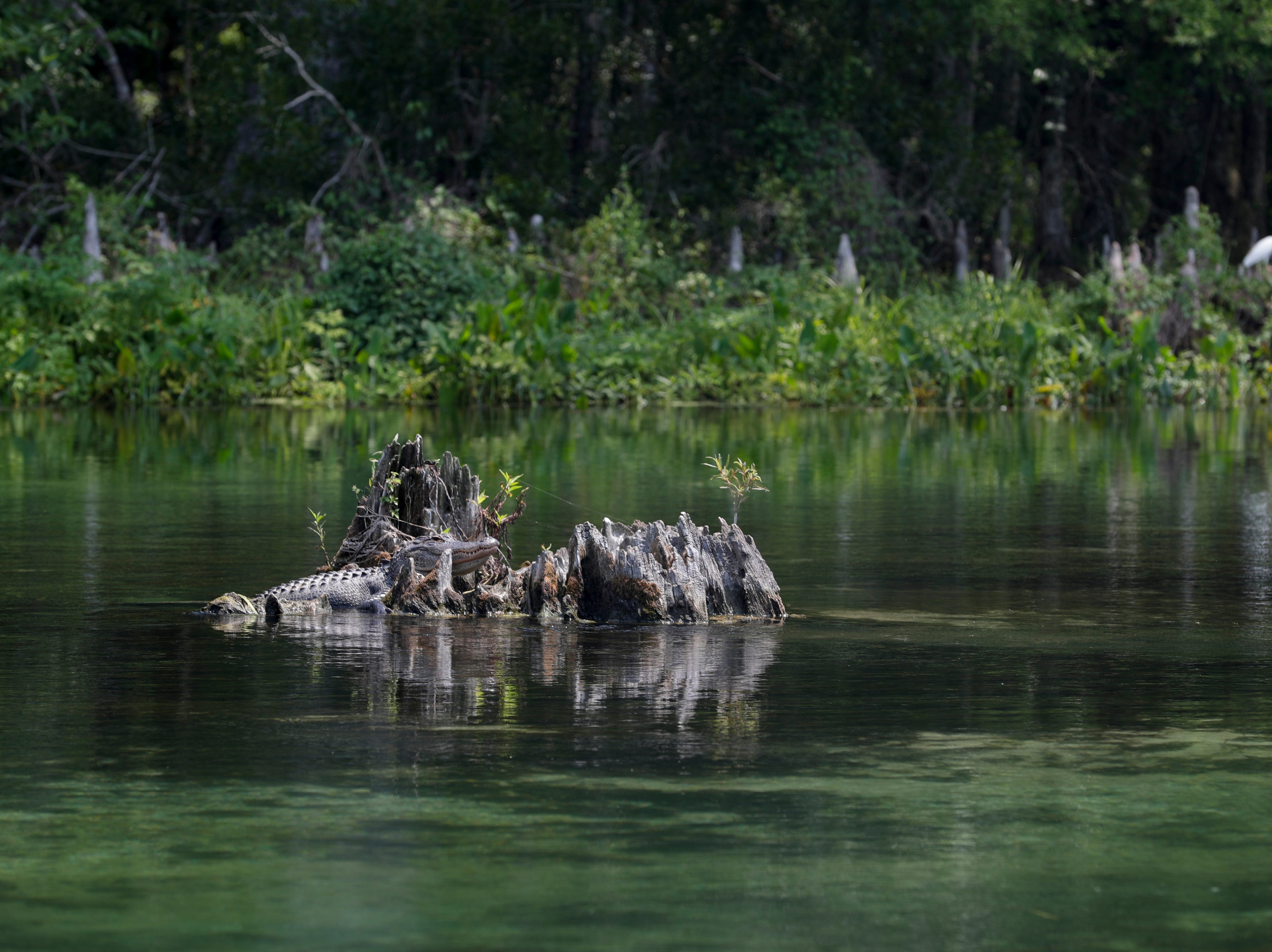 9 of 40
9 of 40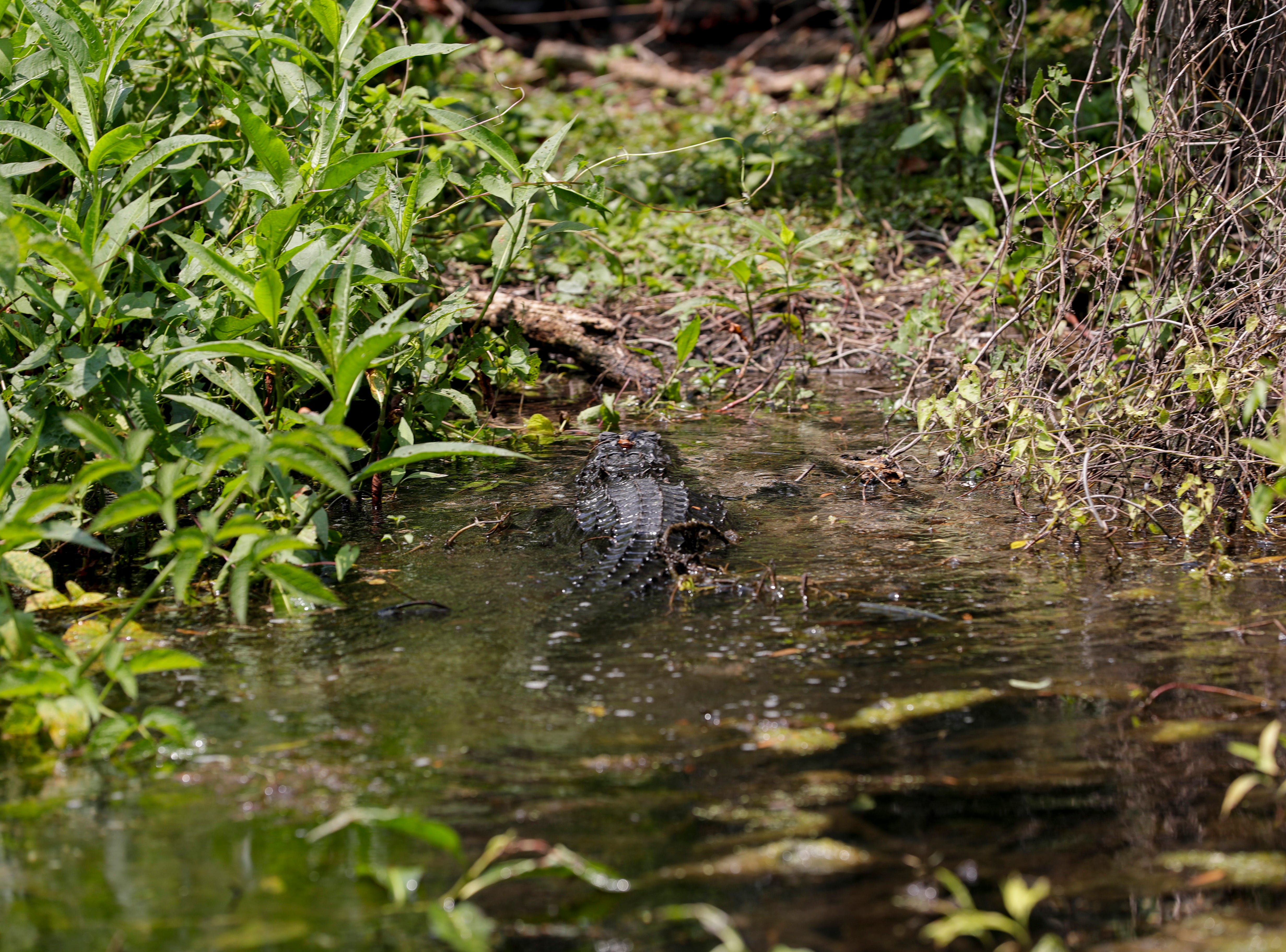 10 of 40
10 of 40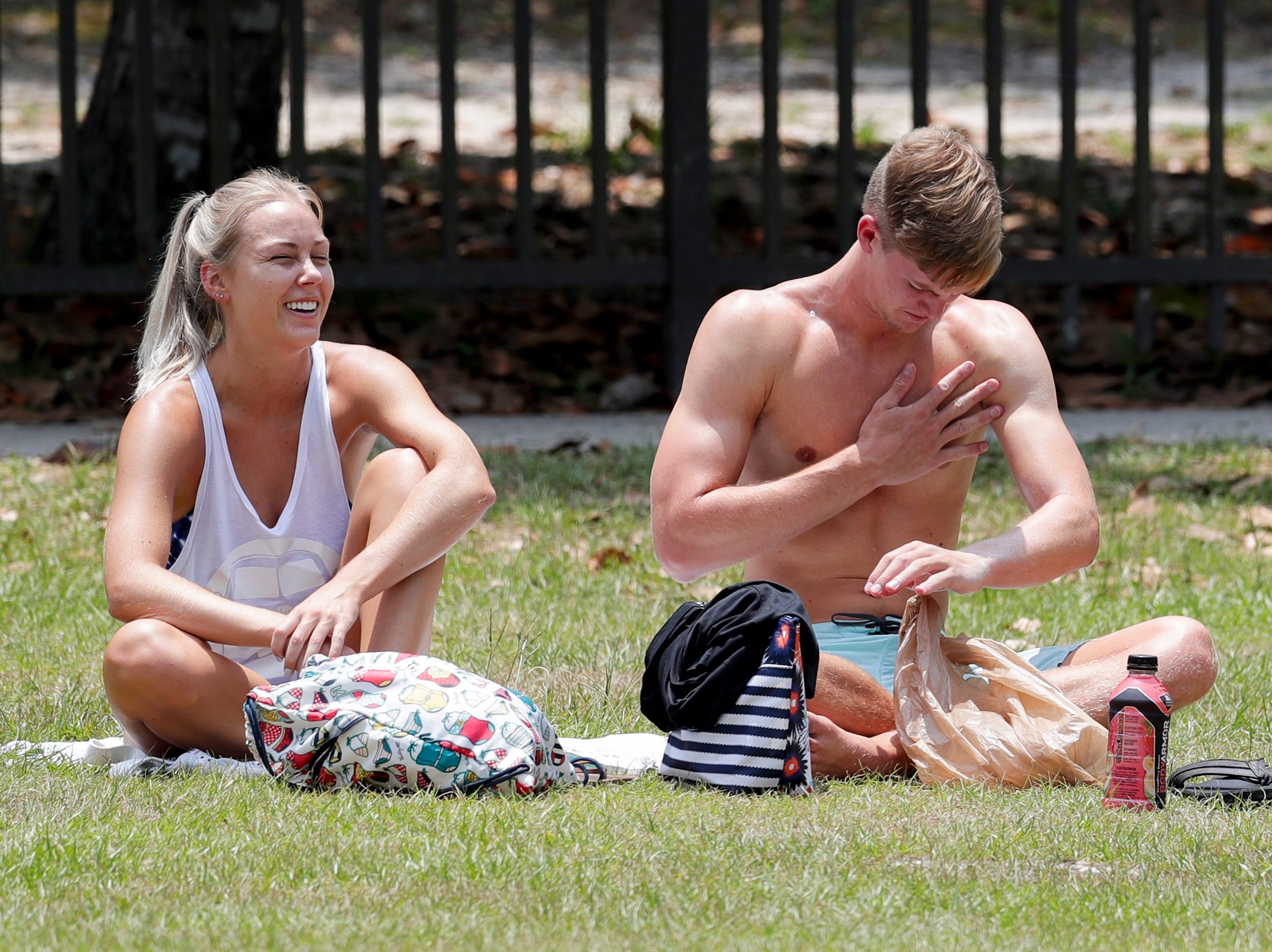 11 of 40
11 of 40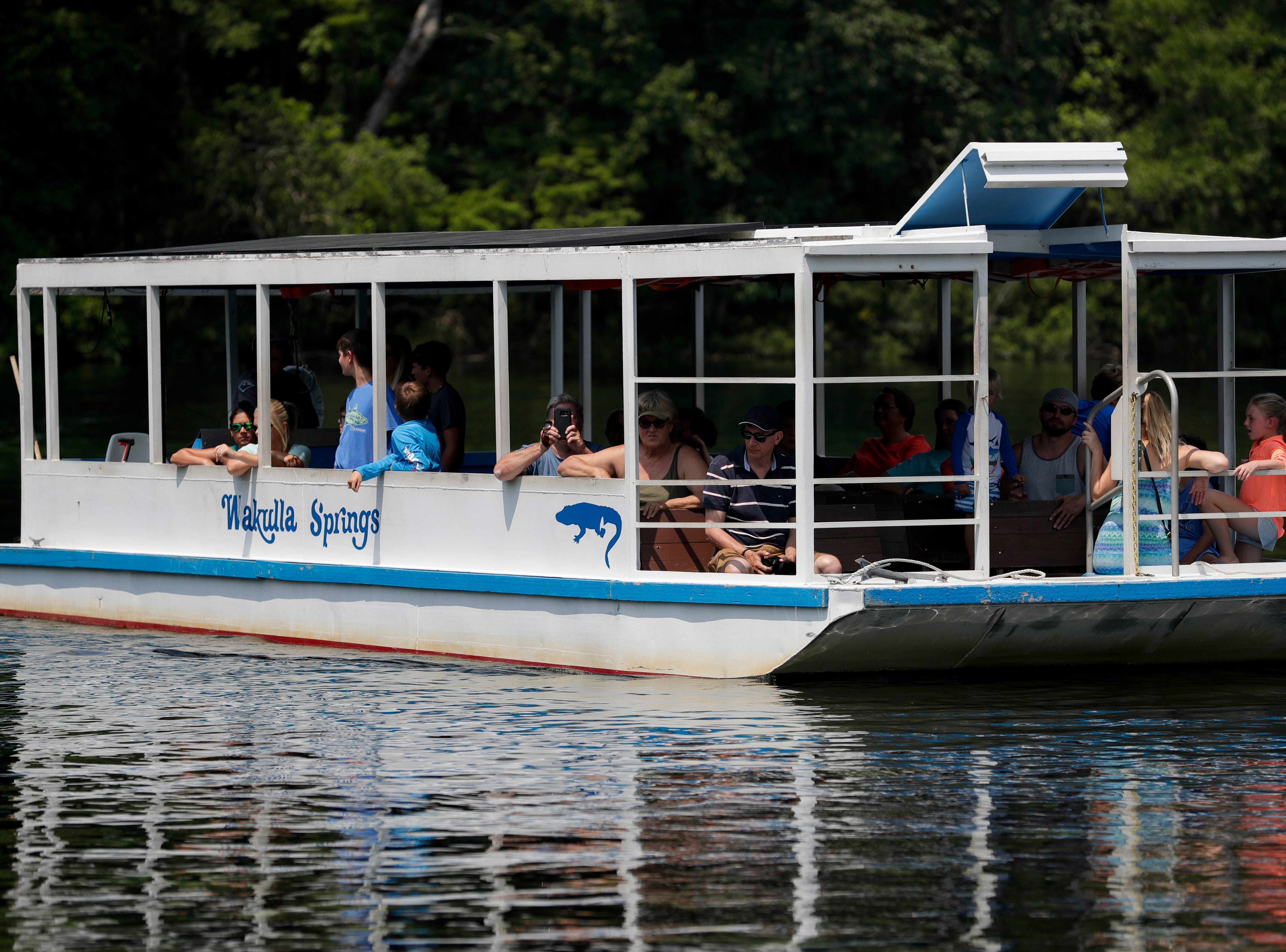 12 of 40
12 of 40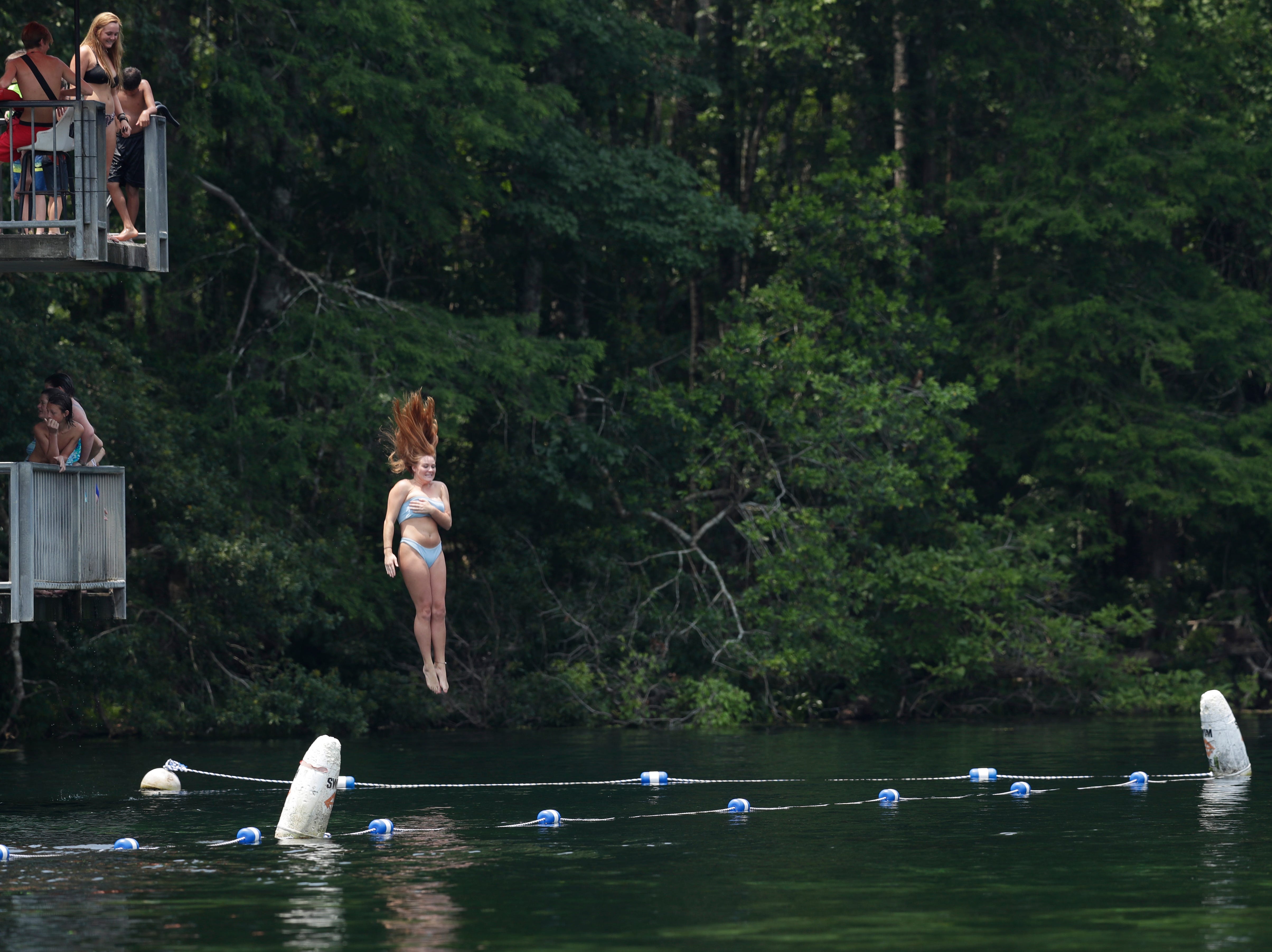 13 of 40
13 of 40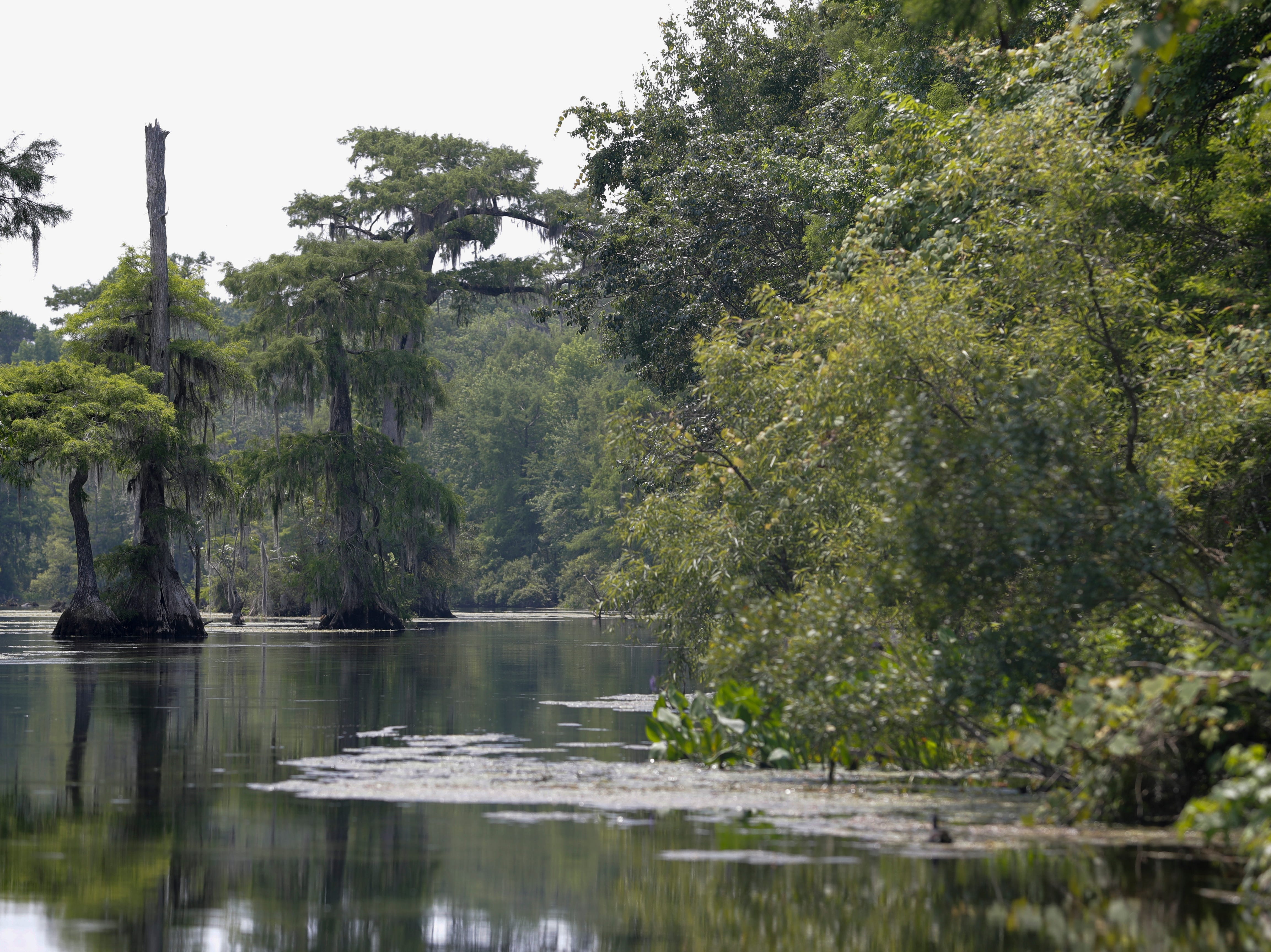 14 of 40
14 of 40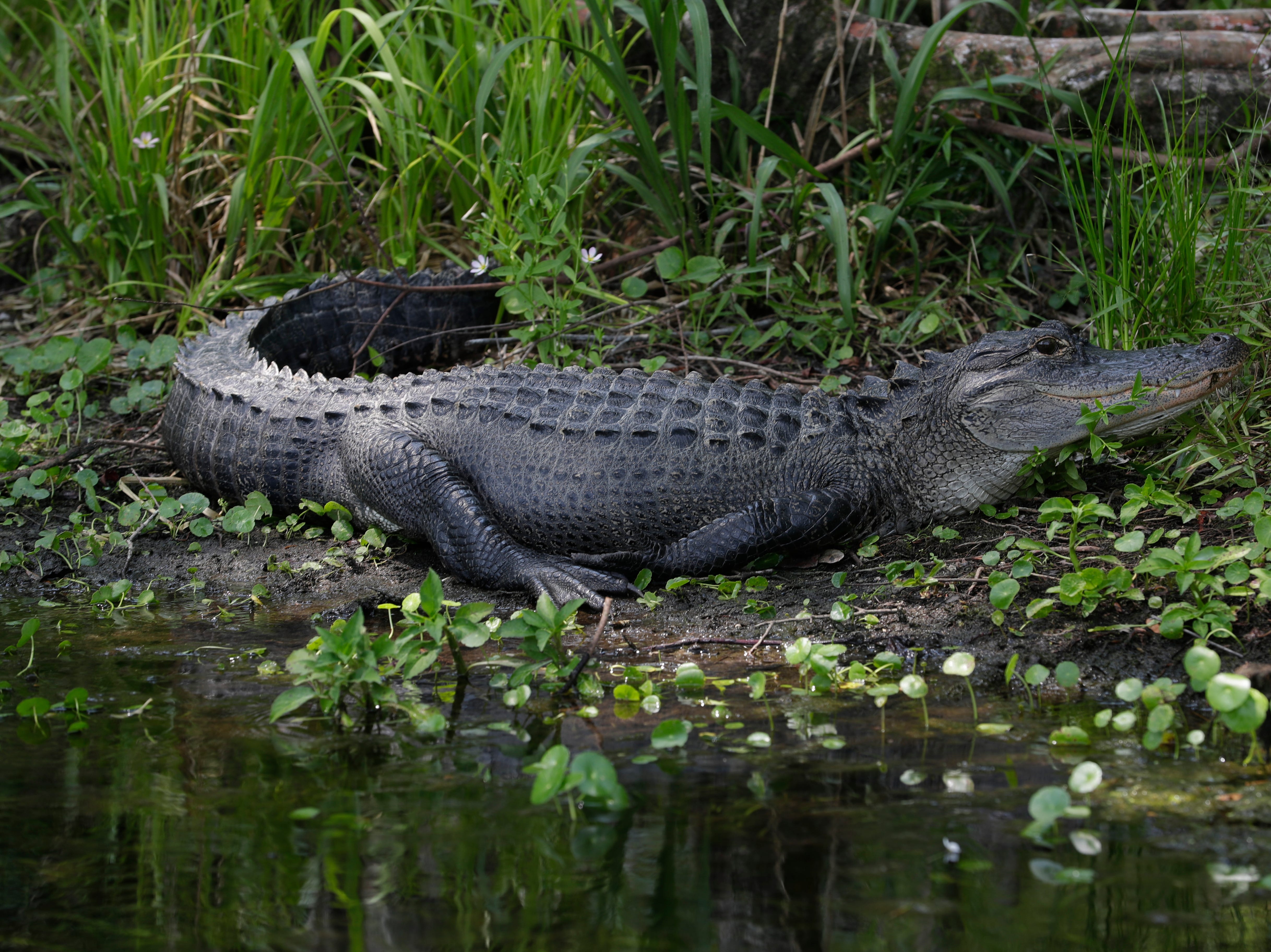 15 of 40
15 of 40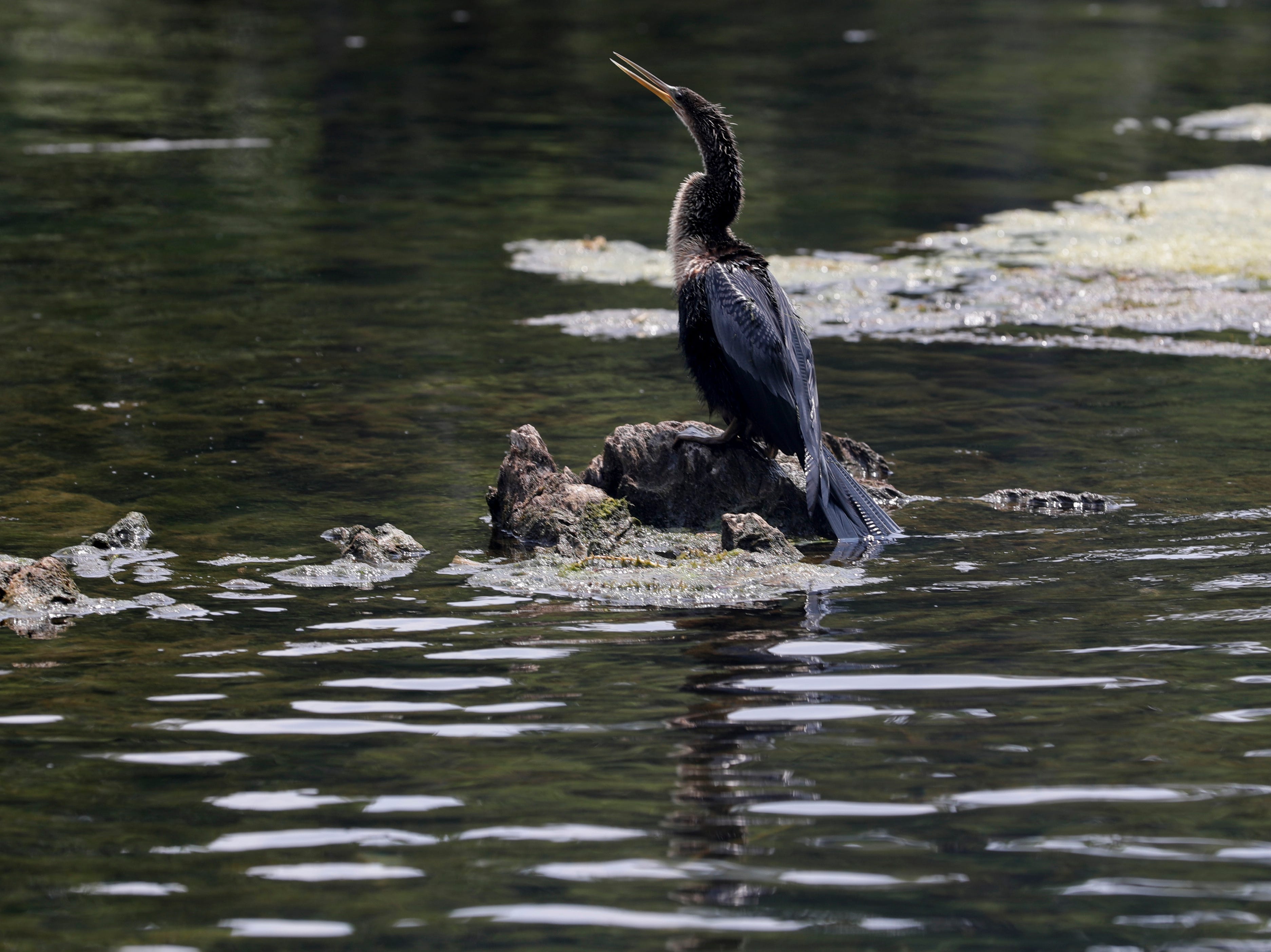 16 of 40
16 of 40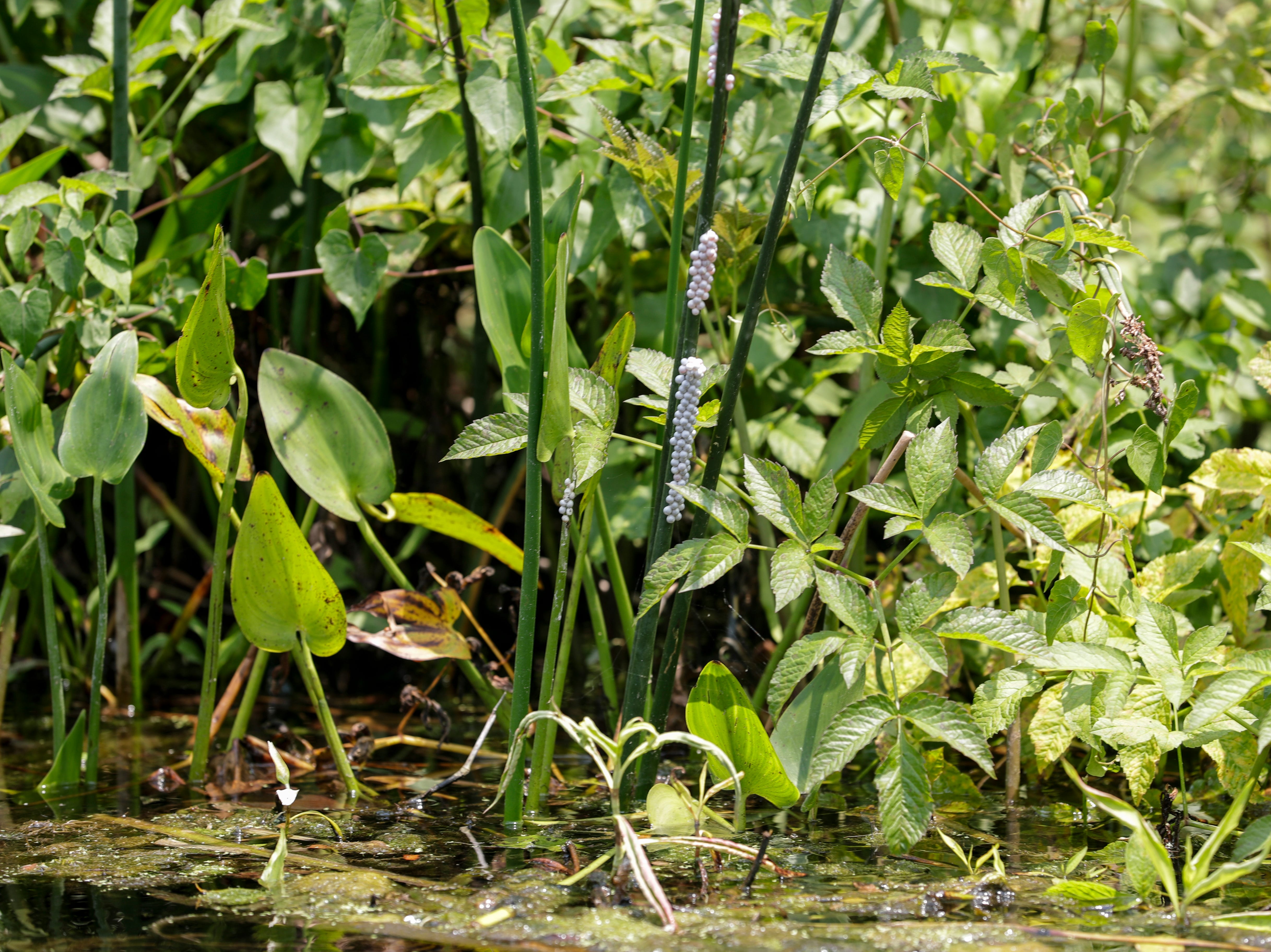 17 of 40
17 of 40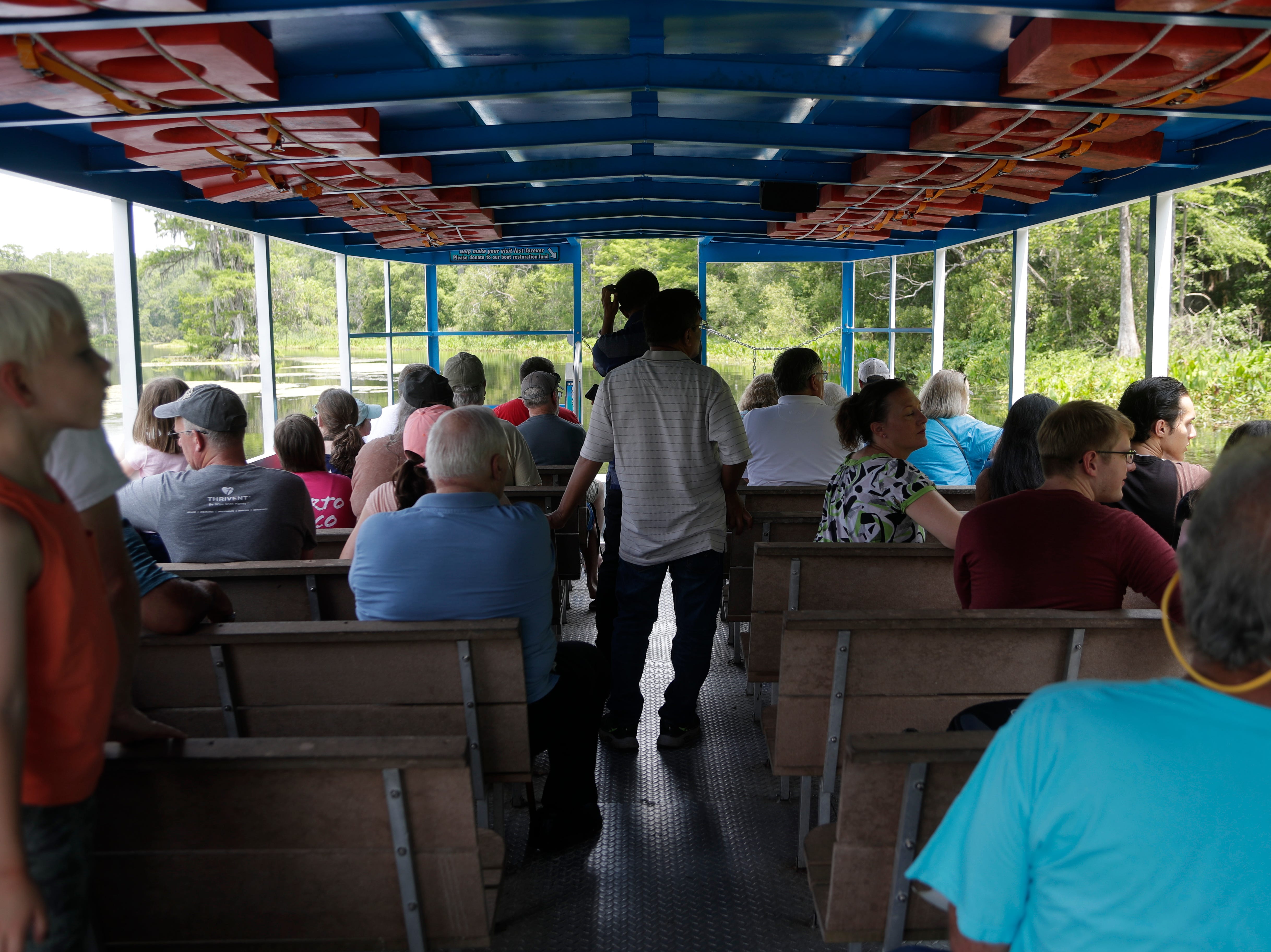 18 of 40
18 of 40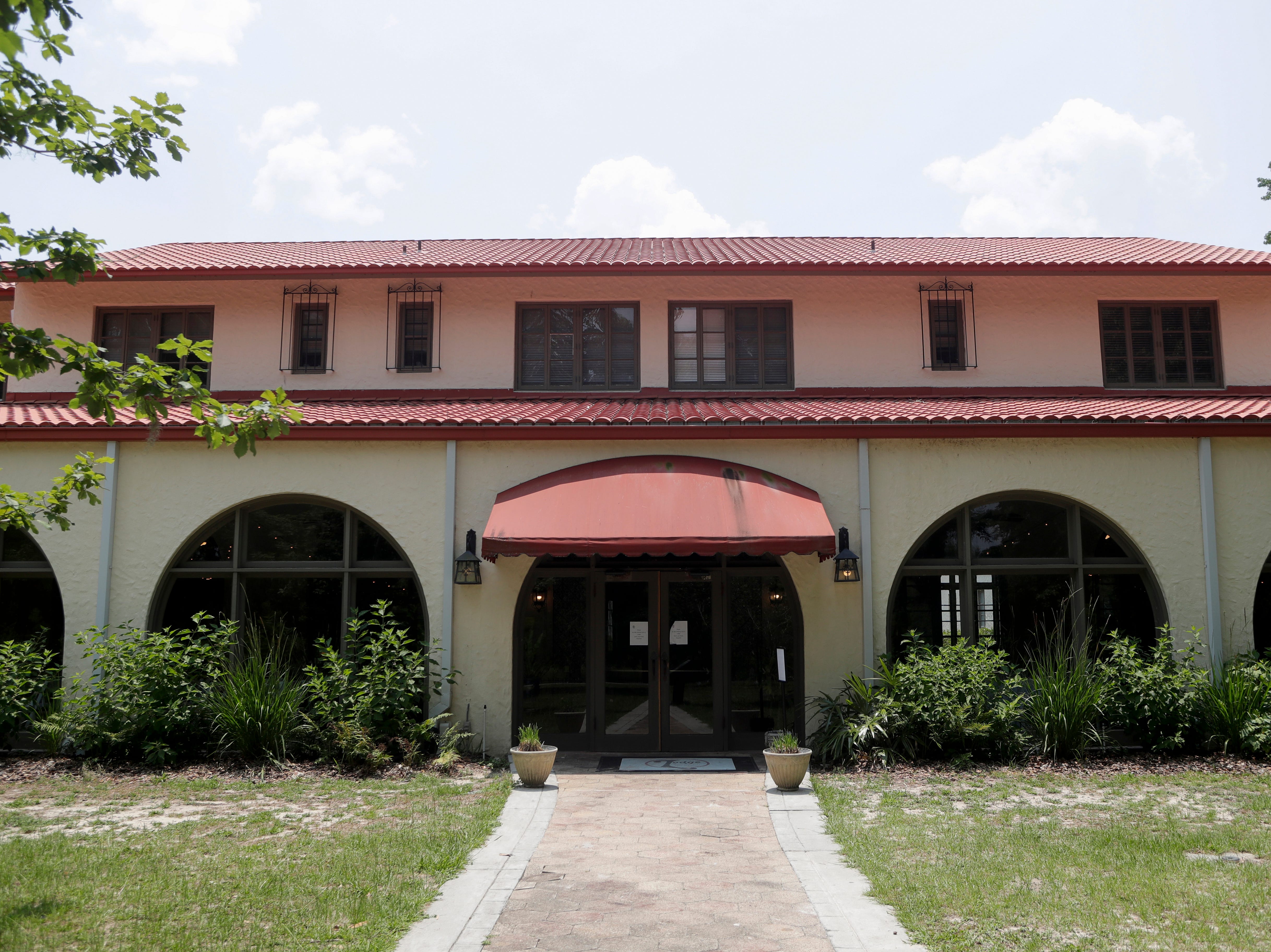 19 of 40
19 of 40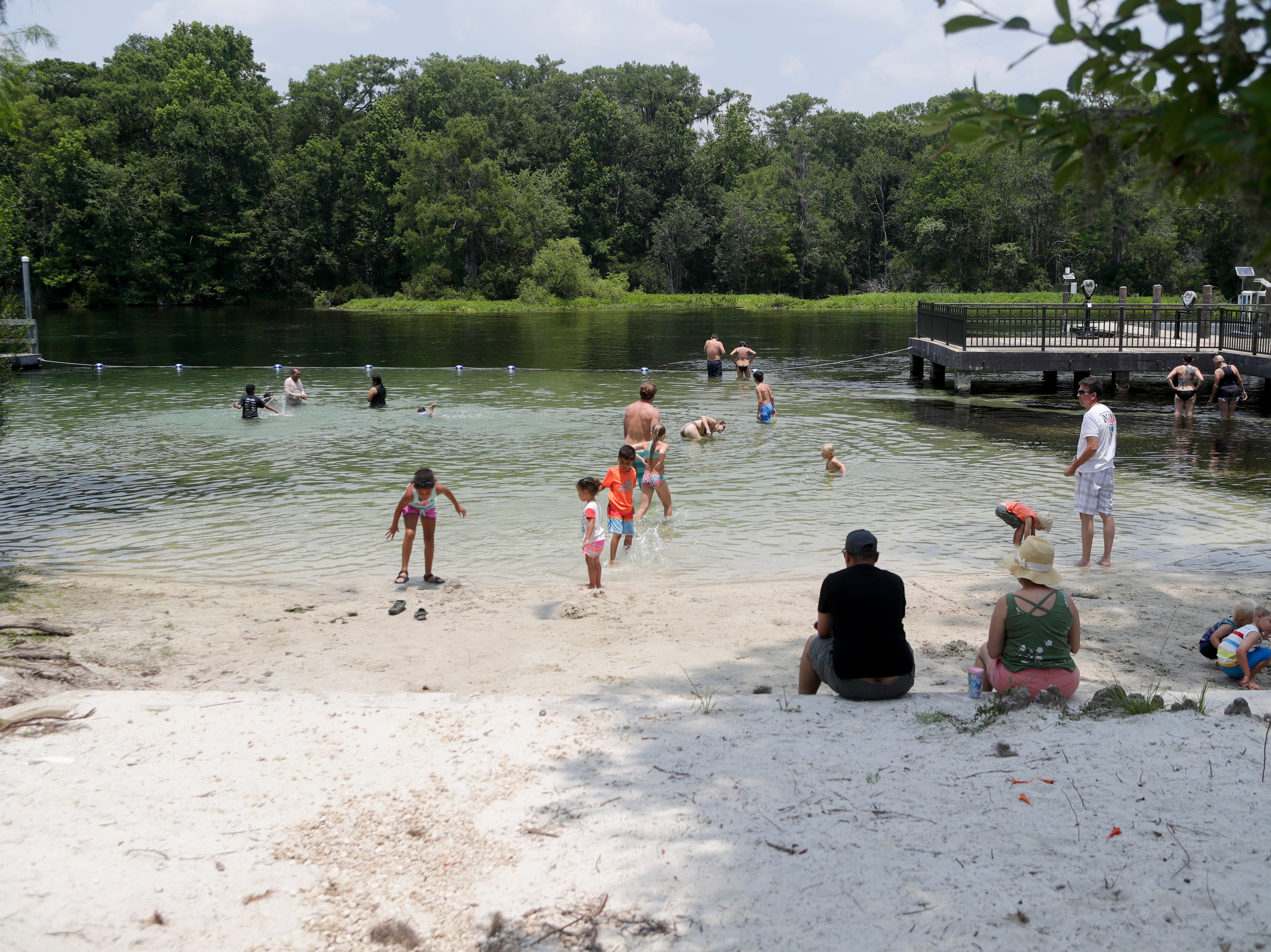 20 of 40
20 of 40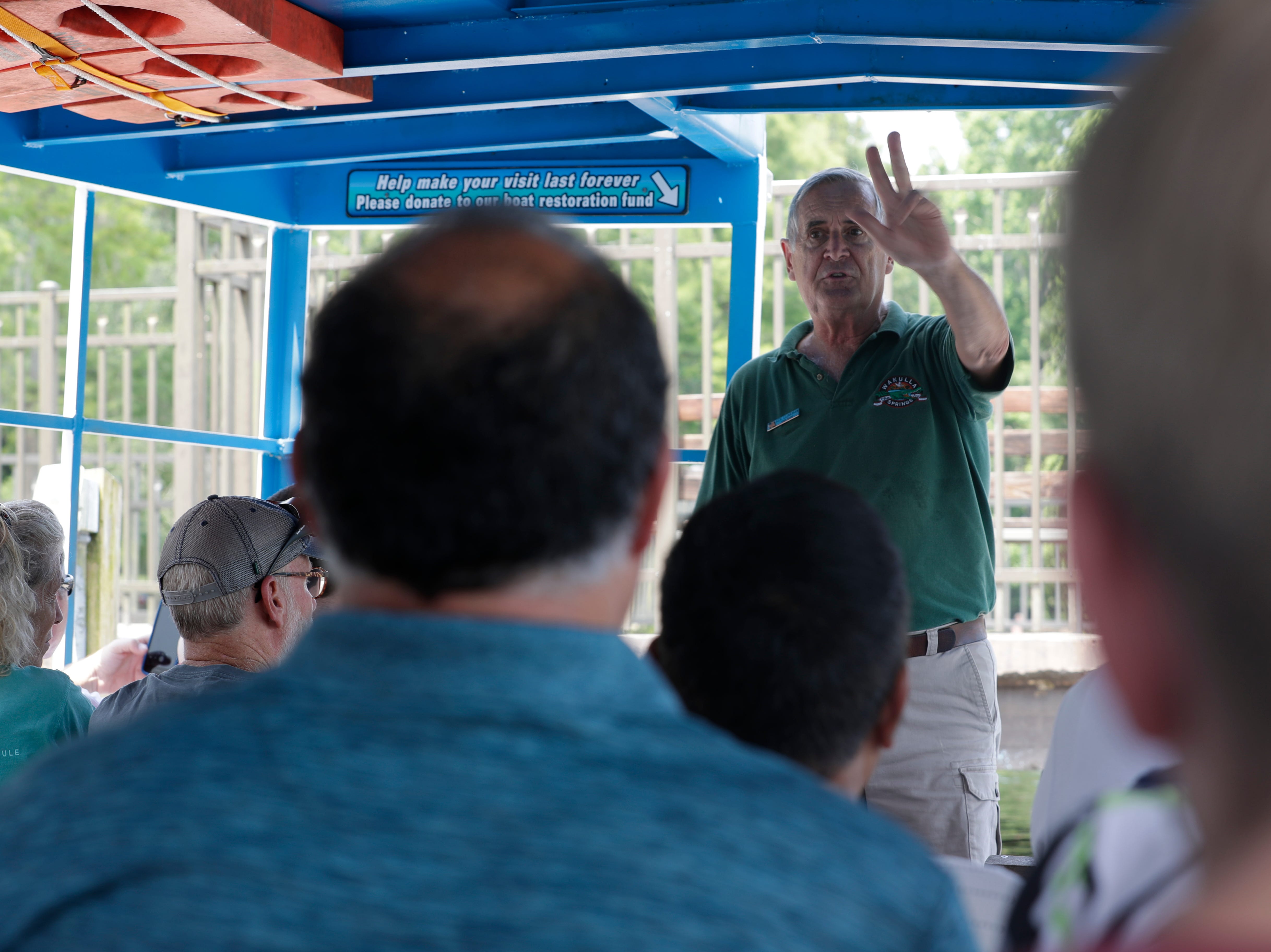 21 of 40
21 of 40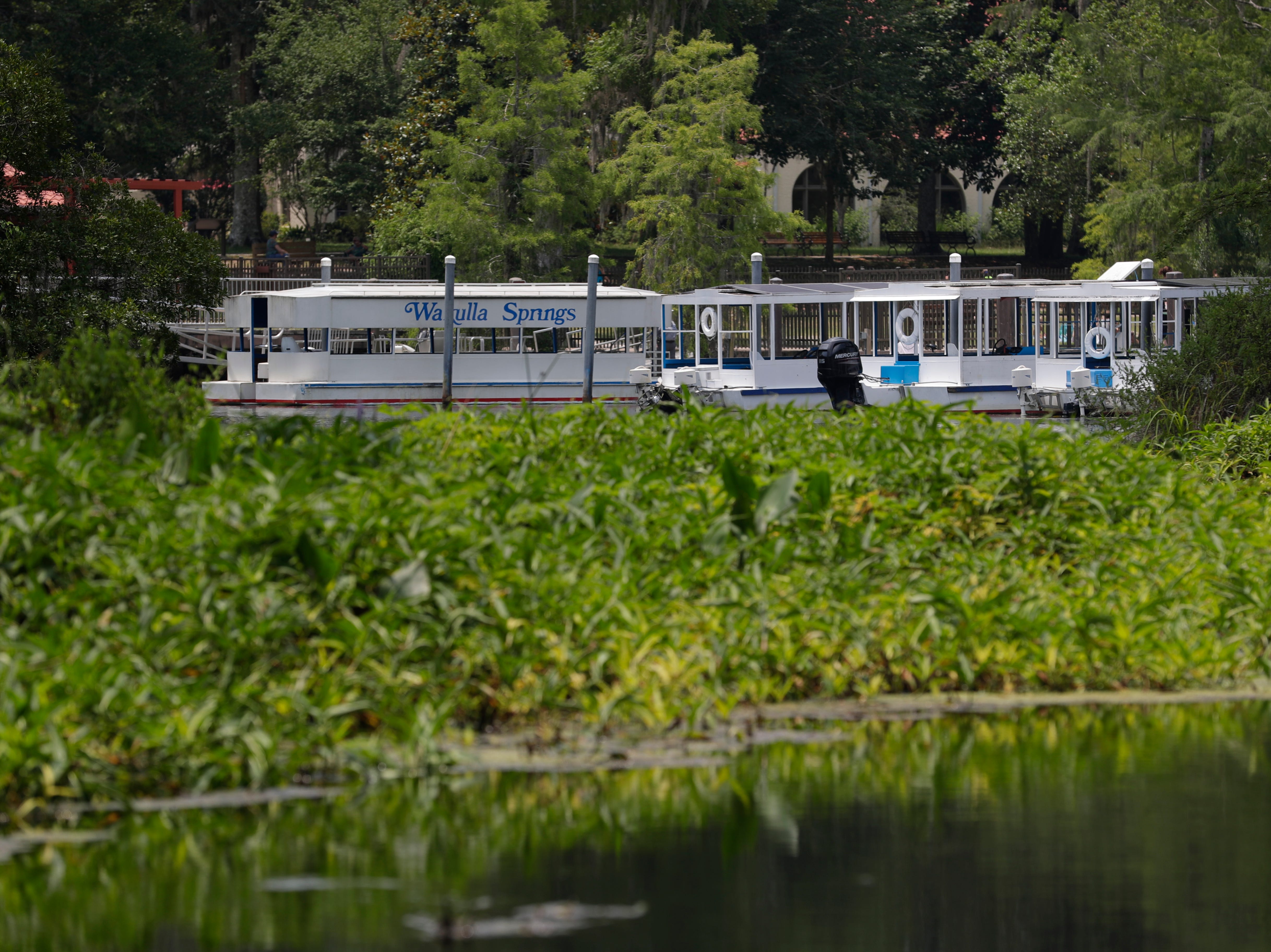 22 of 40
22 of 40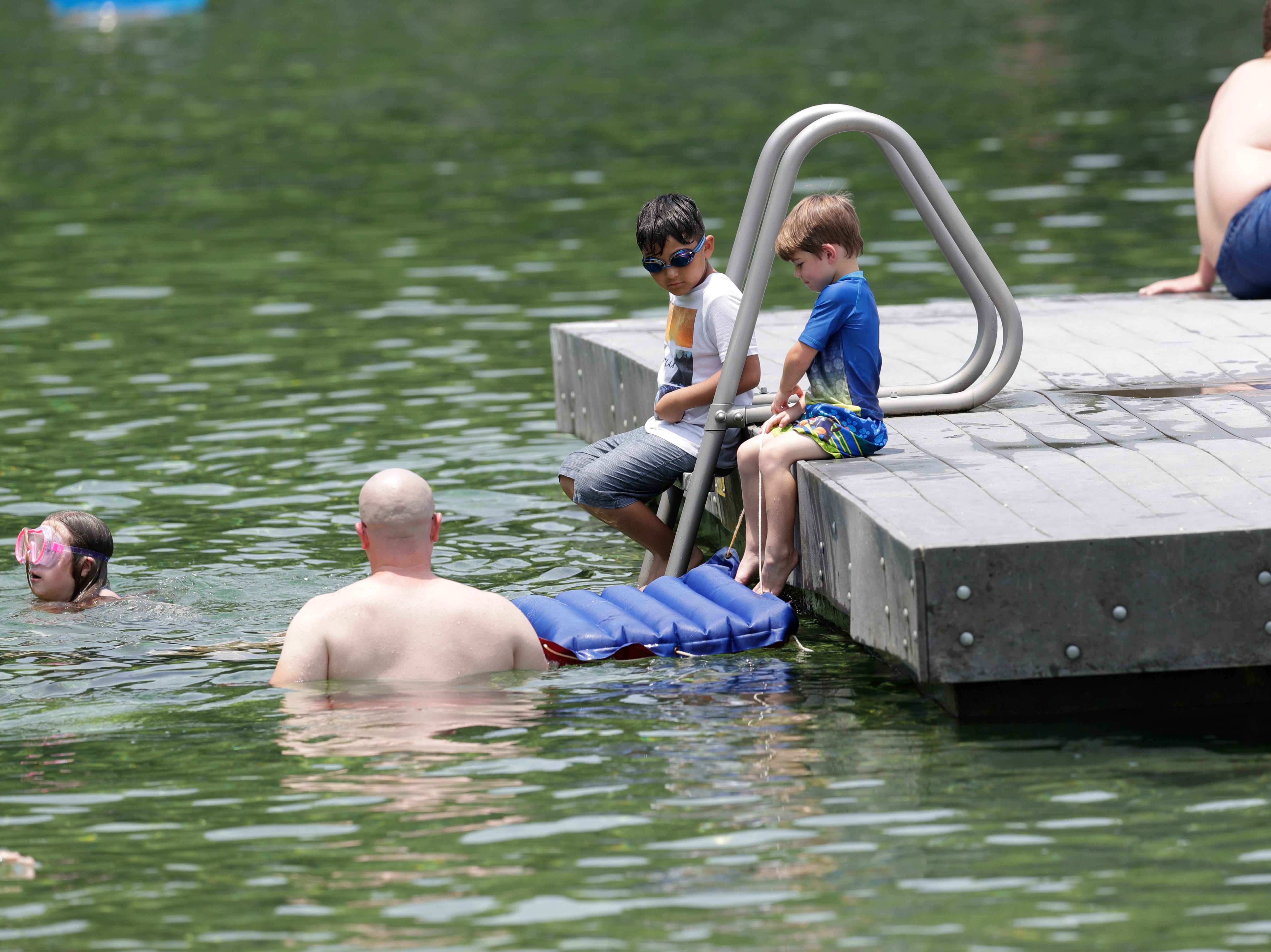 23 of 40
23 of 40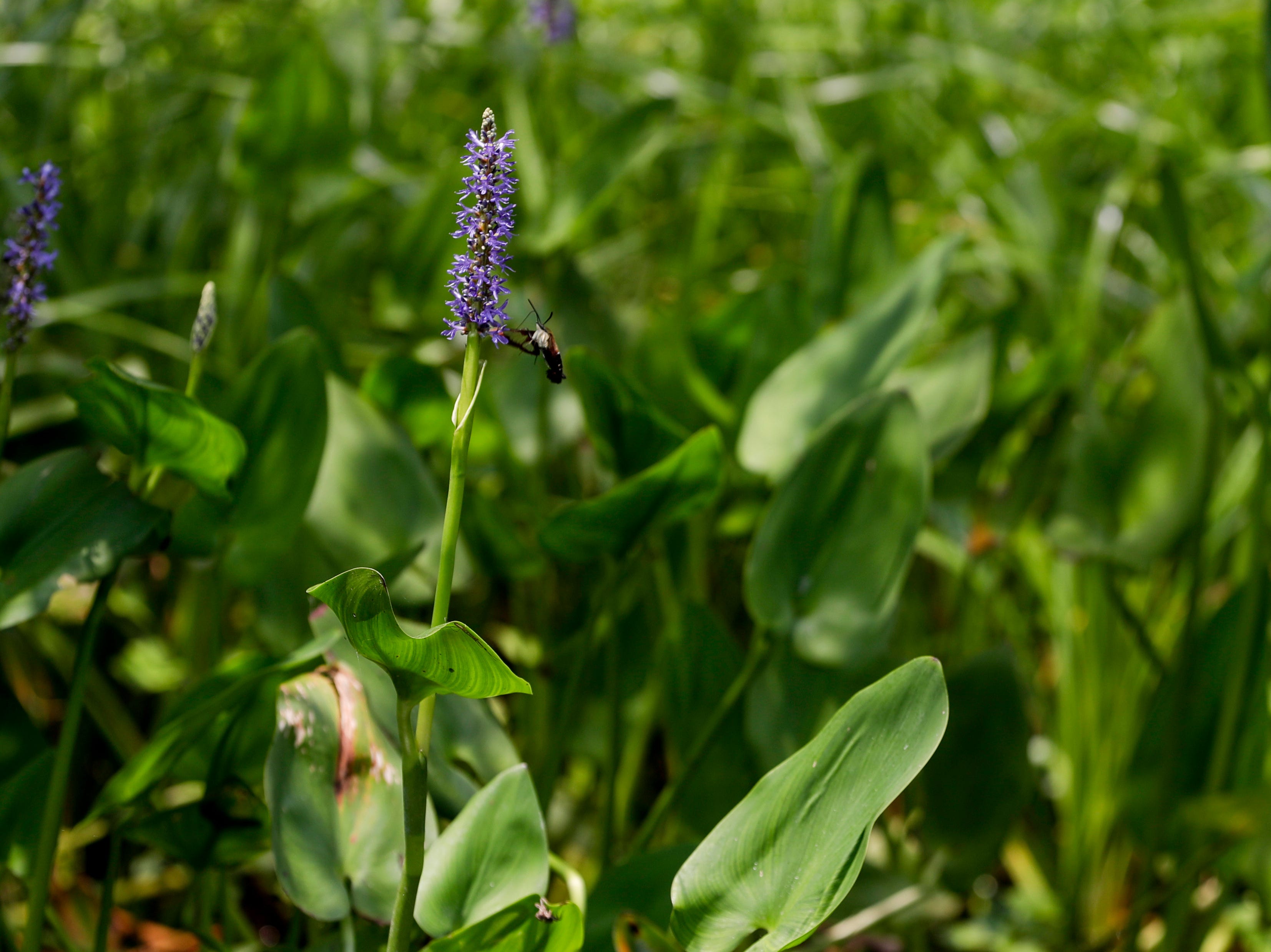 24 of 40
24 of 40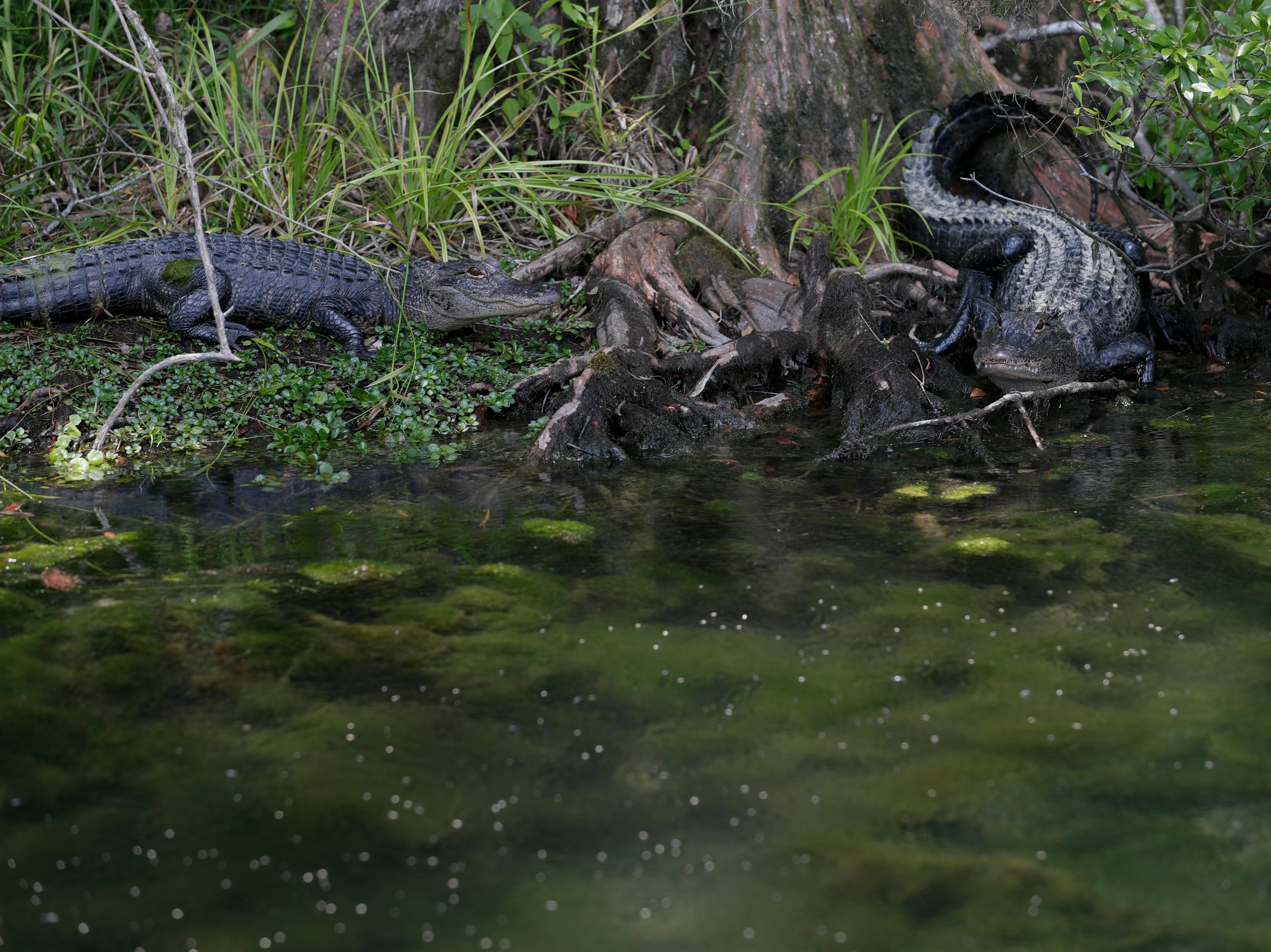 25 of 40
25 of 40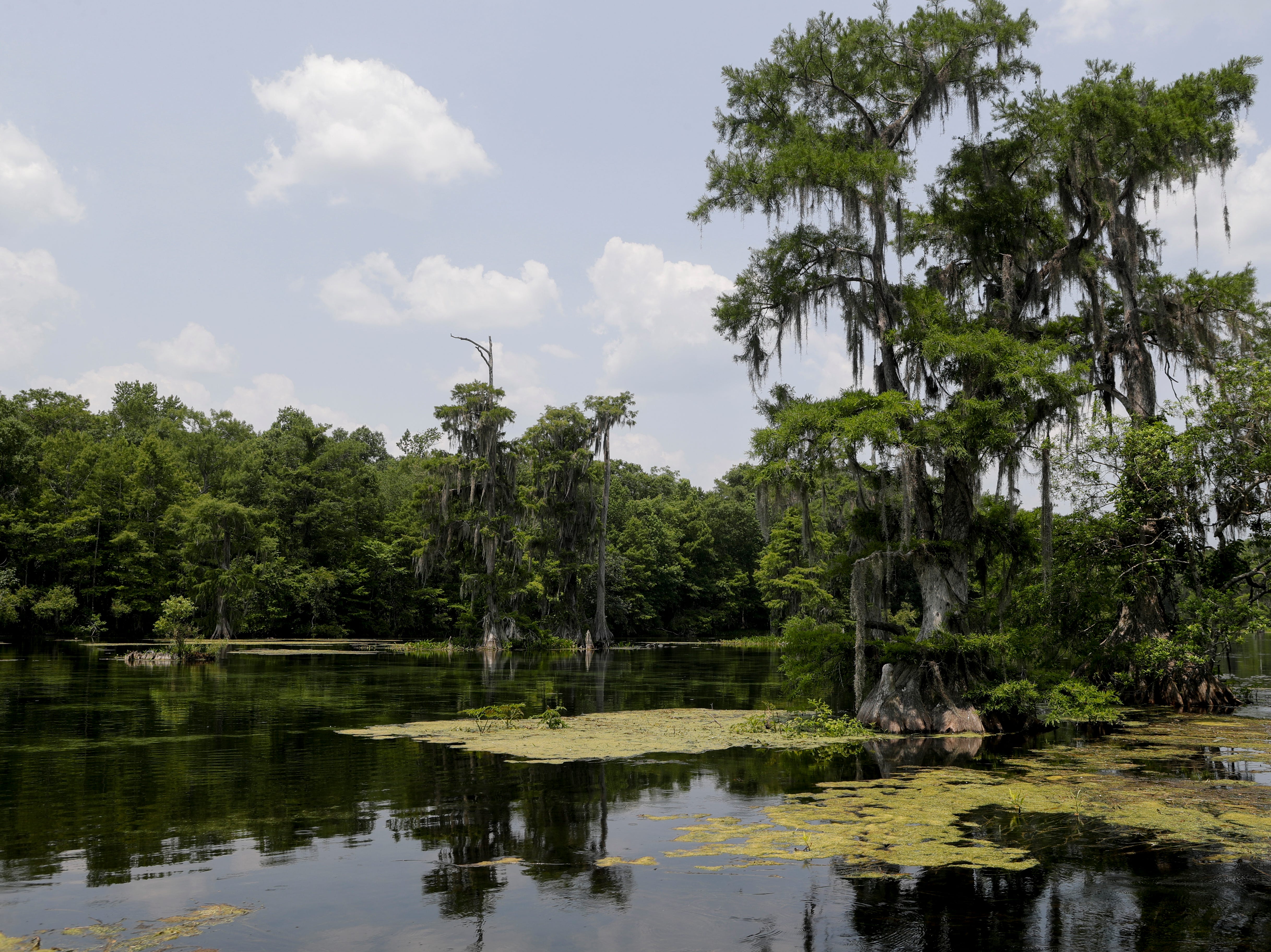 26 of 40
26 of 40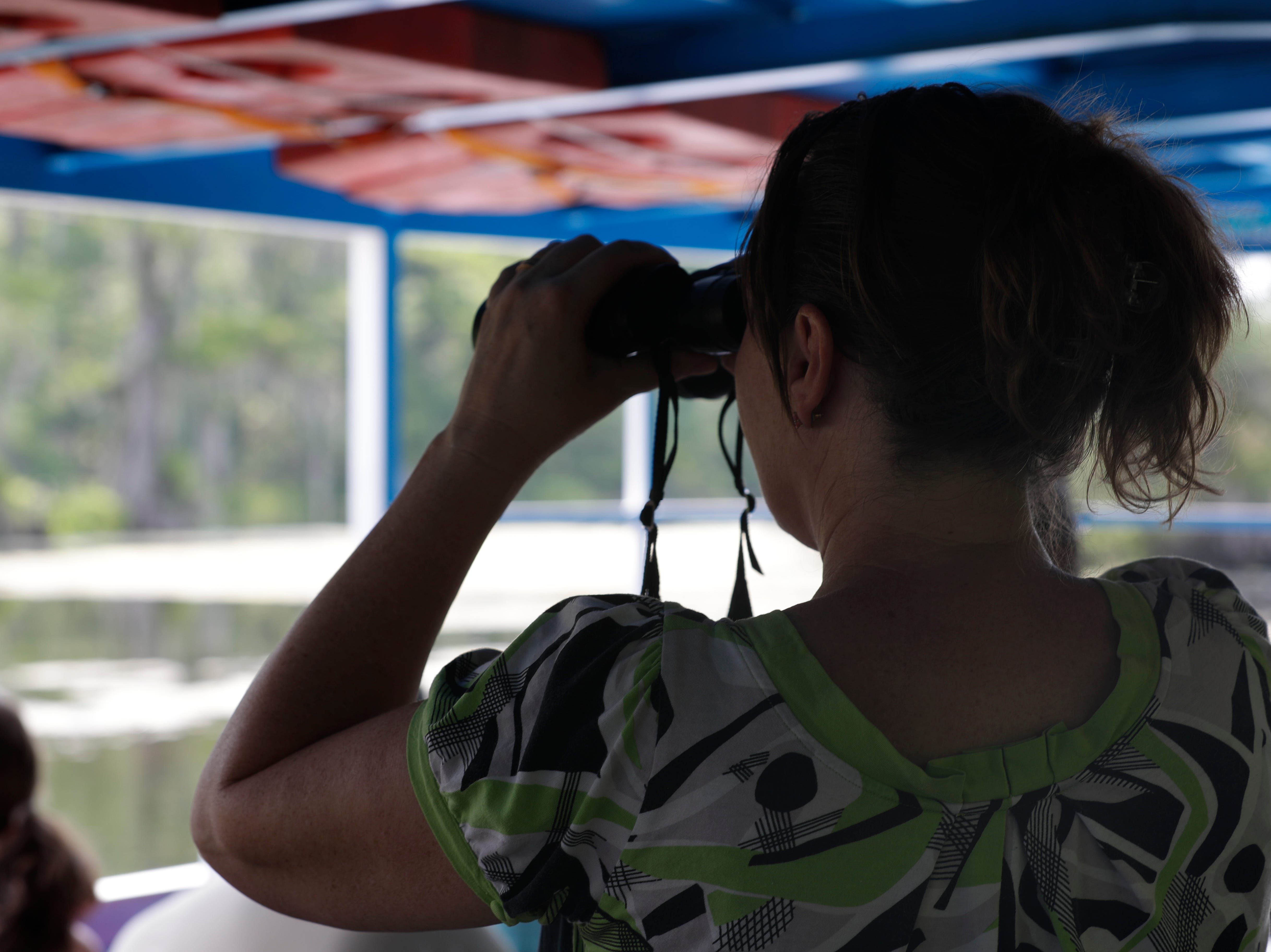 27 of 40
27 of 40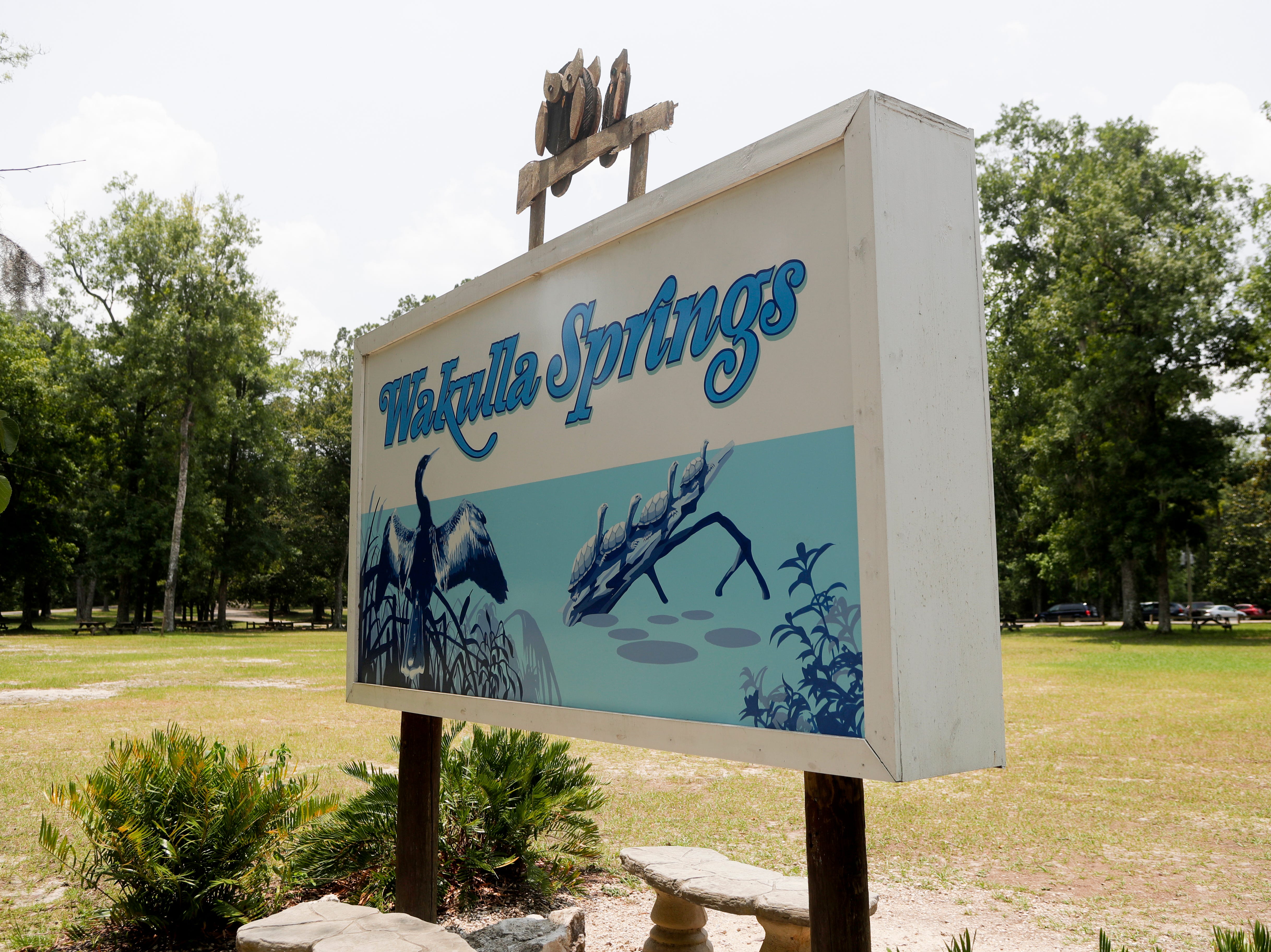 28 of 40
28 of 40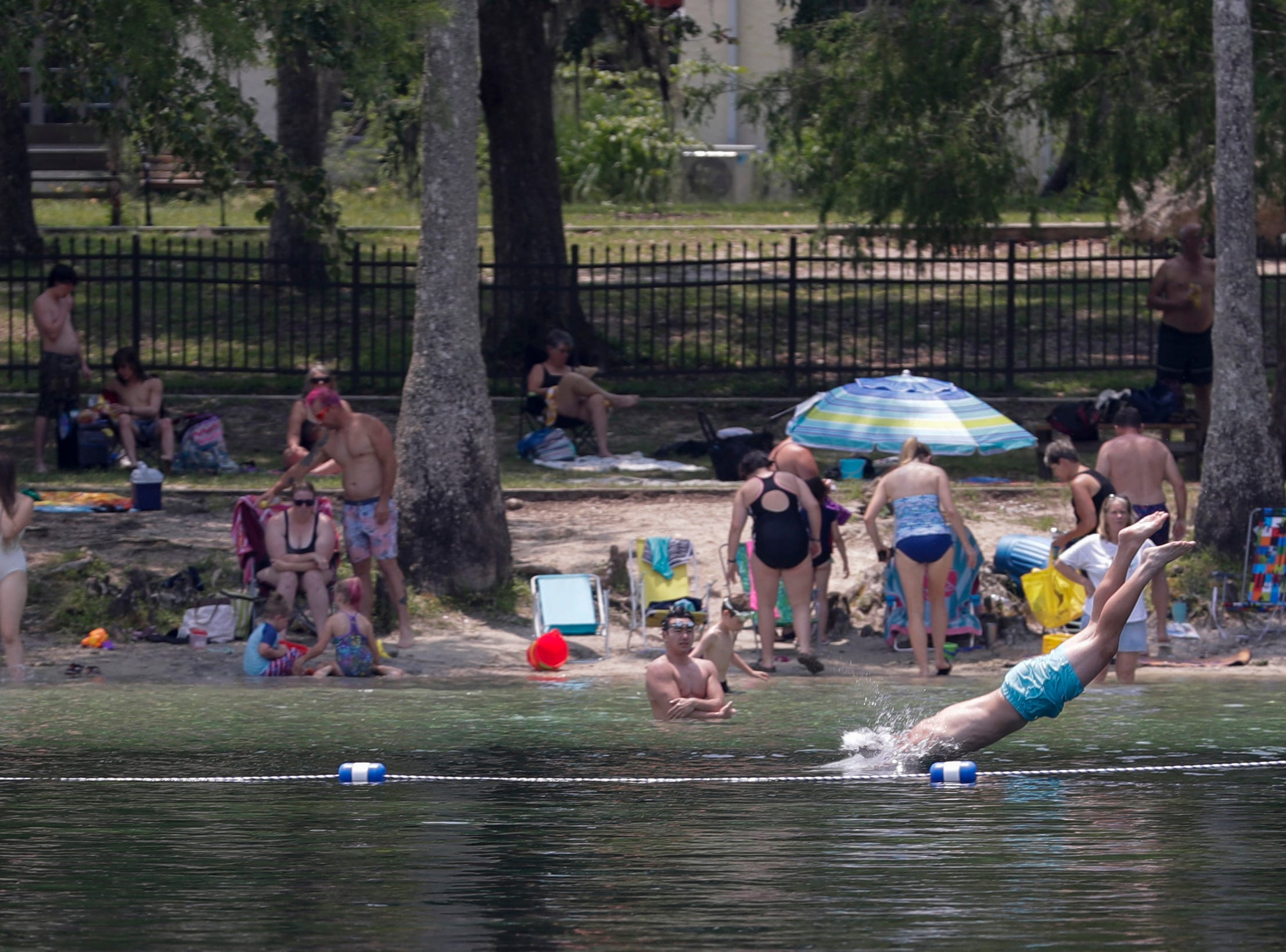 29 of 40
29 of 40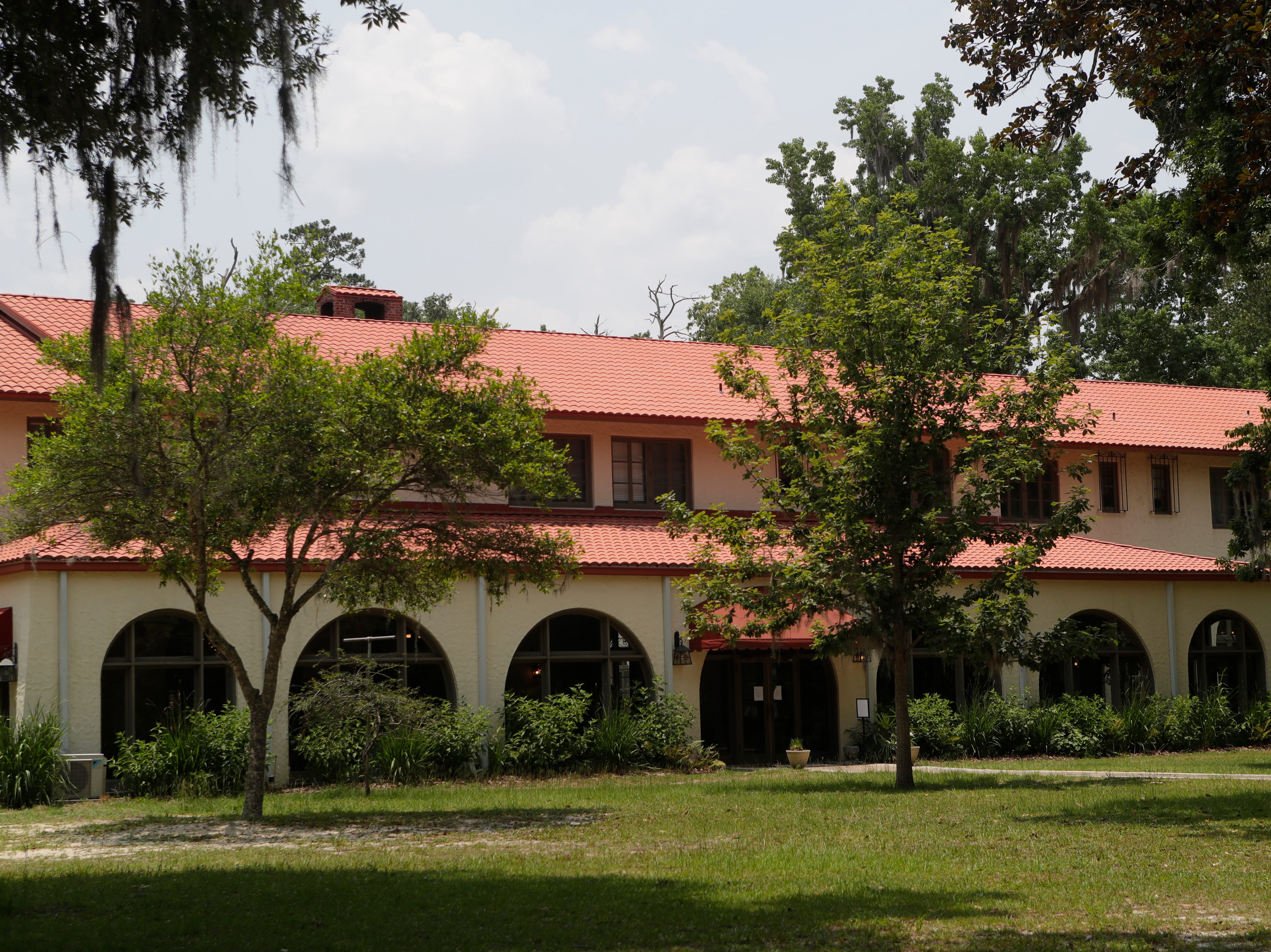 30 of 40
30 of 40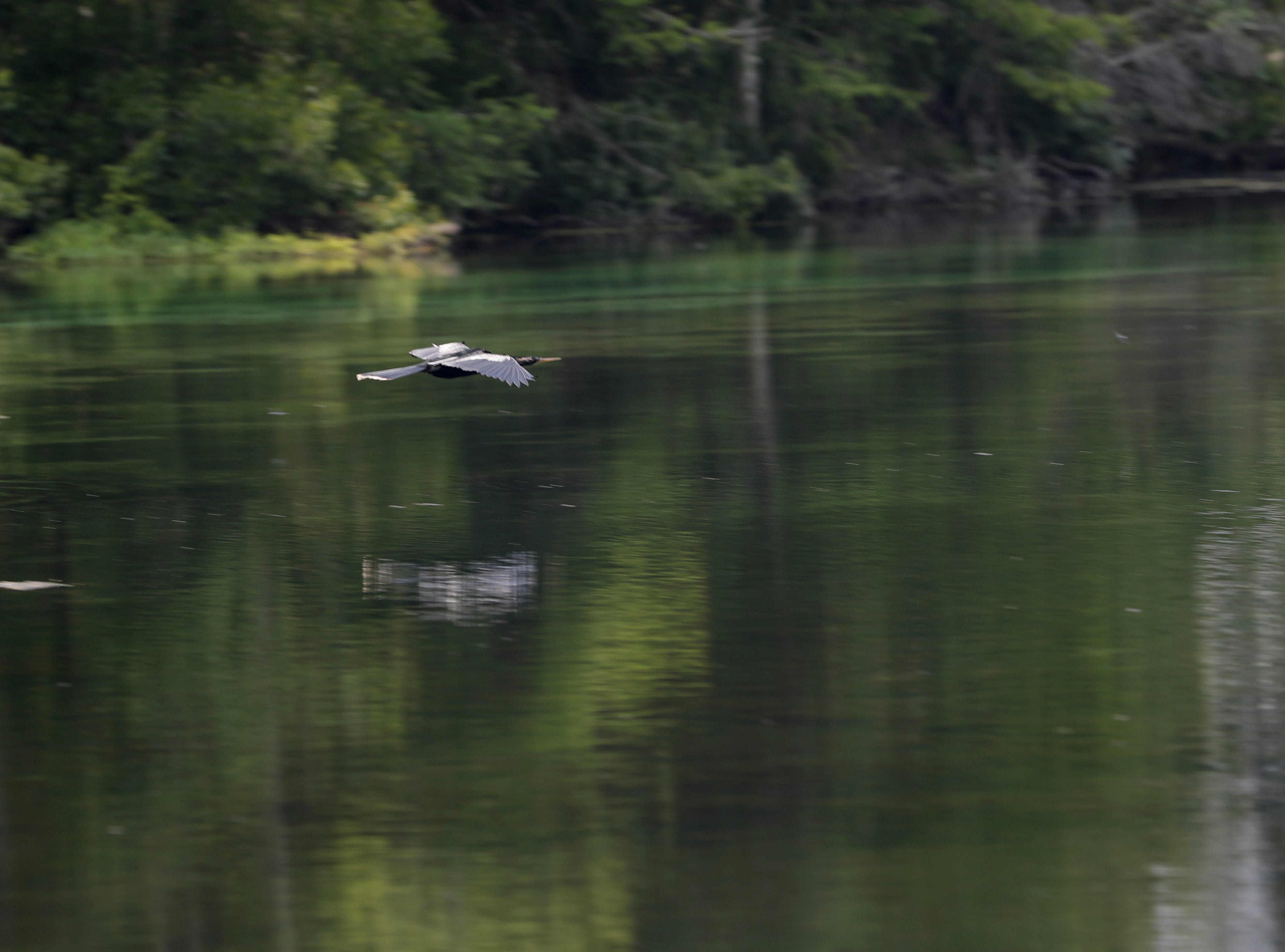 31 of 40
31 of 40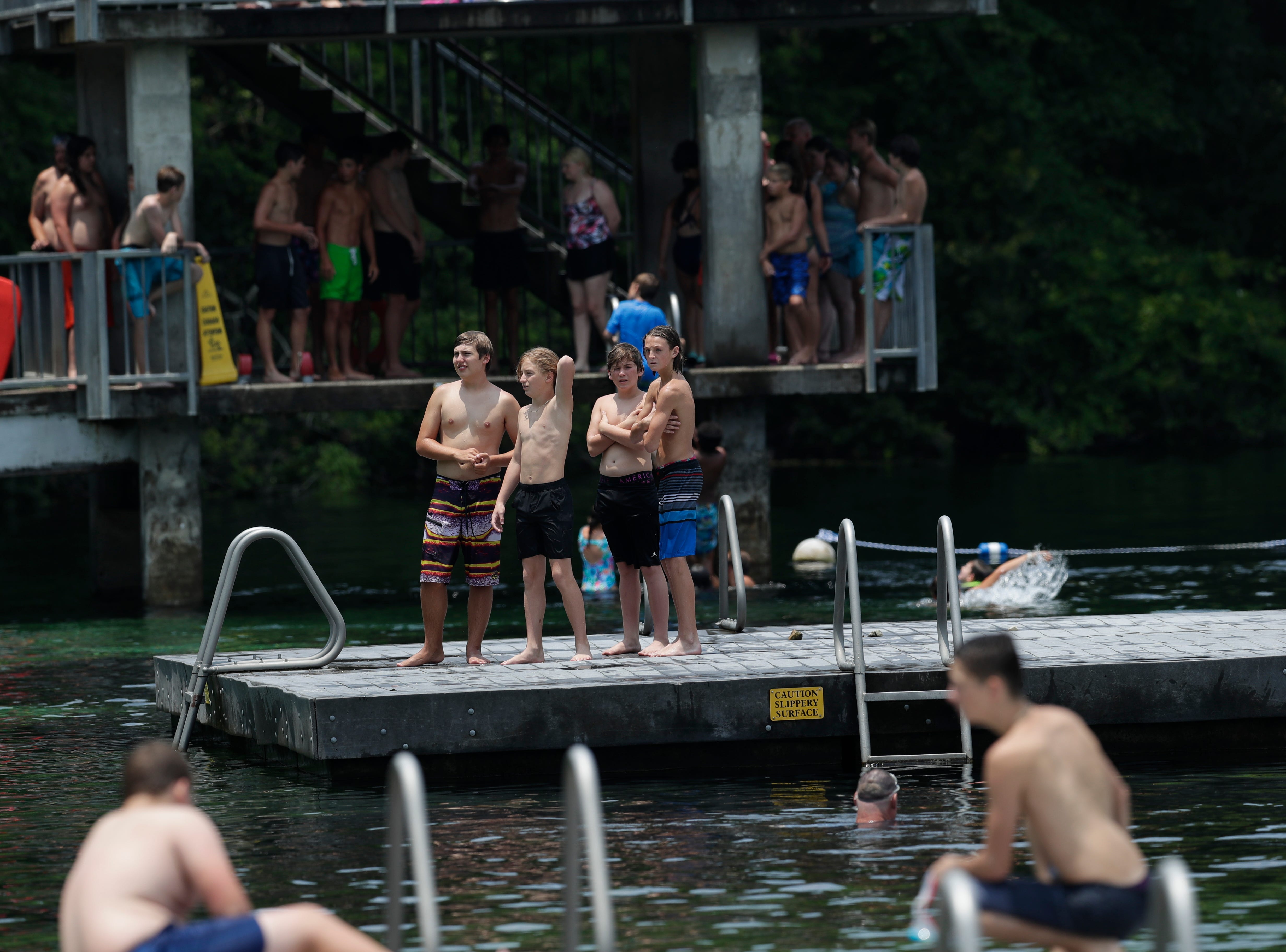 32 of 40
32 of 40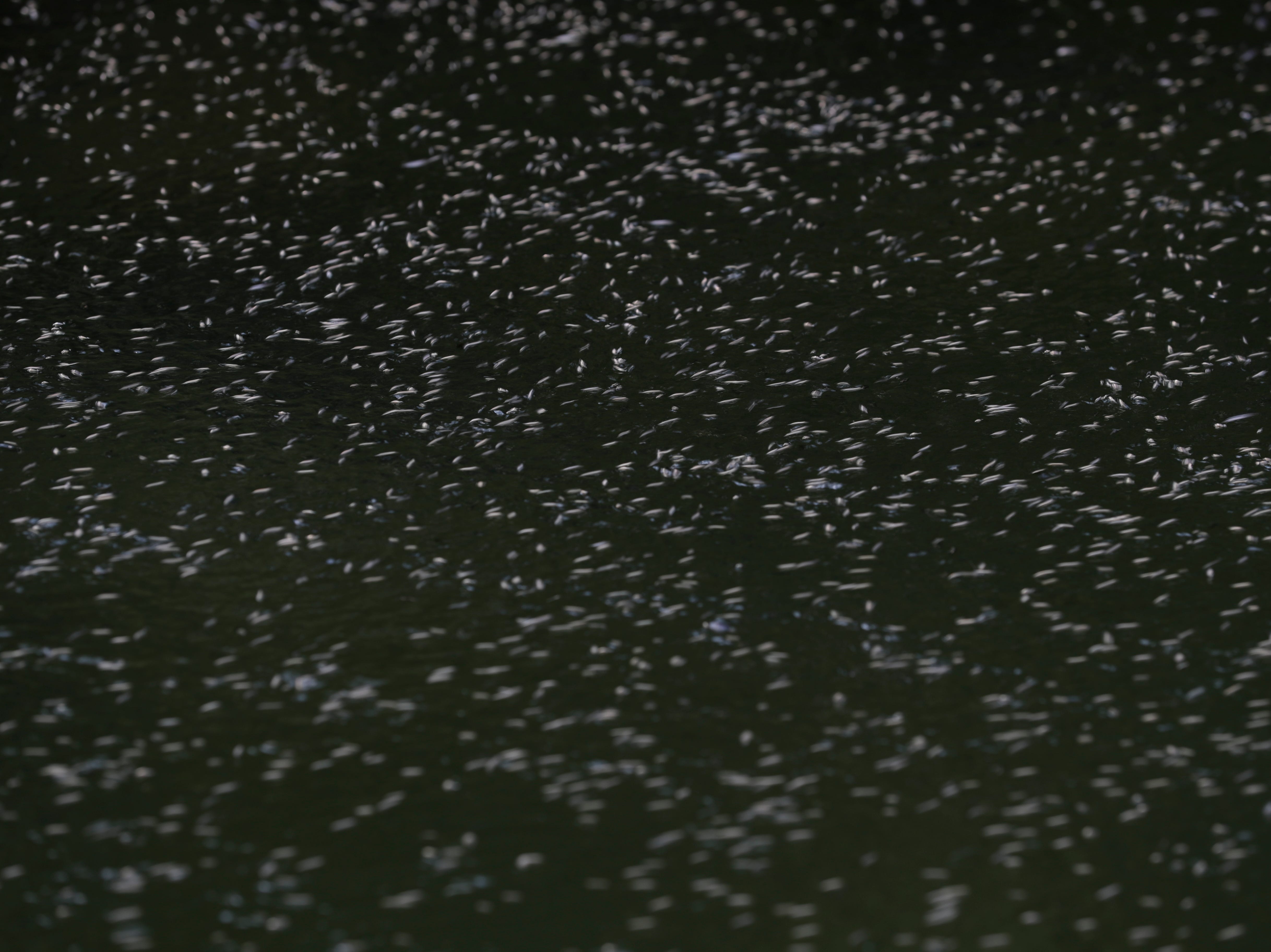 33 of 40
33 of 40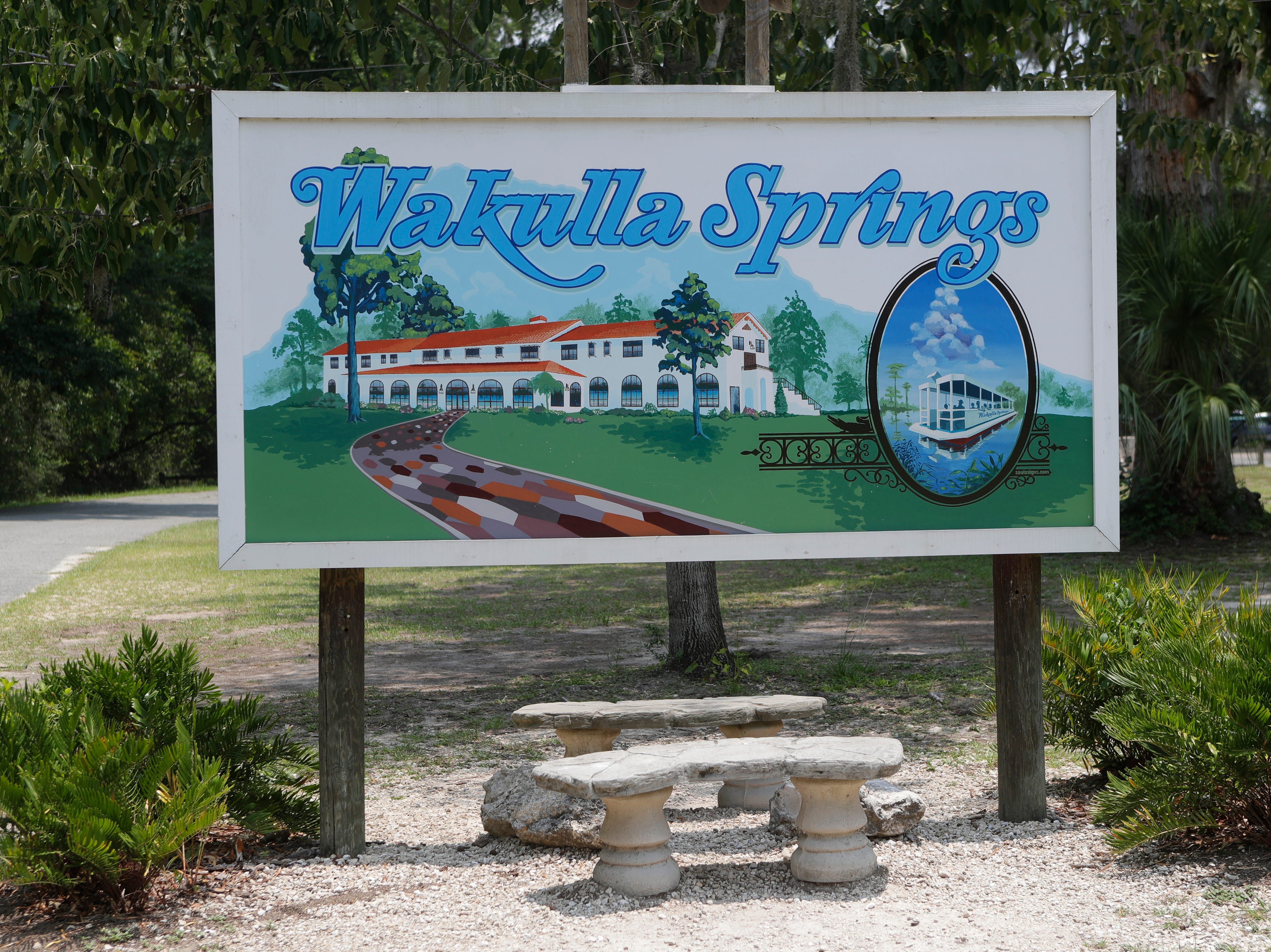 34 of 40
34 of 40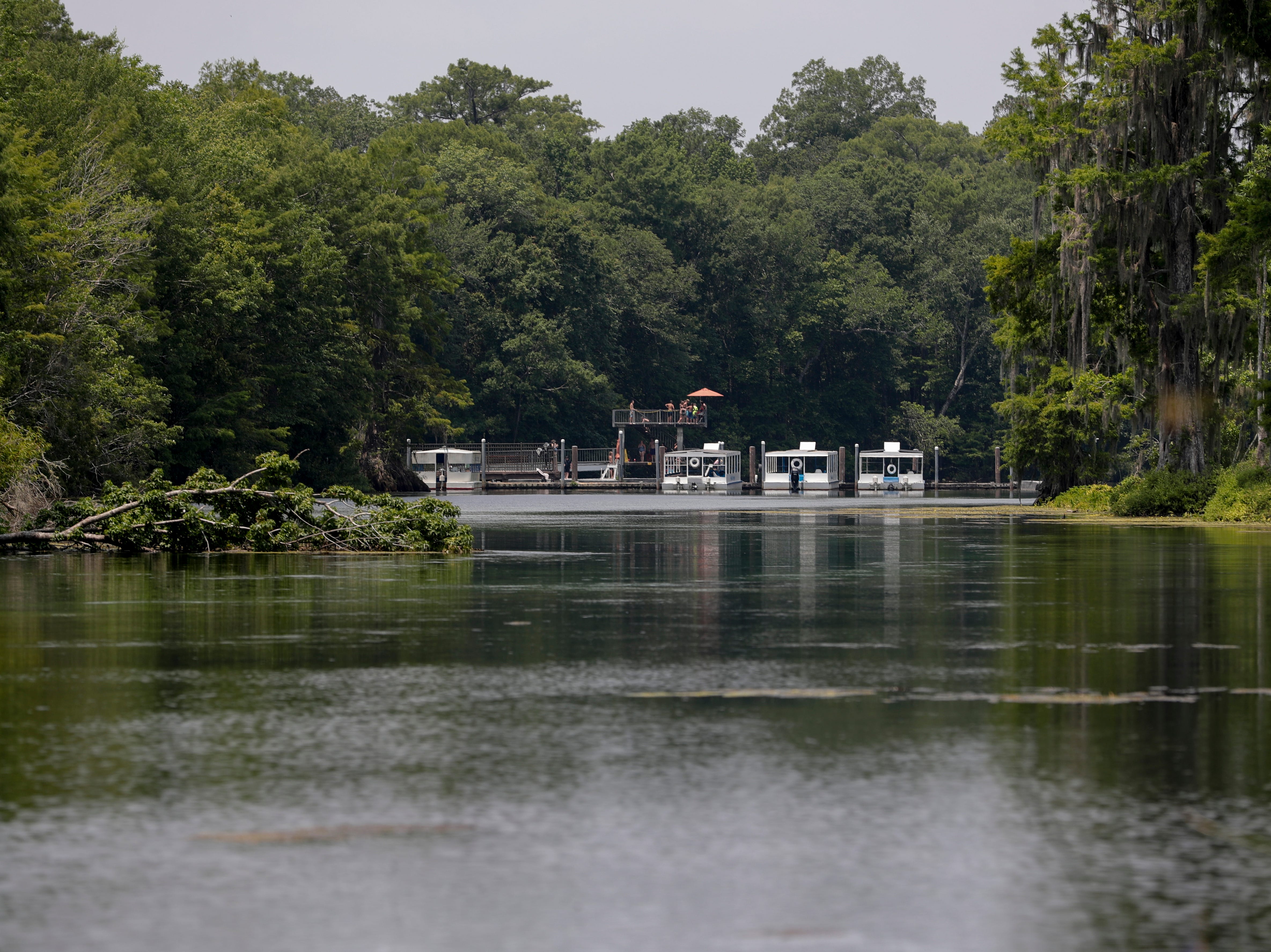 35 of 40
35 of 40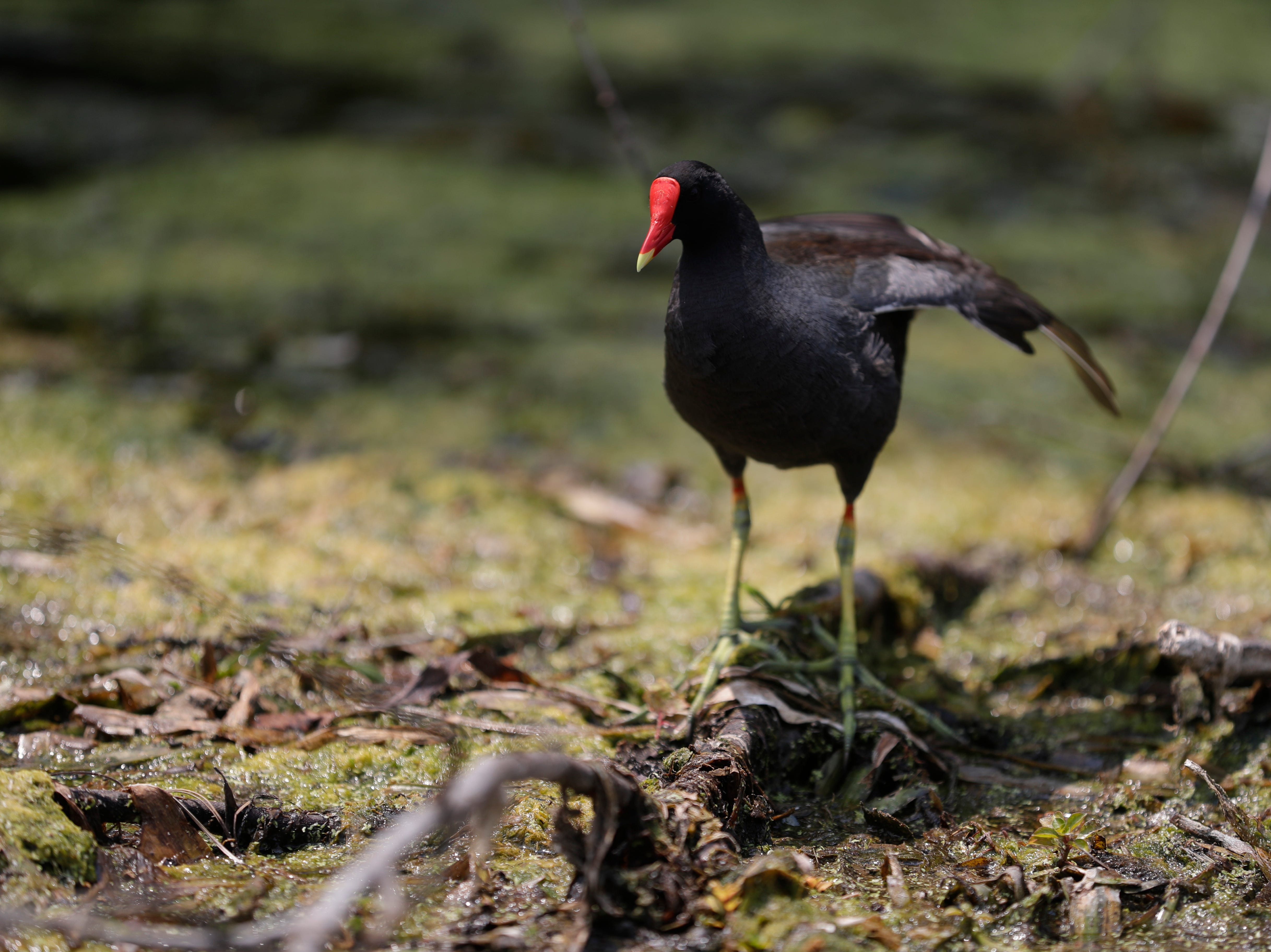 36 of 40
36 of 40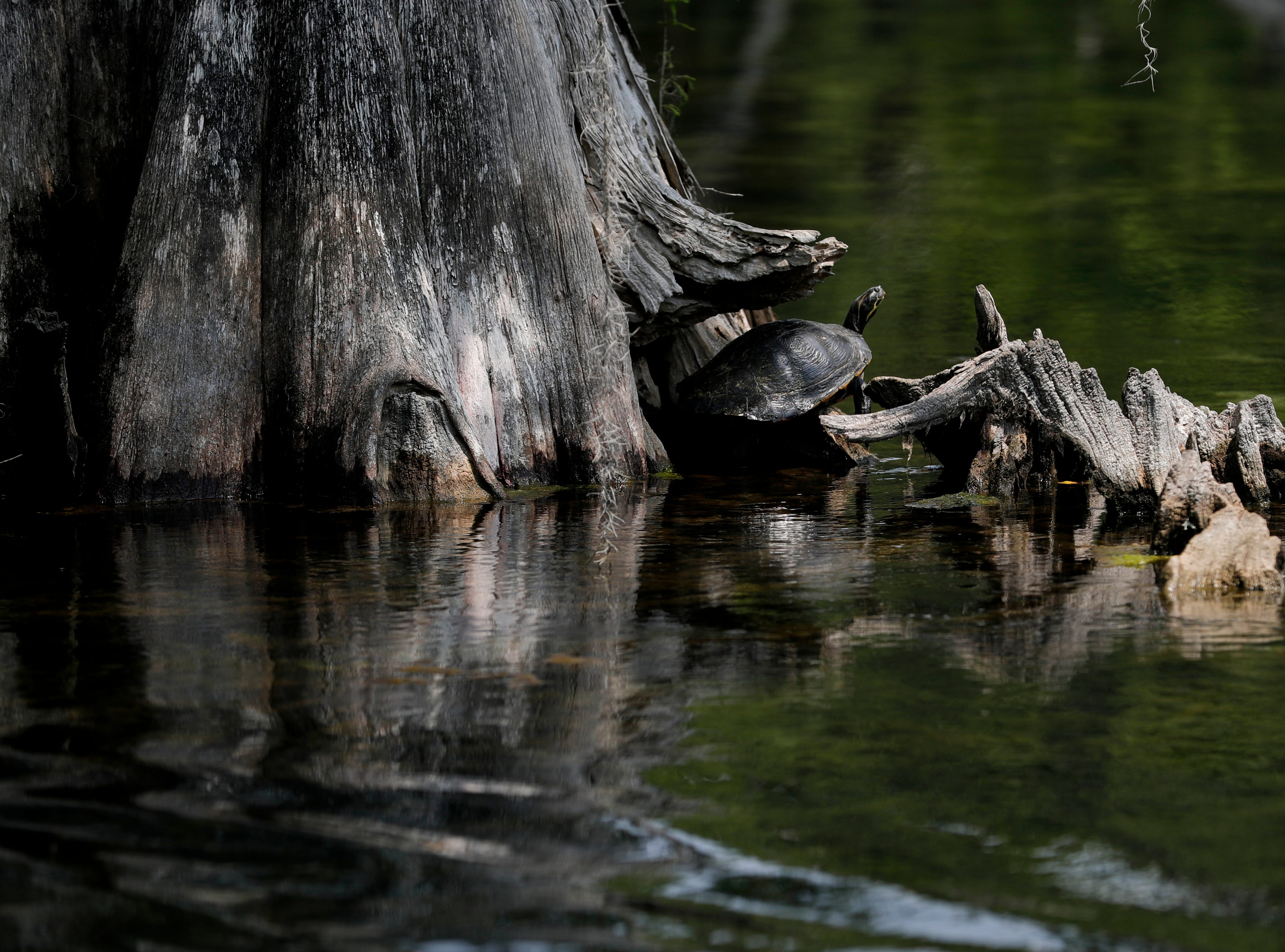 37 of 40
37 of 40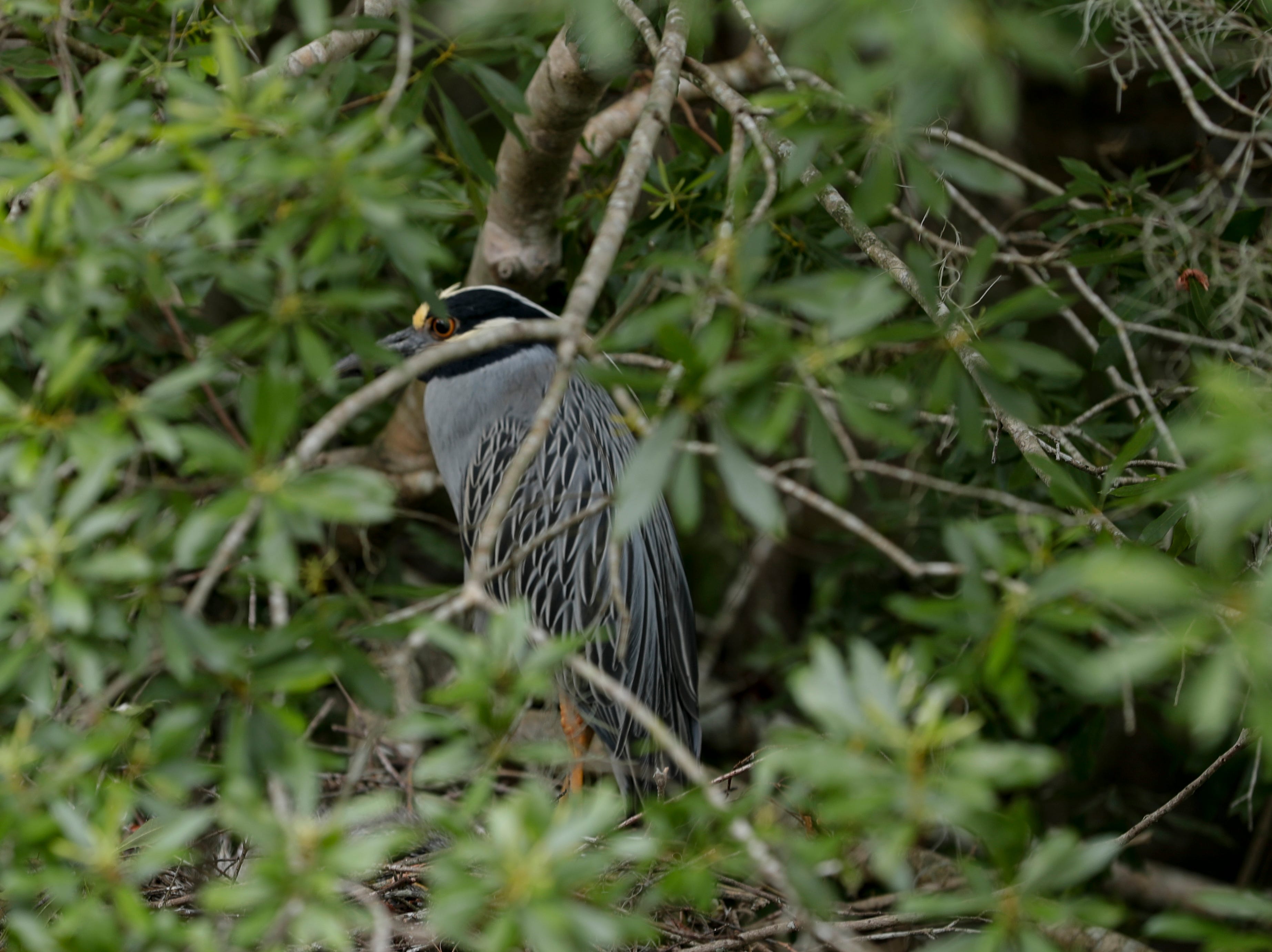 38 of 40
38 of 40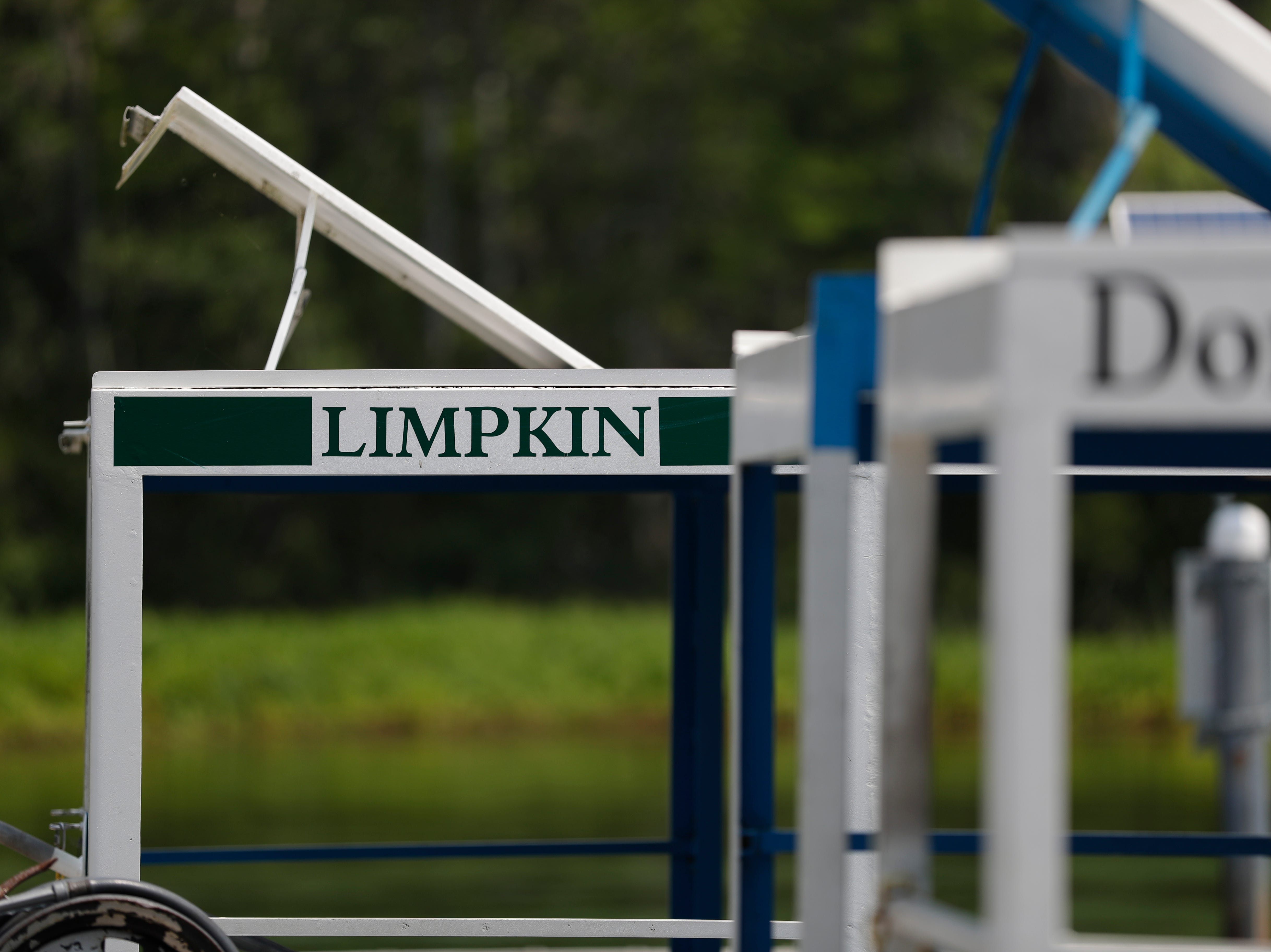 39 of 40
39 of 40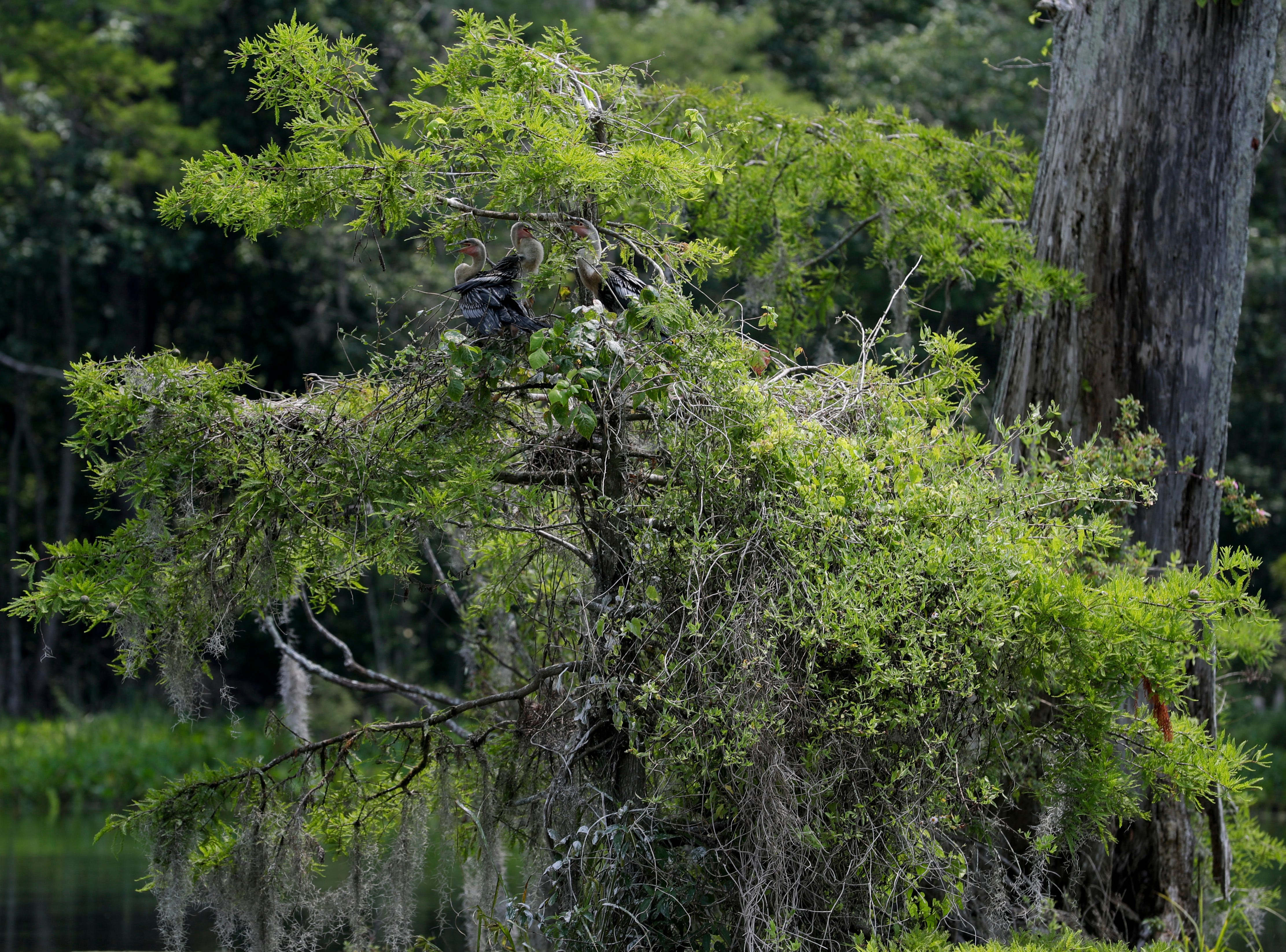 40 of 40
40 of 40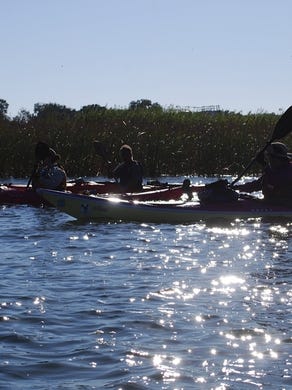
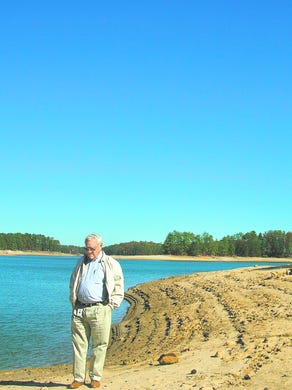
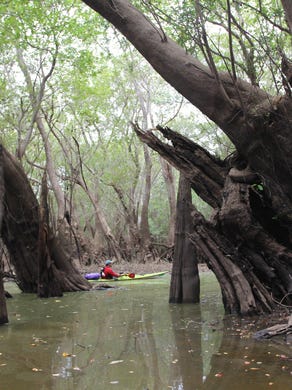
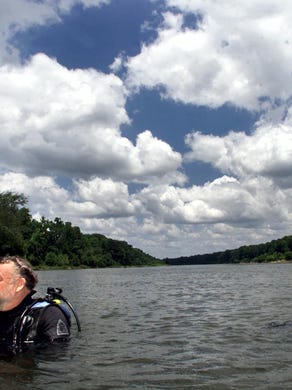
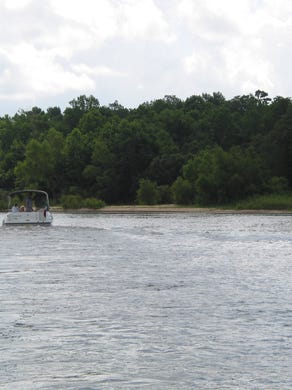
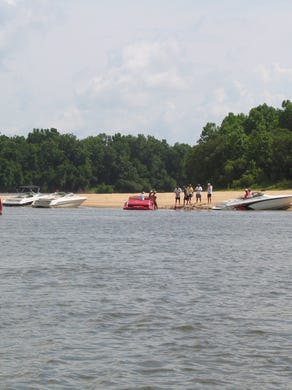
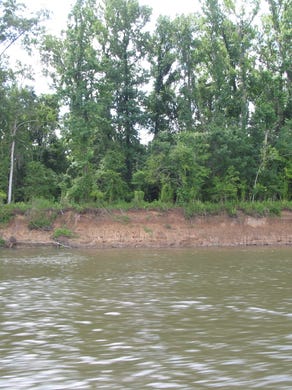
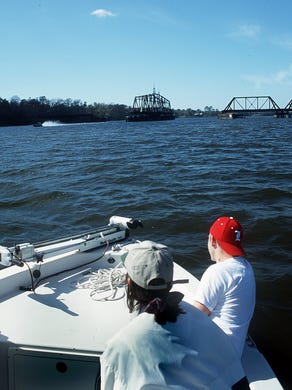
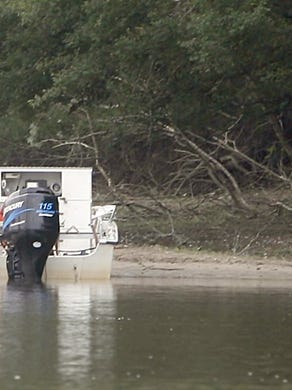
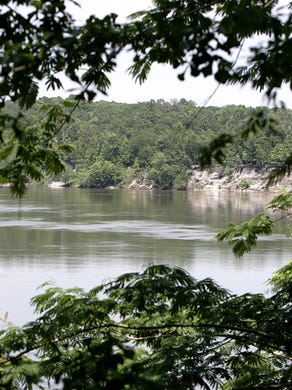
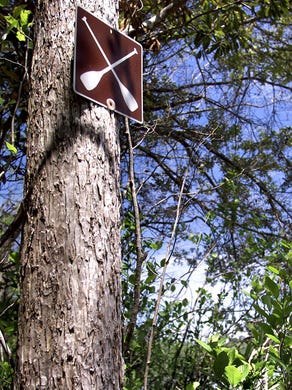
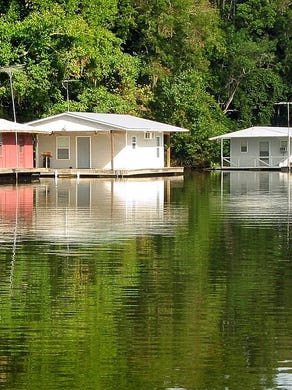
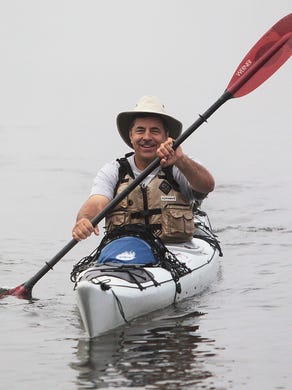
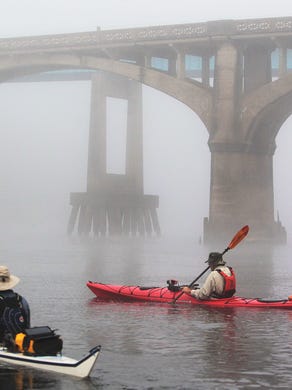
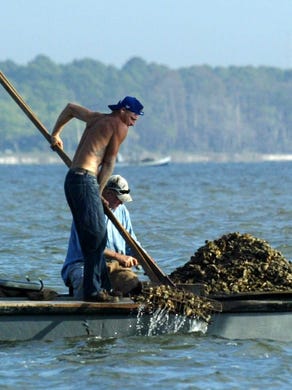
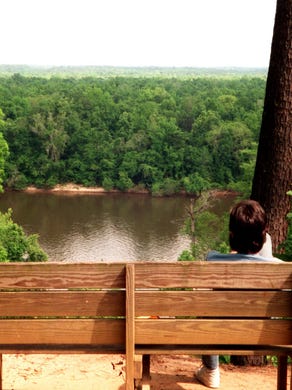
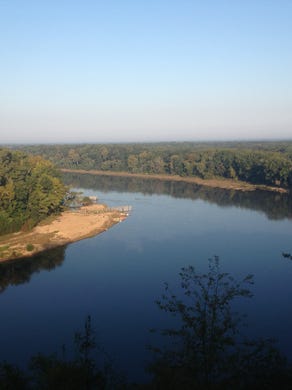
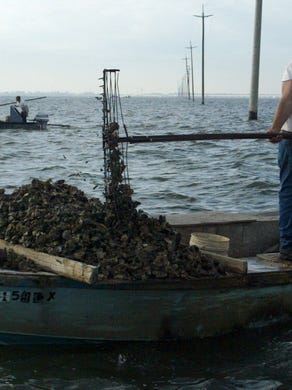
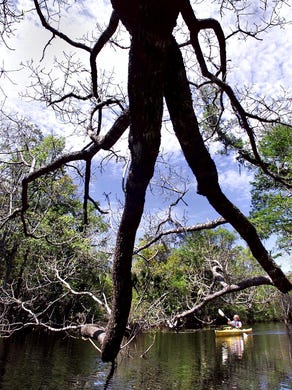
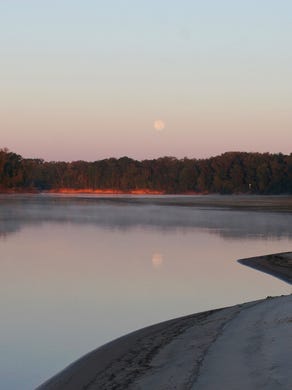
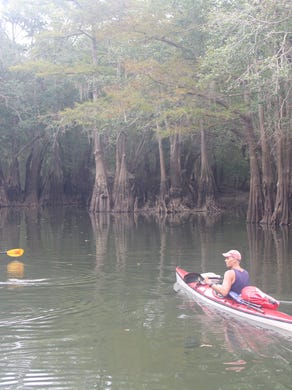
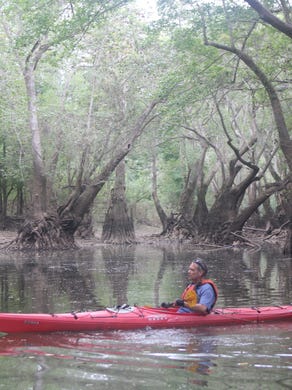
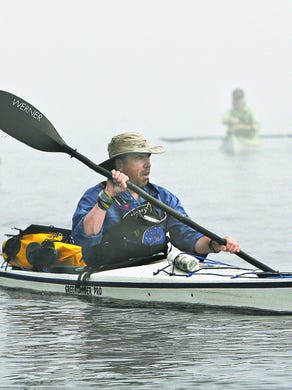
 1 of 23
1 of 23 2 of 23
2 of 23 3 of 23
3 of 23 4 of 23
4 of 23 5 of 23
5 of 23 6 of 23
6 of 23 7 of 23
7 of 23 8 of 23
8 of 23 9 of 23
9 of 23 10 of 23
10 of 23 11 of 23
11 of 23 12 of 23
12 of 23 13 of 23
13 of 23 14 of 23
14 of 23 15 of 23
15 of 23 16 of 23
16 of 23 17 of 23
17 of 23 18 of 23
18 of 23 19 of 23
19 of 23 20 of 23
20 of 23 21 of 23
21 of 23 22 of 23
22 of 23 23 of 23
23 of 23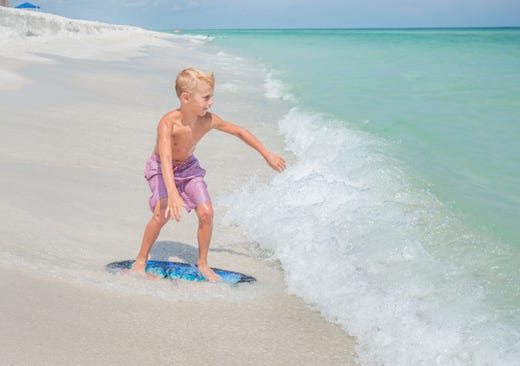
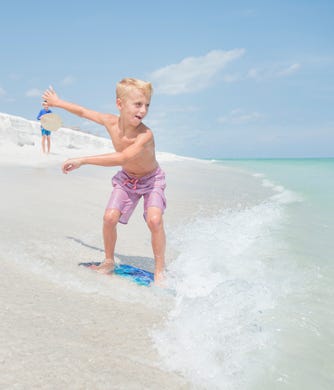
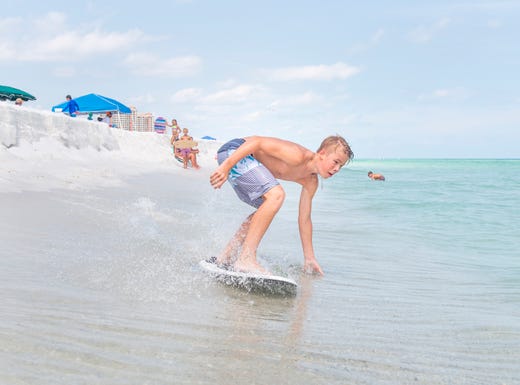
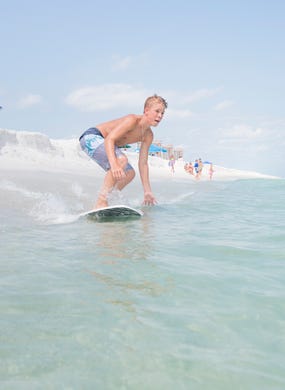
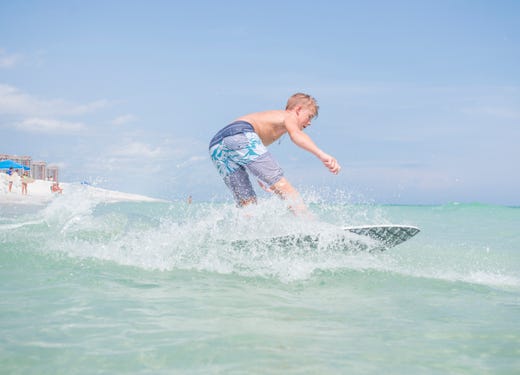
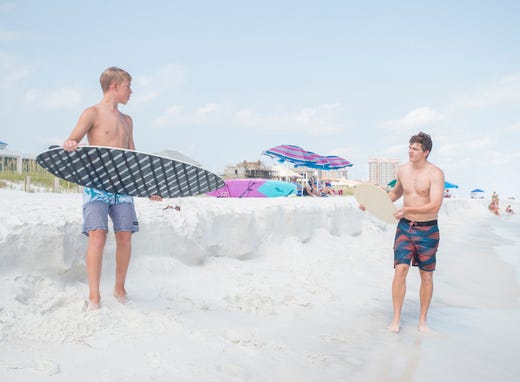
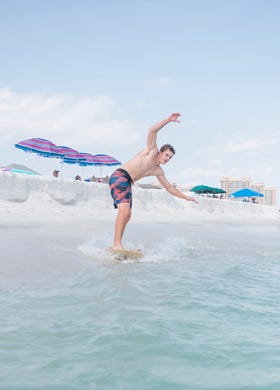
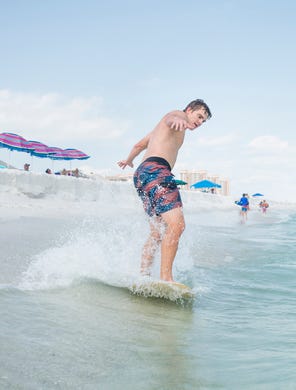
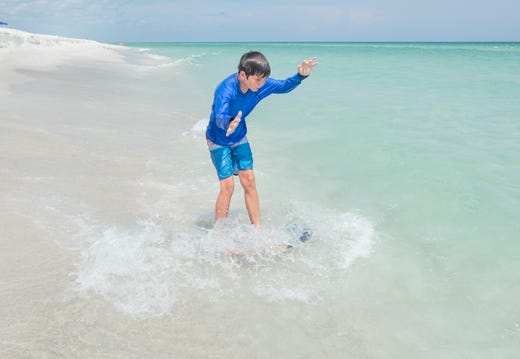
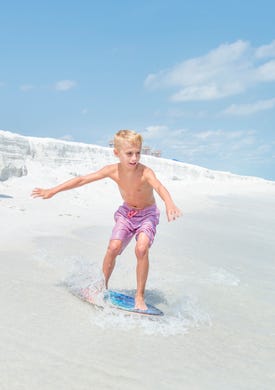
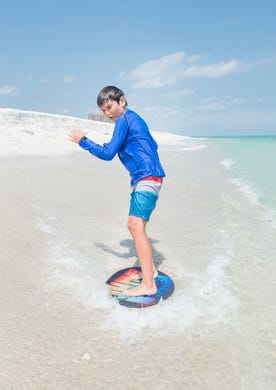
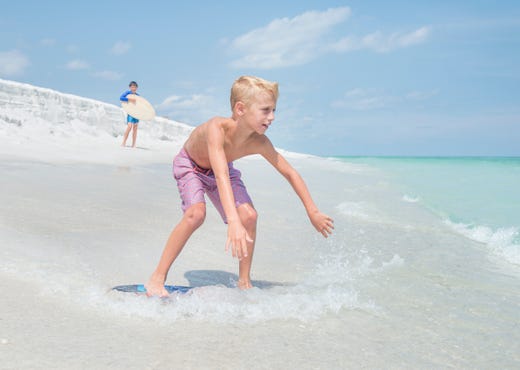
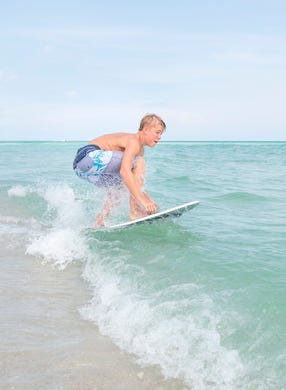
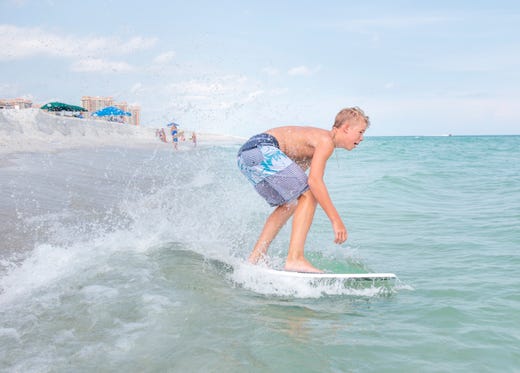
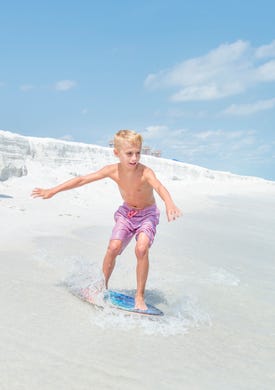
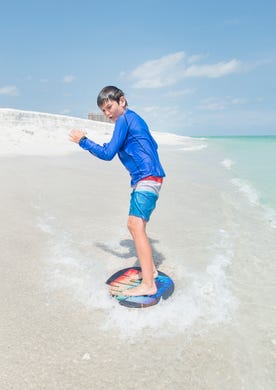
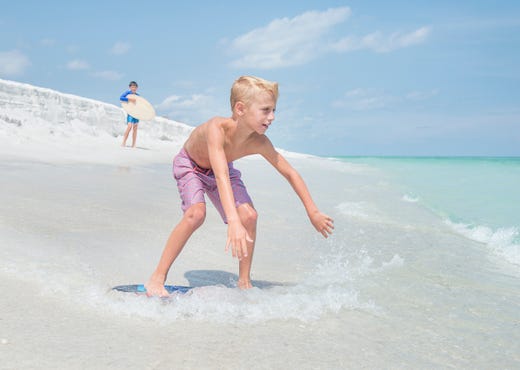
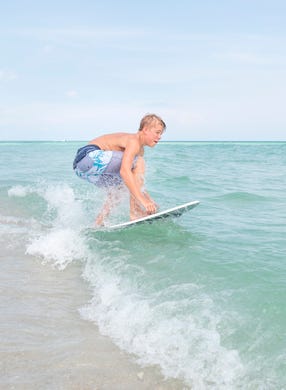
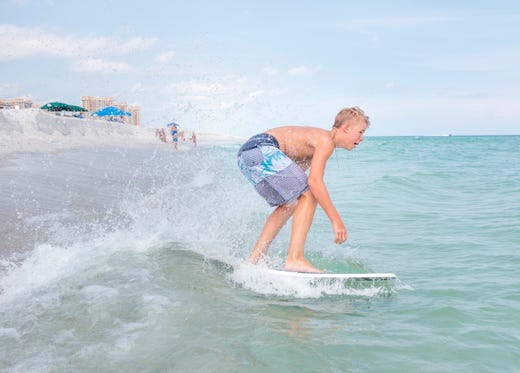
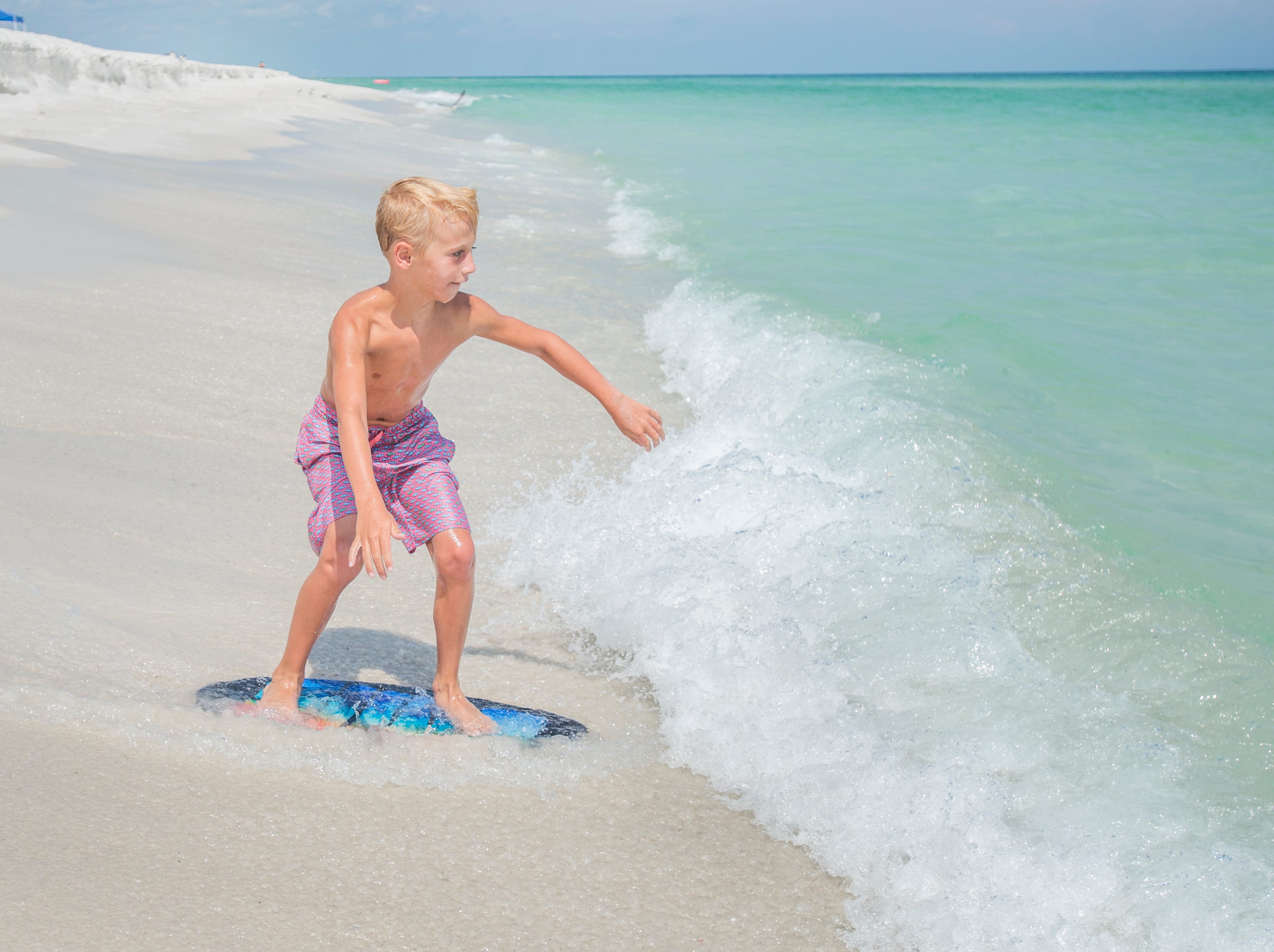 1 of 19
1 of 19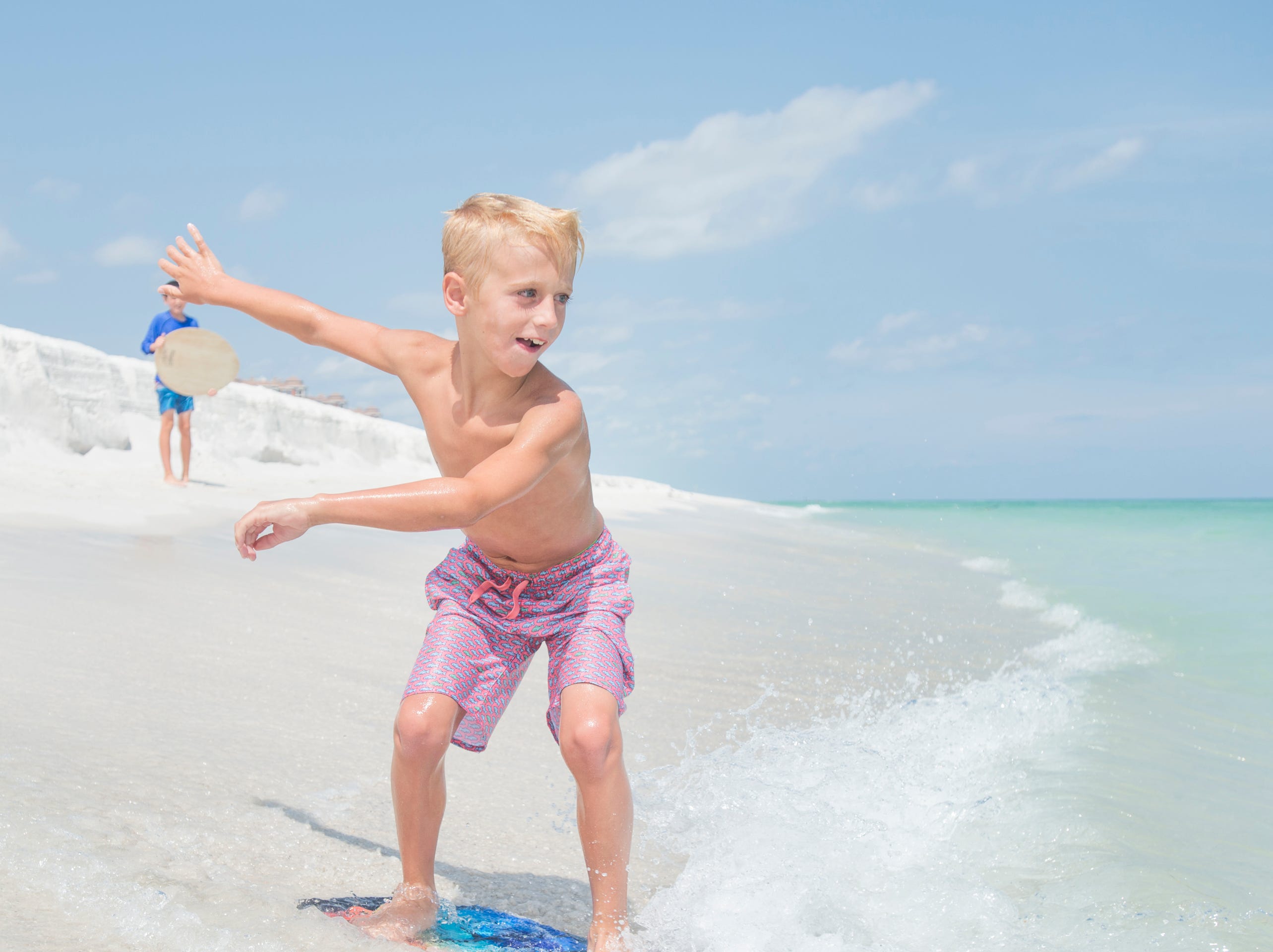 2 of 19
2 of 19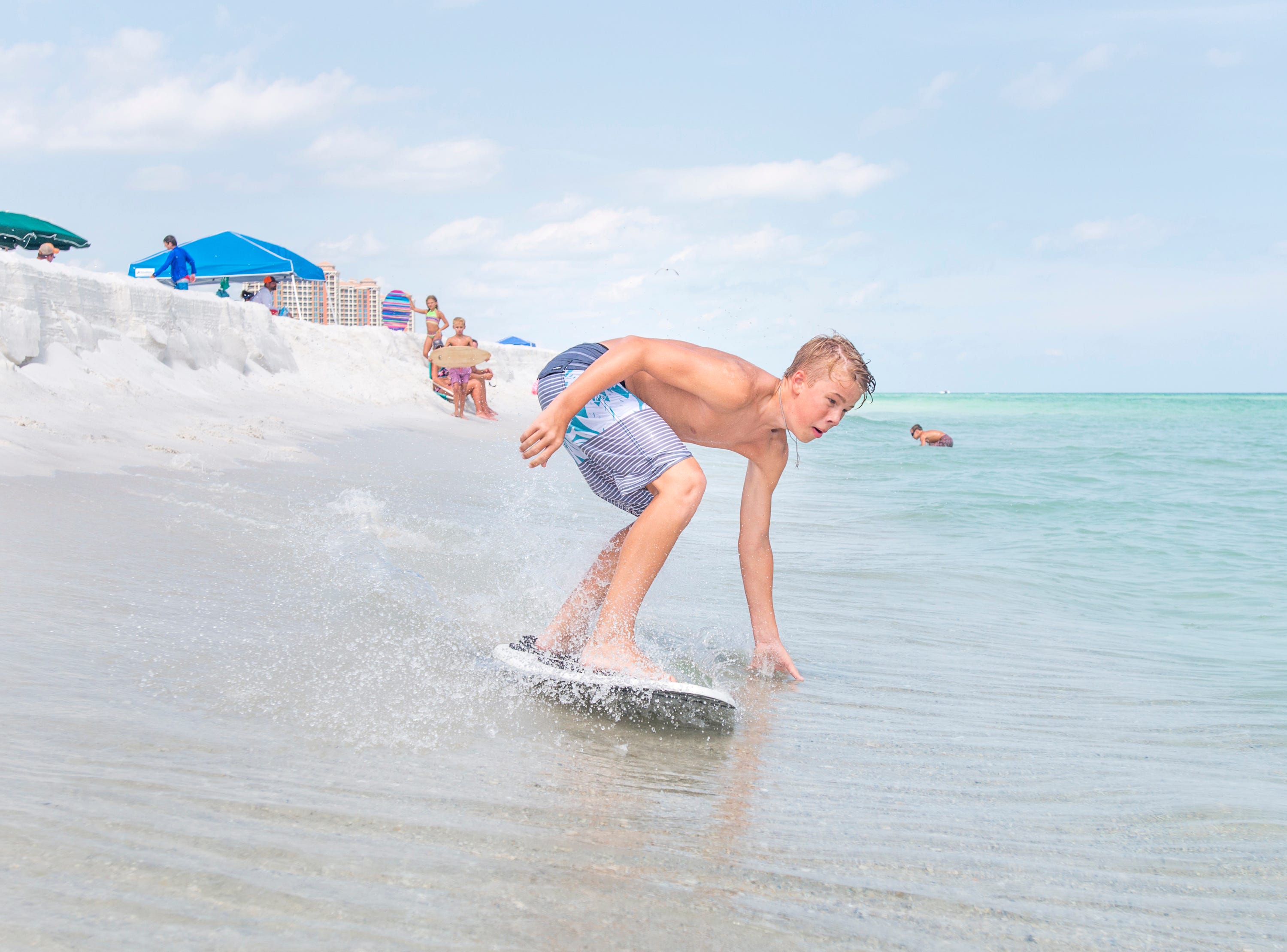 3 of 19
3 of 19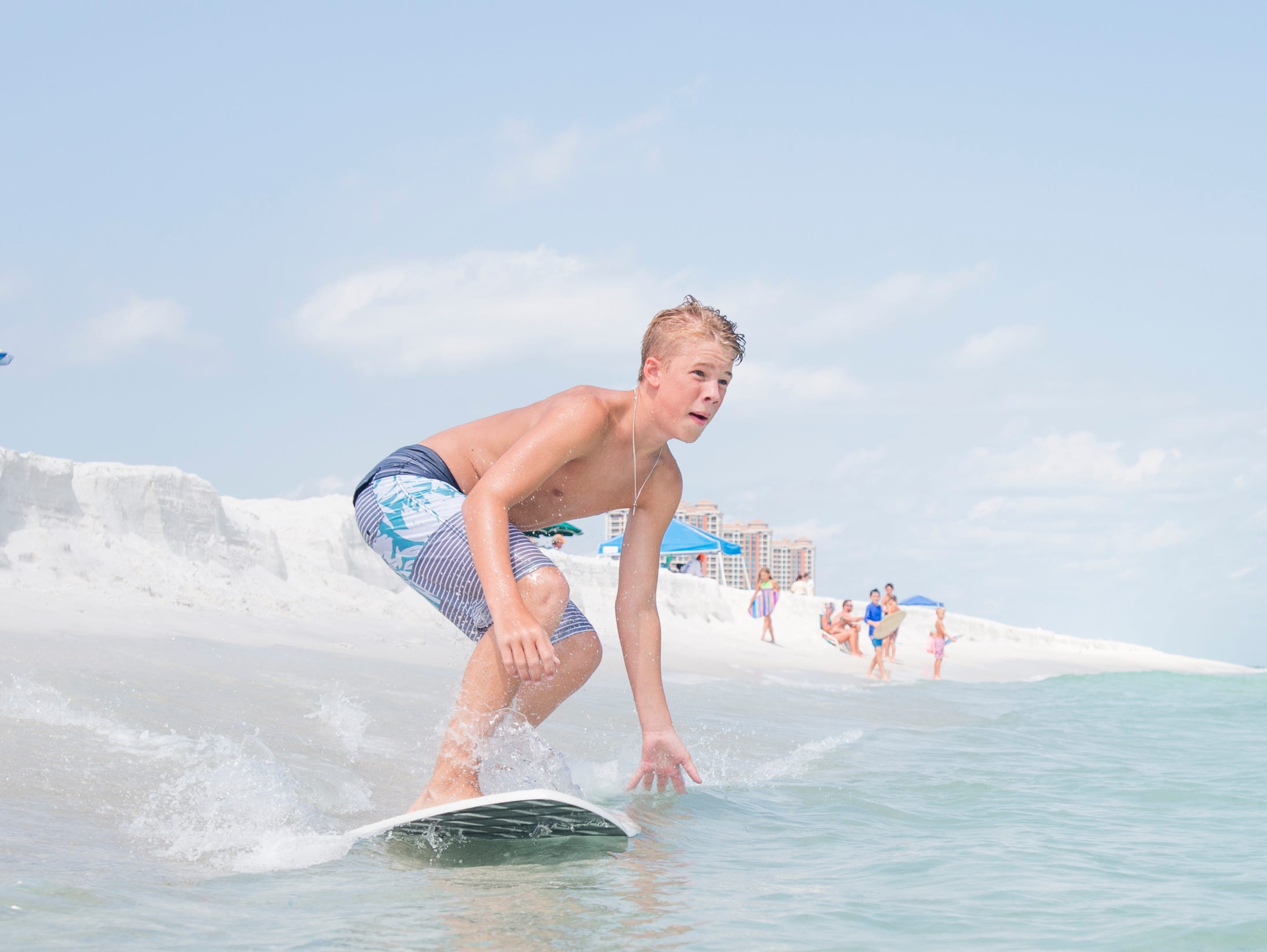 4 of 19
4 of 19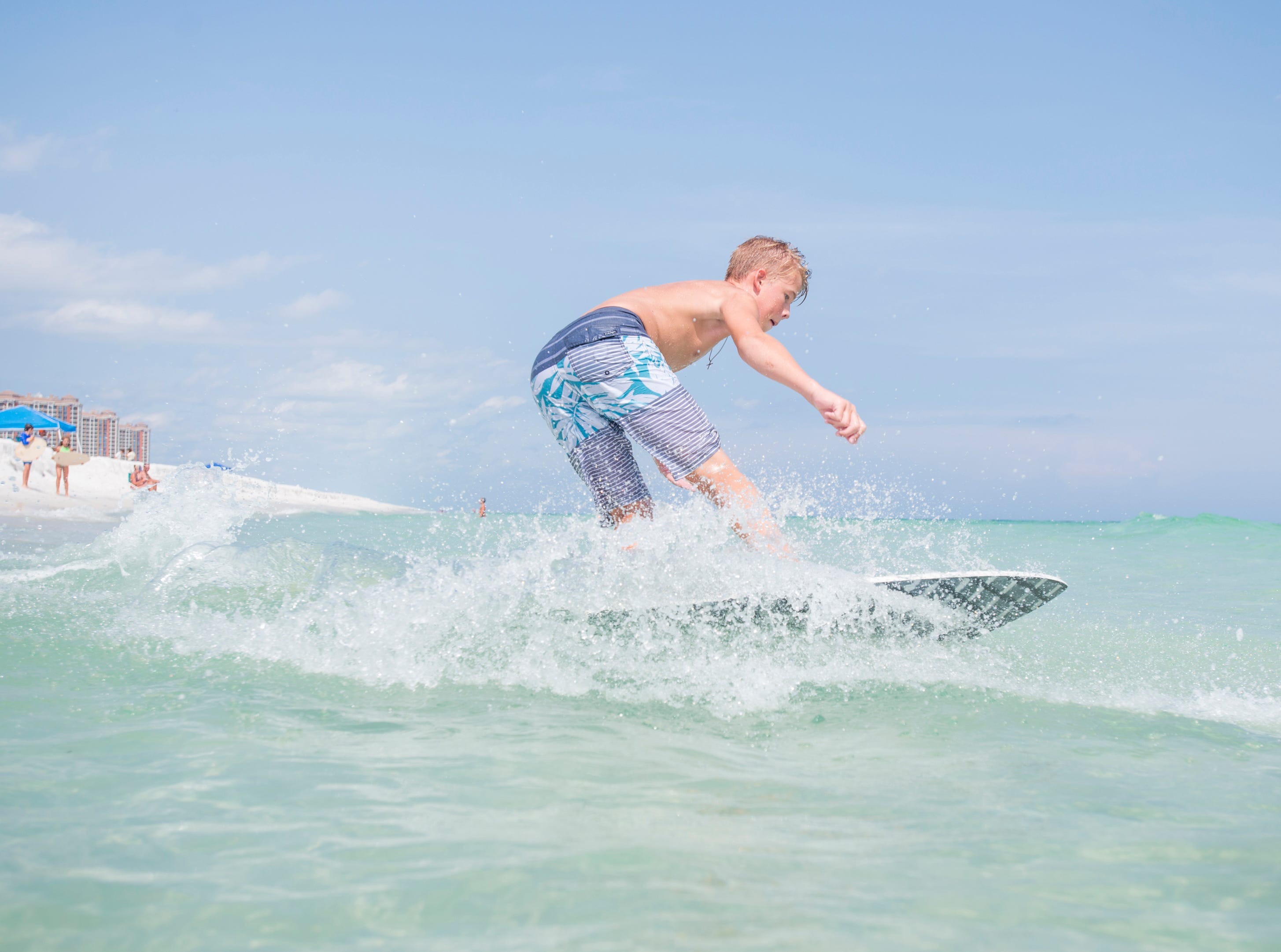 5 of 19
5 of 19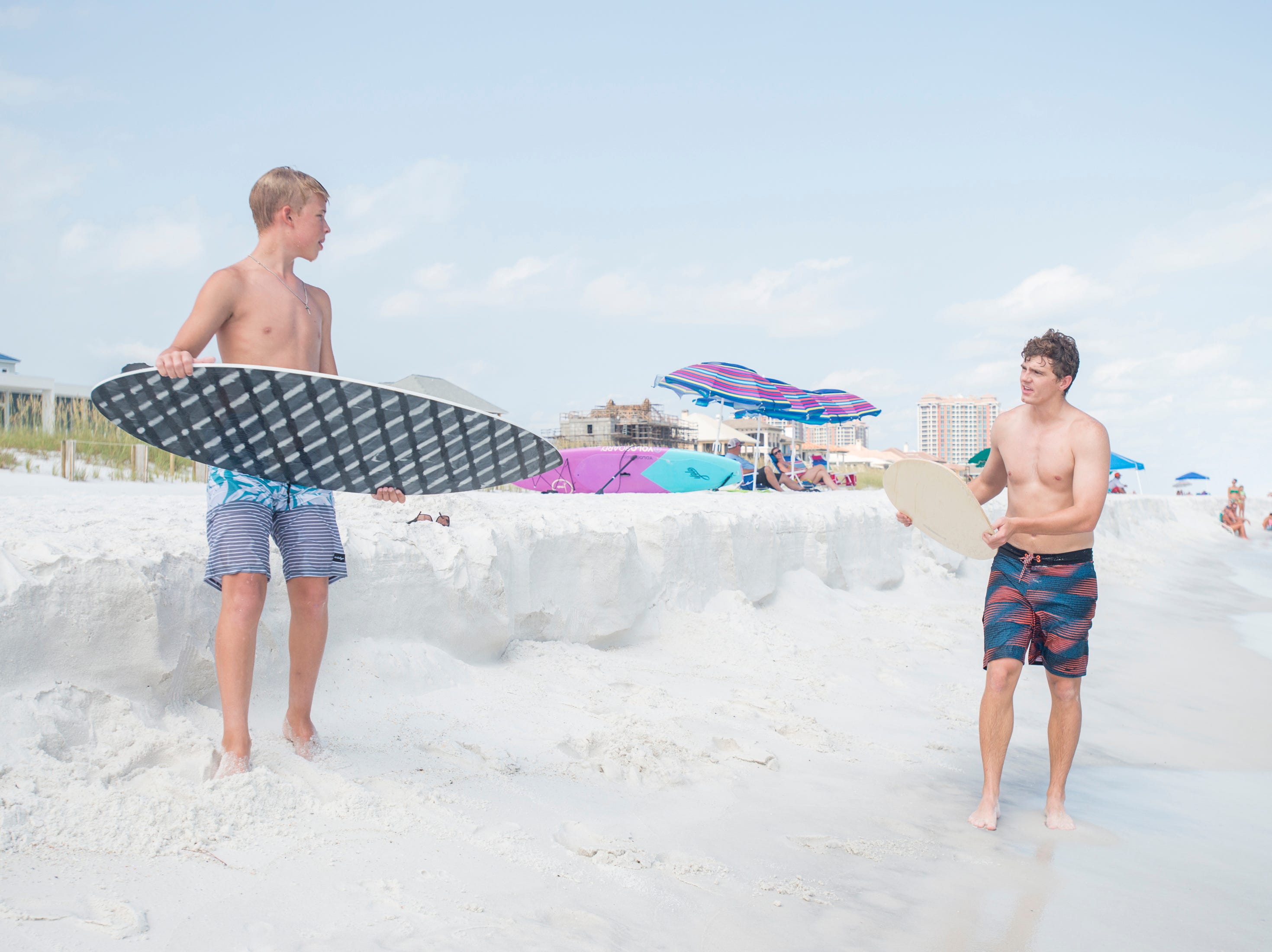 6 of 19
6 of 19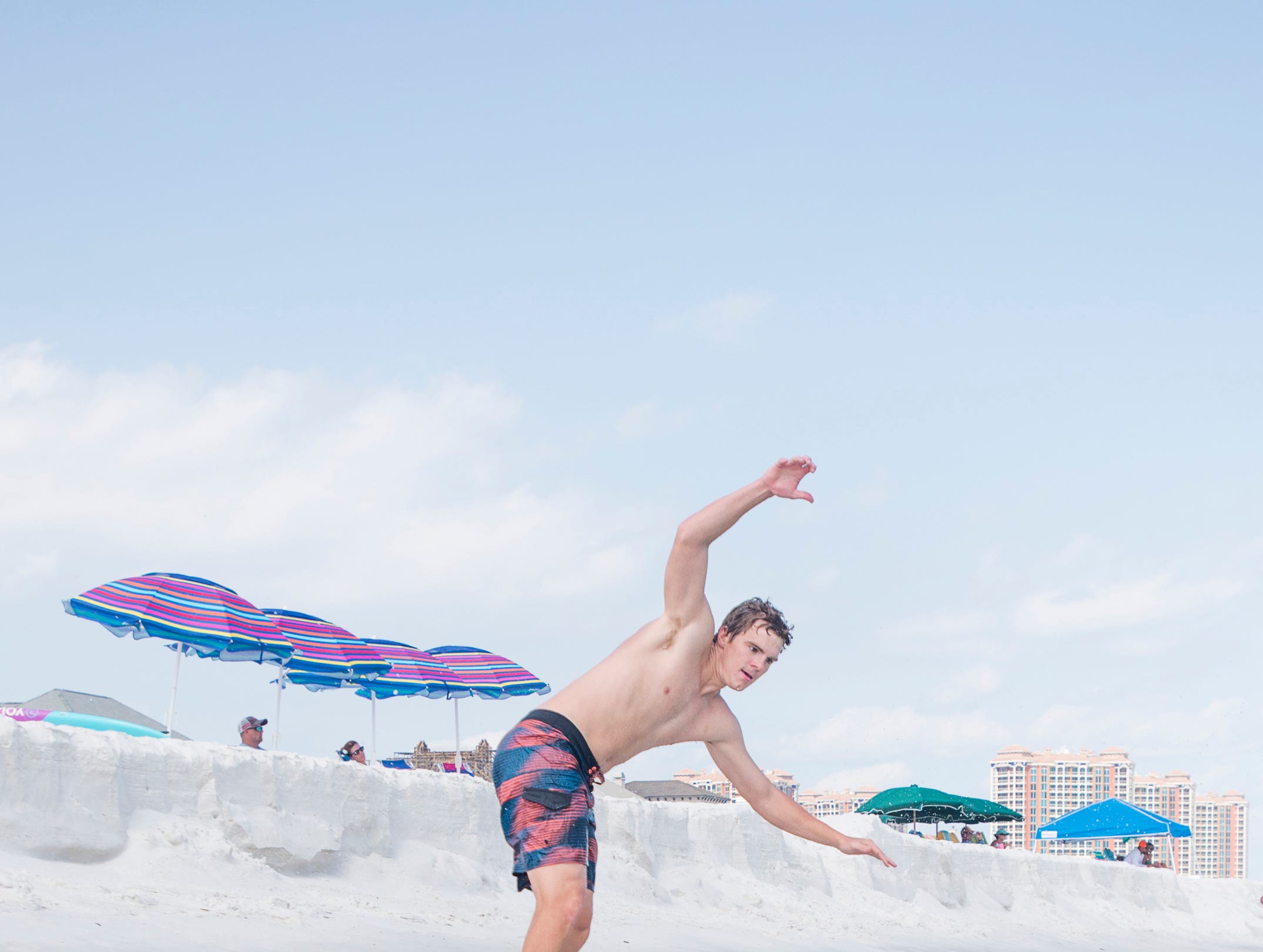 7 of 19
7 of 19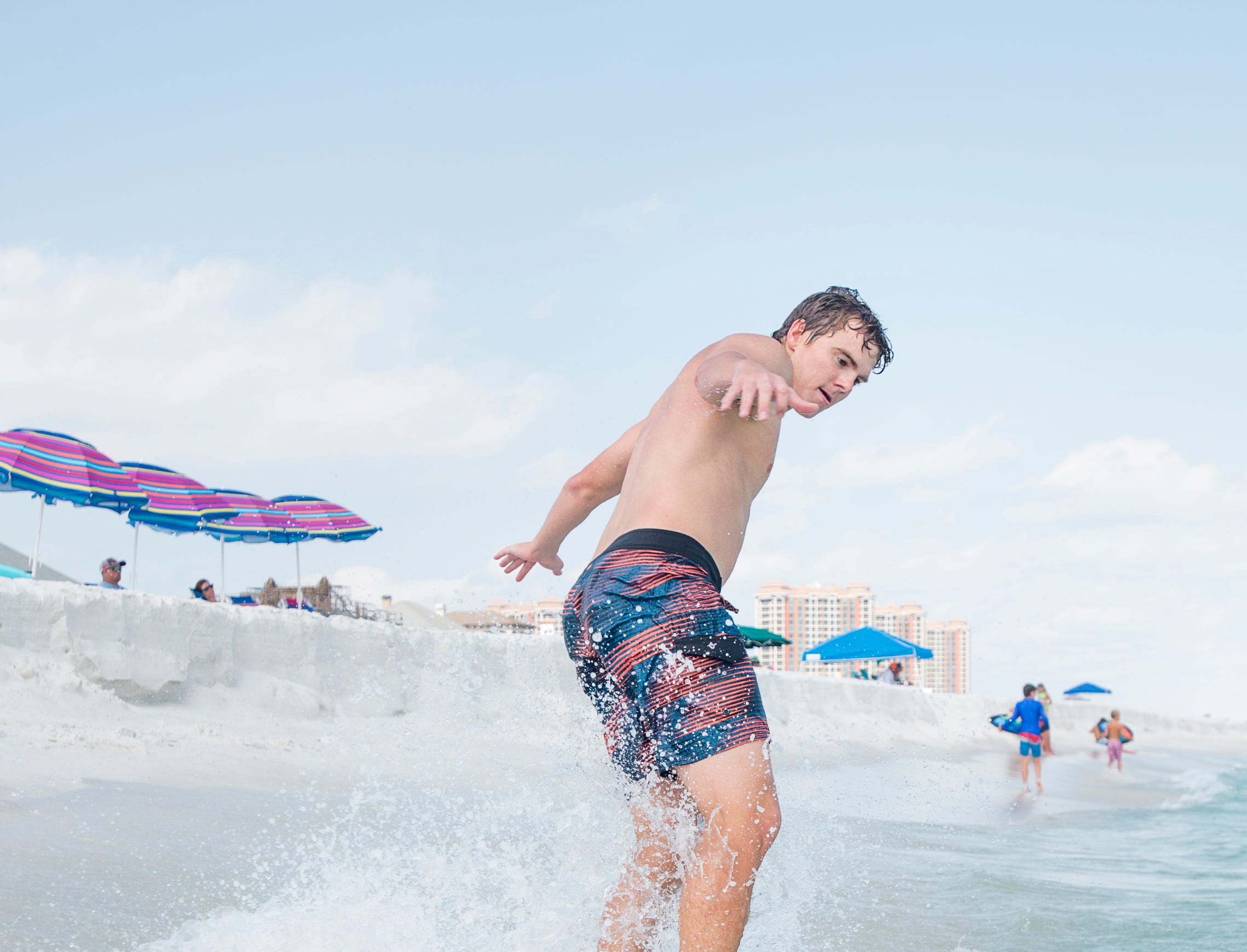 8 of 19
8 of 19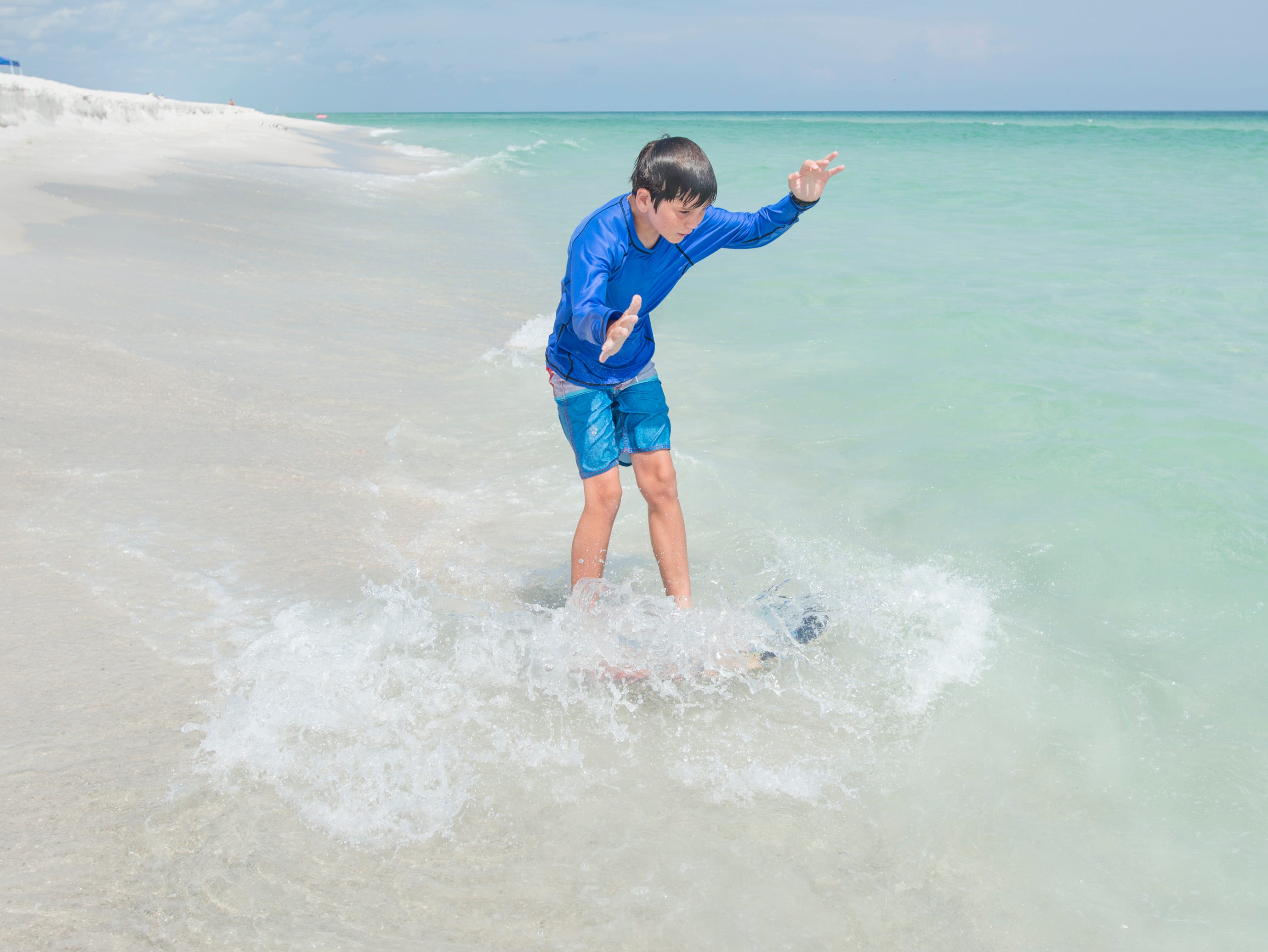 9 of 19
9 of 19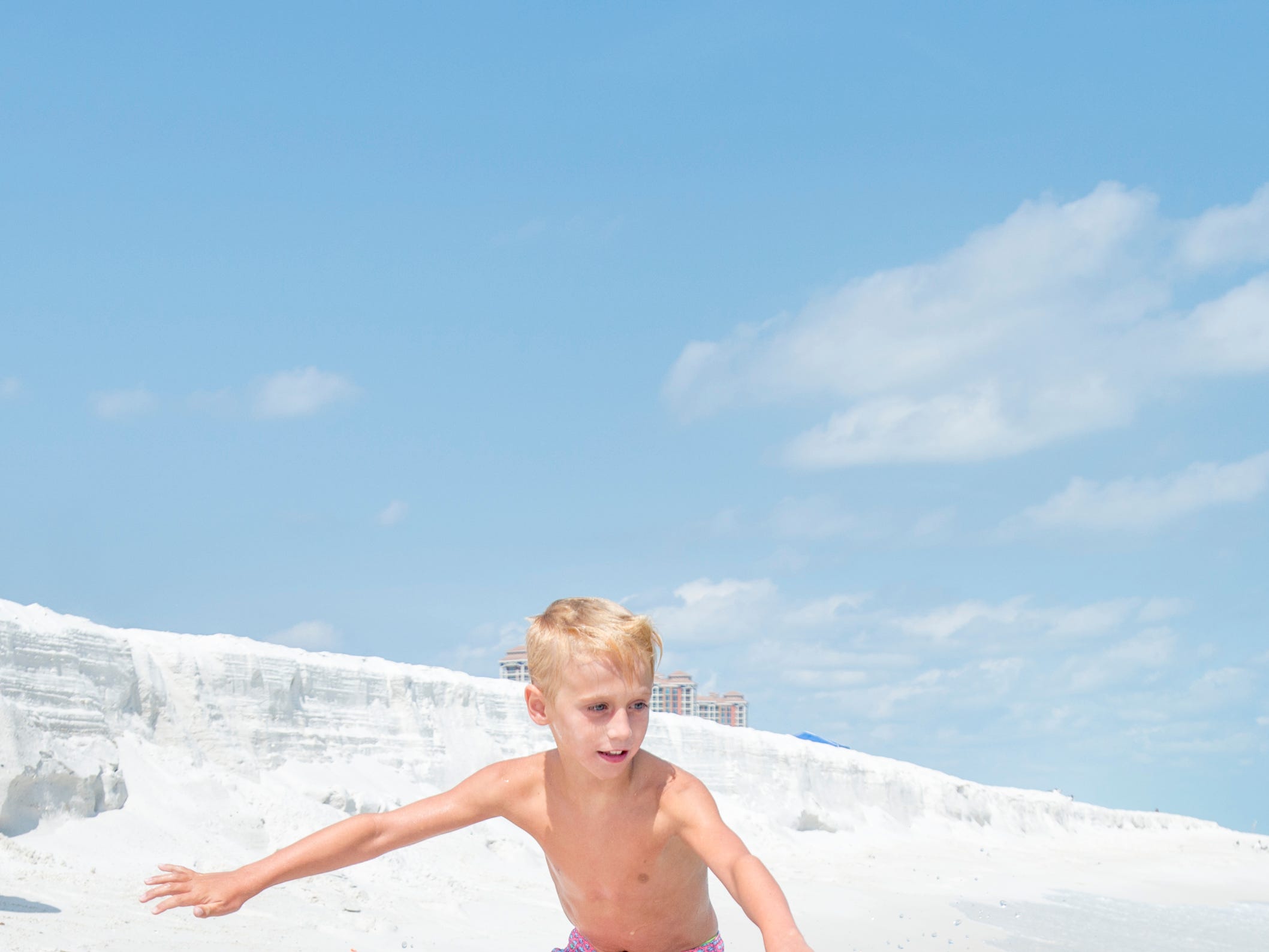 10 of 19
10 of 19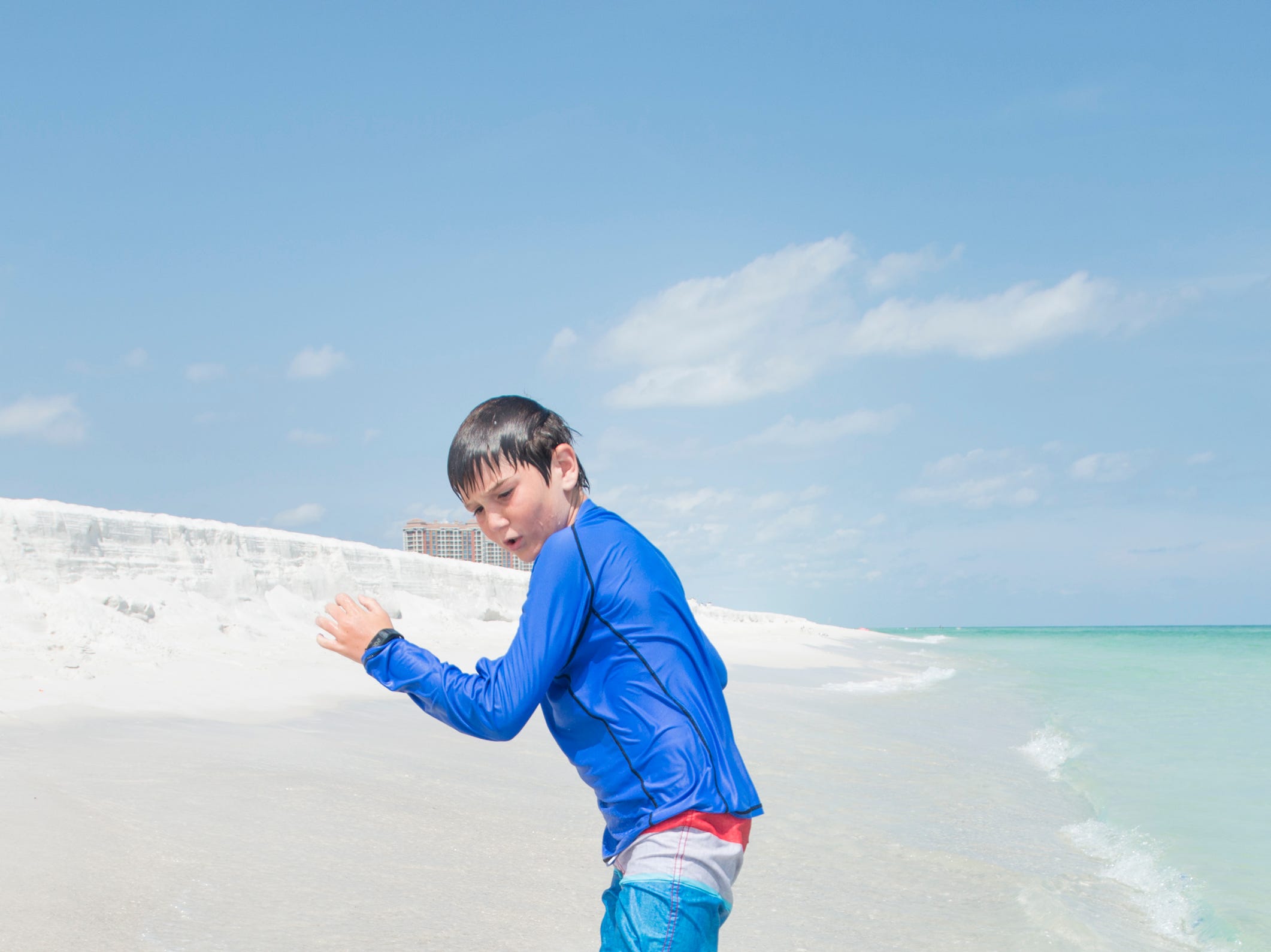 11 of 19
11 of 19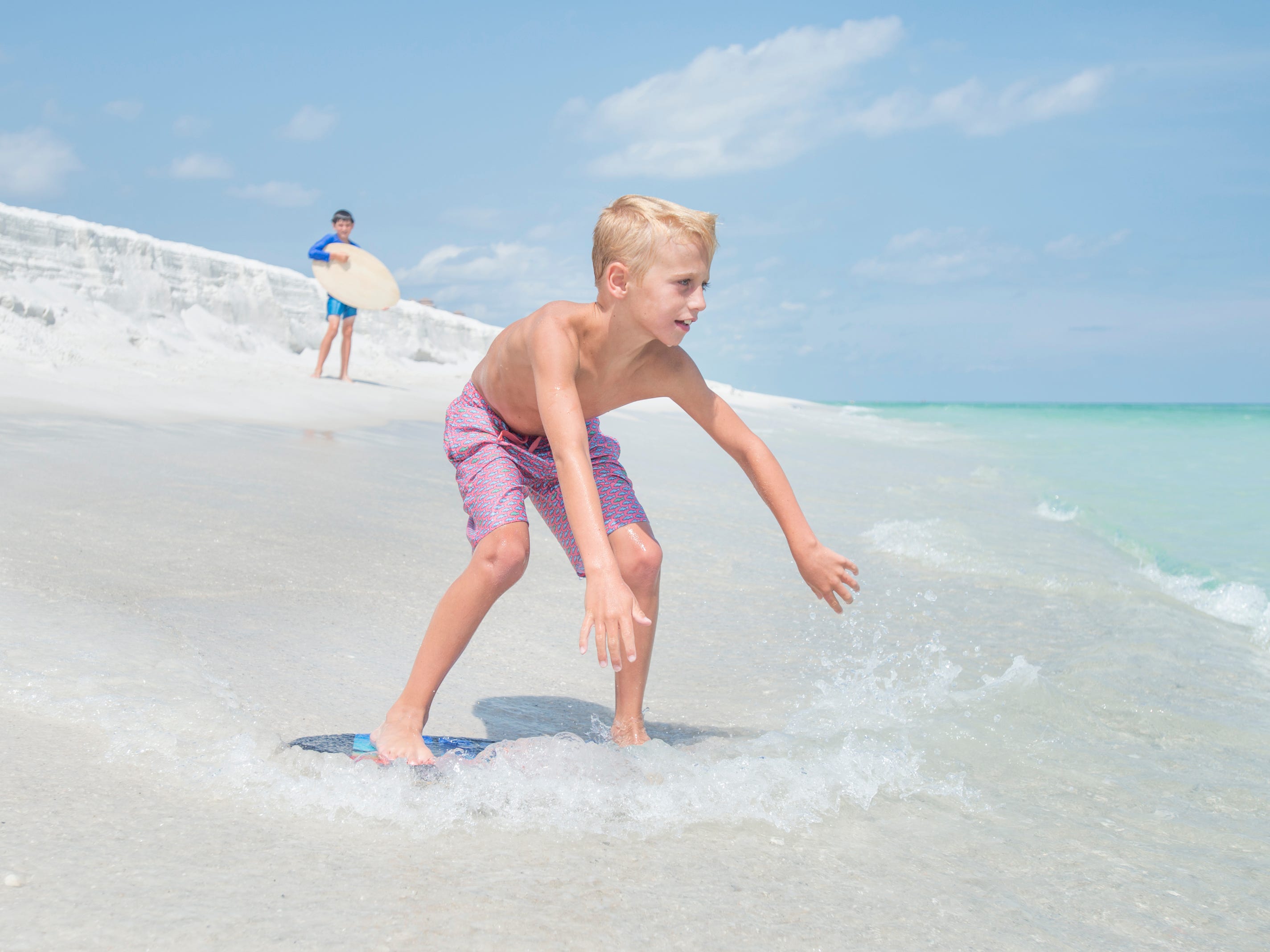 12 of 19
12 of 19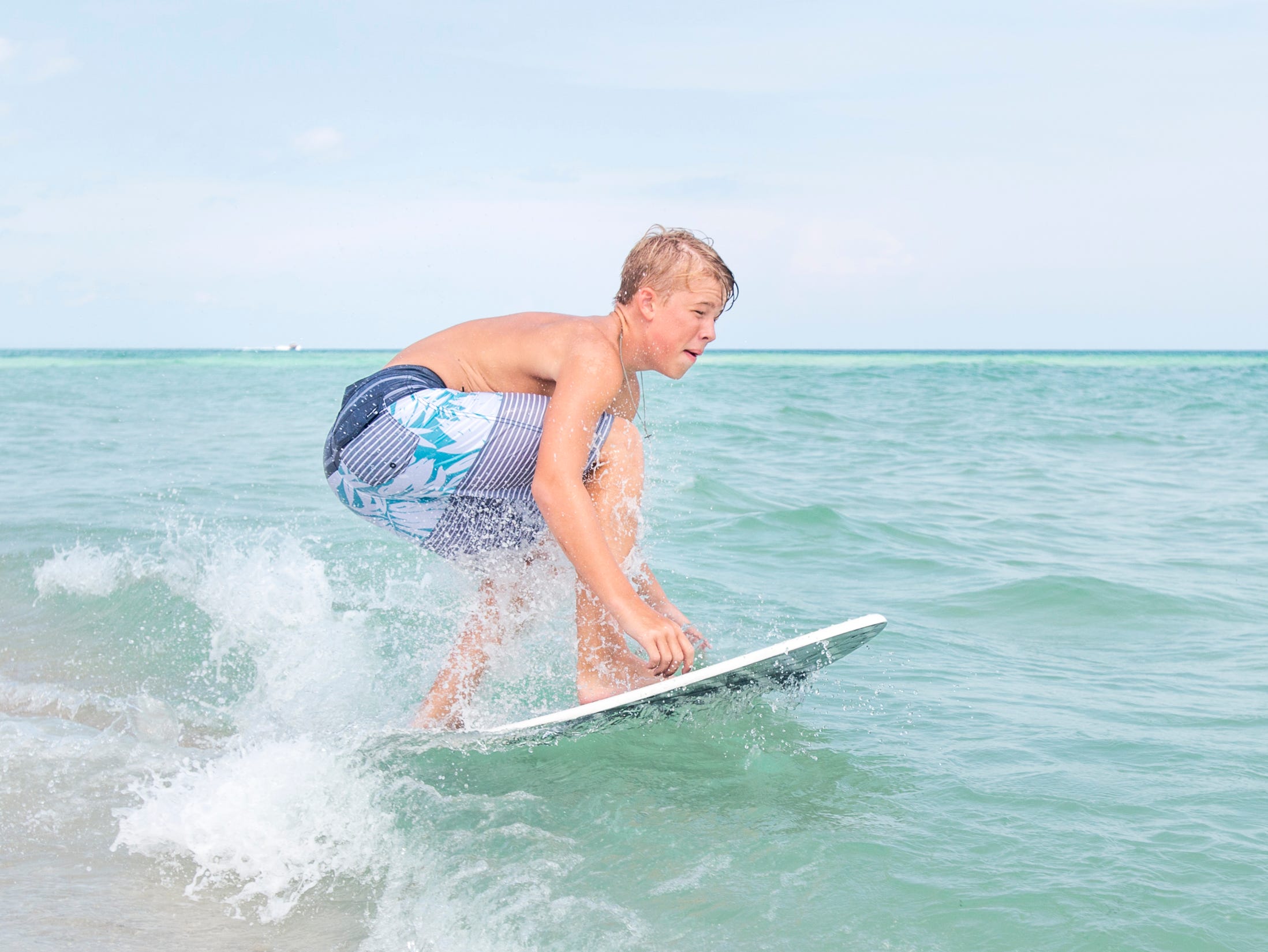 13 of 19
13 of 19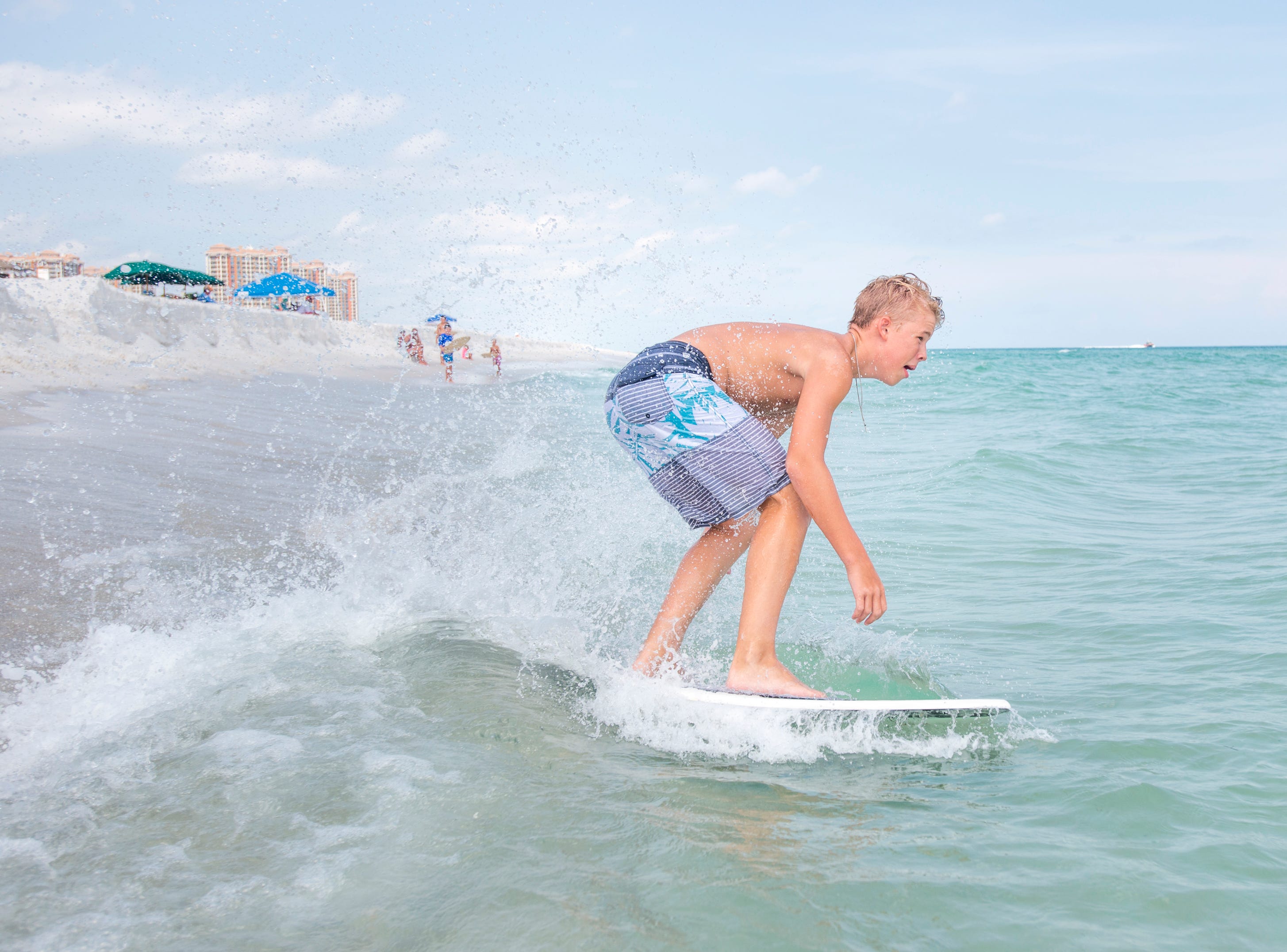 14 of 19
14 of 19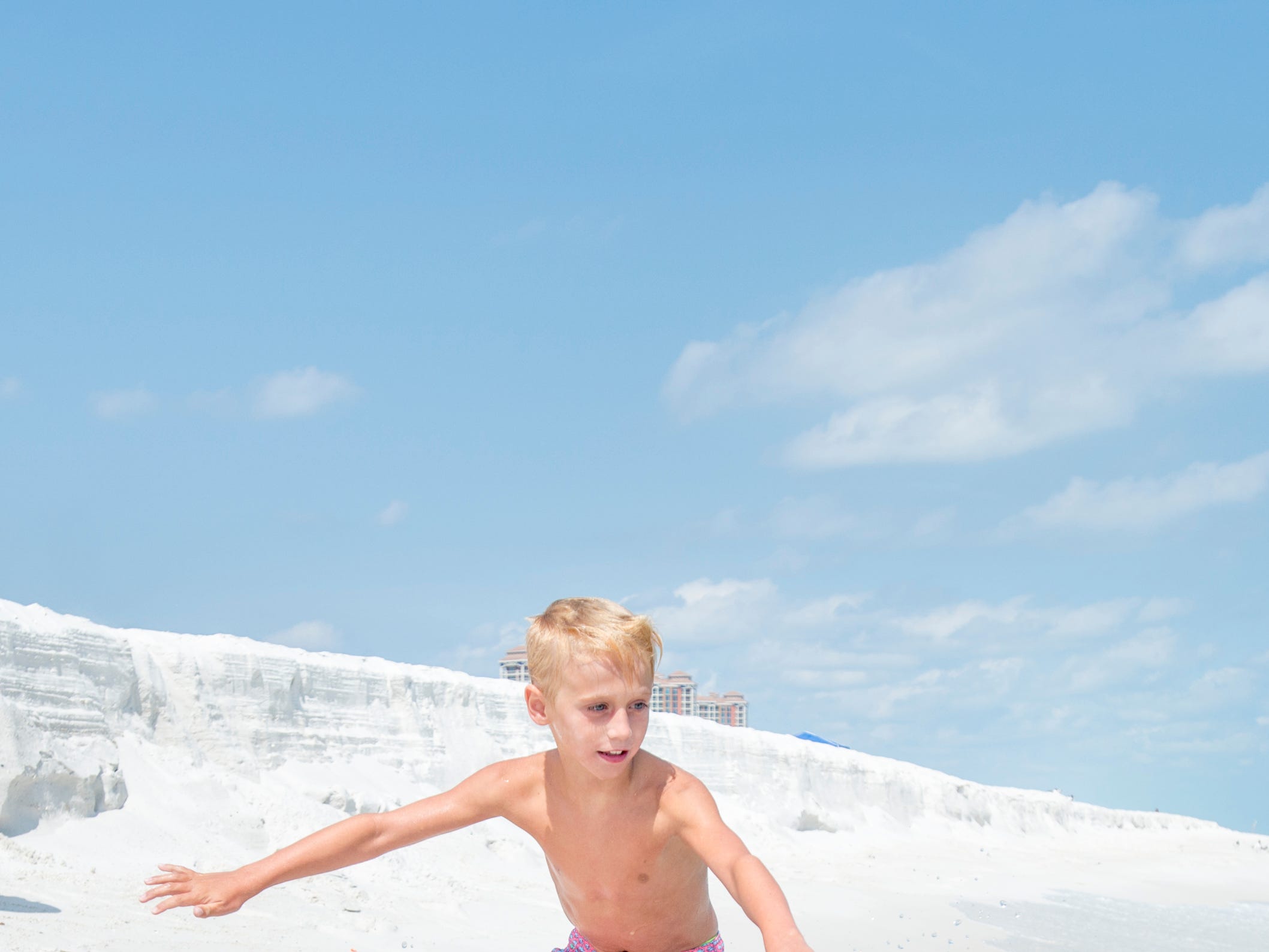 15 of 19
15 of 19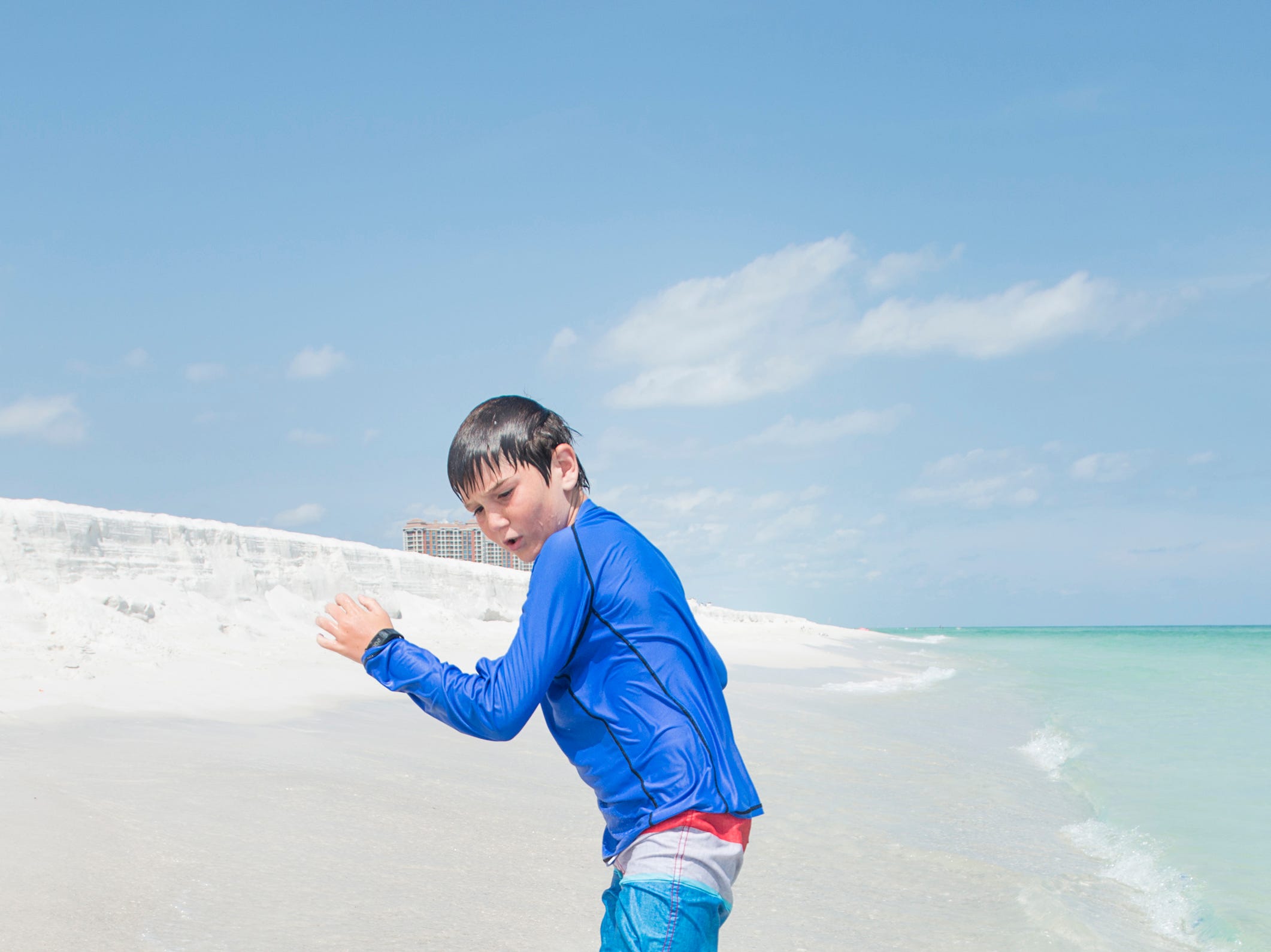 16 of 19
16 of 19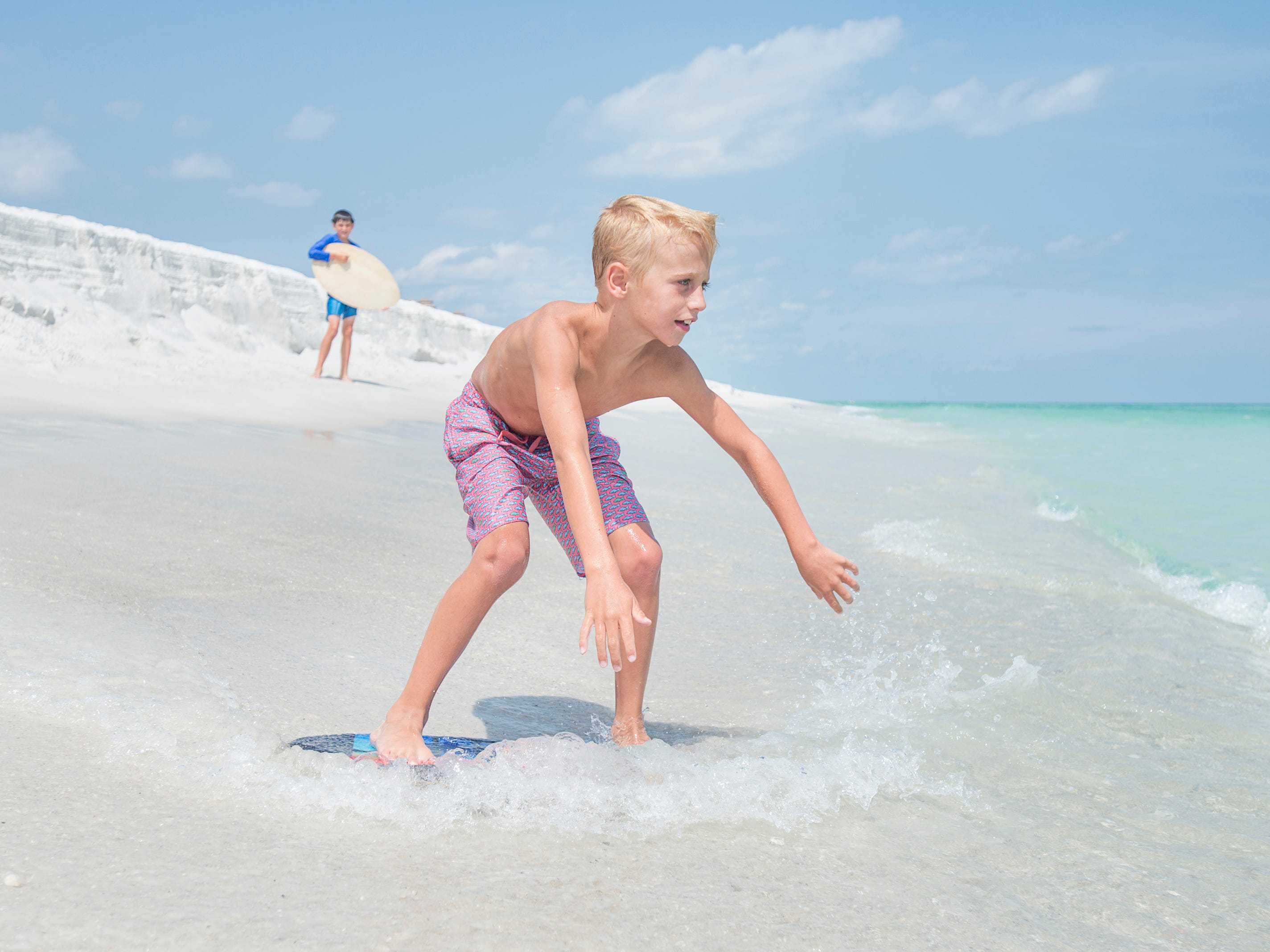 17 of 19
17 of 19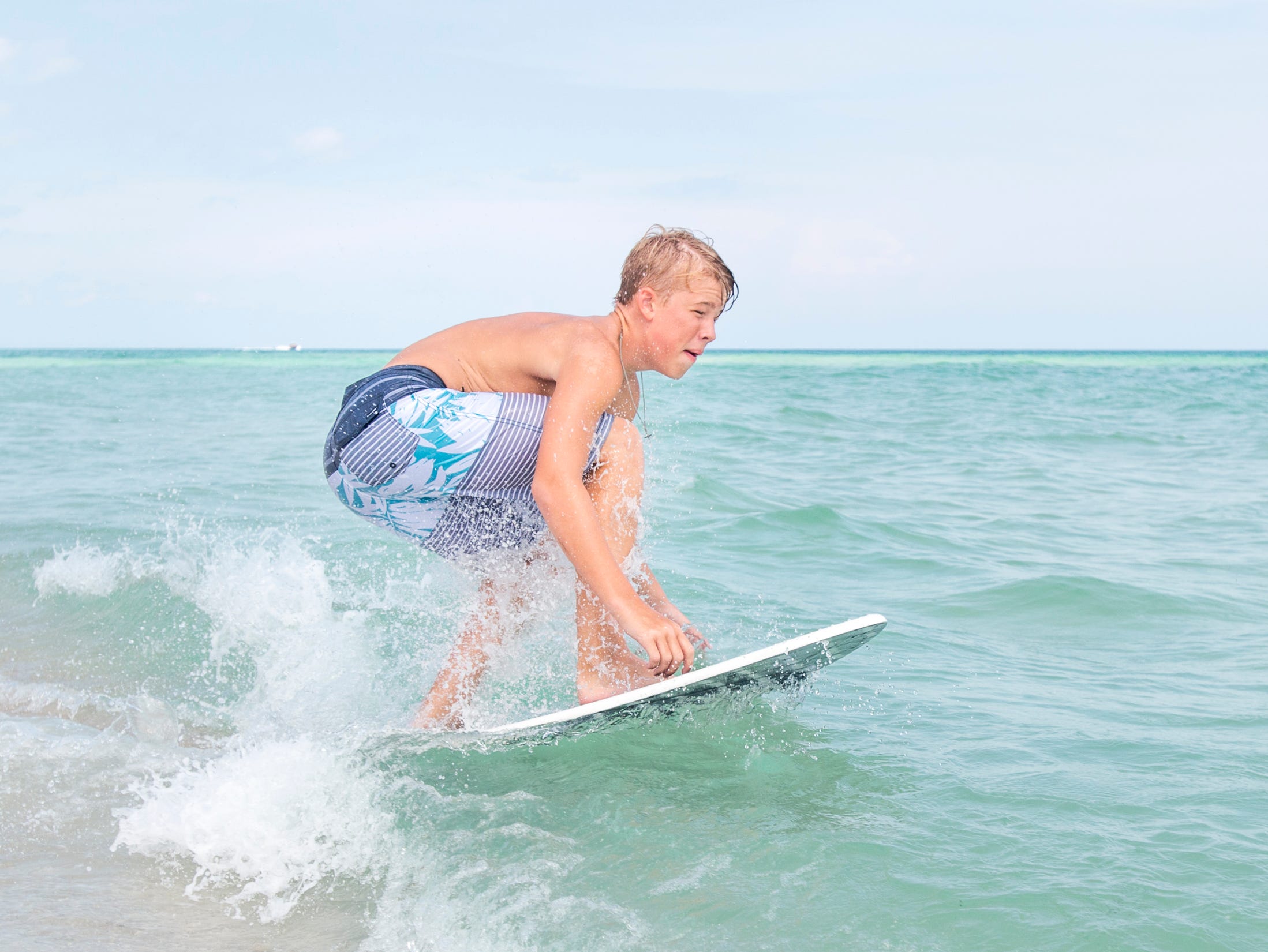 18 of 19
18 of 19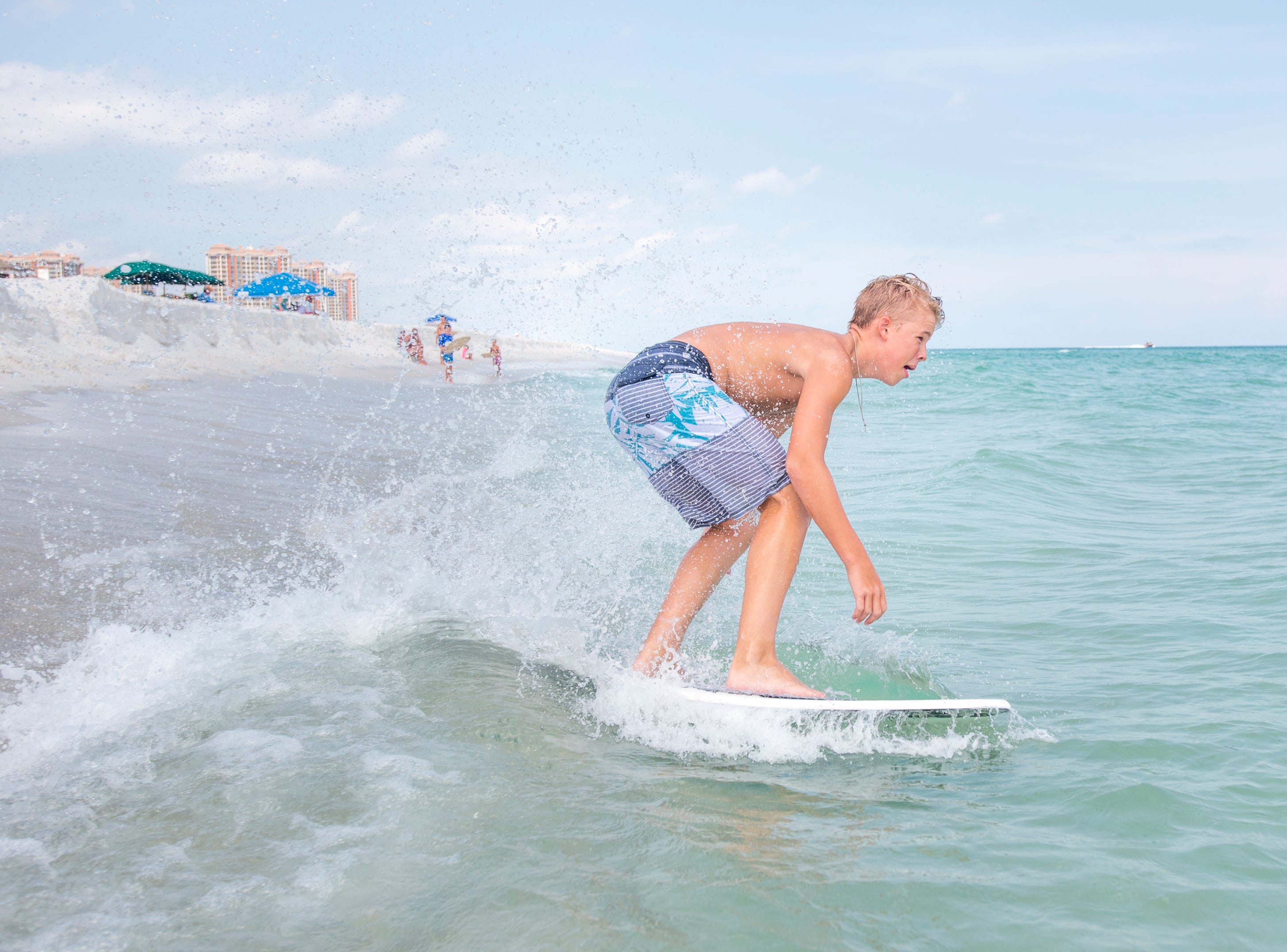 19 of 19
19 of 19
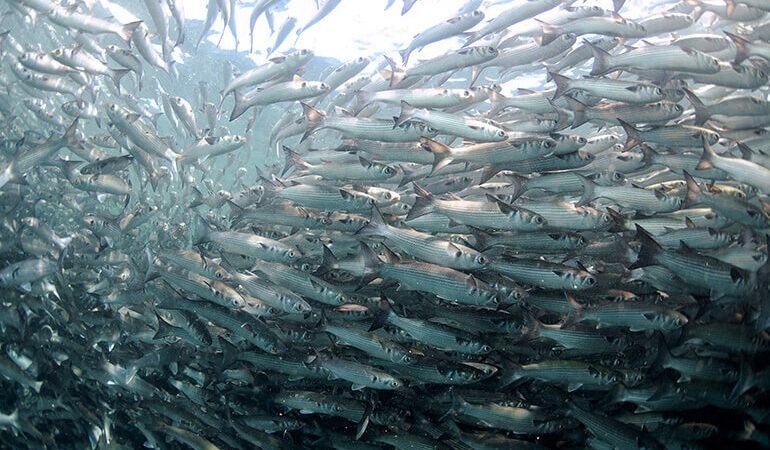

Recent Comments